

Global Connections: Weaving Communities Through Textiles
WEAVING FORWARD: EXPANDING FARM TO FABRIC THROUGH GLOBAL COLLABORATION
In The Urgent Shift to Farm to Fabric: A Course in Sustainable Textile Production (Issue 1), we laid the foundation for an immersive, hands-on exploration of sustainable textiles. Students engaged with fibers—Mohair, Abaca, Piña, and Jacob Wool—learning not just about material properties but about the hands and traditions behind them. This first phase underscored the importance of reconnecting fashion with its origins, honoring the processes and people that shape our textiles.
Building on this foundation, Issue 2 takes this journey further, expanding our reach and deepening our engagement. This edition is not just about learning from artisans but about truly collaborating with them—working alongside master craftspeople from South Africa, the Philippines, and the USA. Through these partnerships, students have gained a firsthand understanding of the craftsmanship, challenges, and cultural significance behind textile traditions, while artisans, in turn, have engaged with
emerging designers to exchange ideas and perspectives.
A key evolution in this phase has been the integration of Collaborative Online International Learning (COIL), which extends this initiative beyond individual collaborations to include partnerships with educational institutions in South Africa and the Philippines. Through this academic exchange, students connected with artisans and engaged with their peers in different cultural and educational settings, enriching their understanding of global textile practices.
What emerged from this continued journey is a deep appreciation for materials and a stronger sense of community, collaboration, and shared storytelling. In this next phase, we recognize that sustainability is not just about fibers—it is about people. By fostering global connections through COIL, we empower students and artisans alike, giving them a voice, a platform, and an opportunity to create something meaningful together.
This is more than a course—it is a growing movement that weaves together knowledge, craft, and human connection.
CREDITS FARM TO FABRIC ISSUE 002
by Fashion Institute of Technology
Printed in New York, 2025
©All rights reserved
Scan to view the digital copy
Project by Lorenza Lecaroz Wong
Designed by Laureen Wong
Cover Photo by William Storms
“In Collaboration”, a woven tapestry of Mohair and Abaca
COURSE DESCRIPTION
TT476 delves into the world of natural fibers, from plants and animals, through a hands-on approach.
Focus Fibers
Learn about these forgotten fibers—Mohair, Abaca, Piña, and Jacob Wool, emphasizing their sustainable applications.
The Farm to Fabric Journey
Uncover the entire process, from fiber to finished textile.
Building a Sustainable Brand
Develop a brand identity and marketing strategy for your sustainable fashion or homeware business.
Industry Connections
Network with farmers, spinners, artisans, and industry professionals.
BECOME A CATALYST FOR CHANGE
This course fosters a deep appreciation for the people and processes behind the clothes we wear. Upon completion, you will have the knowledge and skills to build a successful brand based on sustainable and ethical principles.
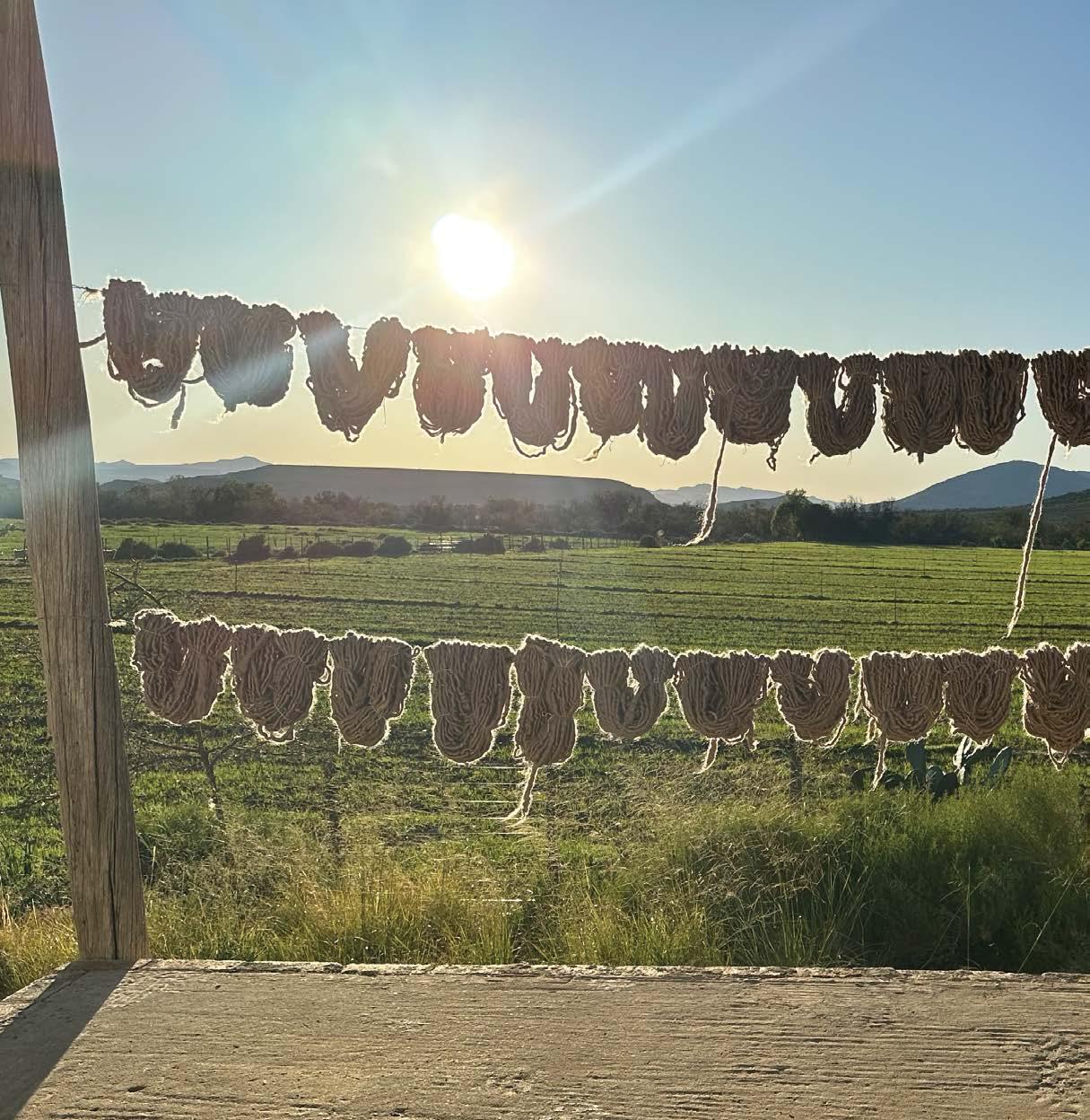
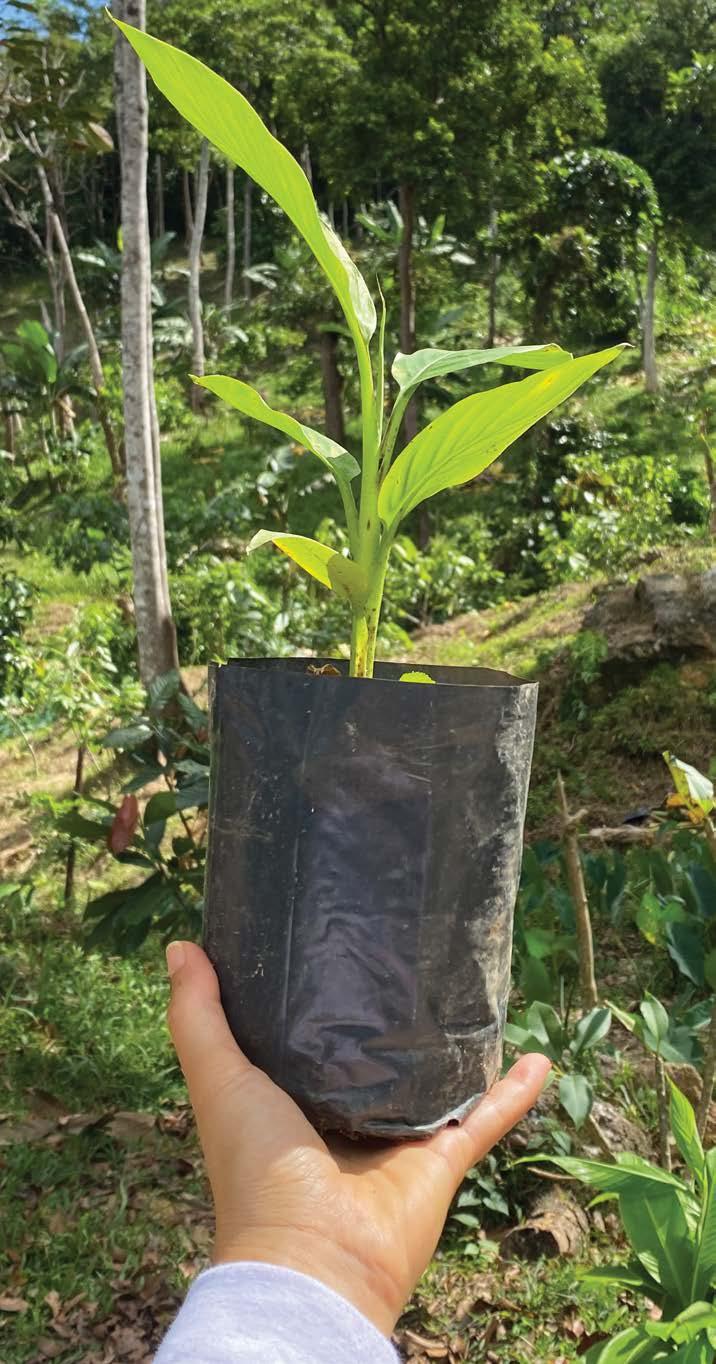
Watch video
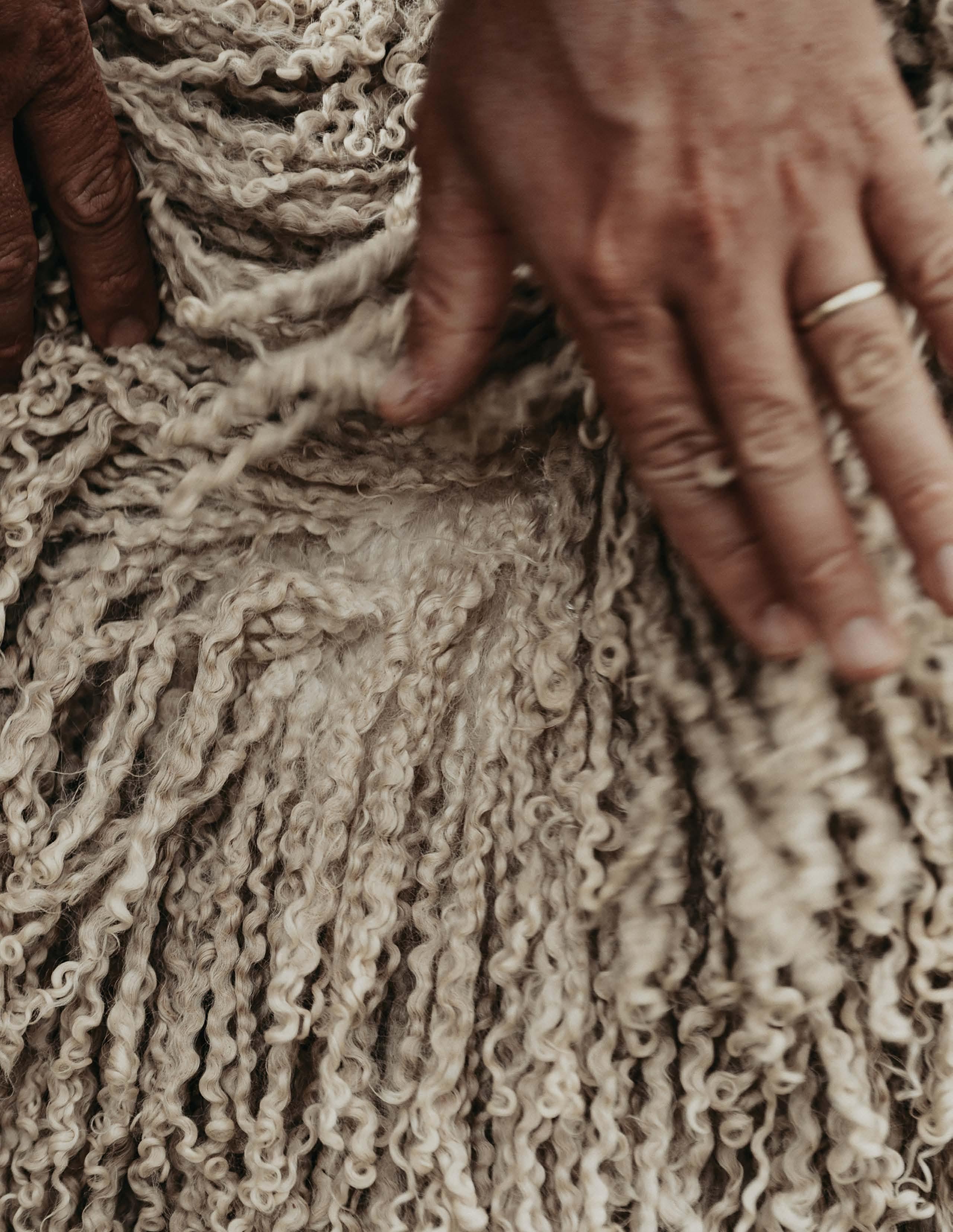
THE FARM TO FABRIC MODEL
Plant Fiber Supply Chain
Animal Fiber Supply Chain
Angora Goat and Abaca
Jacob Wool Sheep and Piña
Natural Dyeing
Weaving and Knitting
ALIVE IN CRAFT
Tussen
Mavula
New York Museum of Textiles
Danggal
Fîor
Syncrocity
WEAVING WITH ARTISANS
South Africa Philippines
United States
COIL COLLABORATIONS
South Africa Philippines
WEAVING OUR COMMUNITY
THE FARM TO FABRIC COURSE
Weaving a Global Community Through Craft & Collaboration
INTERWOVEN VOICES
ACKNOWLEDGMENTS
SPONSORS
FACULTY
CLASS OF 2025
CLASS ACTIVITIES
IN THEIR OWN WORDS

We need a shift in thinking away from the efficiencies of centralized manufacturing to the resilience of decentralized, regional production where local impacts can be measured against planetary boundaries. Farm to Fabric is a model that revives a
local resource and embraces a circular culture of respect that values all aspects of the production cycle, from the natural resources to the skilled artisans who transform it into beautiful materials.




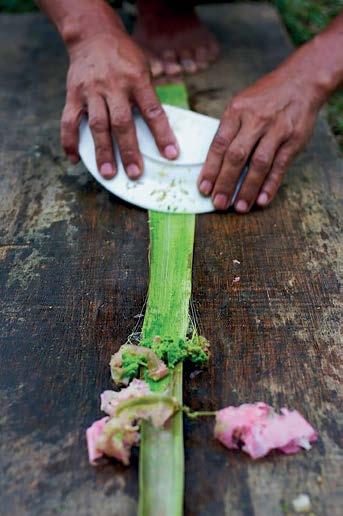
PLANT FIBER SUPPLY CHAIN




Model courtesy of Sally Li and Anna Le, Class of 2024
Farm to fabric to fashion is not just about the idea of a common circular culture. It is first and foremost about an awareness of life in its compelling essence, giving rights to materials, as much as to animals, plants, and humans.

End of Life
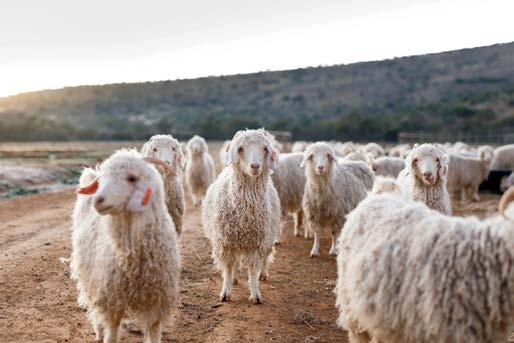







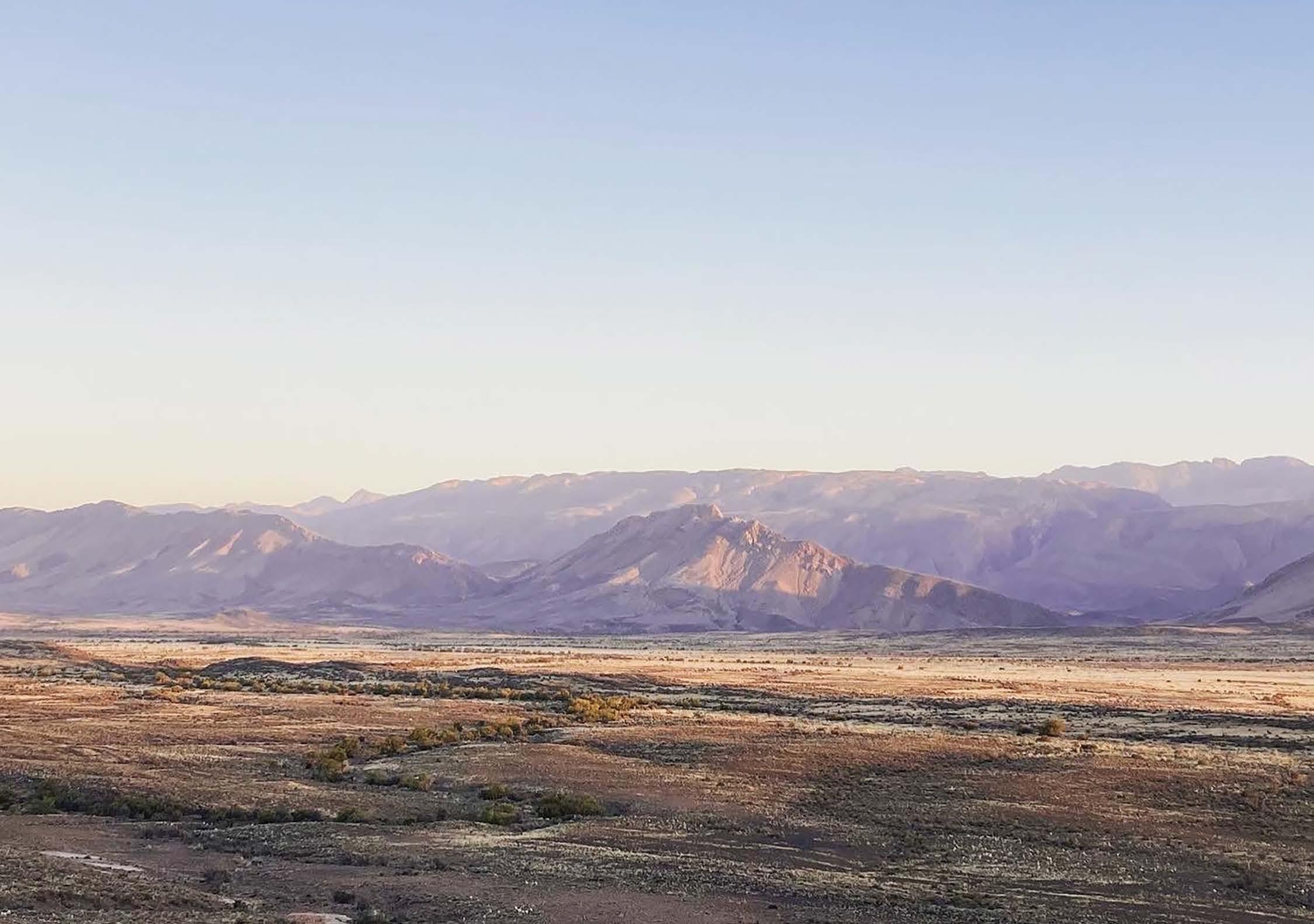

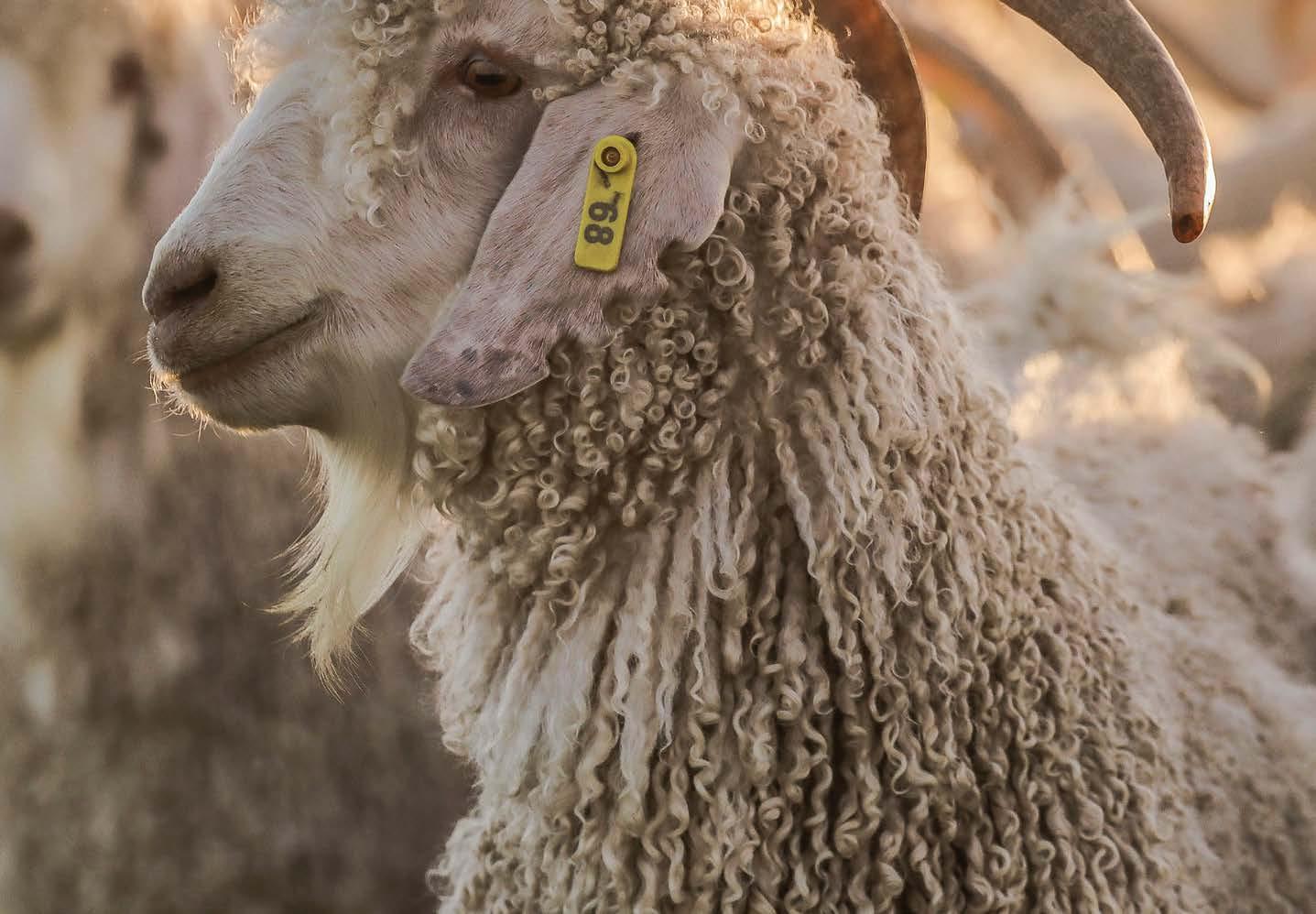


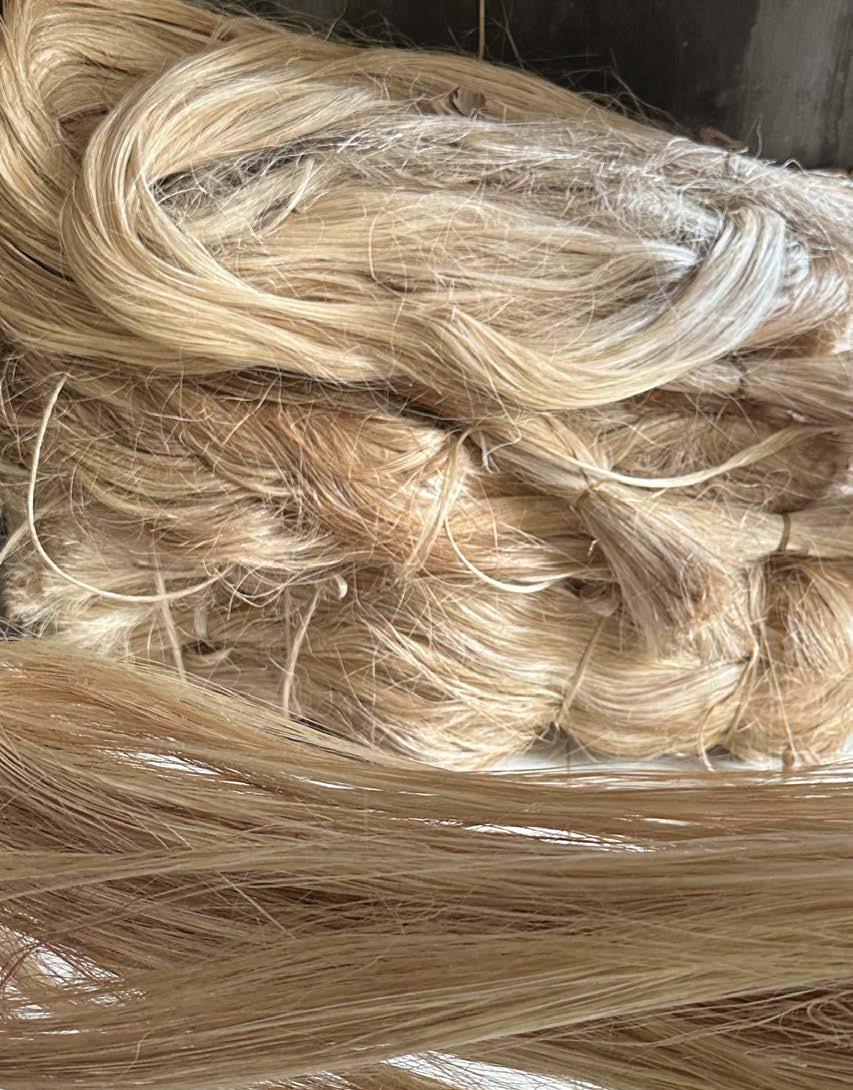



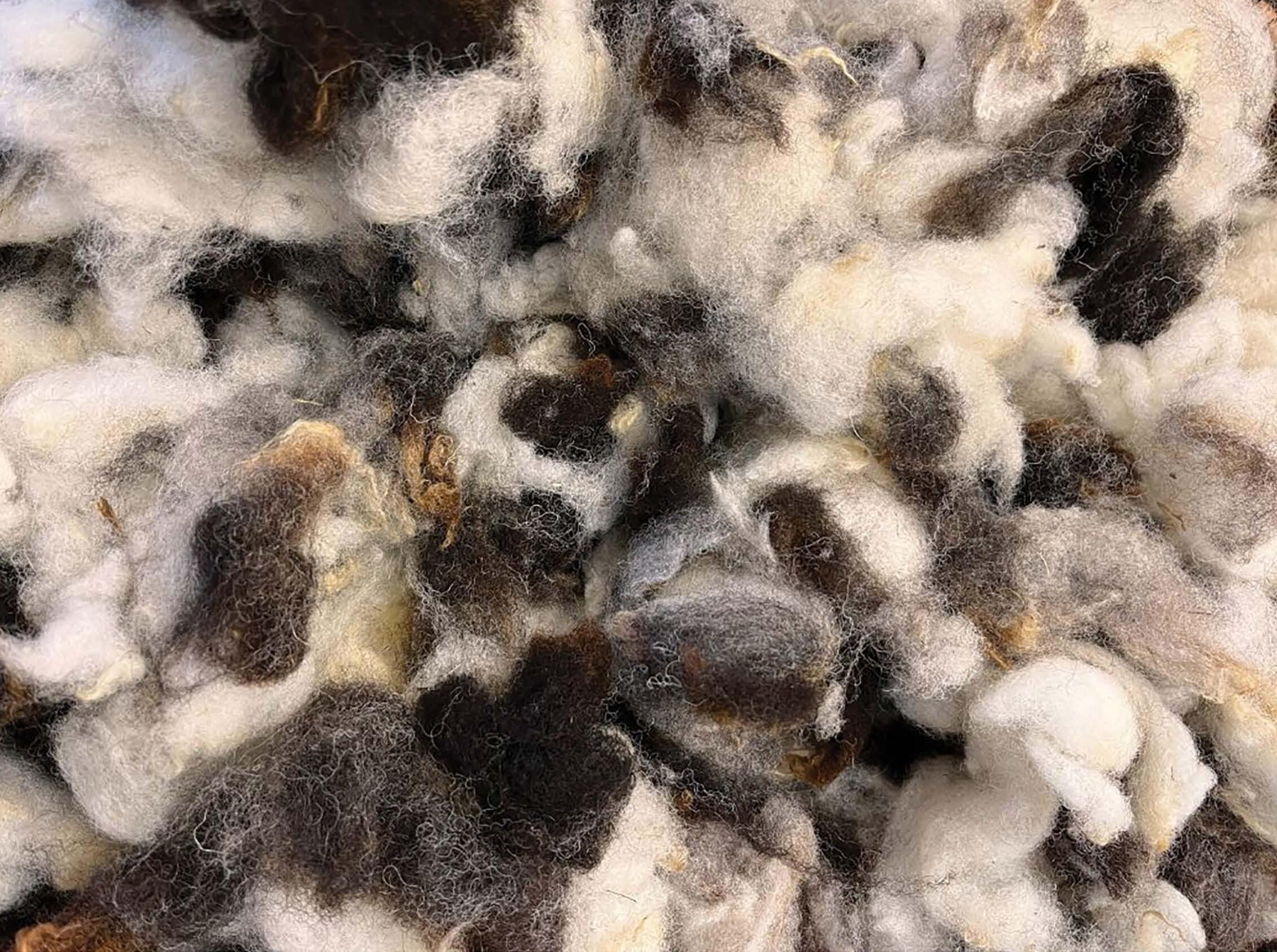
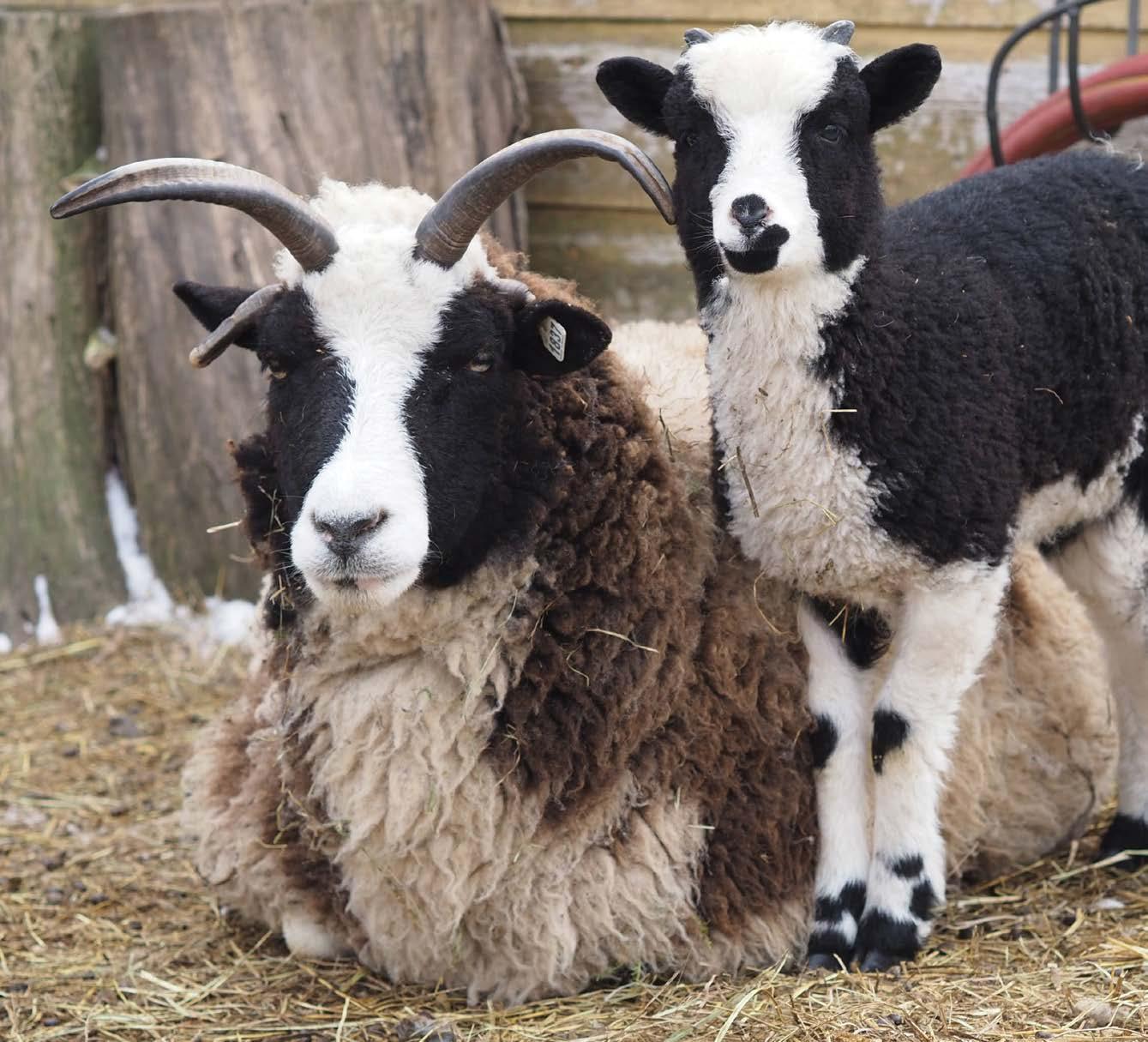

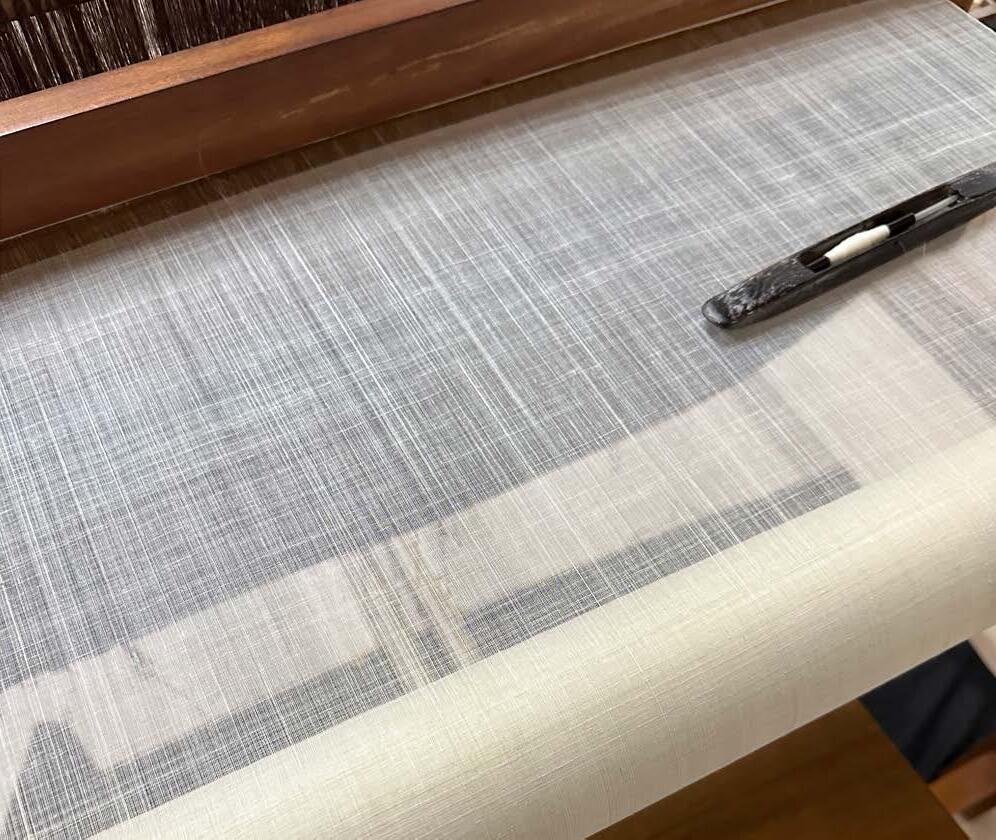

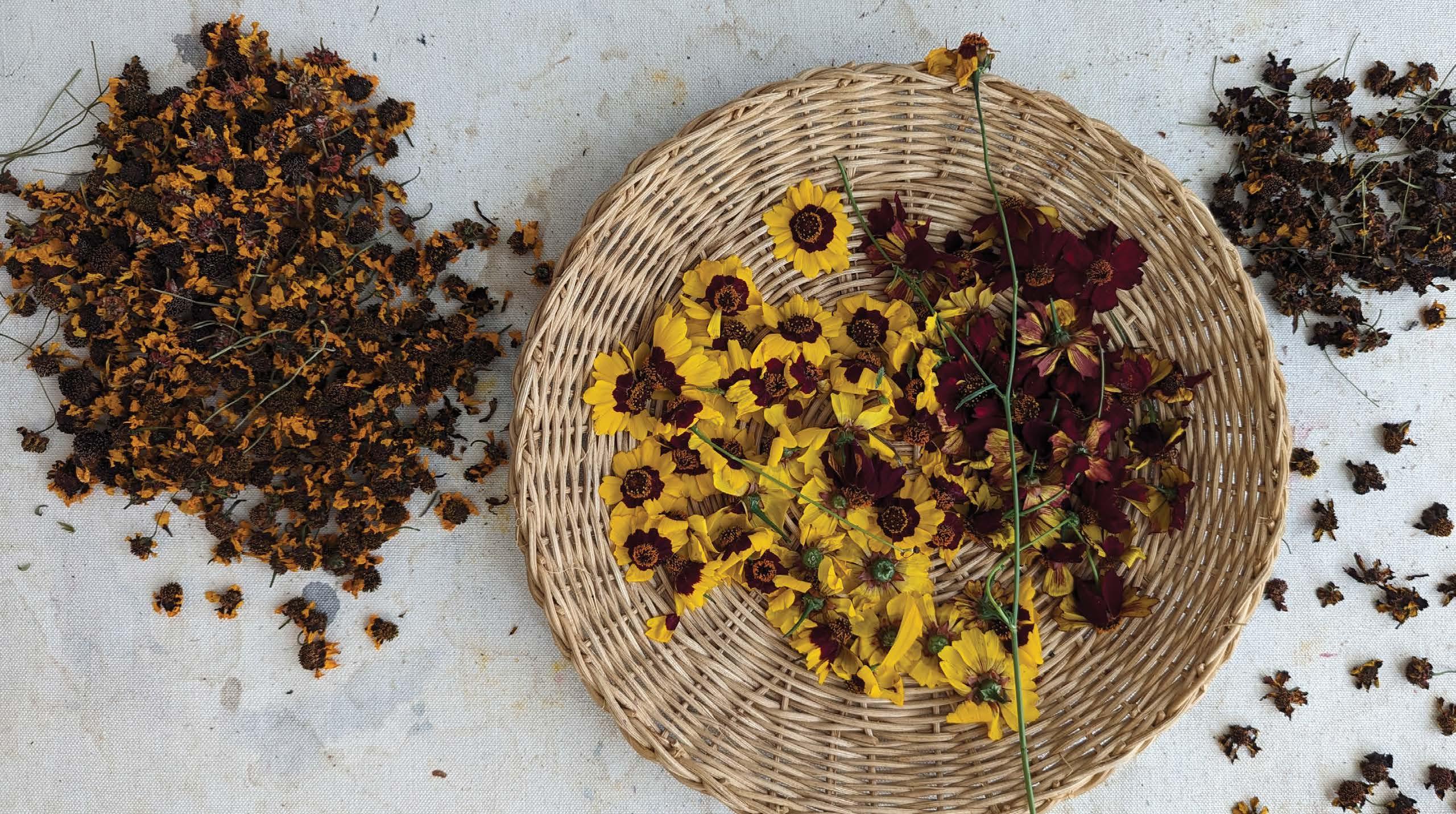
NATURAL DYEING

BLACK KNIGHT SCABIOSA


COREOPSIS


HOLLY HOCK HOPI SUNFLOWER
MOHAIR, ABACA & PIÑA
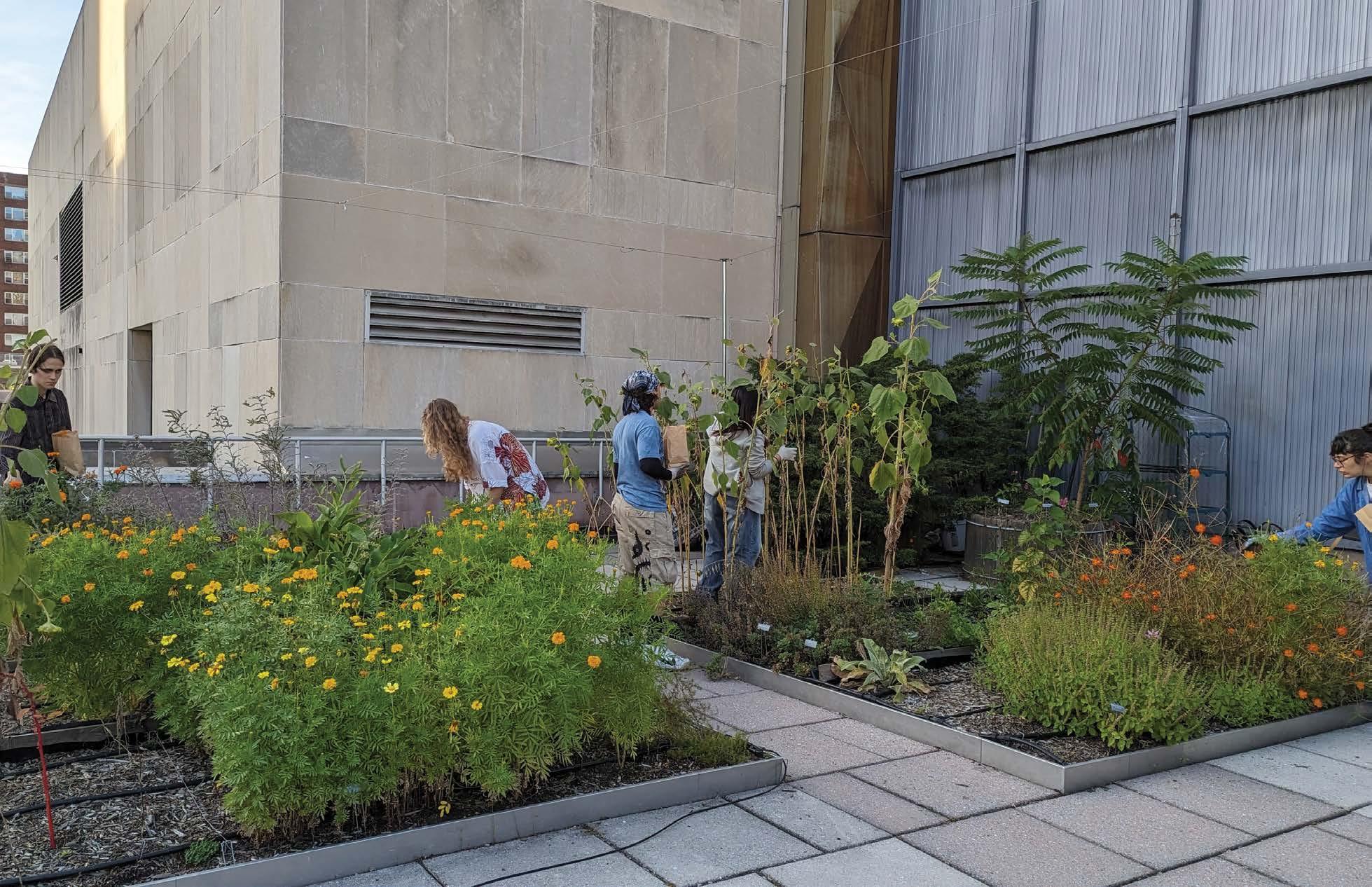
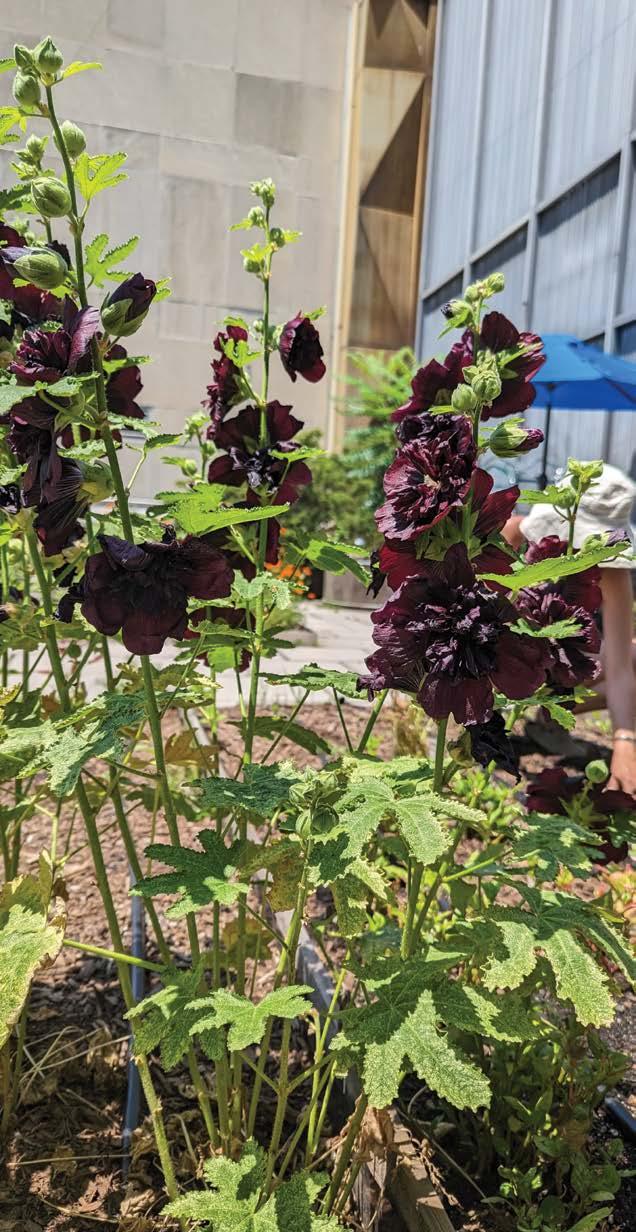

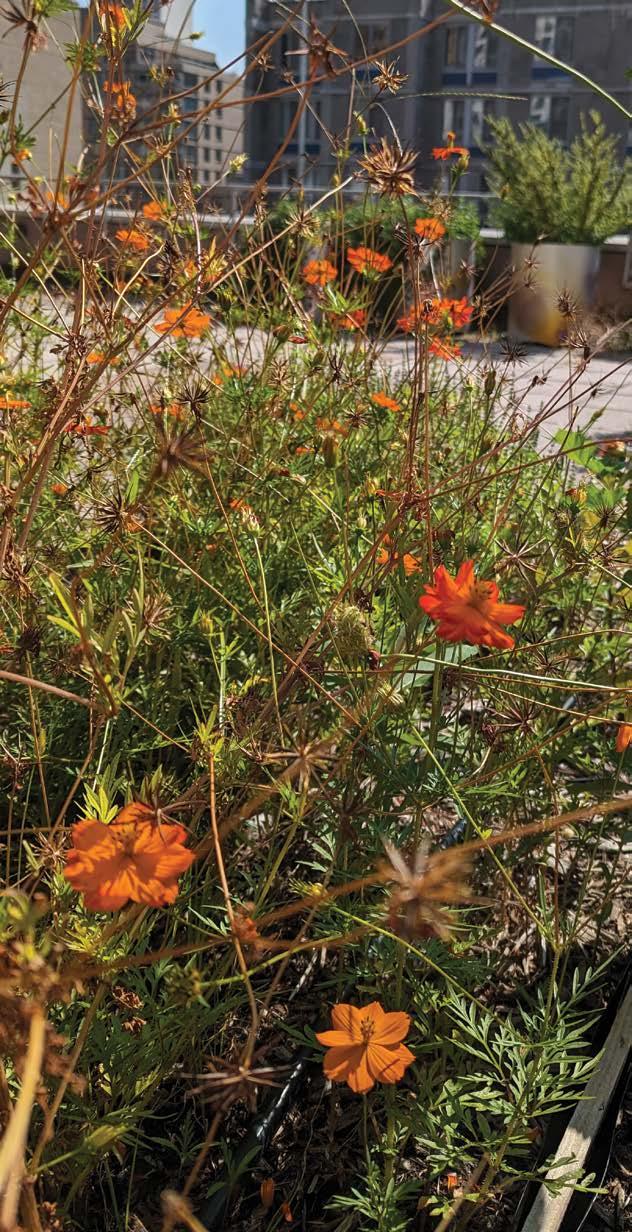
FIT Natural Dye Garden
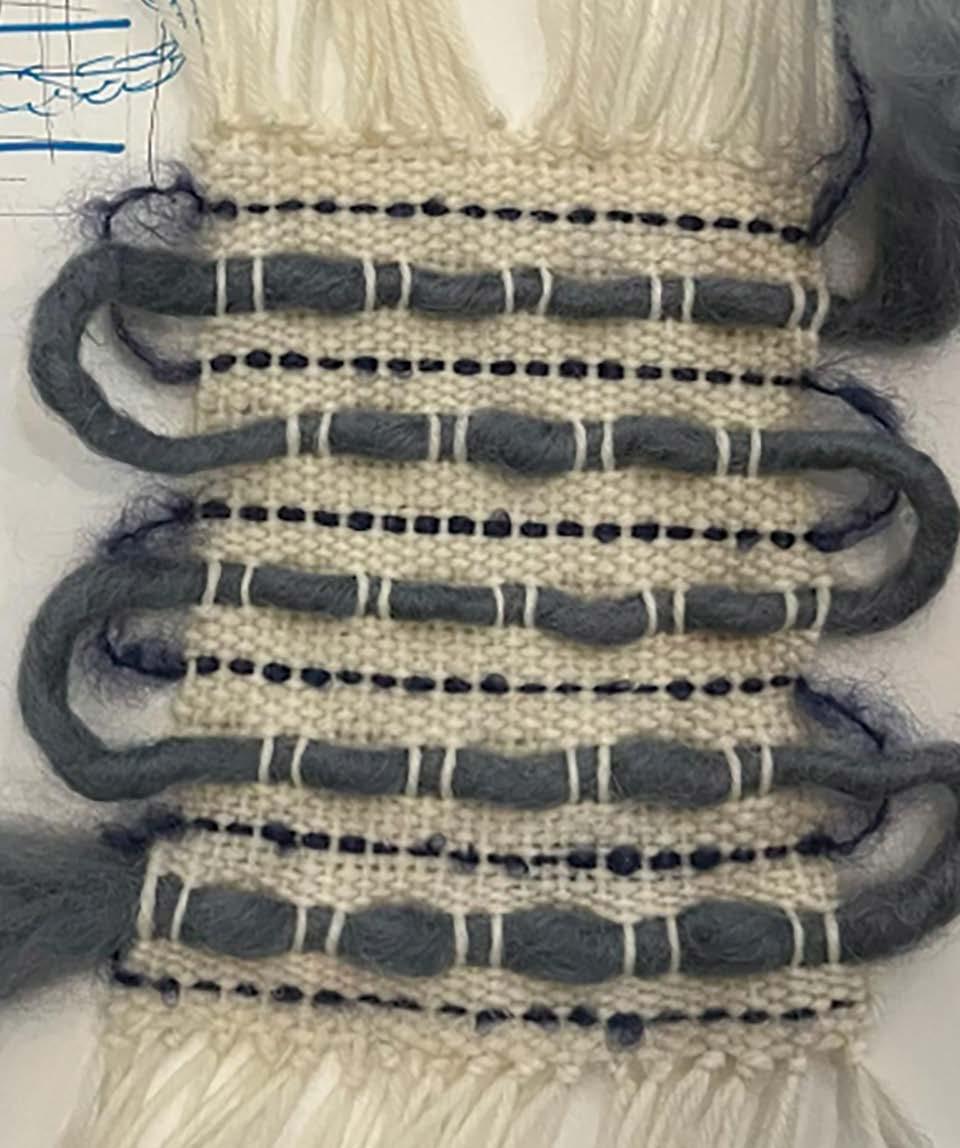



Ananda Metelina
Ali Sayiner
Andie Zion
Hazel Togman
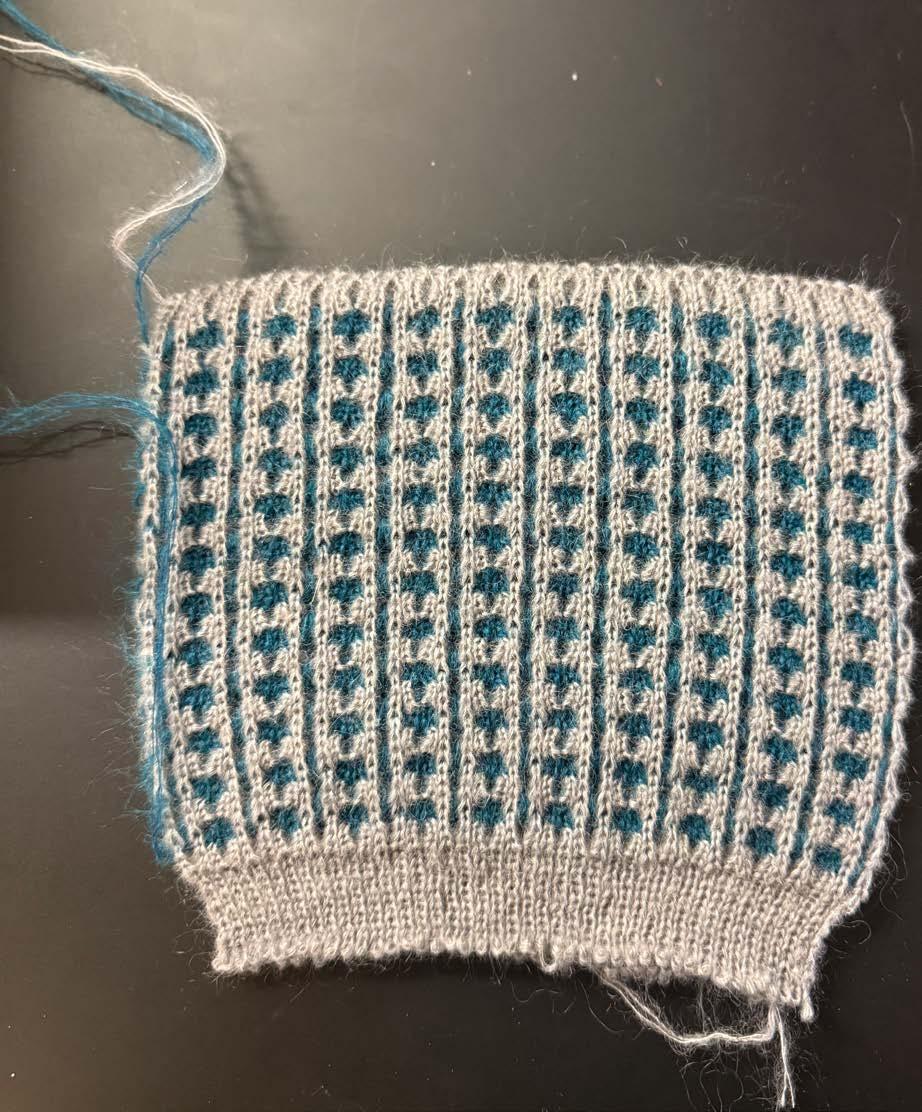
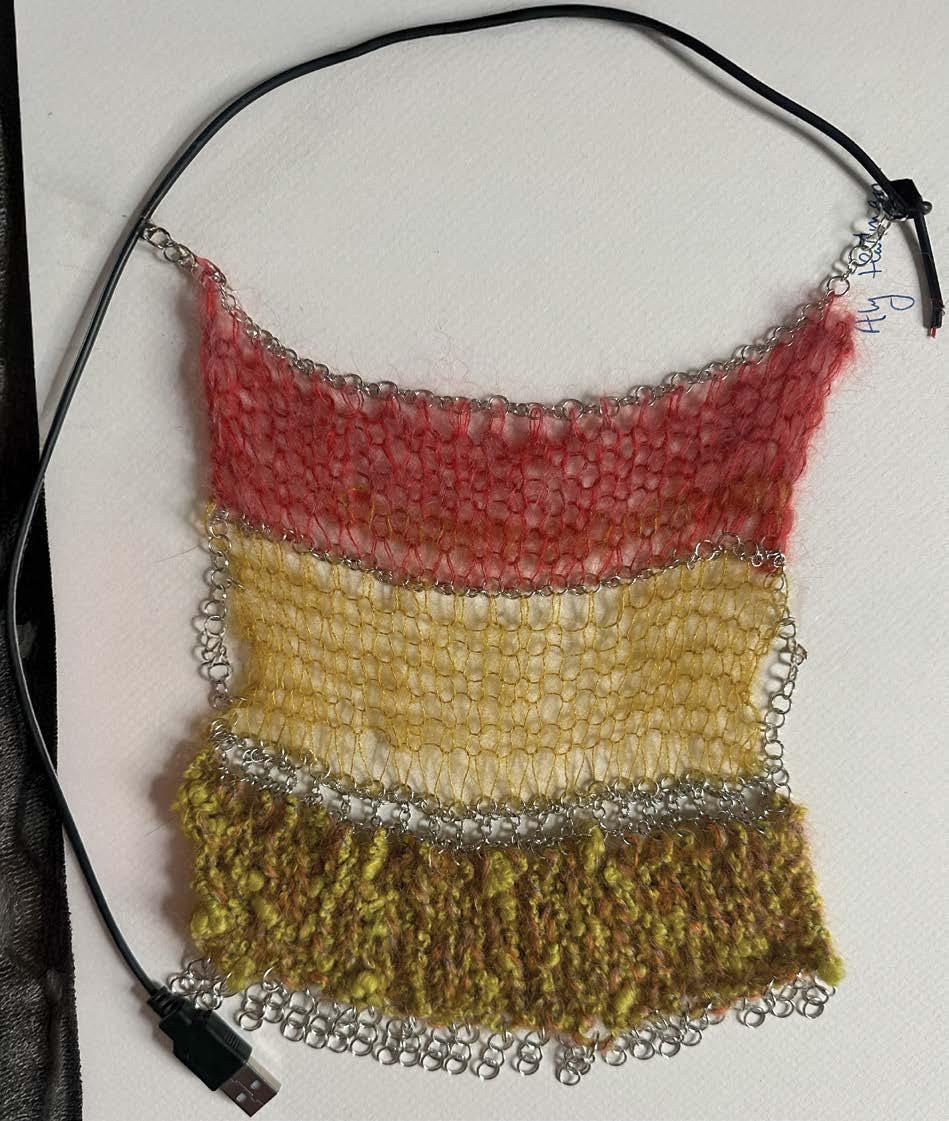


Danielle Early
Alyssa Hartmann
Amanda Marsden
Sebnem Mutlubas
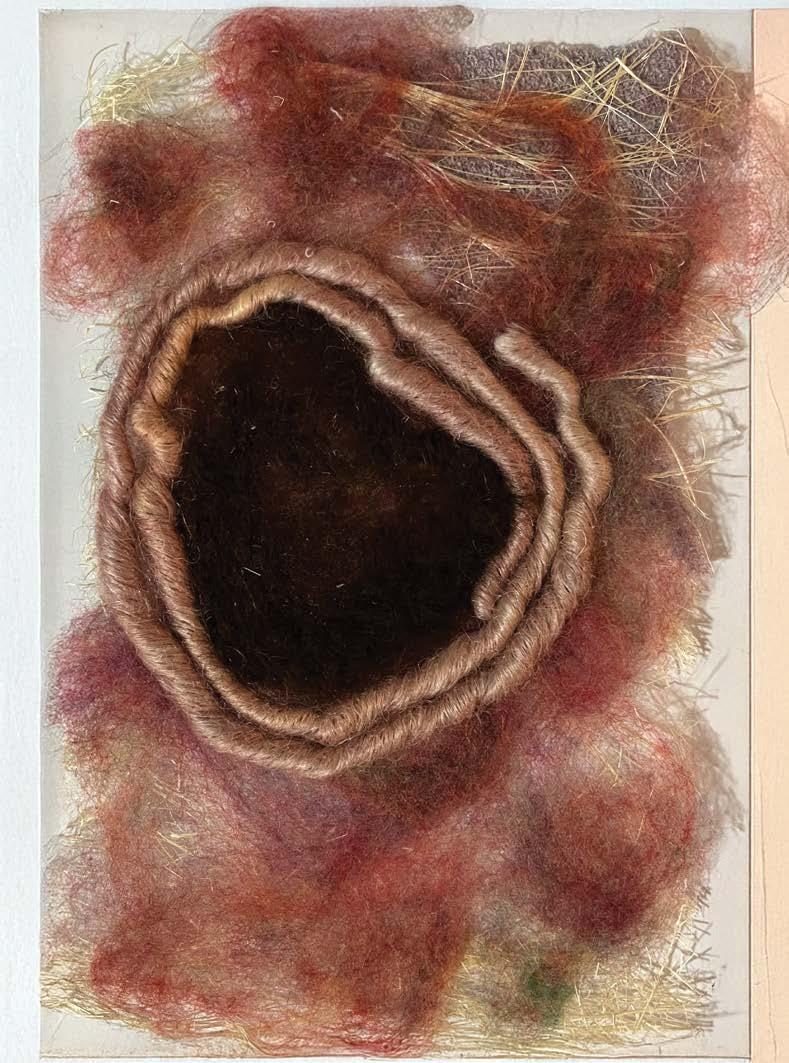

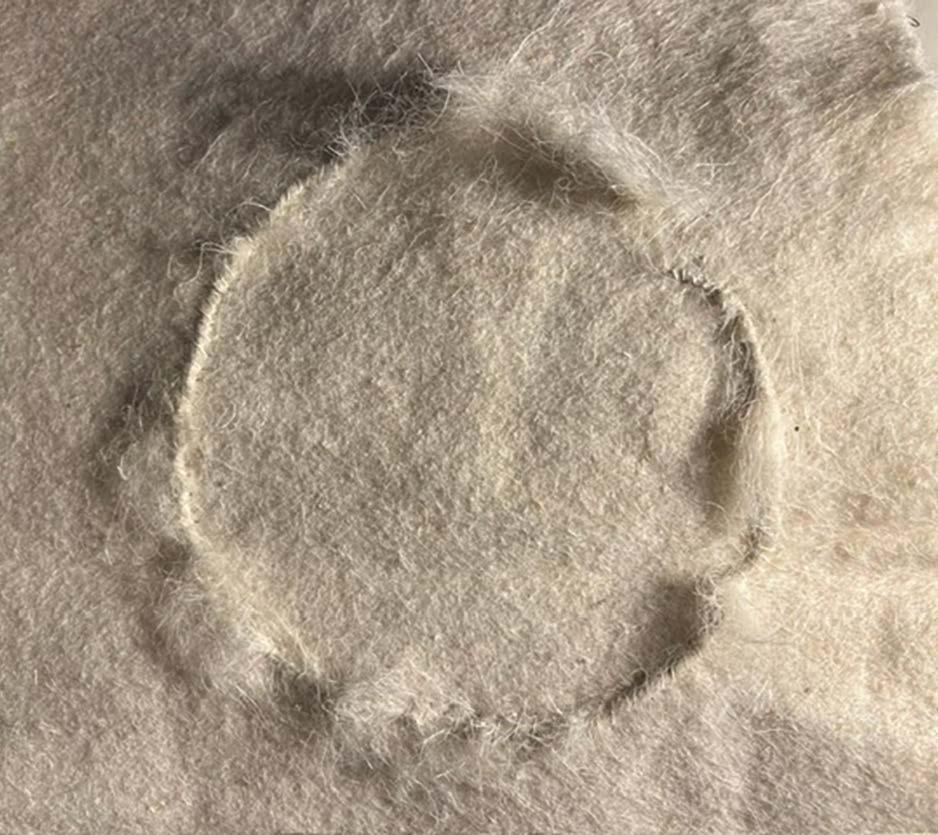
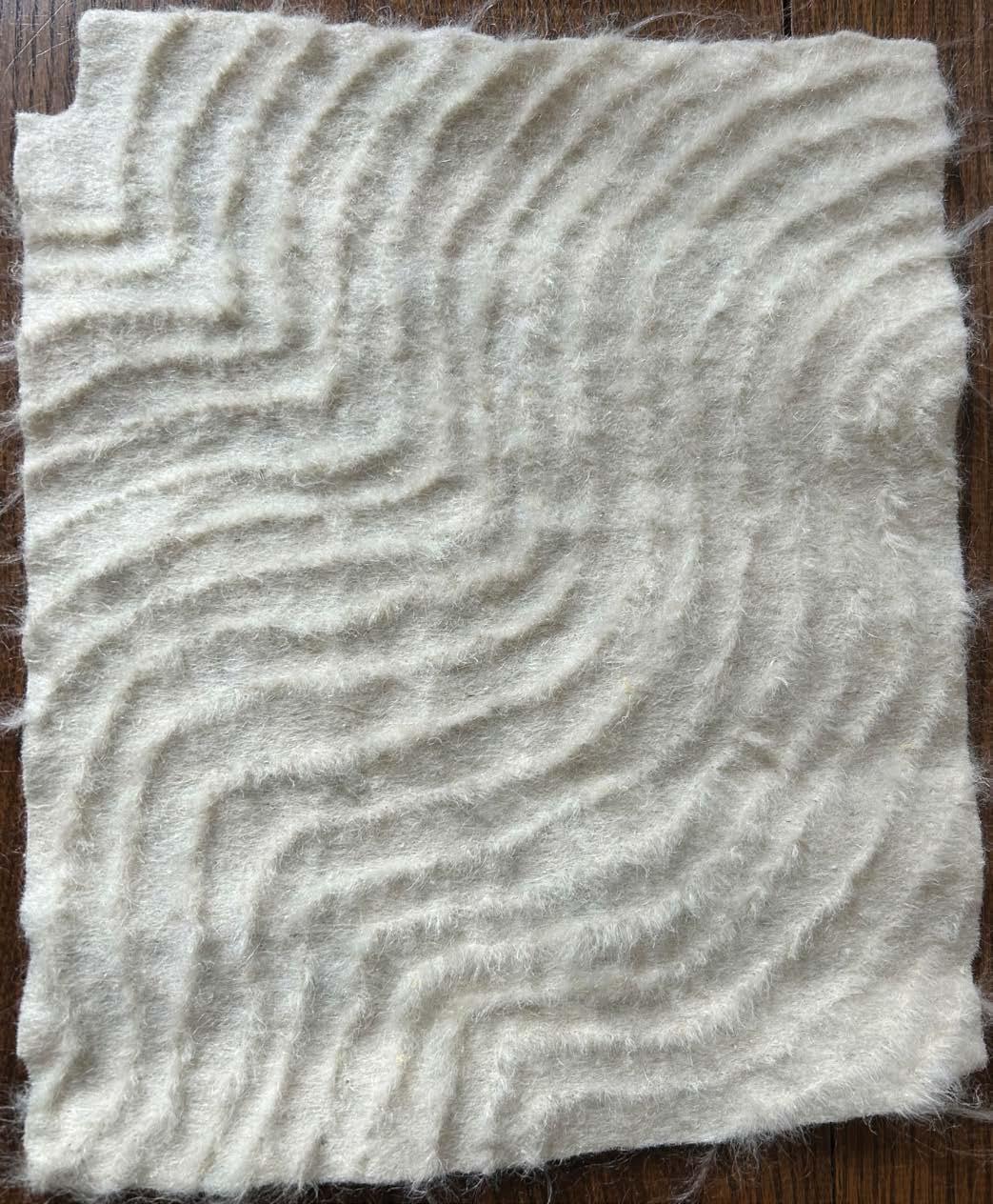
Ananda Metelina
Fiona McBride
Ananda Metelina
Bridget Carson and Sasha Arefvev
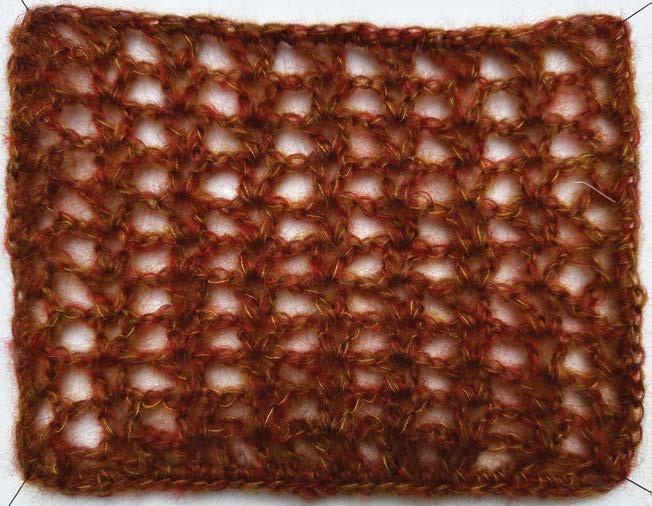
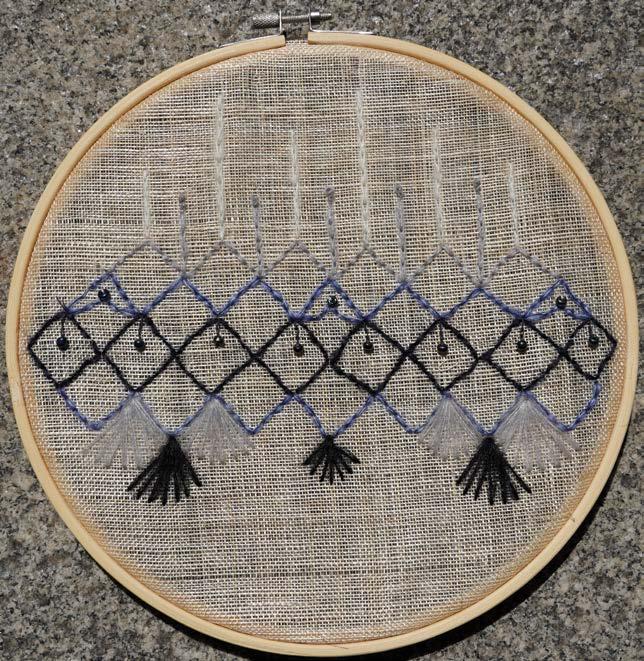
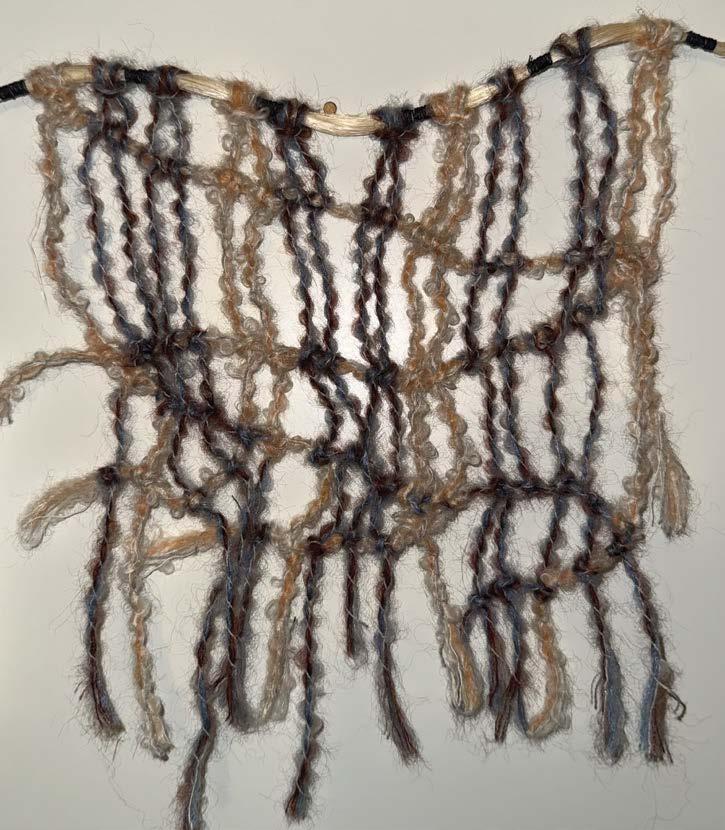

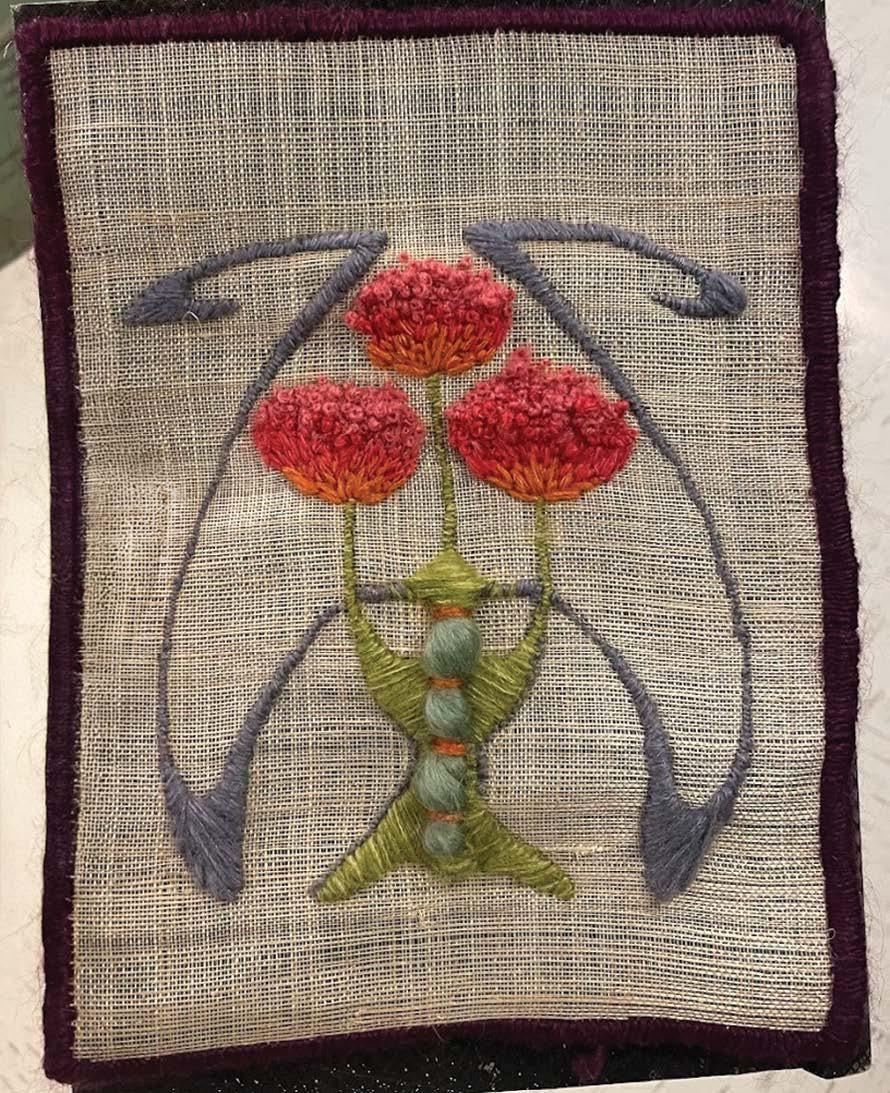
Alyssa Hartmann
Ananda Metelina
Alisha Singh
Jude Packer
Alisha Singh
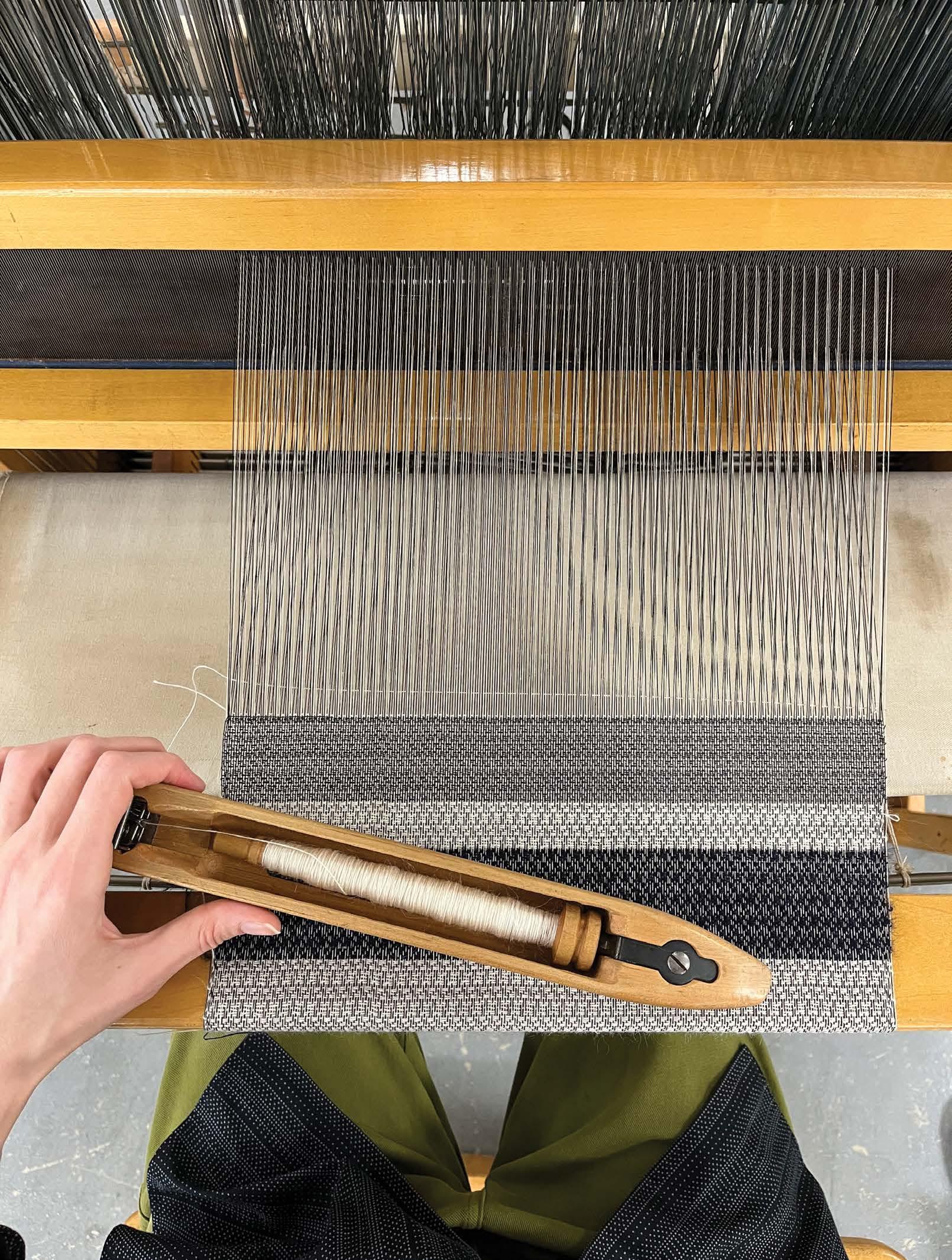
Photo by Ananda Metelina
Alive Craft in
THE FUTURE OF FASHION IS GROWN BY HAND.
Six brands show that fashion’s future is rooted in craftsmanship and collaboration. By partnering with artisans, they preserve traditional techniques while creating sustainable, meaningful designs. Their work proves that slow fashion is not just about the past—it is about shaping a more thoughtful future.
TUSSEN
F I B E R A R T G A L L E R Y
/ˈTʏSƏ(N)/ In between; amidst

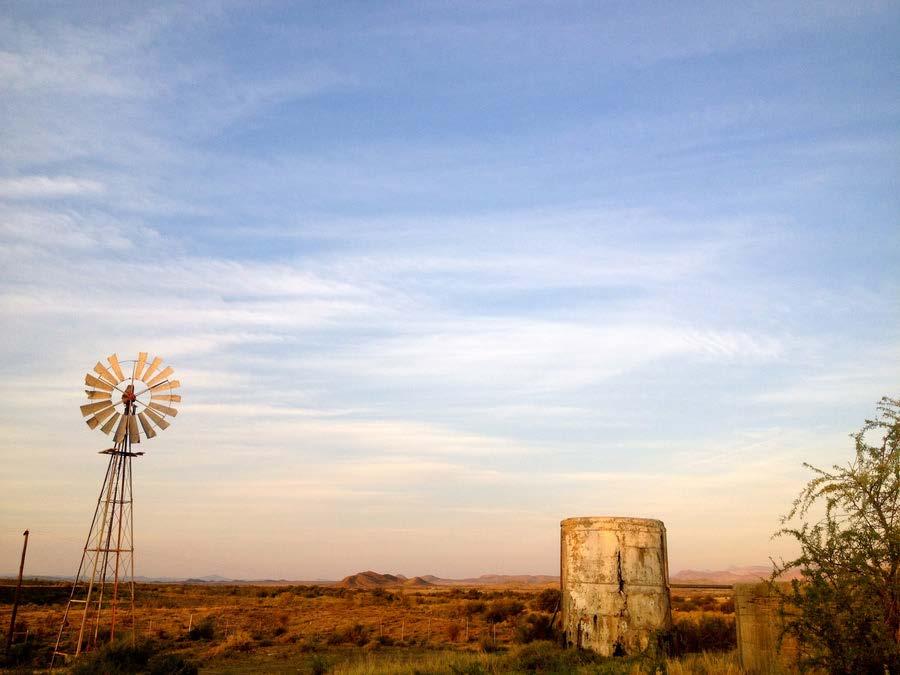
Tussen reflects the stor y of the Karoo – a place where land, people, and culture are woven together with life.
Amanda Marsden, Andie Zion, Milla Lima, Hasan Ates
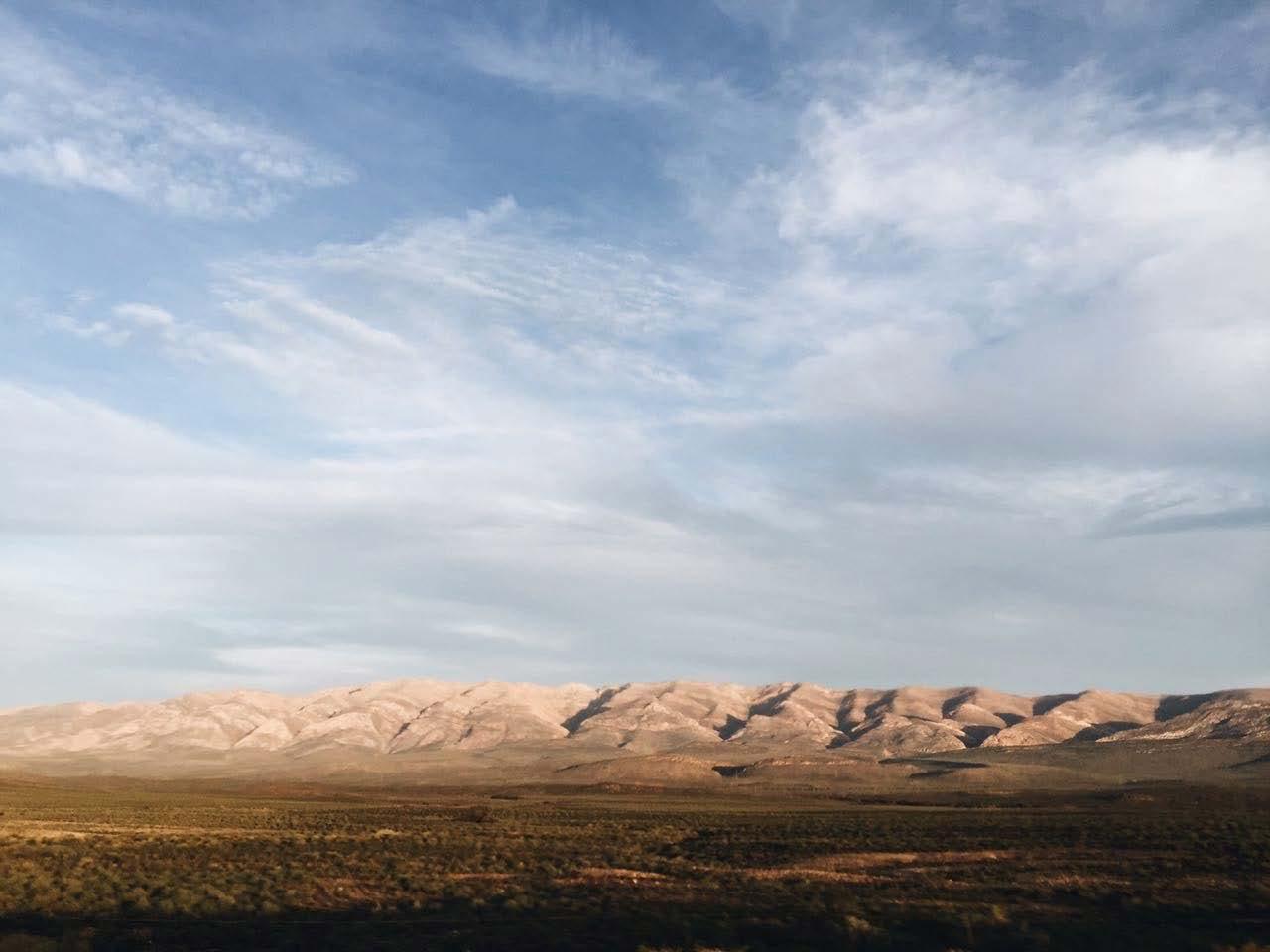
MEET THE TEAM

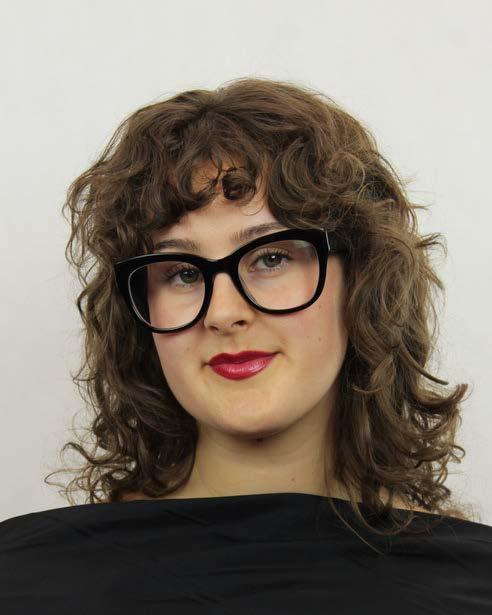


Milla Lima Hasan Ates
Amanda Marsden Andie Zion
THE STORY OF TUSSEN
H A N D C R A F T E D M O D E R N D E S I G N I N F O R M E D B Y
H I S T O R Y A N D C U L T U R E
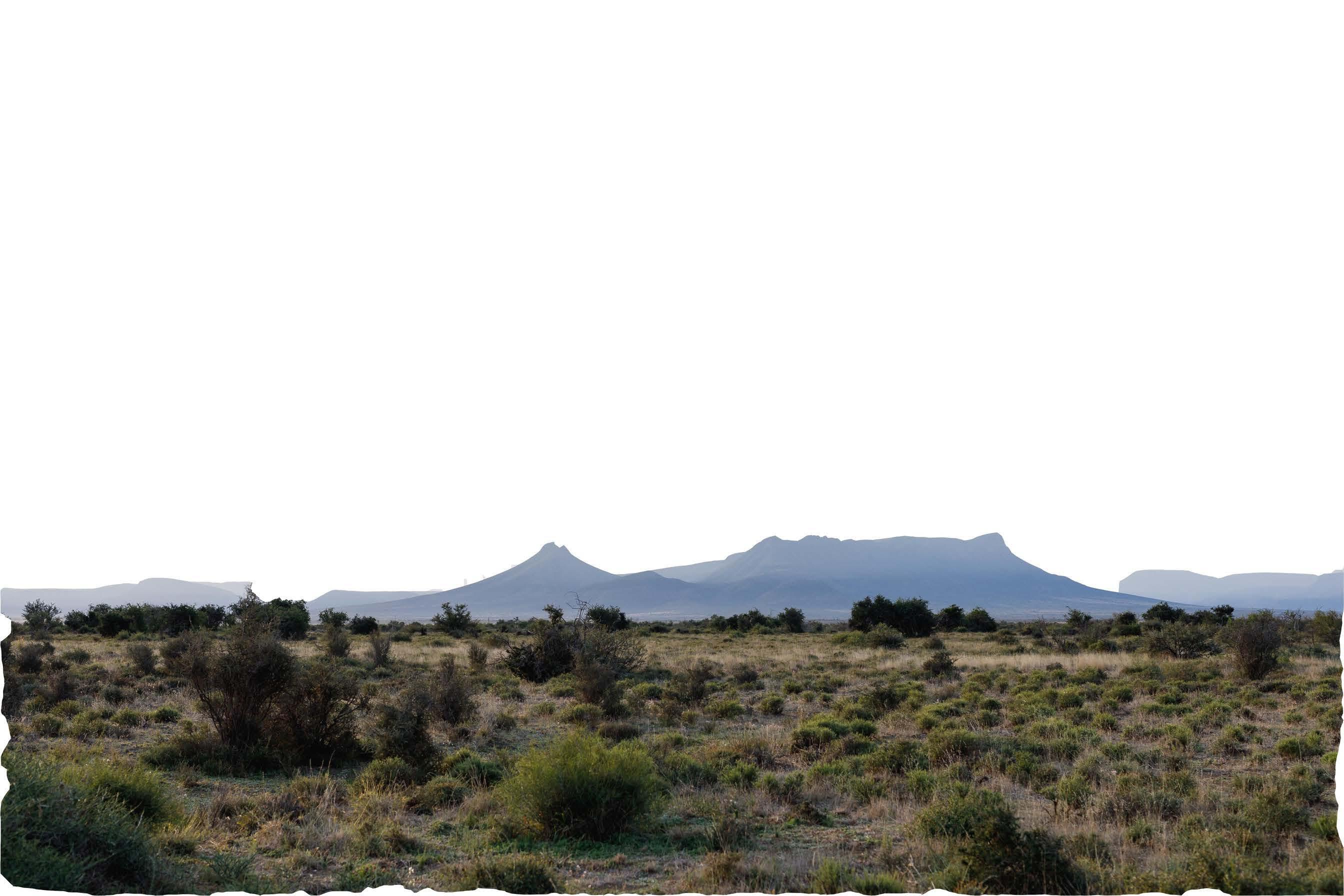
F o u n d e d b y s t u d e n t s f r o m t h e F a s h i o n I n s t i t u t e o f T e c h n o l o g y i n
N e w Y o r k a n d t h e D e s i g n A c a d e m y o f F a s h i o n i n S o u t h A f r i c a ,
T u s s e n i s d e s i g n e d t o c a p t u r e a c o l l a b o r a t i v e a n d e d u c a t i v e s t o r y
o f m o h a i r .
T h r o u g h o u r e x p l o r a t i o n o f t h e m o h a i r i n d u s t r y , w e w e r e i n t r o d u c e d
t o S o u t h A f r i c a ’ s p i v o t a l r o l e a s a g l o b a l l e a d e r i n m o h a i r p r o d u c t i o n
a n d e t h i c a l s t a n d a r d s . I n S o u t h A f r i c a , m o h a i r i s m o r e t h a n a
m a t e ri a l , i t i s d e e p l y w o v e n i n t o t h e f a b r i c o f c u l t u r e , l i v e l i h o o d , a n d
a r t i s t r y , s u s t a i n e d b y t h e h a n d s o f c o u n t l e s s f a r m e r s a n d
c r a f t s p e o p l e .
I n s p i r e d b y t h i s c o n n e c t i o n , w e r e c o g n i z e d t h e i m p o r t a n c e o f t e l l i n g
t h e s t o r y o f m o h a i r t h r o u g h o u r l e n s . T h r o u g h t h e t h r e e p i l l a r s o f o u r
e x h i b i t i o n – t h e p e o p l e , t h e l a n d , a n d t h e c u l t u r e – T u s s e n e x p l o r e s
t h e e s s e n t i a l f o r c e s t h a t s u s t a i n m o h a i r ’ s l e g a c y .
O u r go a l i s t o h o n o r a n d u p l i f t t h e i n d i v i d u a l s a c r o s s t h e m o h a i r
s u p p l y c h a i n , f r o m f a r m t o f a b r i c , b y o f f e r i n g t h e m a p l a t f o r m t o
s h a r e t h e i r c r a f t , t h e i r s t o r i e s , a n d t h e i r i m p a c t .
THE PEOPLE
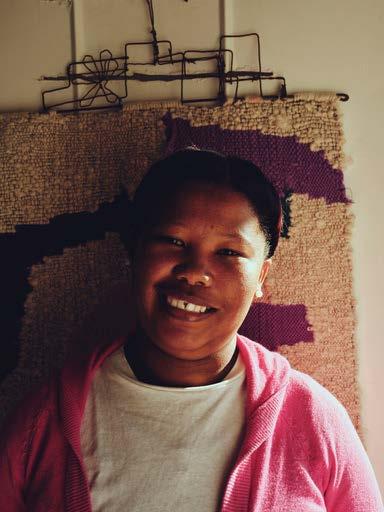

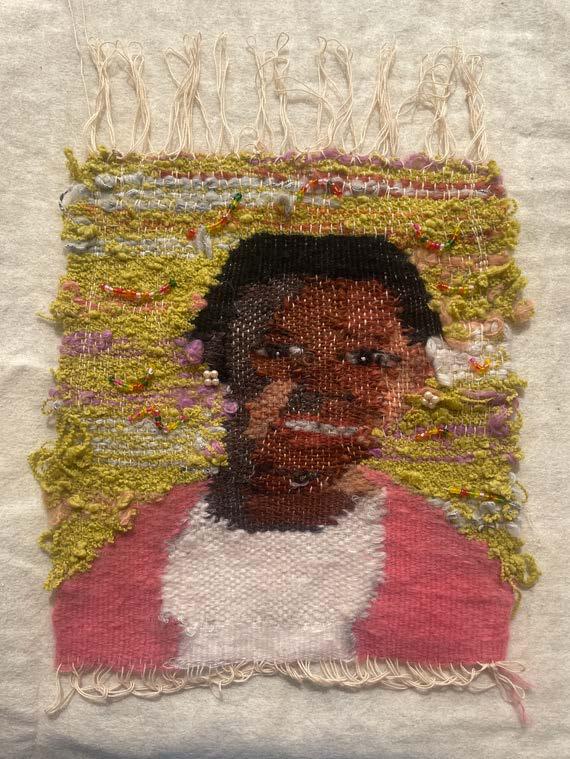
Ar tisan: Monique Bitterbos
Woven portrait by Amanda Marsden
Monique is a brilliant weaver She continues to learn and better her craft daily She is exceptionally talented at understanding patterns, shape and form and her work is of the highest standard Monique is a mother and is dedicated to her family and craft.

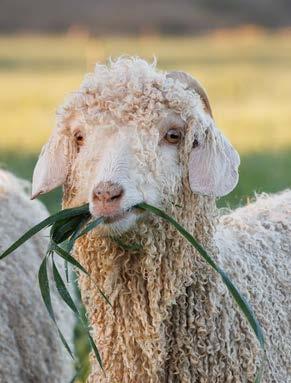
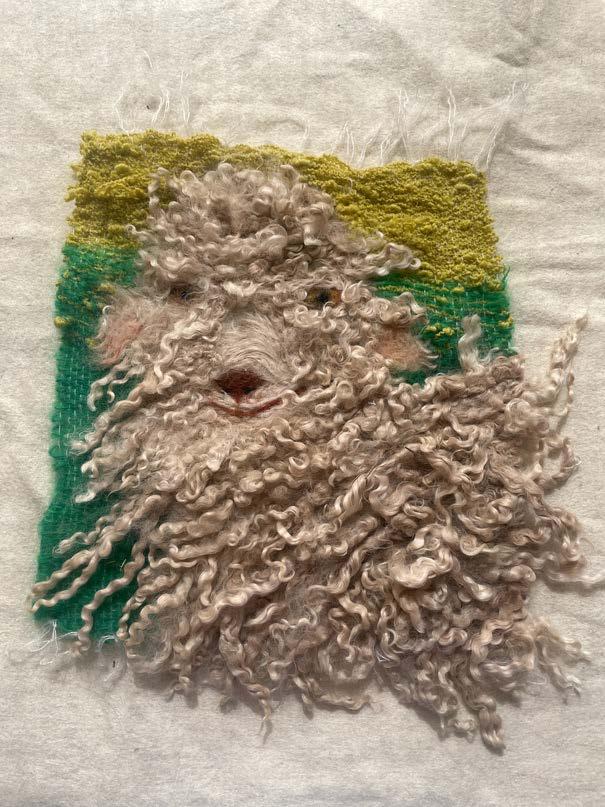
Ar tisan: Josephine Benyera
Woven portrait by Milla Lima
Josephine is an ar tisan specialising in washing and opening mohair The process of making in our studio star ts with Josephine She is pure sunshine and light and keeps us all smiling She is incredibly smar t and passionate about the people and things she cares about
Angora Goat
Woven portrait by Andie Zion
Mohair would quite literally not exist without the angora goats. Mohair is the hair that grows f rom these goats. As a kid, their hair is f ine and delicate. As they age and experience more changes, their hair becomes more course and thick. These animals are relaxed and f riendly, living and traveling in groups.
Photo by Frances VH Mohair
Photo by Frances VH Mohair
Photo by Frances VH Mohair

THE LAND
T h e K a r o o i s a l a n d s c a p e w h e r e
r e s i l i e n c e a n d b e a u t y e x i s t s i d e
b y s i d e – w h e r e v i b r a n t v y g i e s
b l o o m a c r o s s v a s t p l a i n s a n d t h e
a r m a d i l l o g i r d l e d l i z a r d f i n d s
s h e l t e r i n a n c i e n t s t o n e s . T h i s
l a n d i s t h e s o u r c e , t h e p r o v i d e r ,
t h e q u i e t f o r c e t h a t s u s t a i n s l i f e ,
t r a d i t i o n , a n d c r a f t .
I n c e l e b r a t i n g t h e b i o d i v e r s i t y o f
t h e K a r o o , w e a l s o h o n o r t h e l a n d
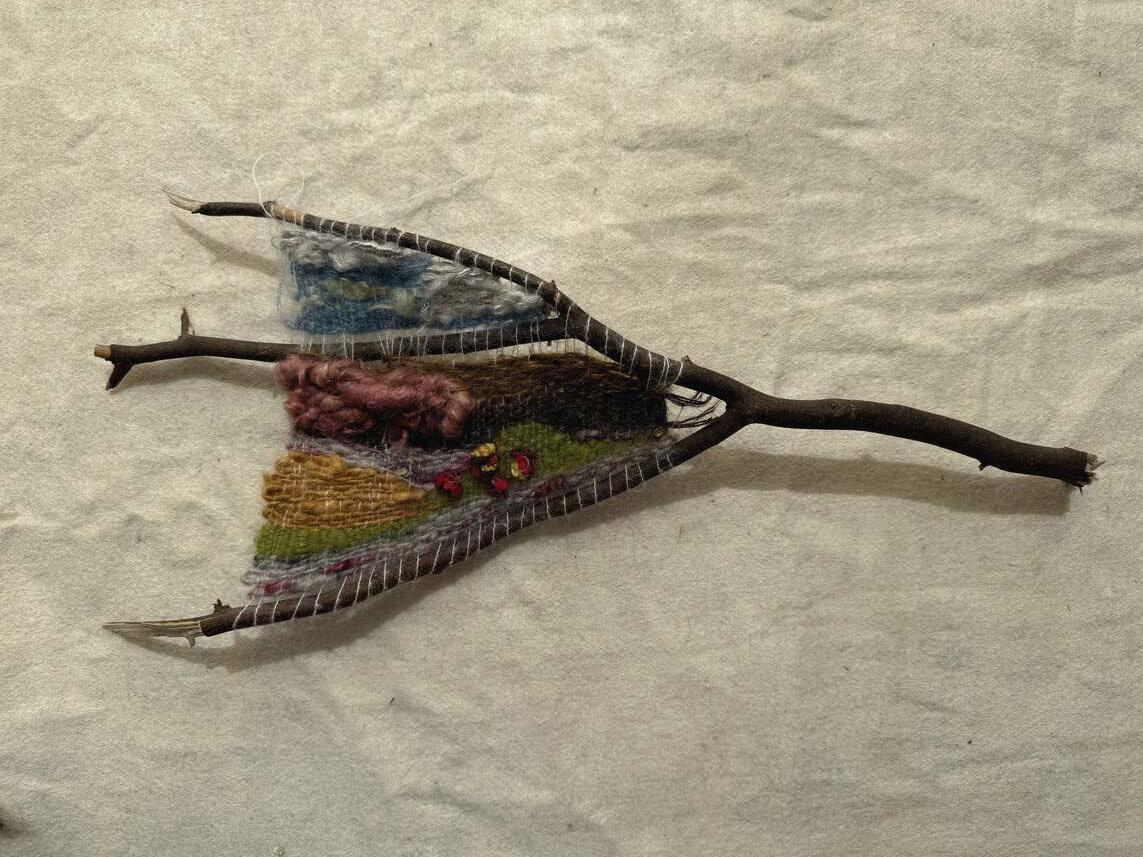
i t s e l f - a v i t a l t h r e a d i n t h e s t o r y
o f m o h a i r
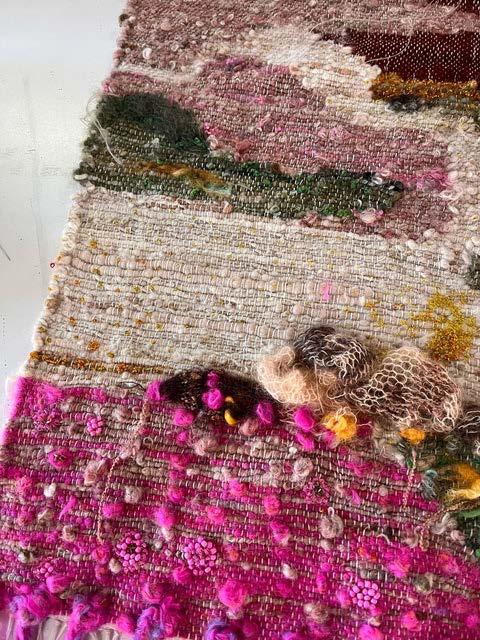
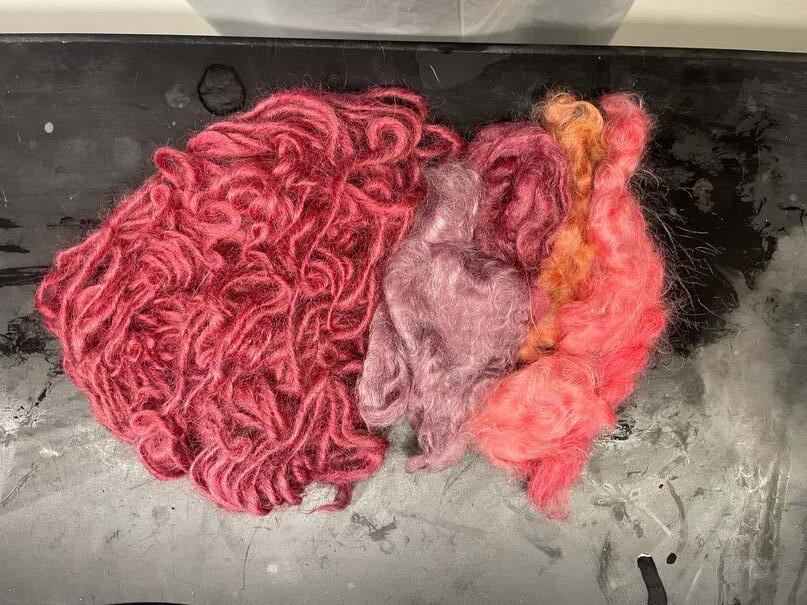
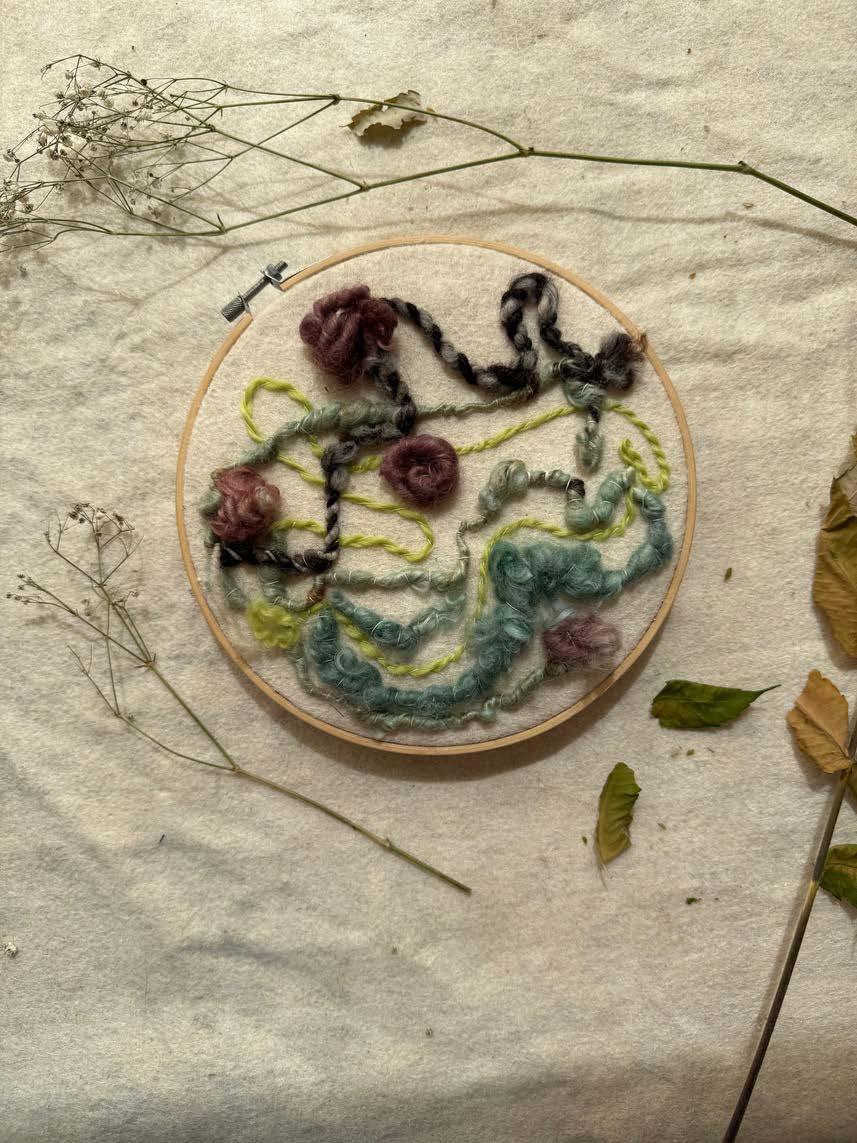
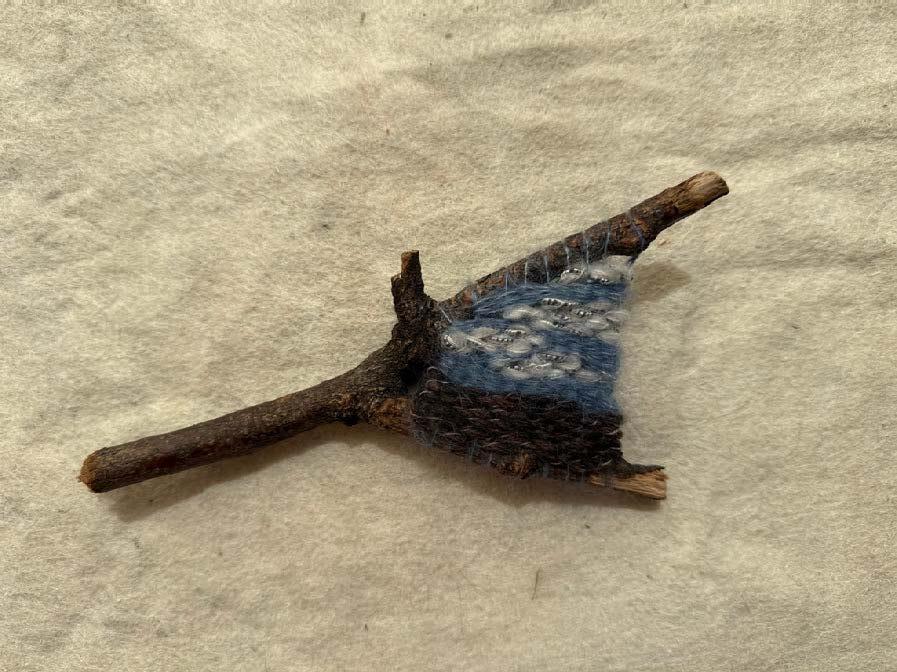
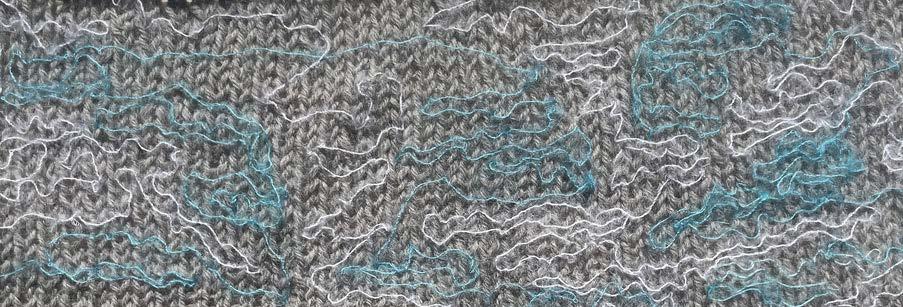
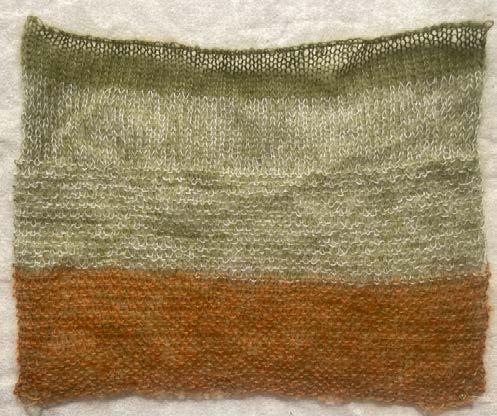

THE CULTURE
T h e K a r o o i s m o r e t h a n i t s l a n d s c a p e s a n d
t h e p e o p l e w h o i n h a b i t t h e m – i t i s a p l a c e
l a y e r e d w i t h m e m o r y , s h a p e d b y c e n t u r i e s
o f t r a d i t i o n , m o v e m e n t , a n d m e a n i n g .
C u l t u r e h e r e i s n o t o n l y l i v e d ; i t i s
r e m e m b e r e d , i n h e r i t e d , a n d r e i m a g i n e d .
T h e C u l t u r e d r a w s f r o m t h e t r a d i t i o n a n d
i d e n t i t y e m b e d d e d w i t h i n A f r i c a n t e x t i l e
p r a c t i c e s . I n s p i r e d b y l o n g s t a n d i n g
t e c h n i q u e s , s y m b o l s , a n d v i s u a l l a n g u a g e s ,
o u r w o r k r e f l e c t s h o w c u l t u r e i t s e l f i s a
l i v i n g f o r c e t h a t s u s t a i n s t h e
o f m o h a i r .
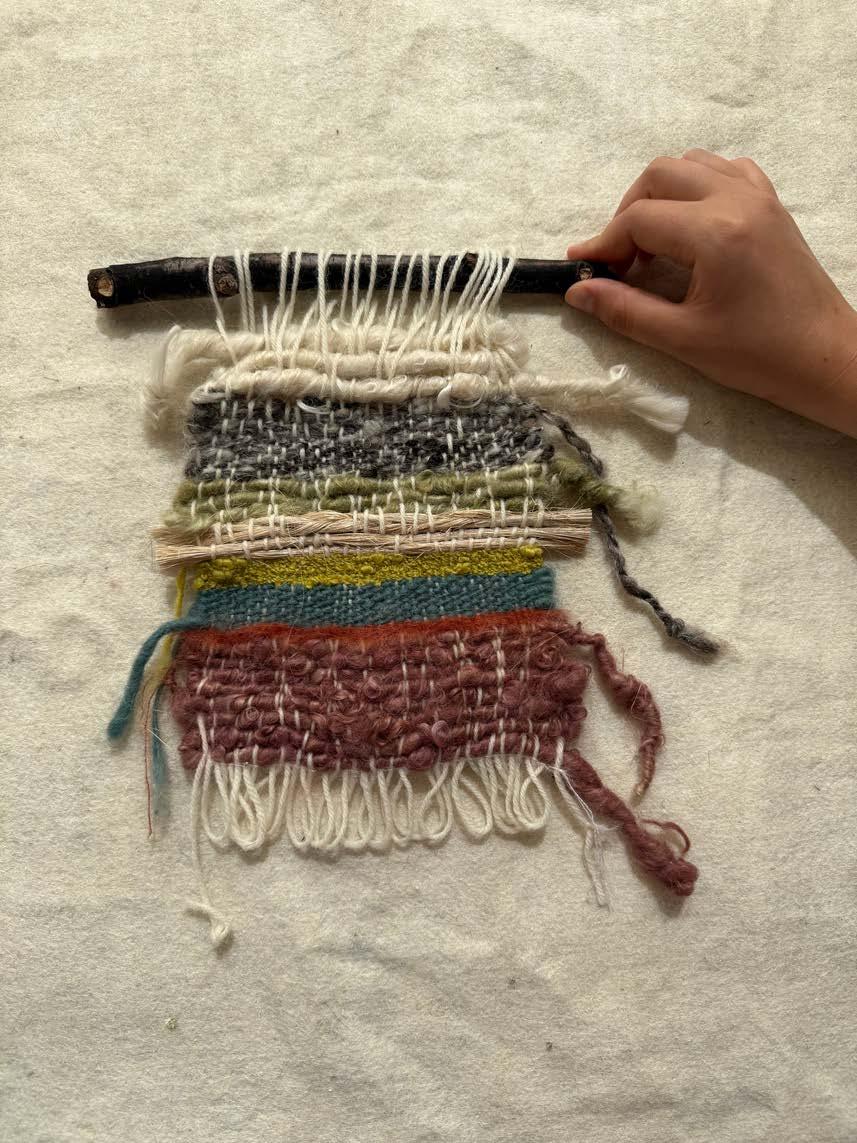


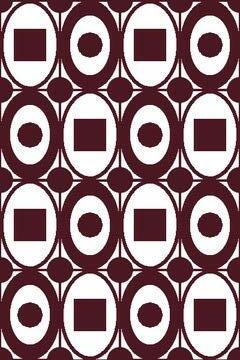




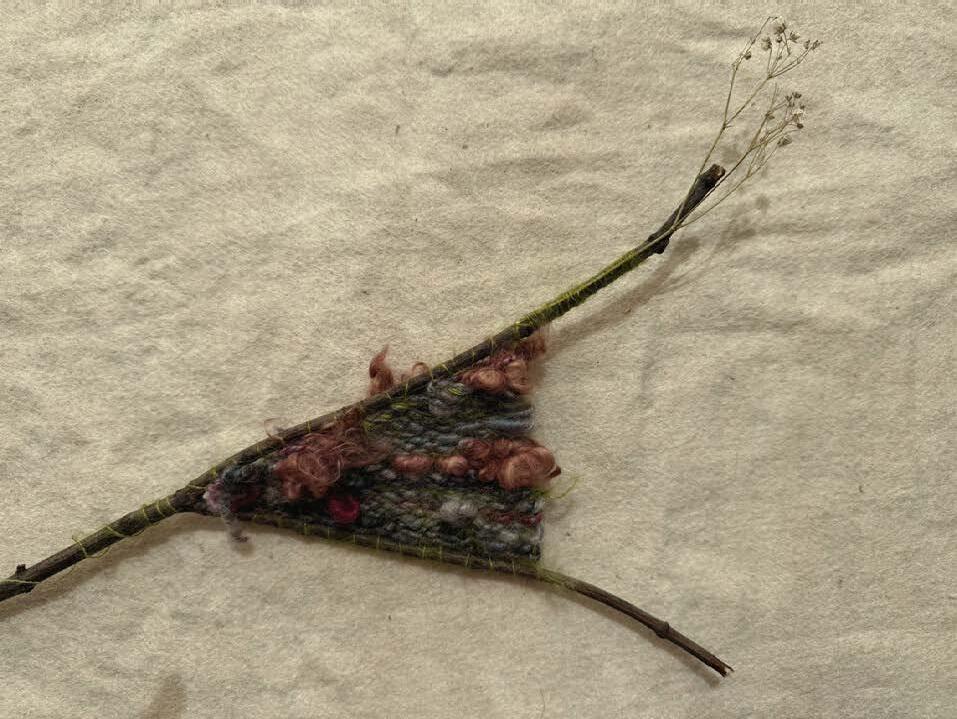

Soft to the touch, gentle on the Earth.
We Are
M a v u l a
This accessory brand is built on a deep appreciation for the origins of our craft, honoring the people, land, animals, and environment that make creation possible elements too often overlooked. With a spirit of reverence and responsibility, we trace the journey from raw materials to the final textile in our customers’ hands. Our purpose is to intertwine recognition and gratitude into every piece, inviting customers to see, feel, and connect with the beauty, heritage, and artistry behind each creation.
Brand Mission
Mavula’s mission is to inspire a deep understanding of the birth and journey of the fibers, from nature’s offerings to thoughtfully crafted pieces. Connecting the Earth to the wearer, who honors the personal significance, storytelling, and purpose alongside aesthetics. Our pieces invite wearers to feel like elevated versions of themselves grounded in quality, yet styled with intention.


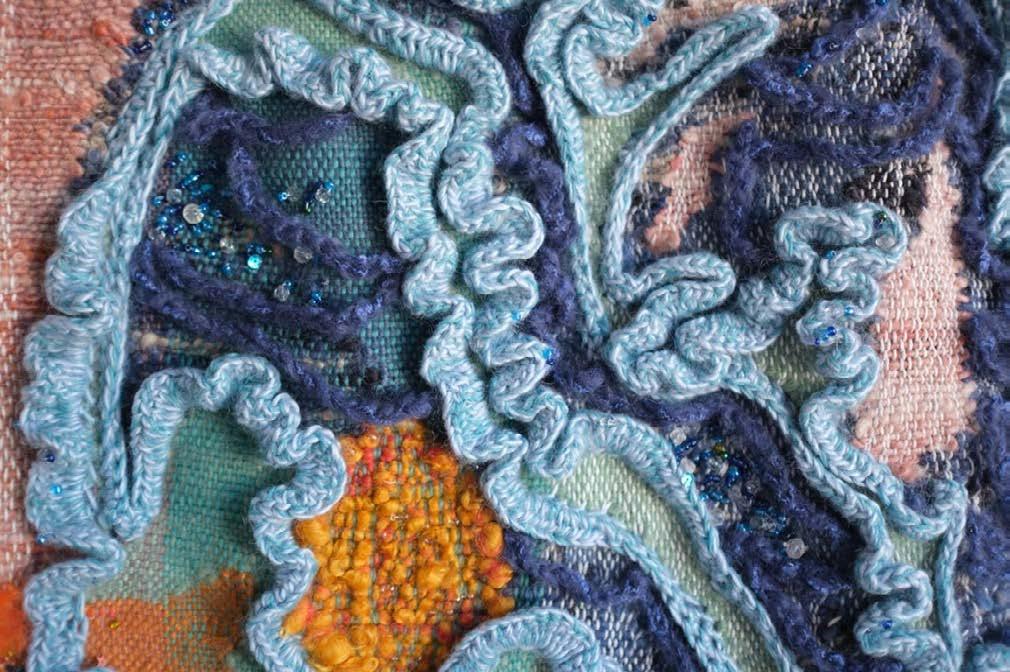

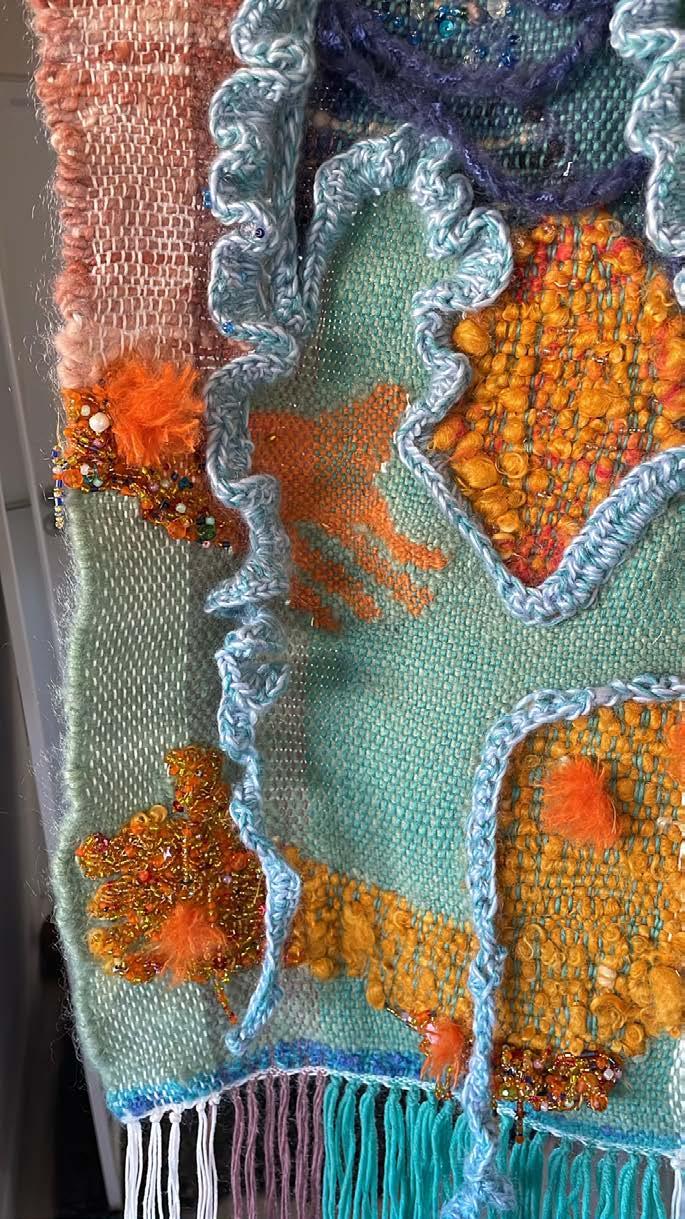

Meet The Designers
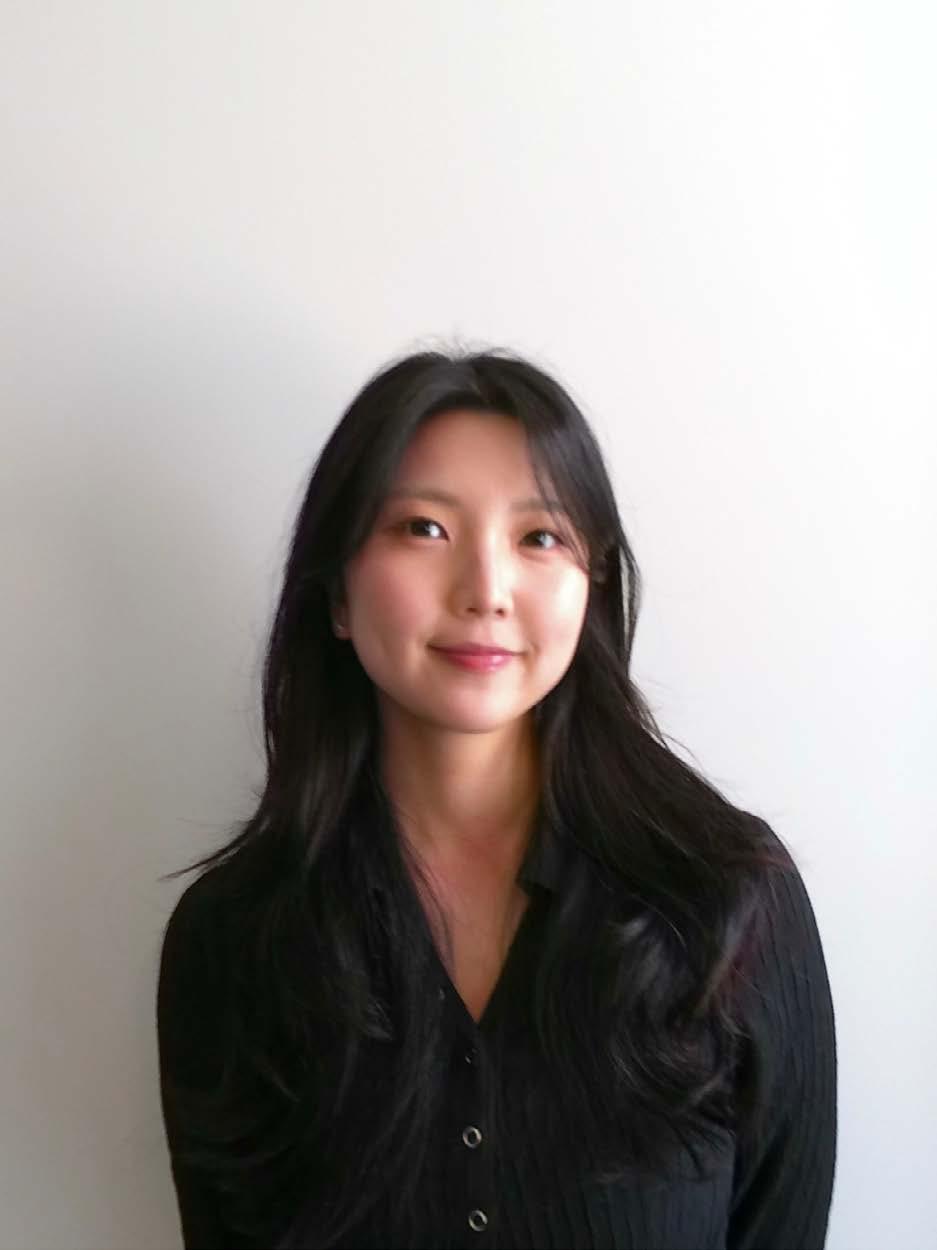
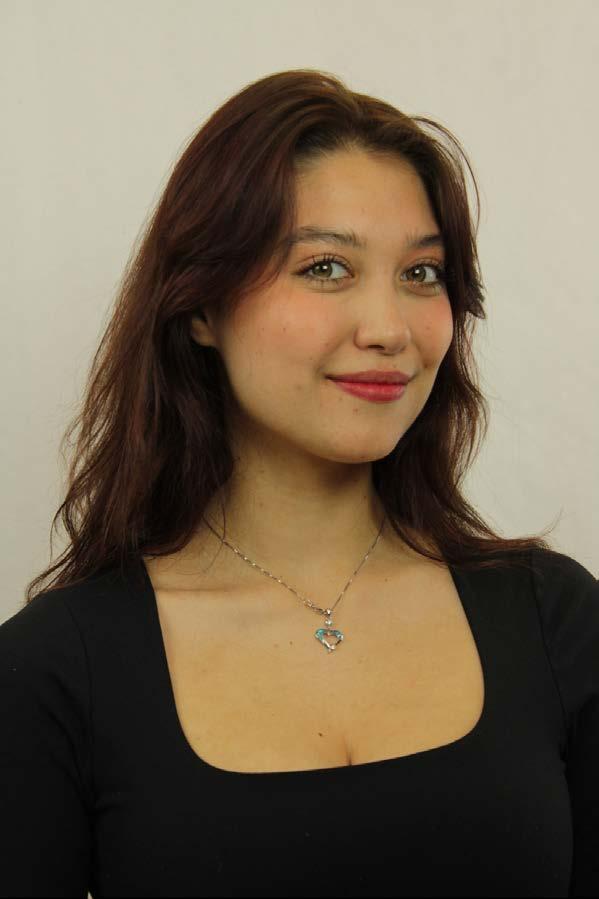

FIT STUDENTS
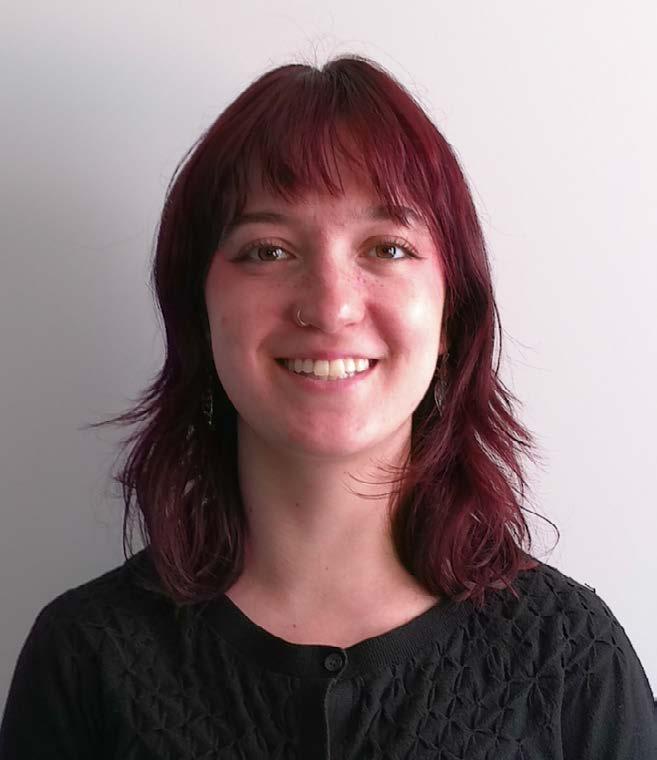
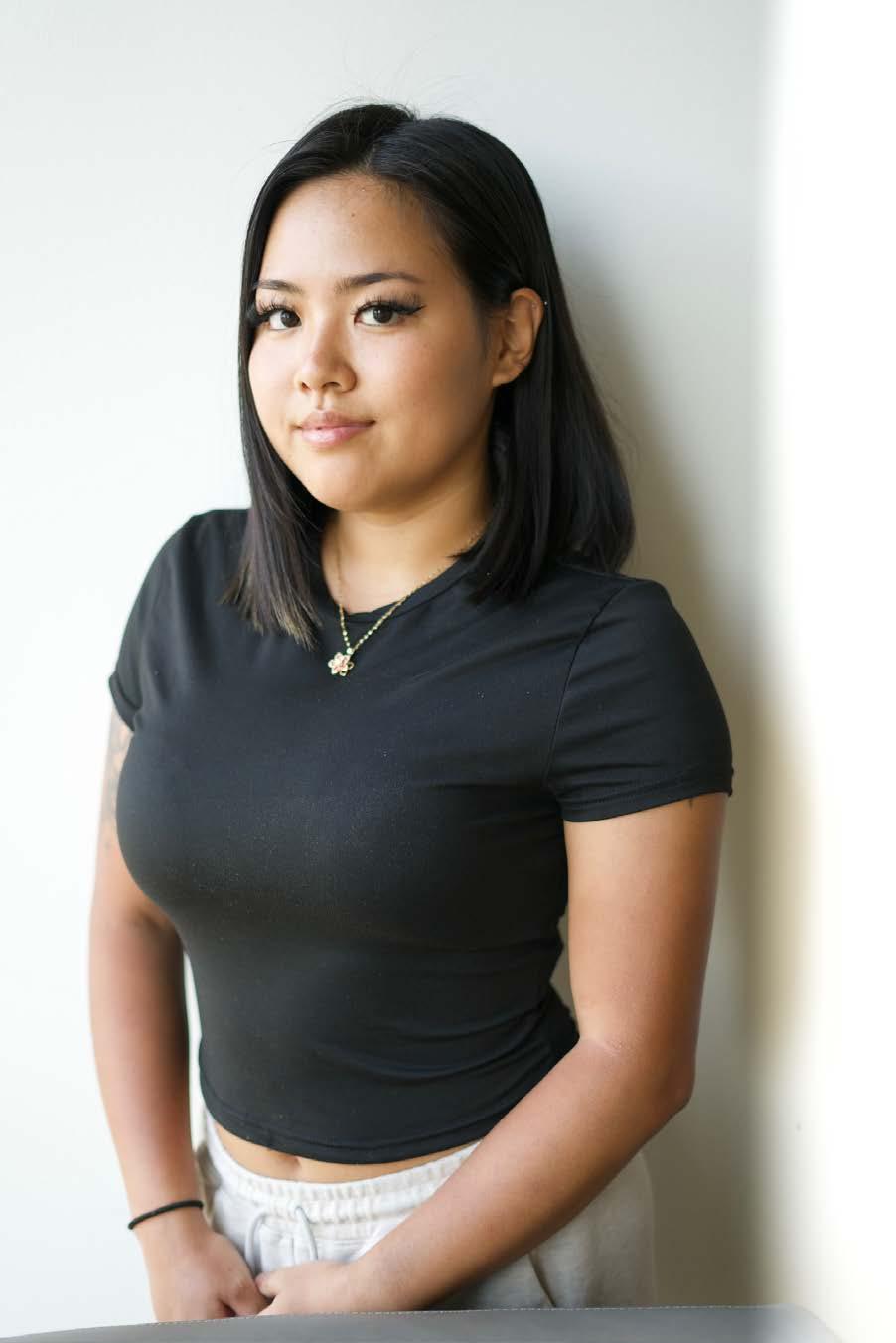
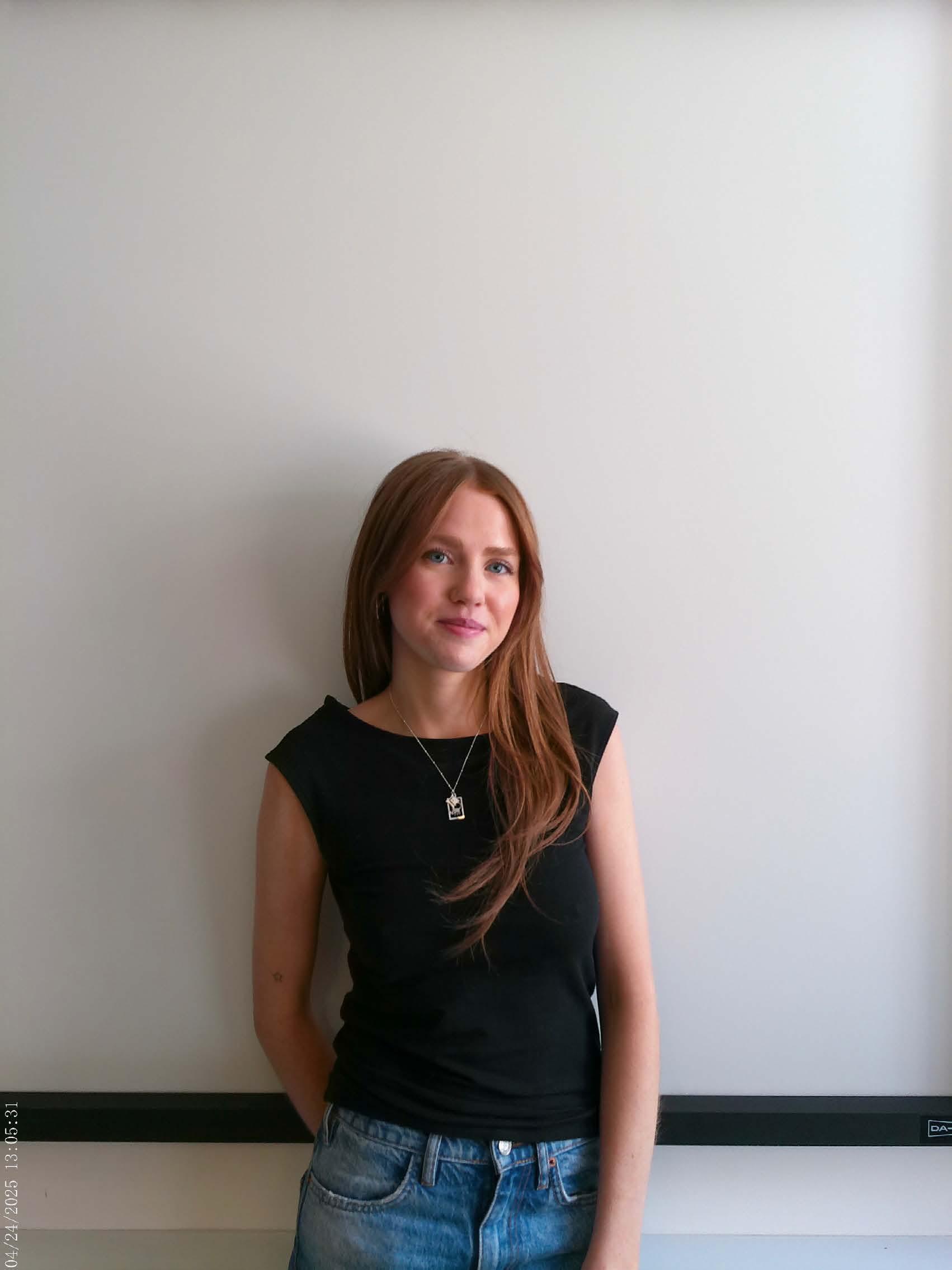
DAF STUDENTS

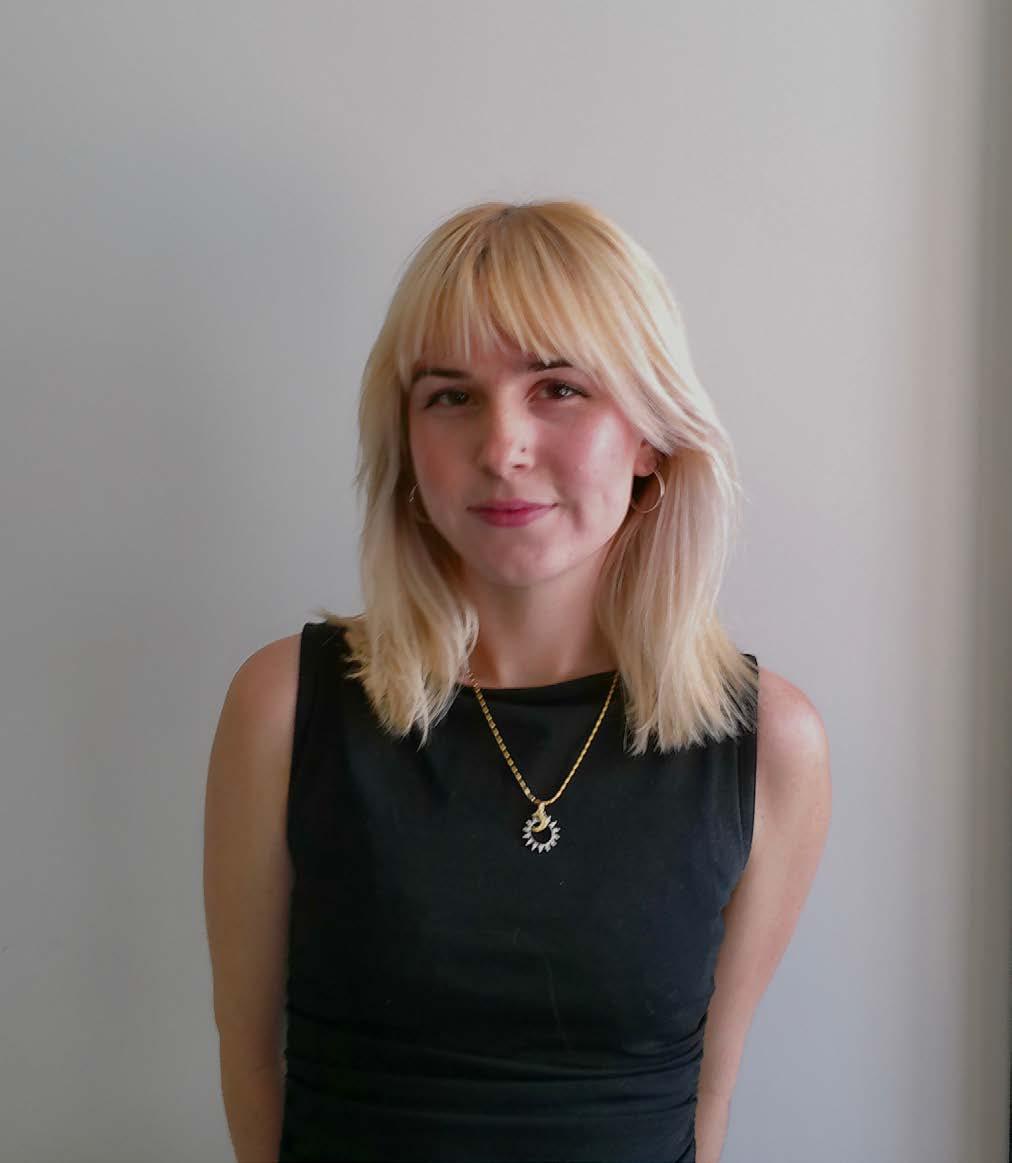

Bridget Carson Isabella Sloterdijk
Halim YANG
Hyeonsu Ji
Sasha Arefyev
Genevieve Jones
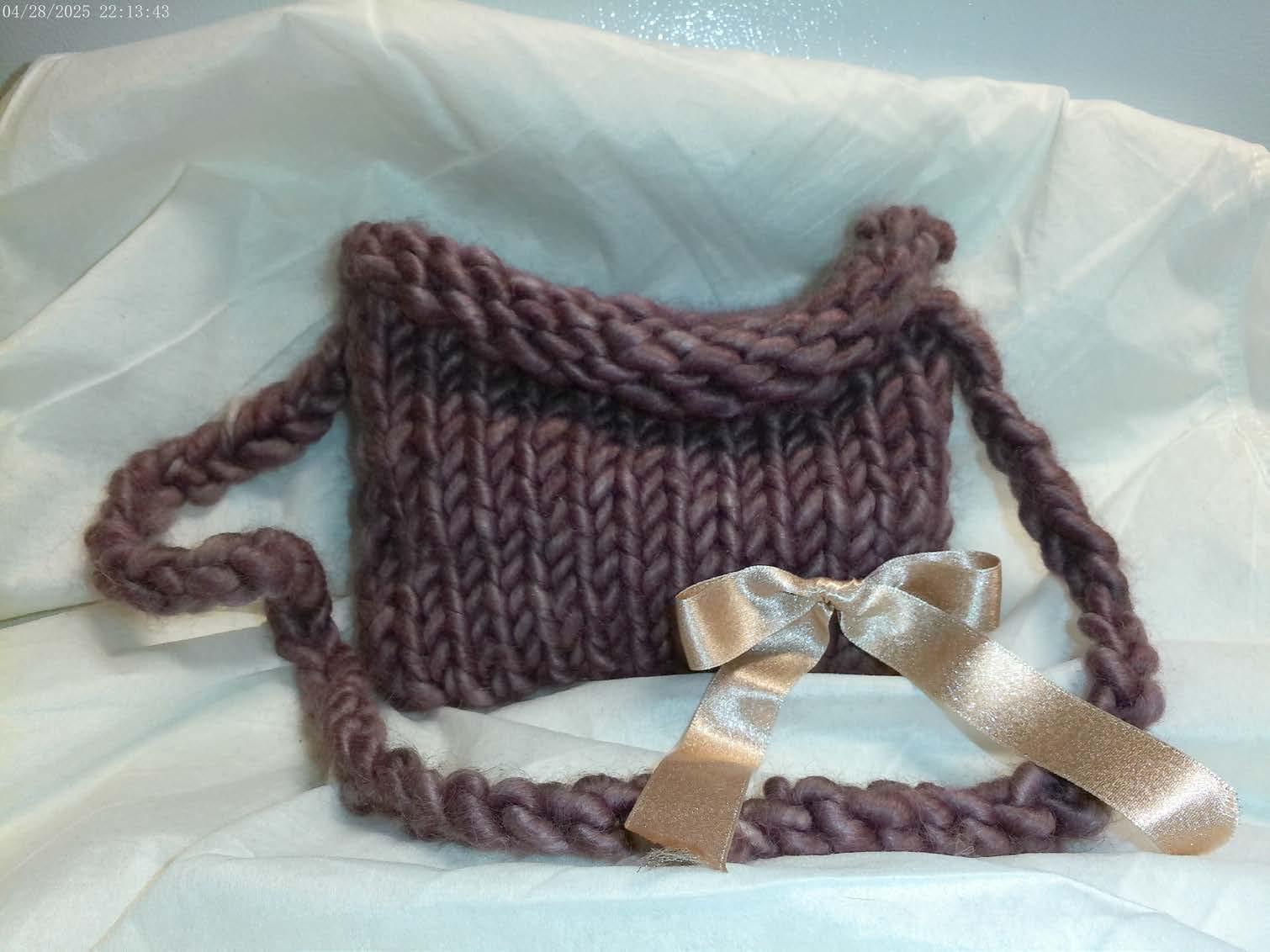

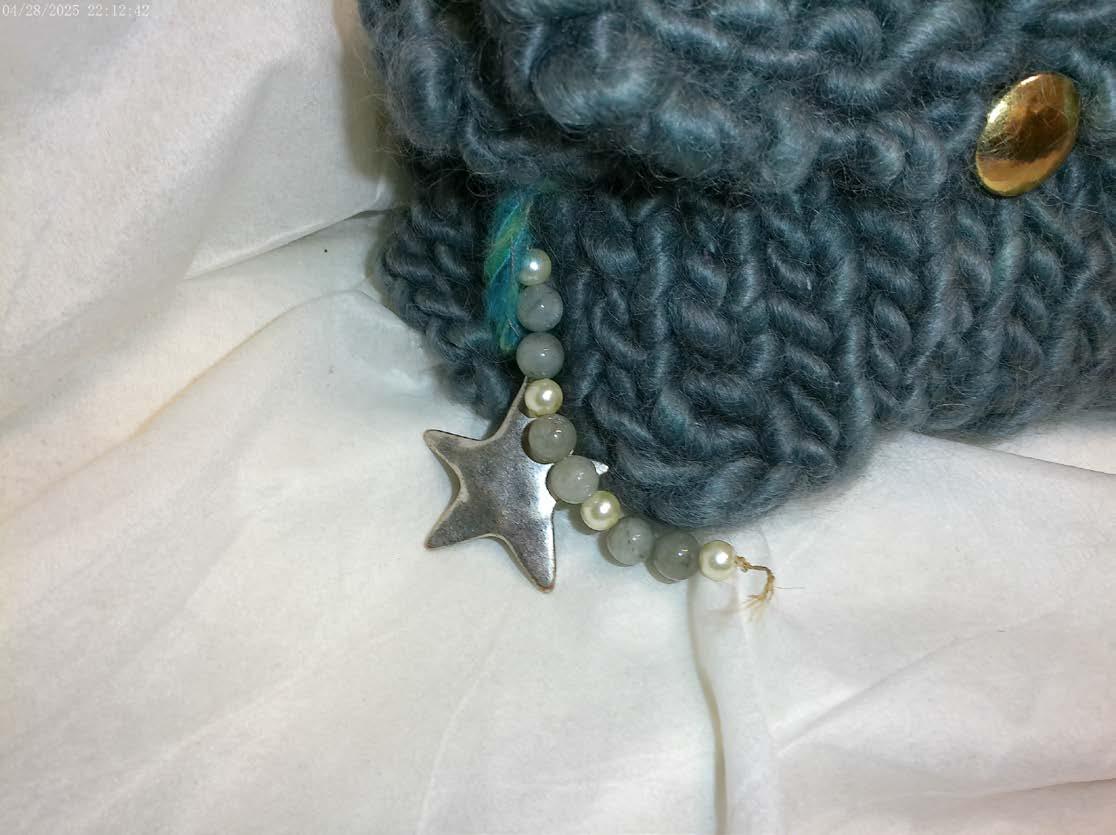
Genevieve Jones
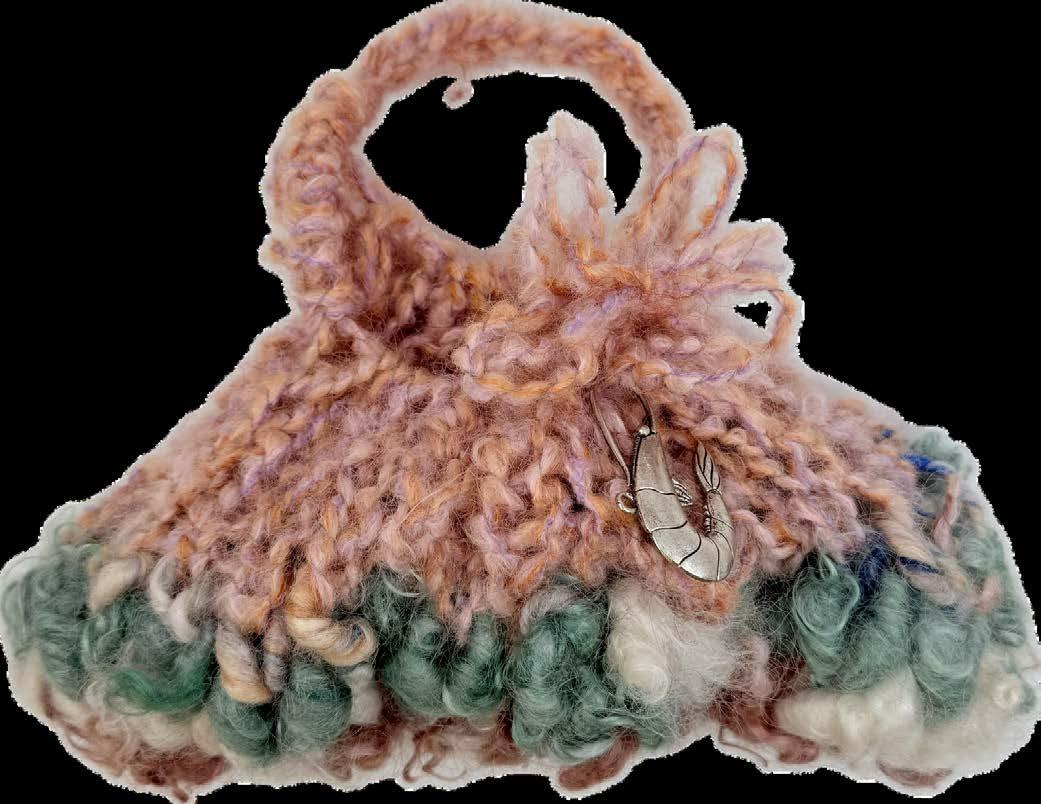
These multicolored bags are knitted with mohair and Jacob wool. the difference in yarn thickness adds textural dimensions to replicate the imperfections of nature the pink bag represents a clam shell, while the green bag grounds you with its nurtural blend of colors showing my
karoo and its land
These purses are uniquely hand-knitted without needles, embracing a slower, more intentional method of making Each piece is crafted from 100% Angora Goat Mohair, responsibly sourced from local South African farms, honoring the softness and spirit of the animals The gentle texture invites a deeper connection to the Earth and its creatures. Naturally dyed, the colors mirror the richness of the land itself.

Sasha Arefyev

This small tapestry is a meditation on the relationship between human presence and the natural world. Drawing inspiration from DAF x FIT tapestry, it channels the energy and reverence of nature through warm-toned yarns.
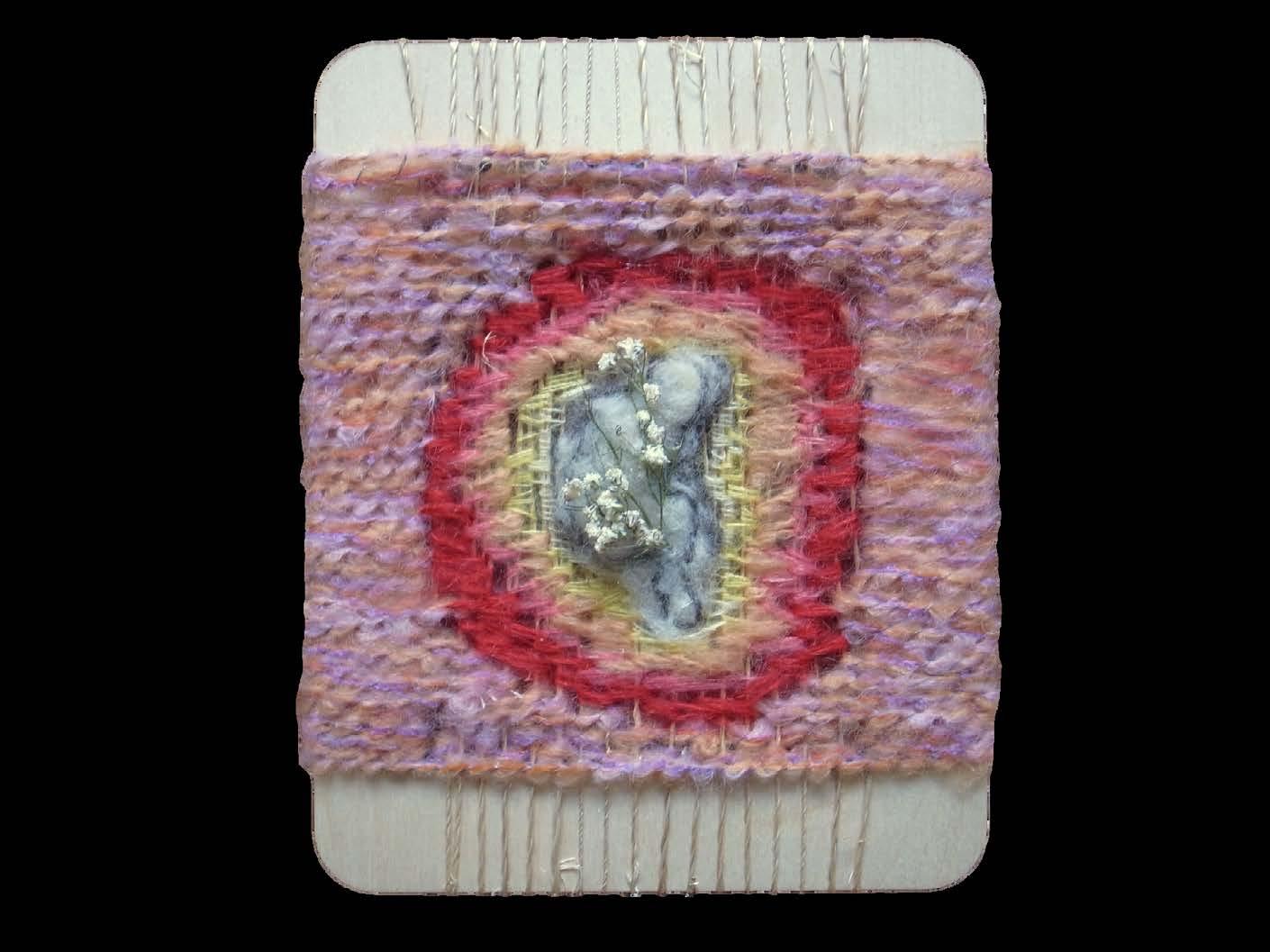
Halim YANG

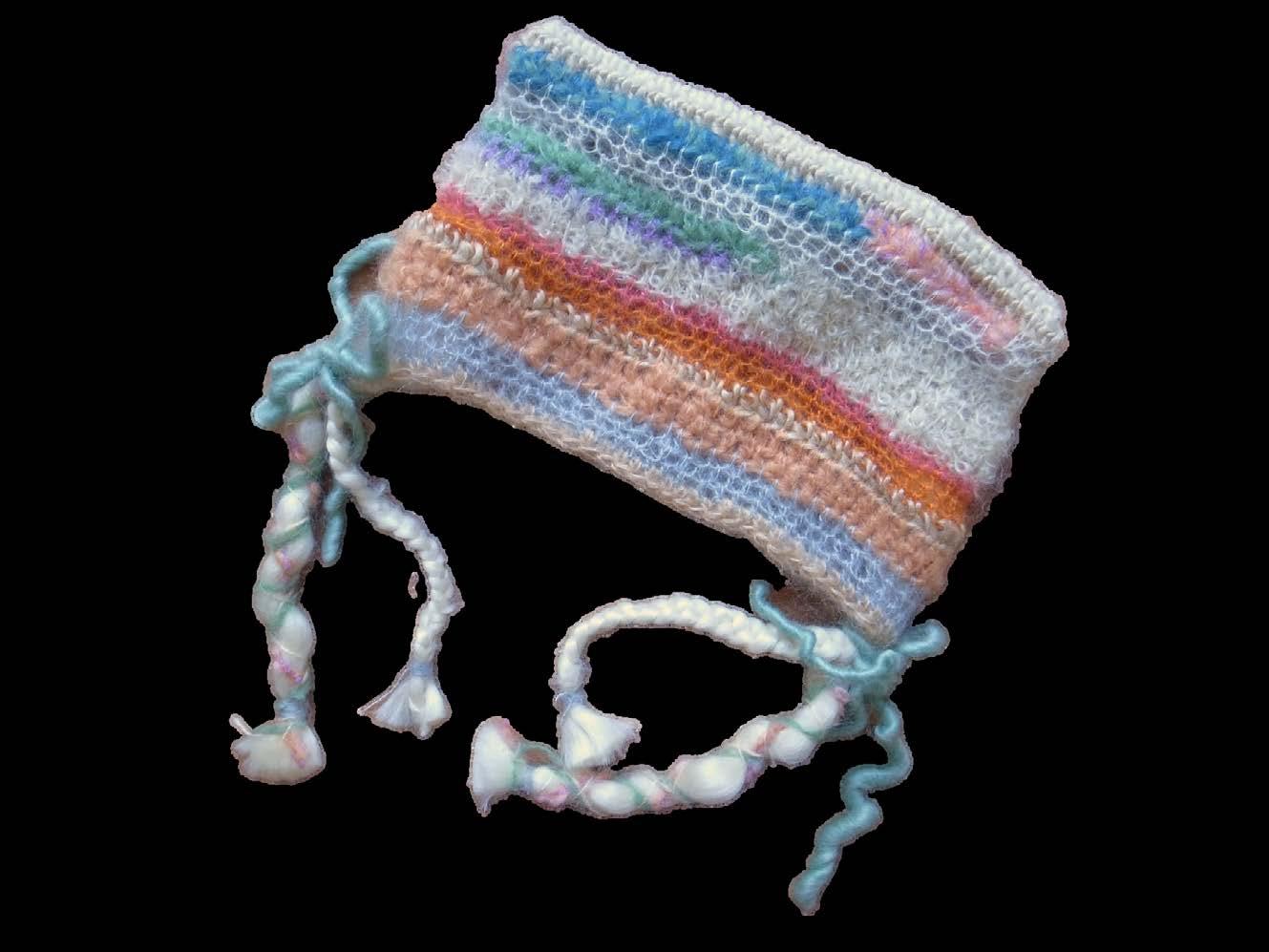
This playful crochet hat is crafted using brightly colored Mohair yarns, radiating warmth and joy through every stitch. The vibrant palette evokes a sense of comfort and playfulness,
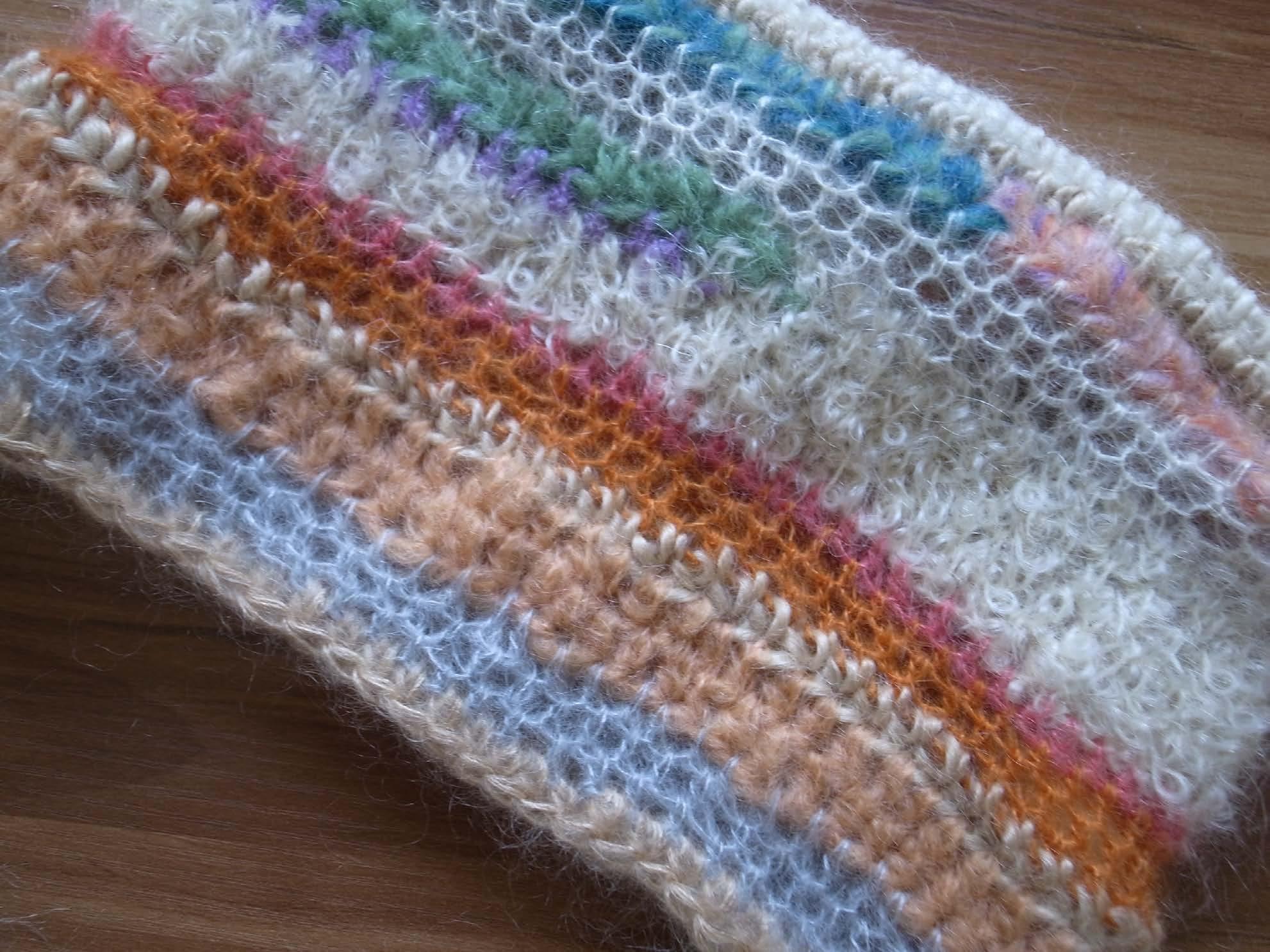
Bridget Carson
The Ocean Echoes Bloom scarf represents how karoo was once the ocean and holds treasured fossils. The land now grows a variety of plant life that Angora goats feed from. This story was told through knitting, felting, crocheting, and sewing

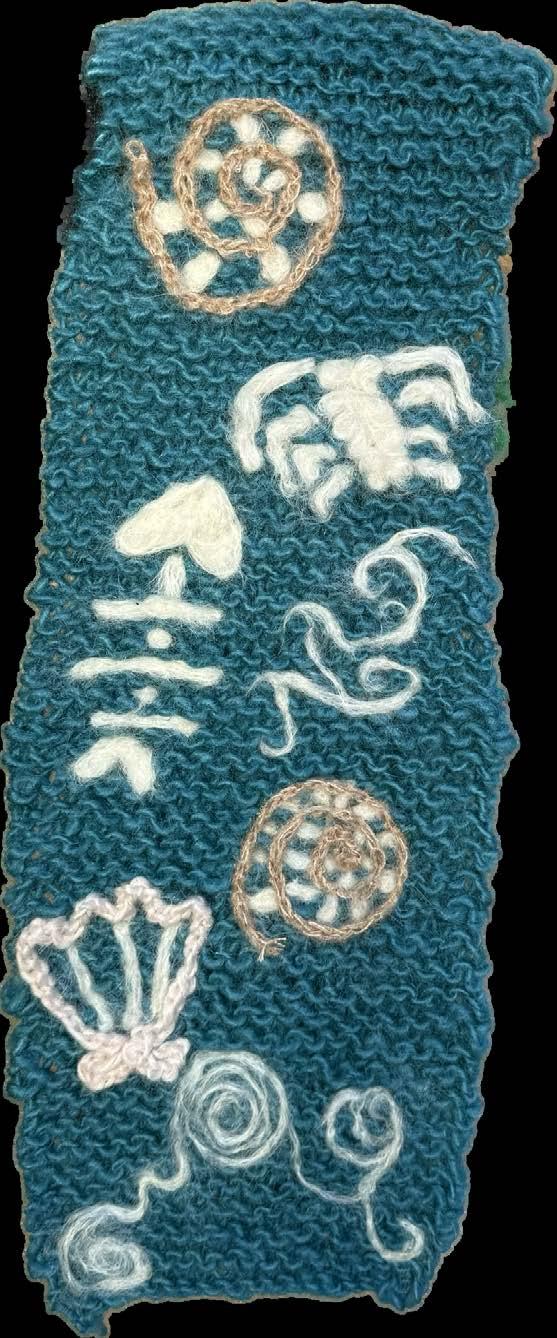
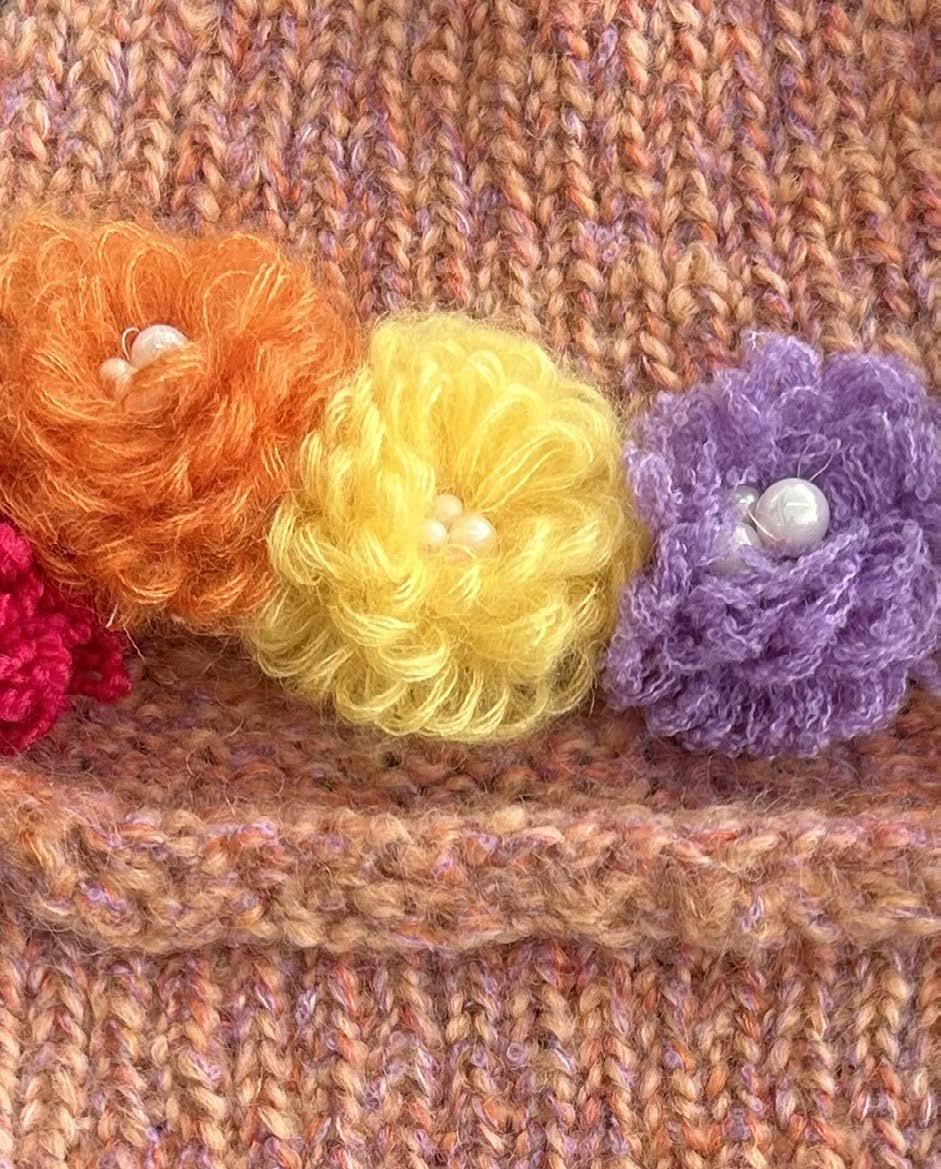
Inspired by South Africa’s wildflowers, this Balaclava is adorned with colorful yarn flowers and pearl accents. Each bloom represents the vibrant energy of nature, while the pearls evoke morning dew.
Hyeonsu Ji
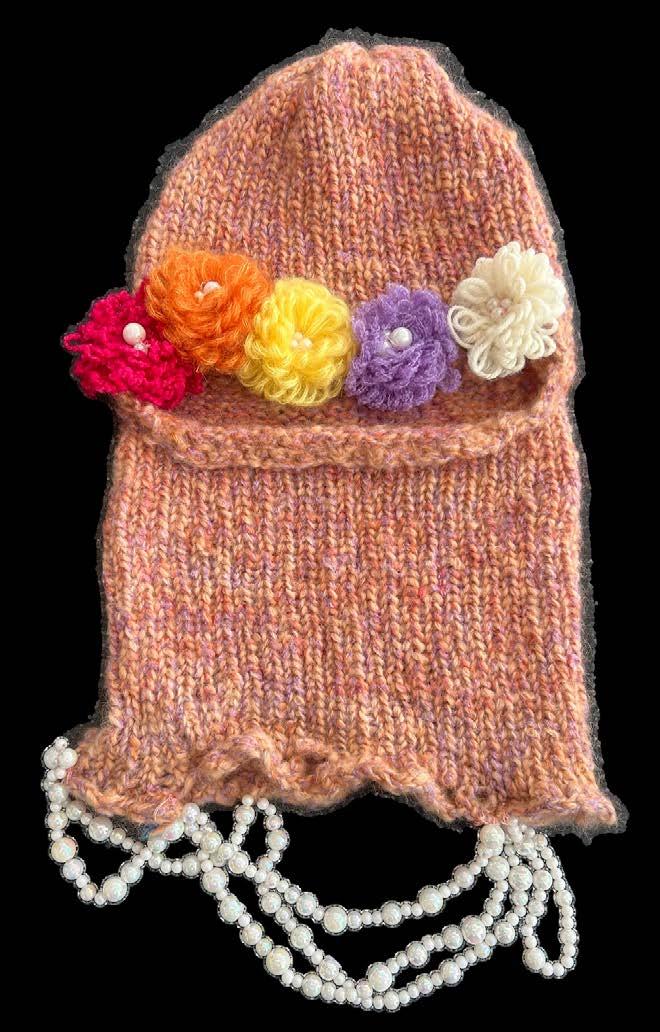

This scarf features a seamless gradient of vibrant colors inspired by sunsets. Finished with playful tassels at each end, it brings a burst of warmth and movement. Lightweight yet cozy, this scarf celebrates creativity, individuality, and the beauty of nature
Each felted flower patch is a one-of-a-kind, handcrafted adornment designed to elevate everyday items like jackets, tote bags, or hats. Rooted in our farm-to-fabric philosophy, this piece honors the regenerative nature of mohair farming, where rainfall, renewal, and respectful stewardship of the land give life to every fiber each flower is a small tribute to the cycles of the Earth and the beauty they inspire.
Isabella Sloterdijk

Our hand-knit cord necklaces invite the wearer to carry nature’s finest fibers close to the heart. Each necklace is crafted with care and soft to the touch
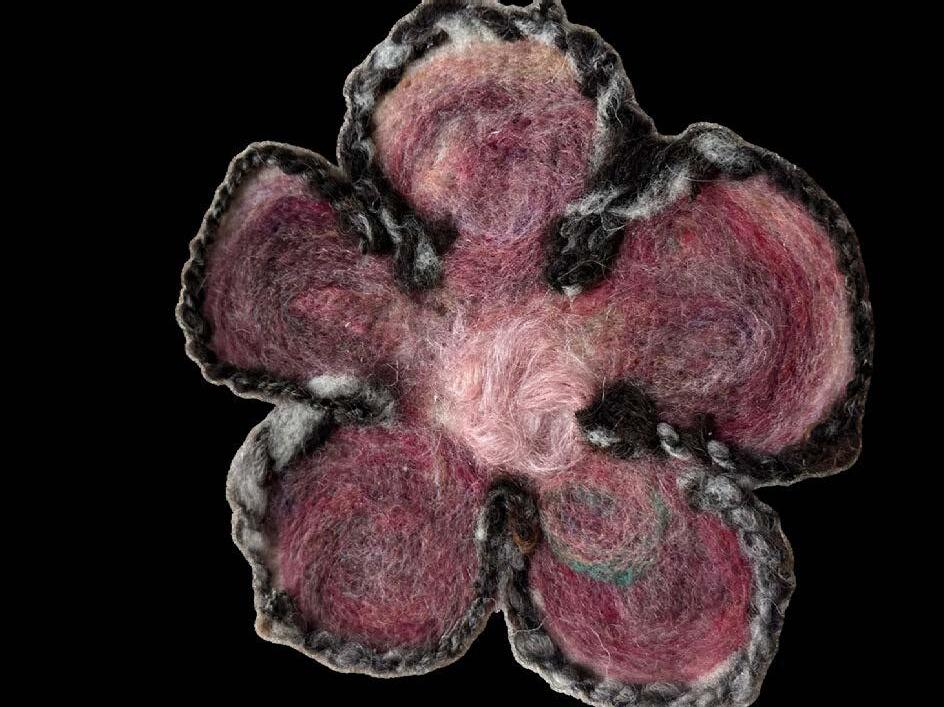
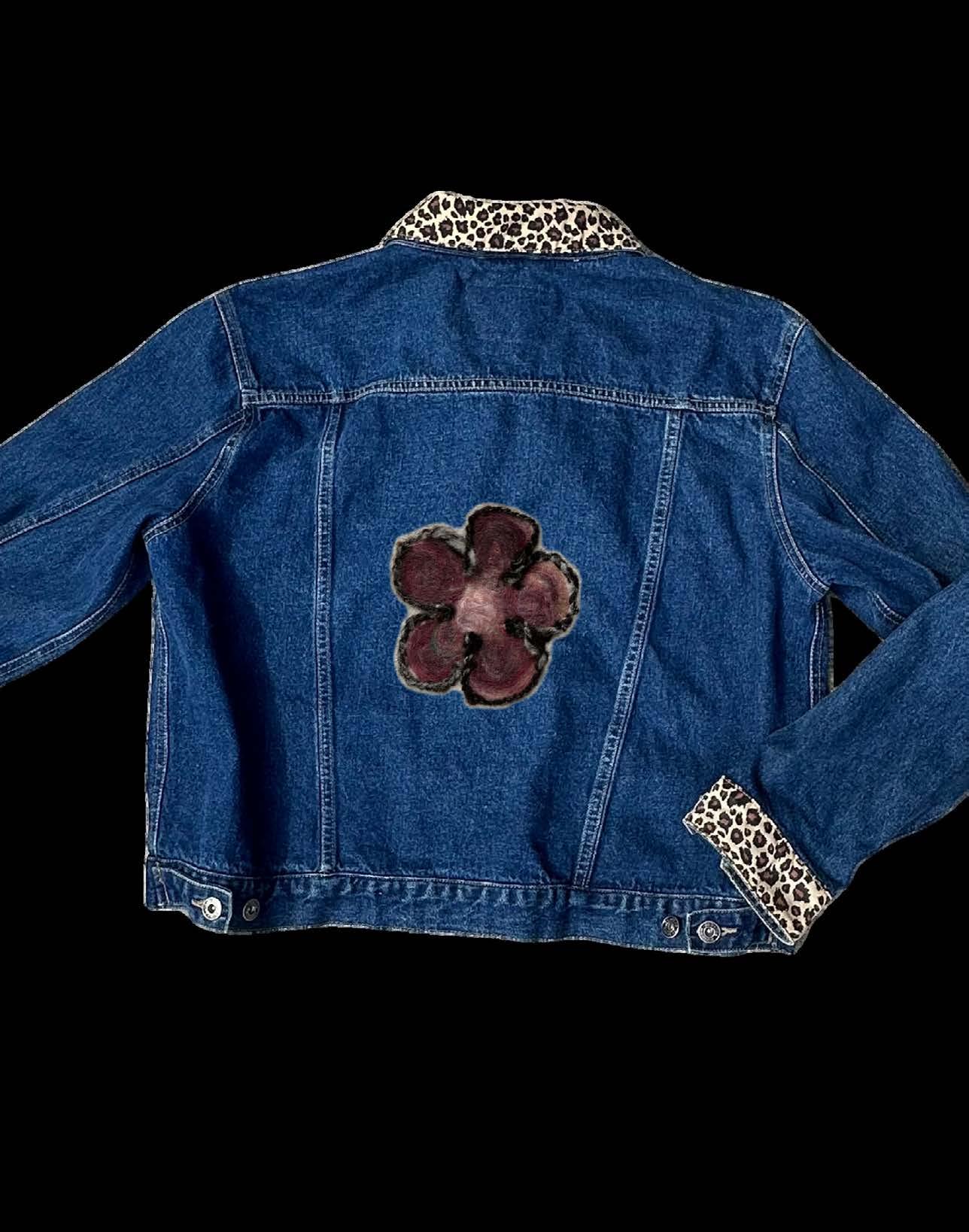
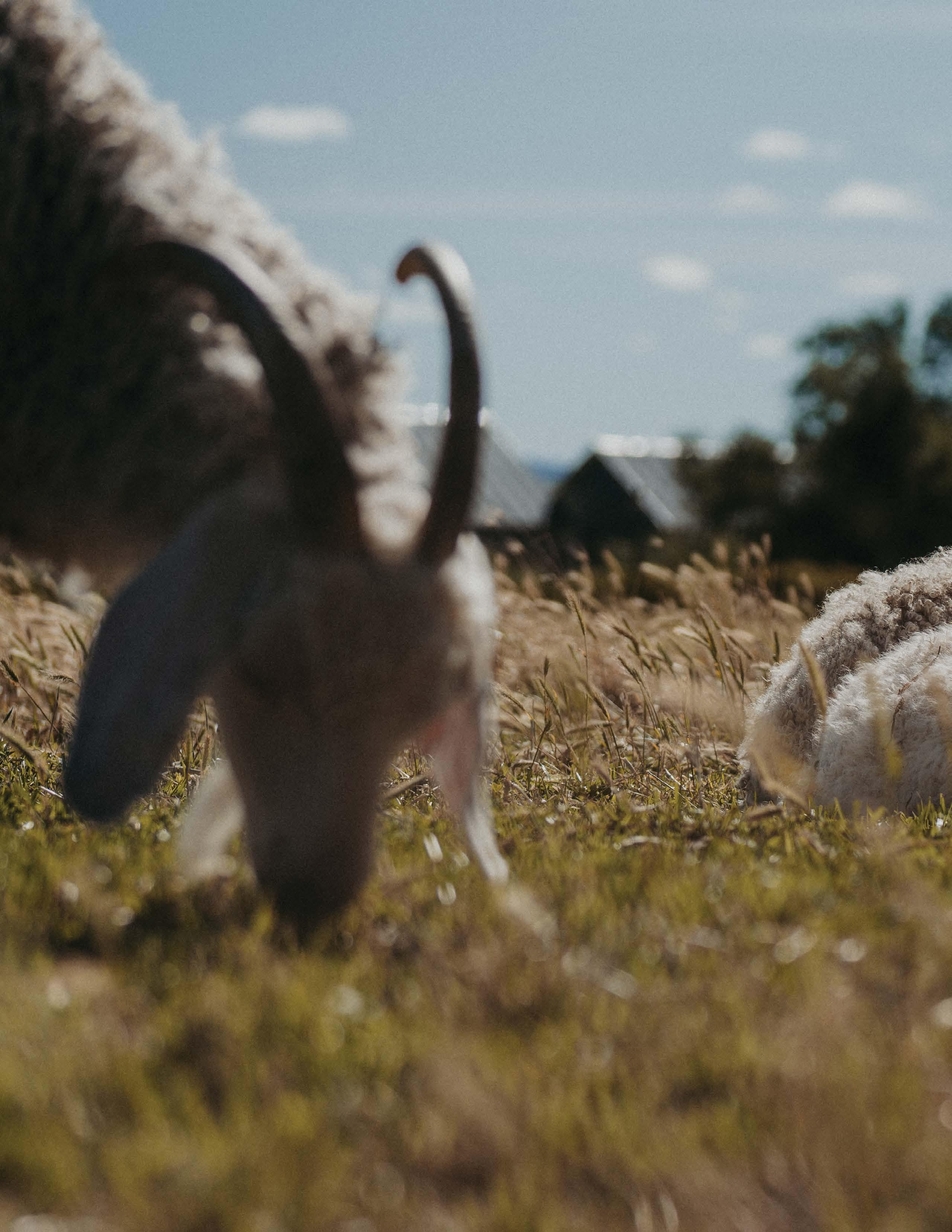


New York Museum of Textiles
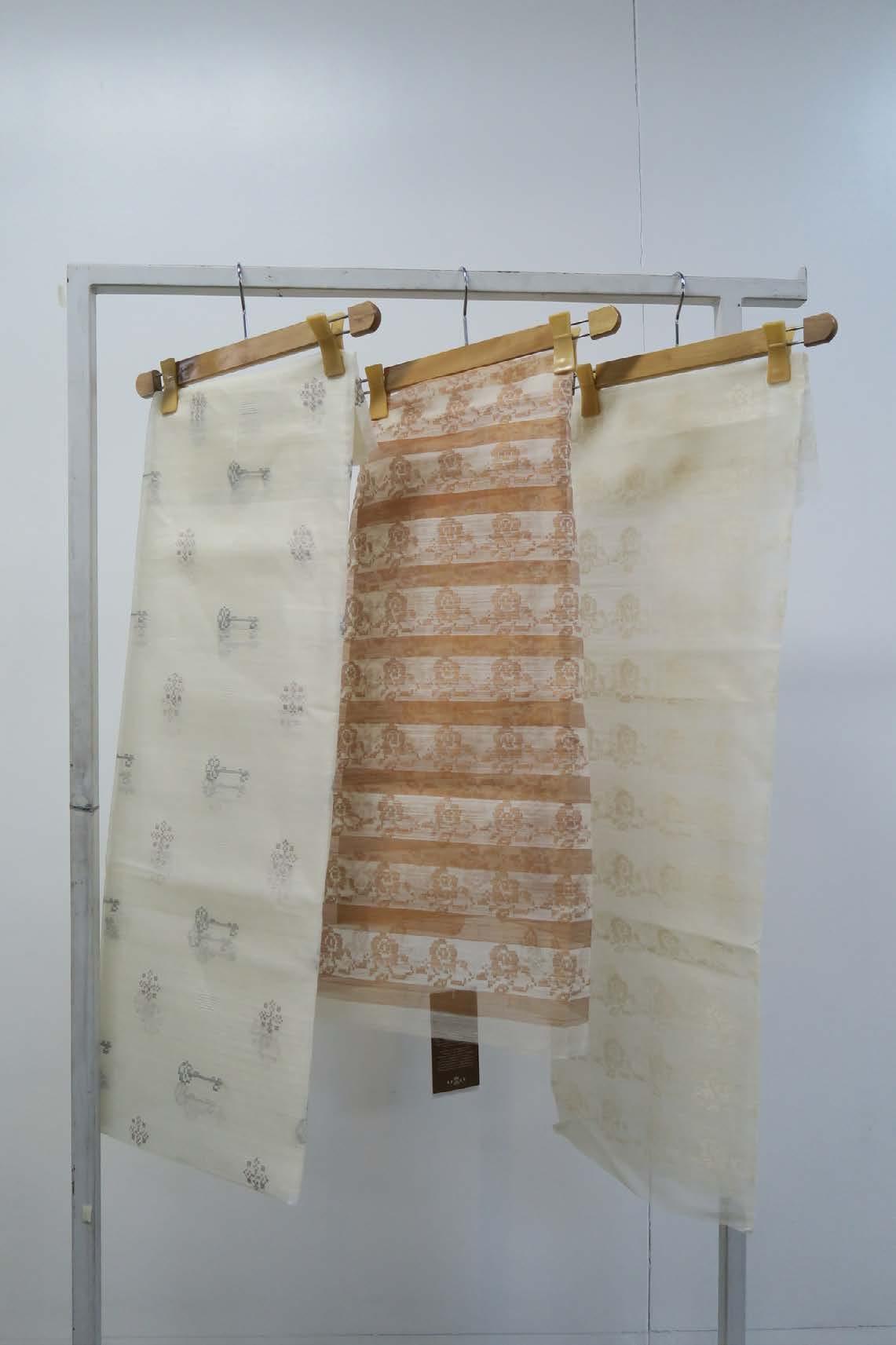
The New York Textile Museum is a speculative, studentfounded museum dedicated to re-centering the cultural, ecological, and historical significance of textiles. We exist to honor the hands behind the fibers, the fields behind the fabrics, and the traditions nearly erased by industrialization. Our exhibits challenge the conventions of museumsinvi ting touch, labor, and conversation into the experience. We believe textiles are living archives, and that the future of material culture must look to the past to move forward.
We envision a museum that erases the barriers between viewer and maker. Through tactile storytelling, collaborative curation, and the amplification of overlooked materials and communities, we aim to reimagine how textiles are seen, felt, and valued. Sustainability is woven into our mission: we honor the earth by uplifting regenerative fibers and slow practices. Our museum is not just a collection of obj ects; it is a space for dialogue, connection, and hope.


“Baro't Saya” Franz Flores, Beatrice Rodriguez, Maxene Sanchez Designed and Sewn Traditional Filipino Garment
Handwoven piña yardage from RPCP

F o r g o t t e n F i b e r s E x h i b i t i o n
“Sirena”

“Perpetual Light”
Madisyn Angelle Gudino
Piña Mohair
Wire Chandelier Sculpture
“ The Crocheted Veil”
Madisyn Angelle Gudino

Hand Crocheted Mohair Veil
Franz Flores, Beatrice Rodriguez, Maxene Sanchez Handwoven & Embroidered with Dyed Piña Pamaypay Fan
Forgotten Fibers is our inaugural exhibit: a tribute to fibers that have been overshadowed by the rise of industrial and synthetic production. These materials - Piña, Abacá, South African Mohair, and Jacob’s Wool - carry histories of land, labor, and lineage. Through collaboration with artisans, students, and makers across continents, we showcase the profound beauty and resilience of these fibers. Eac h piece in the exhibit speaks not only to craftsmanship but to survival - of culture, of knowledge, of the natural world. Forgotten Fibers invites visitors to reconsider the fabrics of their everyday lives, and to imagine new futures rooted in respect, regeneration, and repair.
Forgotten Fibers




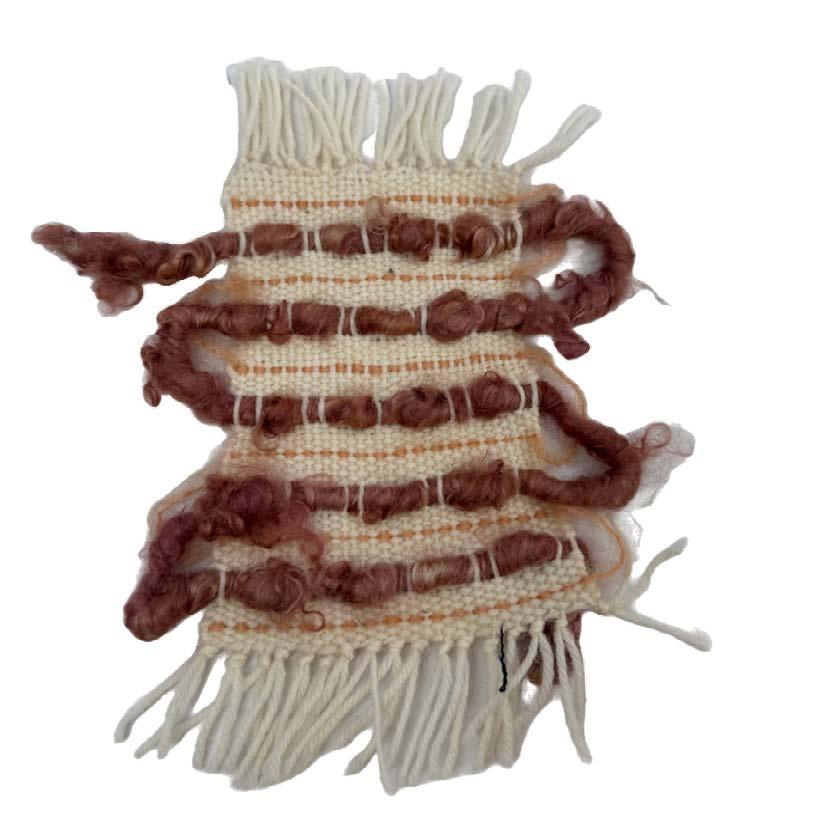

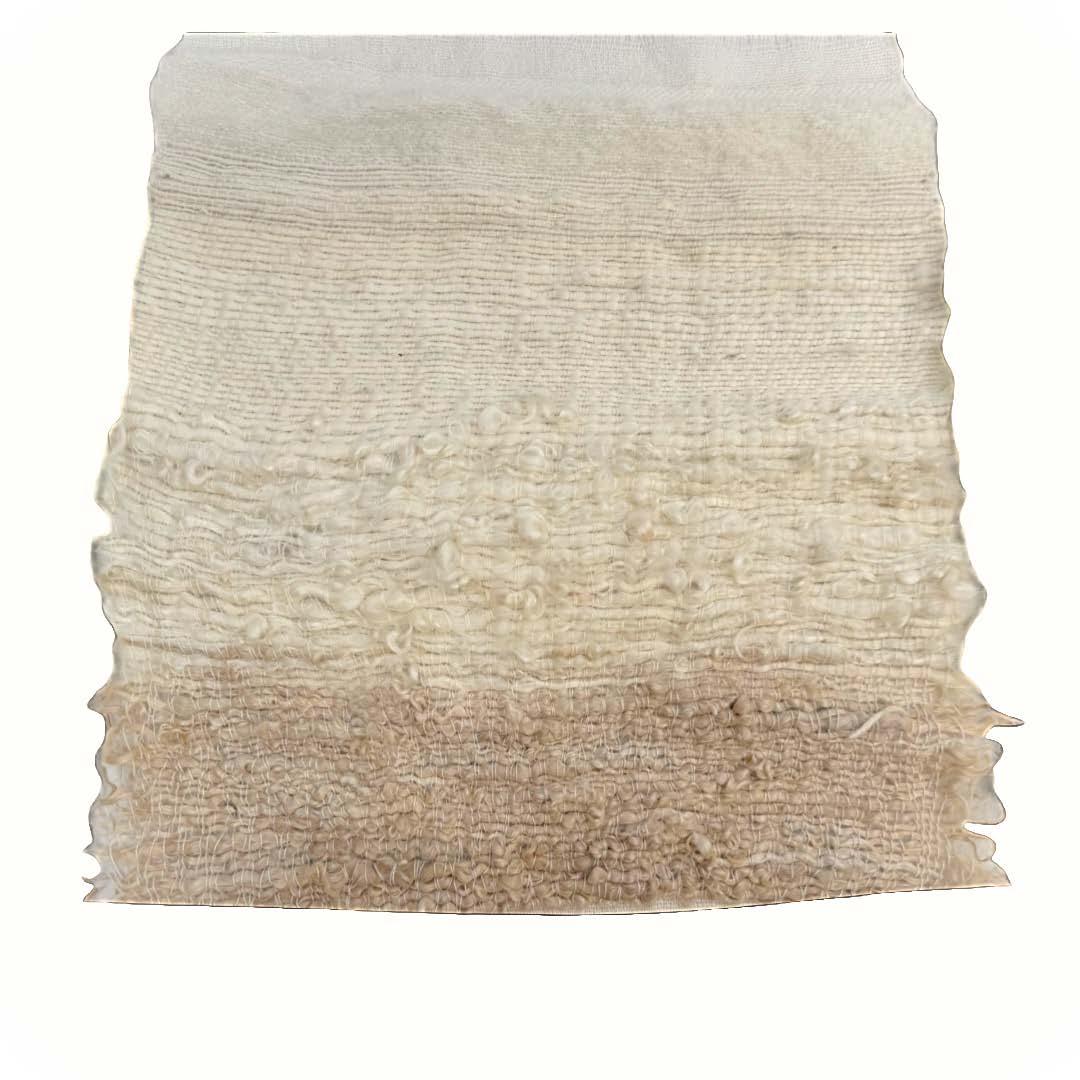
“Palawan Rainforest” Emily Ydoate Handwoven Tapestry with Mohair, Wool, & Abacá
“Cleo’s Stone” Madisyn Angelle Gudino Handwoven Mohair and Abacá Swatch
“Pilipit” Muruvvet Tsungulu Hand Twisted Yarn Coaster
“Sampaguita” Hazel Togman
Embroidered Mohair on Piña
Current I&II” Hazel Togman
Mohair and Wool Collection
“Dyesebel Shore” Madisyn Angelle Gudino Handwoven Mohair Tapestry
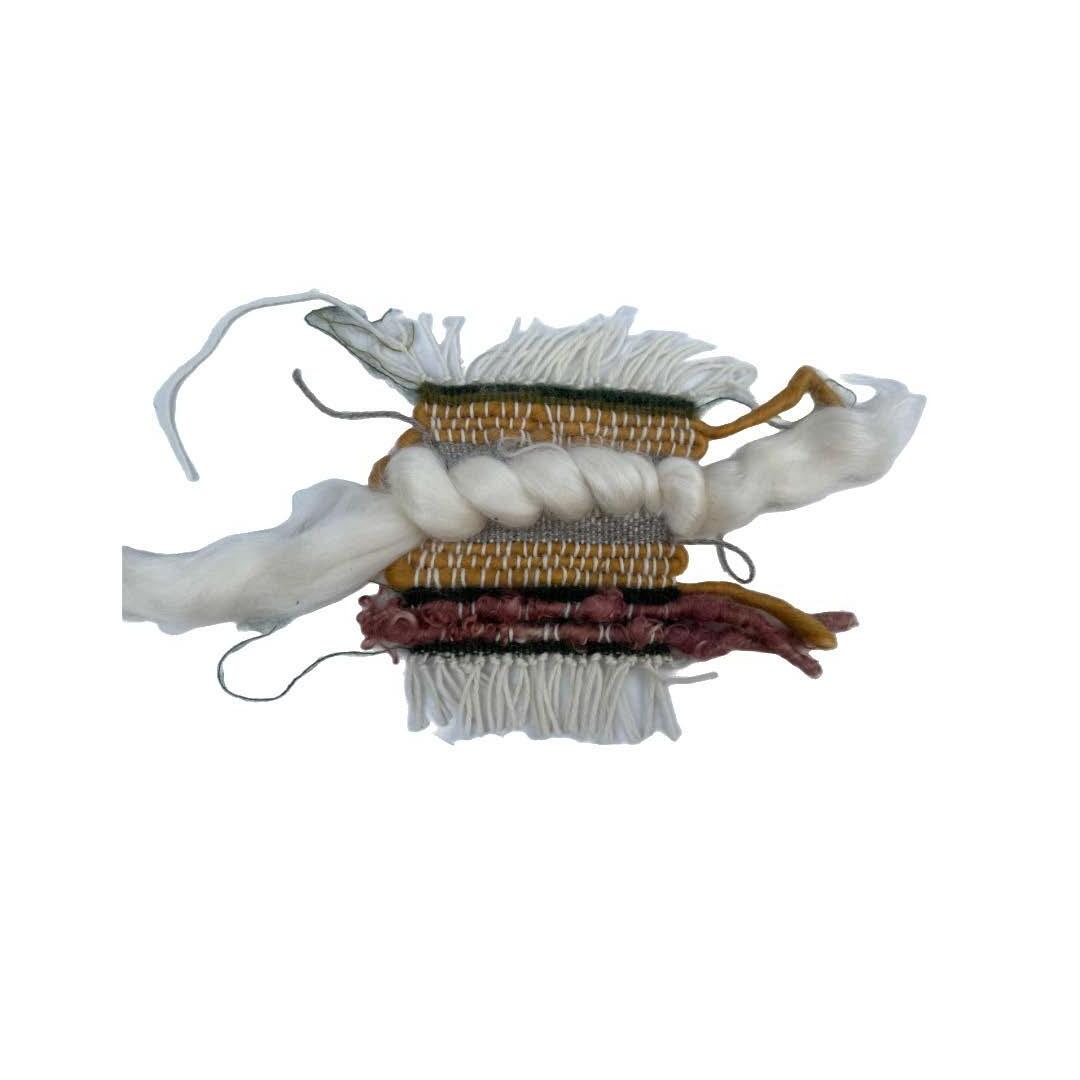





8 “Mohair: Raw and Spun” Hazel Togman
Handwoven Mohair Swatch
9 “Multi-colored Jacob’s Wool” Hazel Togman
Handwoven Wool Swatch
10 “Marinduque Island” Emily Ydoate
Hand Felted Wall Piece with Wool, Mohair, & Abaca on Piña.
11 “Bayan”
Emily Ydoate, Hazel Togman, Madisyn Angelle Gudino
Handwoven Tapestry with Mohair, Wool, & Abacá
12 “Bula” Muruvvet Tosungulu
Handwoven Mohair Swatch
13 “Bulaklak” Muruvvet Tosungulu
Piña and Mohair Felted Placemat.
The Visual Foundation of Our Exhibit
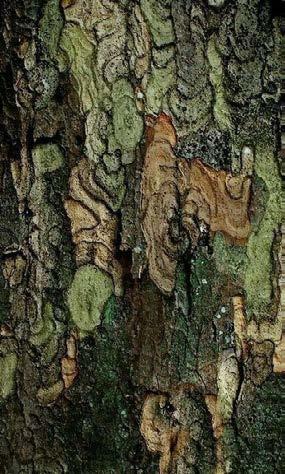
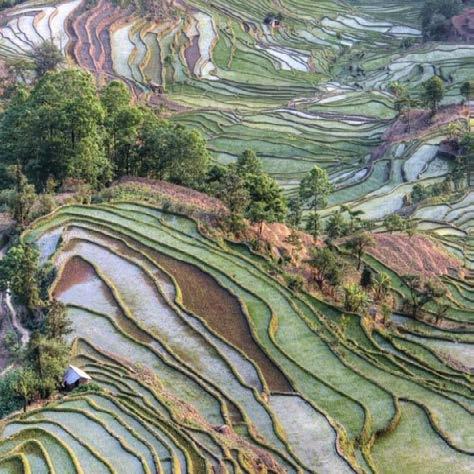
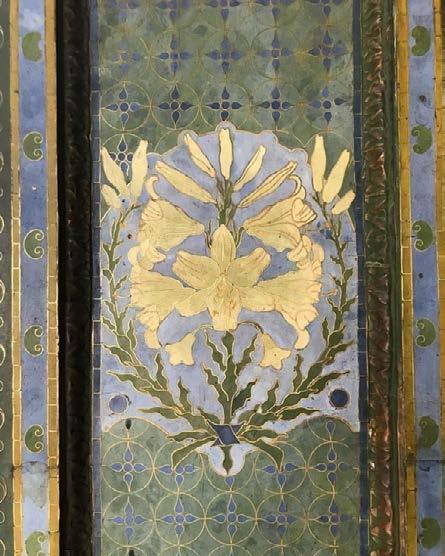


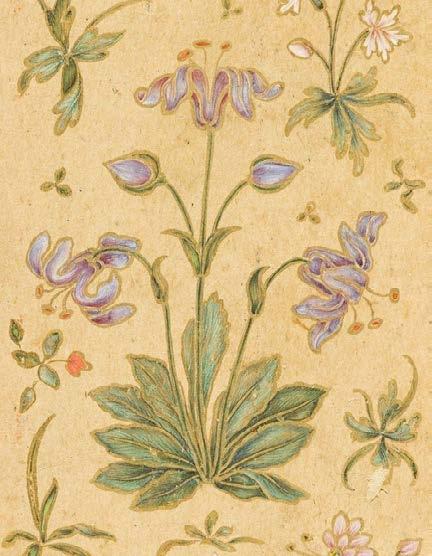
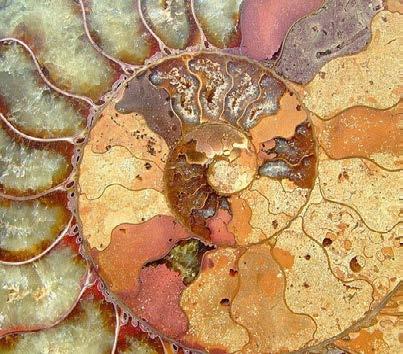
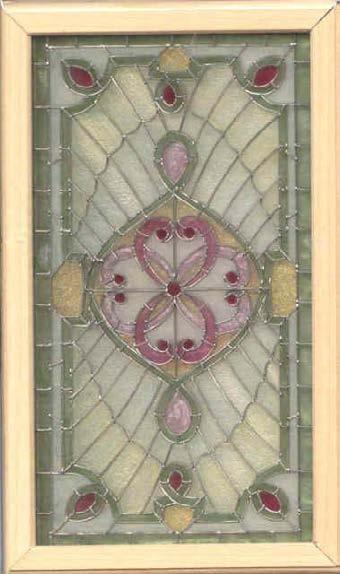

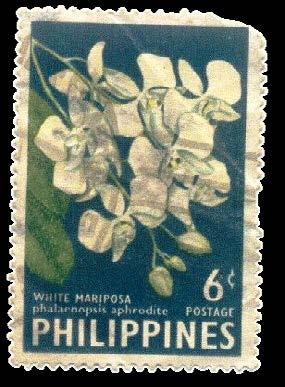


F9E1B6
D19C3E
F9E1B6
F9E1B6
F9E1B6
F9E1B6
F9E1B6
F9E1B6
F9E1B6
F9E1B6
F9E1B6
F9E1B6
F9E1B6
Meet the Creators
FIT Team
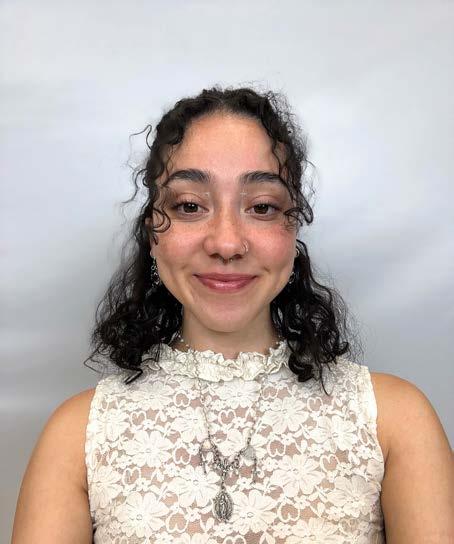
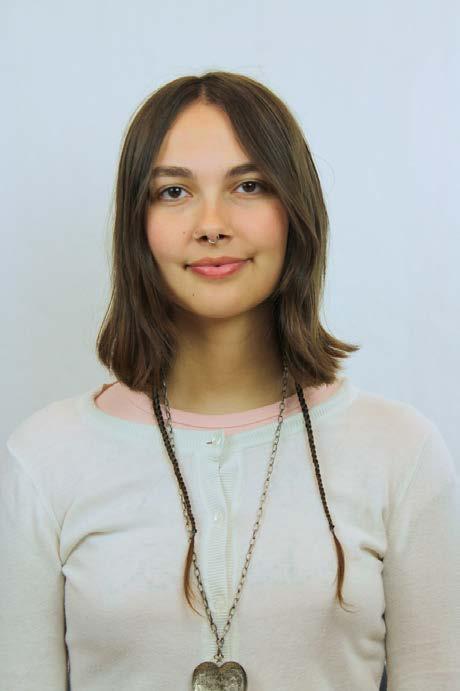


We are a group of FIT students united by a shared passion for textiles, sustainability, and the preservation of traditional techniques. When we recognized the absence of a textile museum in the heart of New York City, we set out to create a space that would honor the history and artistry of fibers. For our opening exhibit, Forgotten Fibers, we collaborated with fashion design students at De La Salle-College of Saint Benilde, merging tradition with contemporary design. Together, we celebrate the fibers that have long been overlooked, giving them new life through craftsmanship, creativity, and cross-cultural collaboration.
St Benilde Team

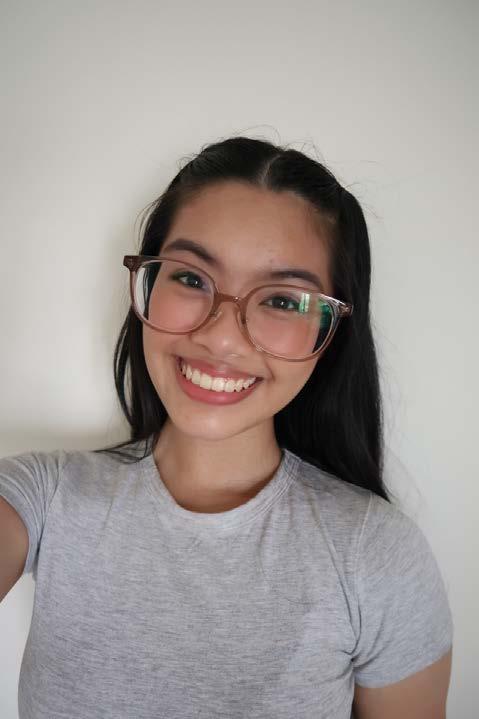



Hazel Togman
Emily Ydoate
Madisyn A. Gudino
Muruvvet Tosunoglu
Franz Flores Beatrice Rodriguez Maxene Sanchez


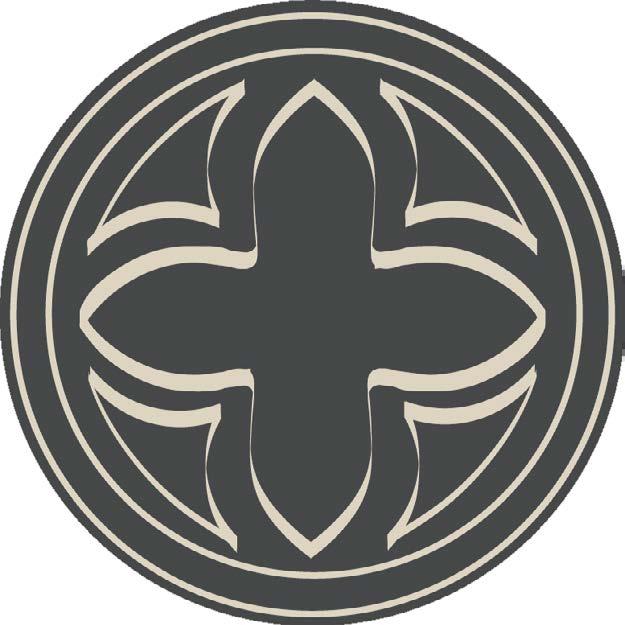
Danggal
Decorate Your Space with Honor
Derived From the Feminine Filipino Aswang ‘The Manananggal’, Danggal represents Honor & Dignity While focusing on Female empowerment





Our brand is a collaborative effort from a diverse group of textile and fashion design students from the Fashion Institute of Technology (FIT) in New York and De La Salle-College of Saint Benilde in the Philippines. United by a shared passion for sustainability and social impact, we focus on creating interior textiles for NGOs that empower women. Using Piña and Abaca fibers— both deeply rooted in Filipino tradition—we celebrate the craftsmanship of generations of women who have perfected these handwoven textiles. Our materials also include South African Mohair and Jacob’s Wool from a familyowned farm in upstate New York, further enriching our blend of heritage and innovation.
Sarai Diaz
Ananda Metelina
Alisha Singh
Lauren Dingman
Danielle Early
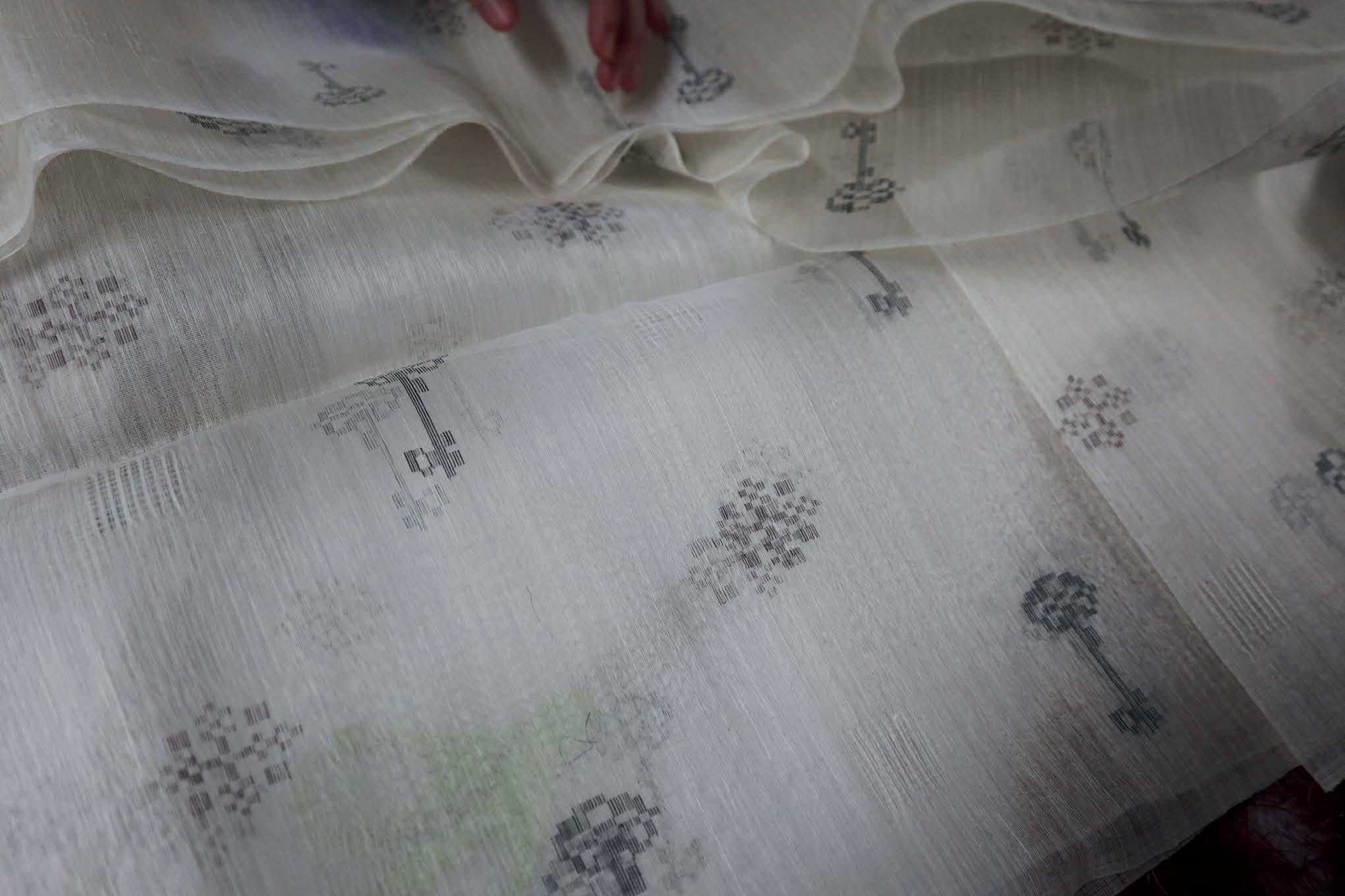
Coined as the queen of handwoven textiles, Piña rep resents elegance, power, skill, and delicacy. Deeply inspired by the rich history of Piña, abaca, and the Filipino women behind the intricate designs and patterns created using these fibers, we as a team aim to highlight t his heritage through our designs inspired by gothic feminist and Filipino li terature. Our mission is to highlight and empower the invisible workers, the wo men who are often overlooked in the textile industry and who are resp onsible for passing down this practice from generation to generation, w hilst also showcasing the history and versatility of these fib ers.

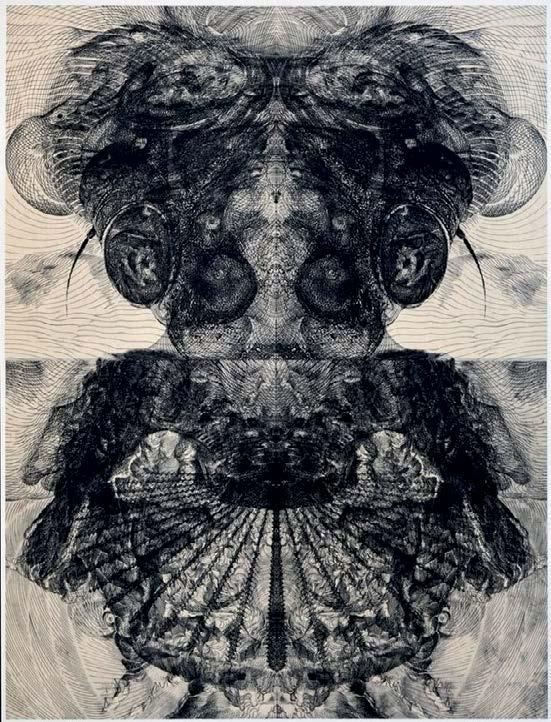


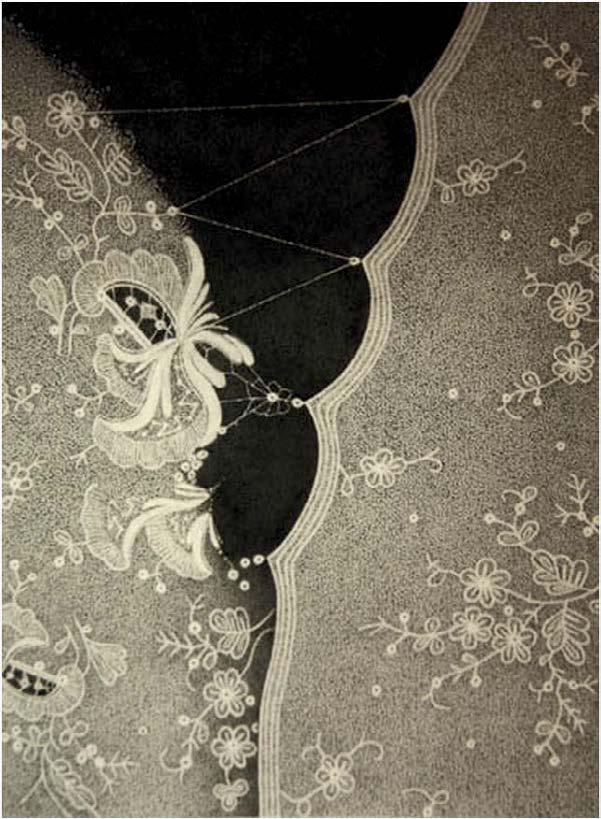
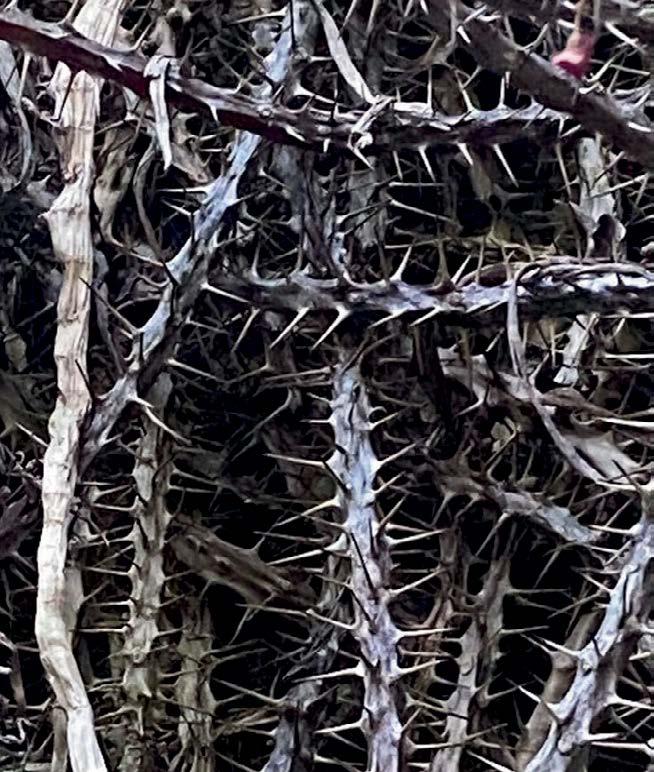
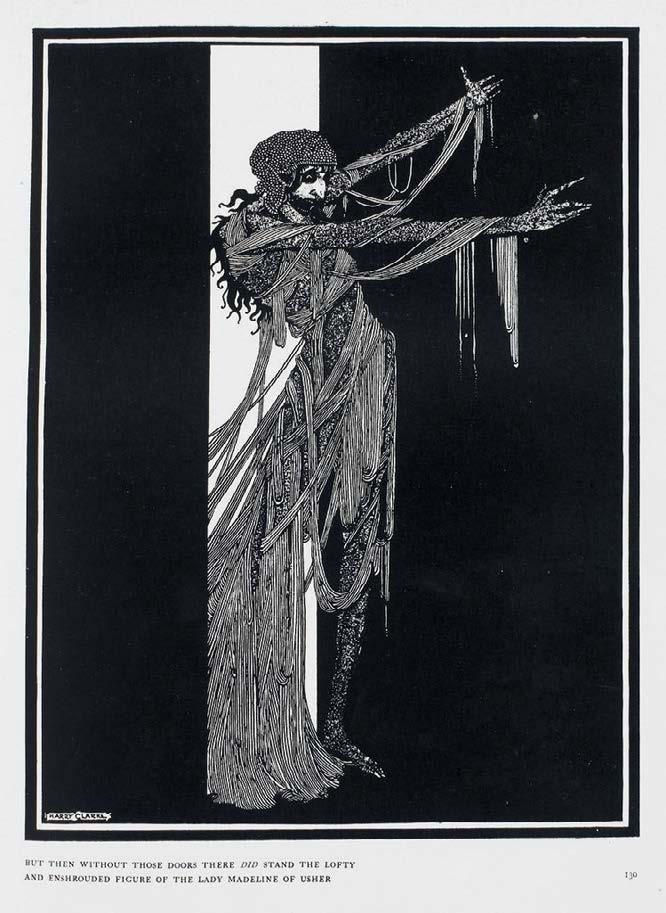
OUR CONCEPT

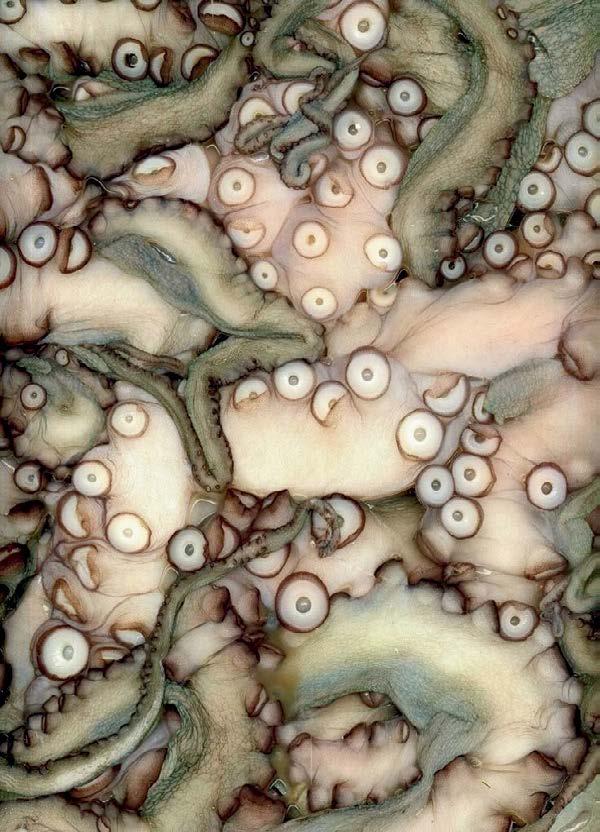
Our concept is to utilize Piña to create a collection that references feminist gothic literature where subtle themes of women’s struggles, anxieties, and yet resilience are powerfully woven into the rich tapestry of the genre. Keeping it as our main framework, we have closely investigated Filipino gothic literature and folklore. Visually, we take heavy inspiration from the intricate details, contrasting textures, and haunting imagery that can be found in these narratives.
We are fascinated by the literature both written by and of the women before us, highlighting themes of women’s strengths, struggles, vulnerability, and transgressions - reclaiming their stories through textile and form—an approach deeply relevant to the industry today.


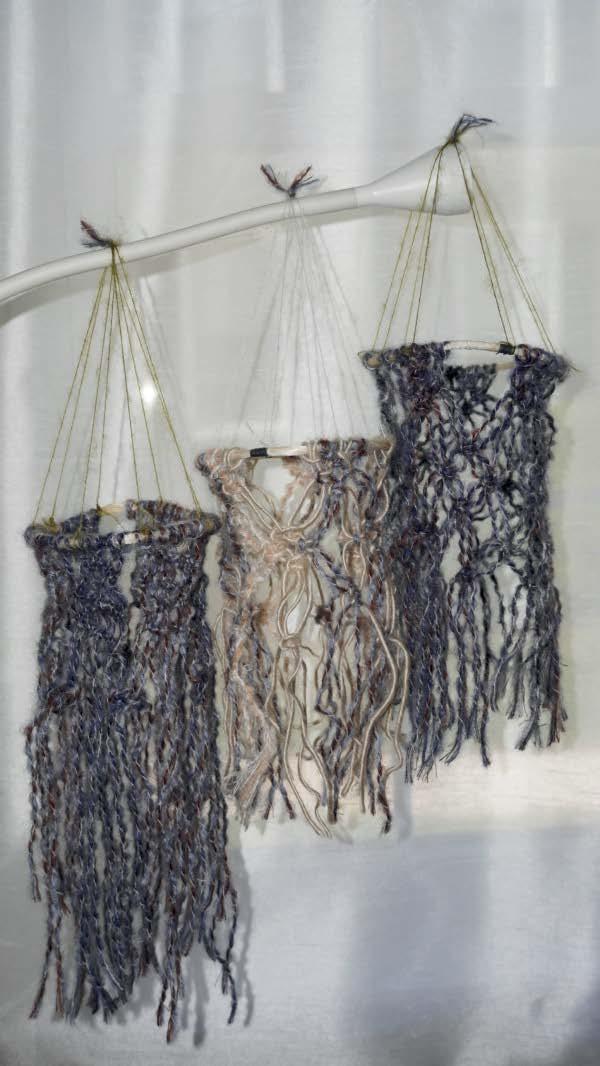
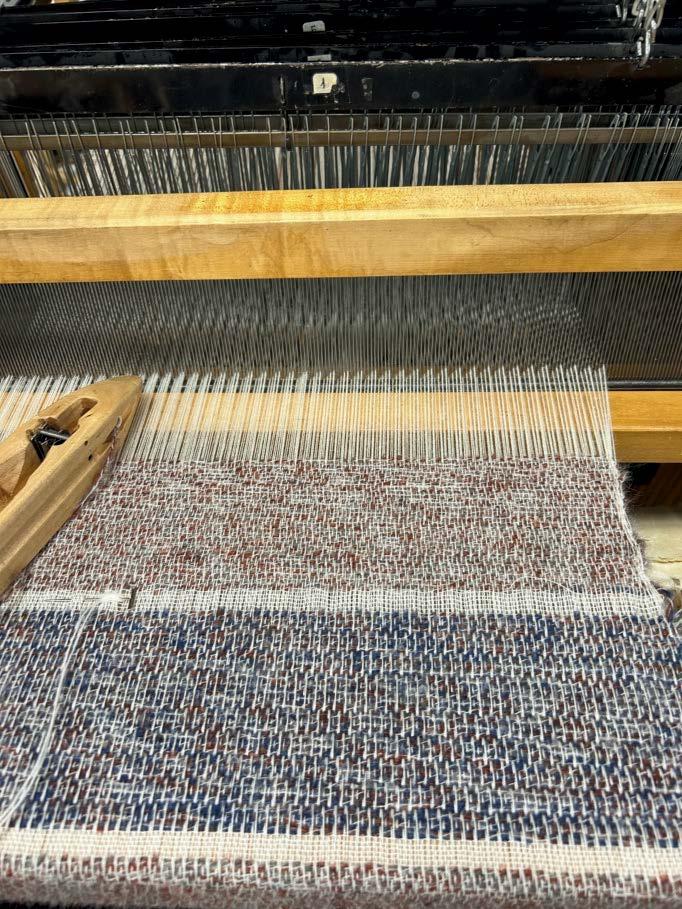
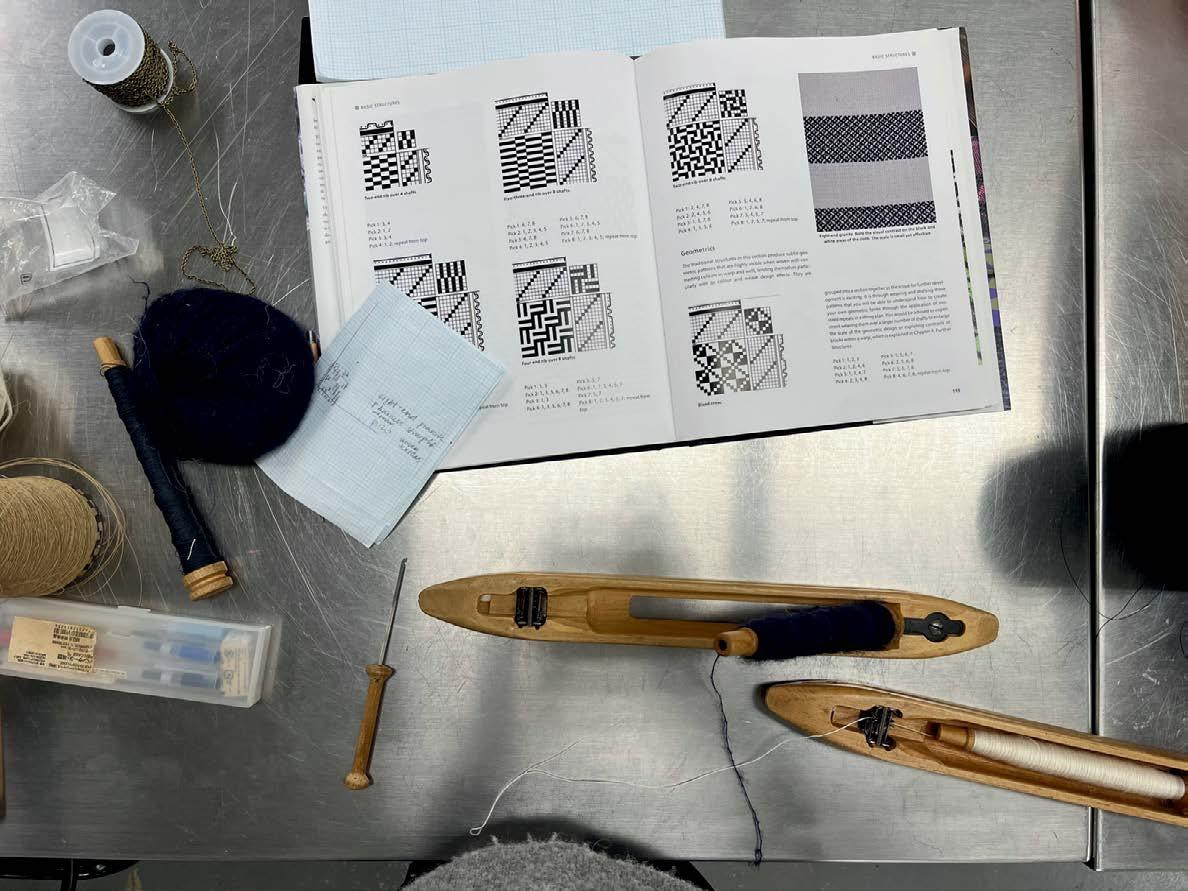
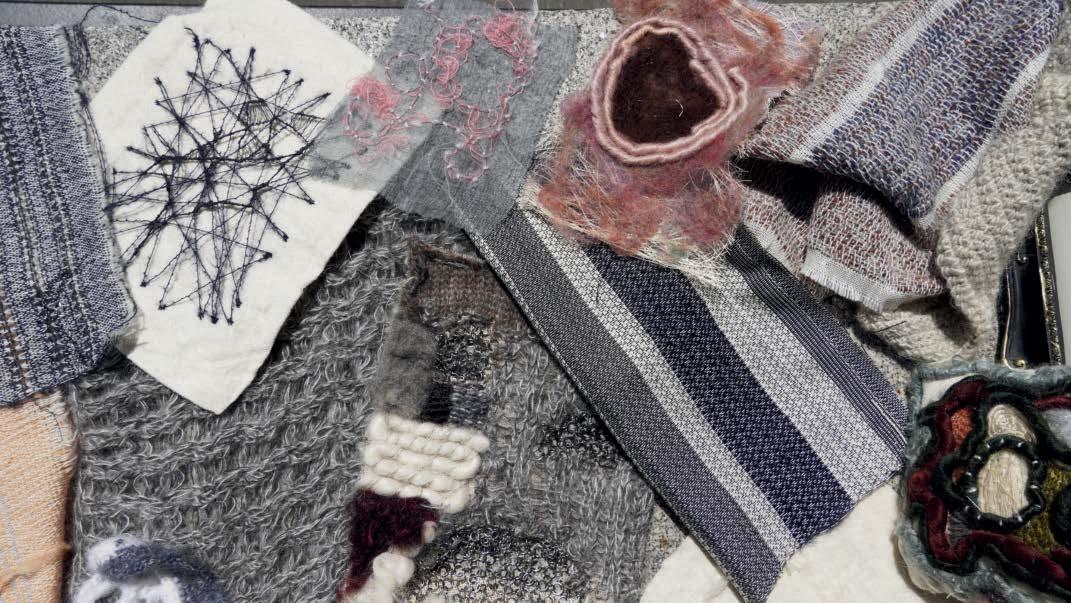
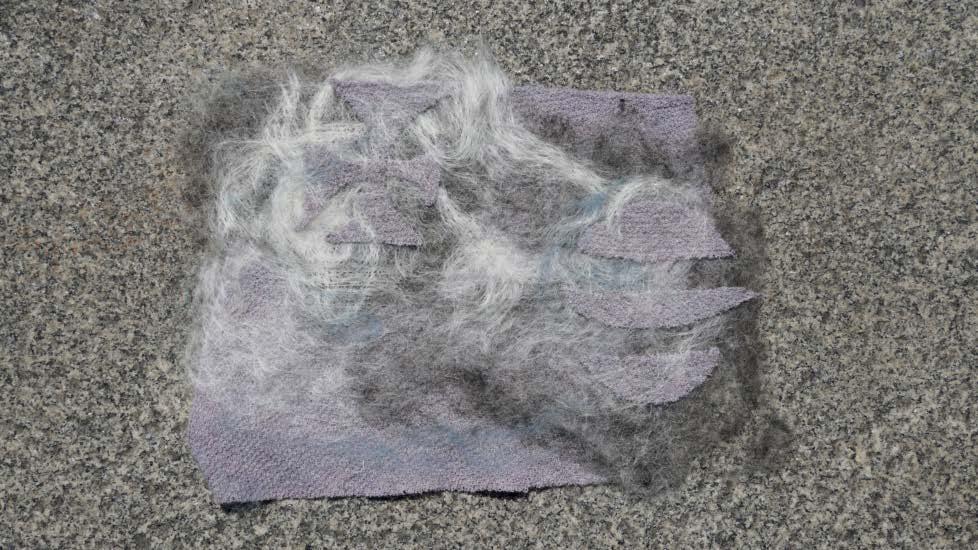

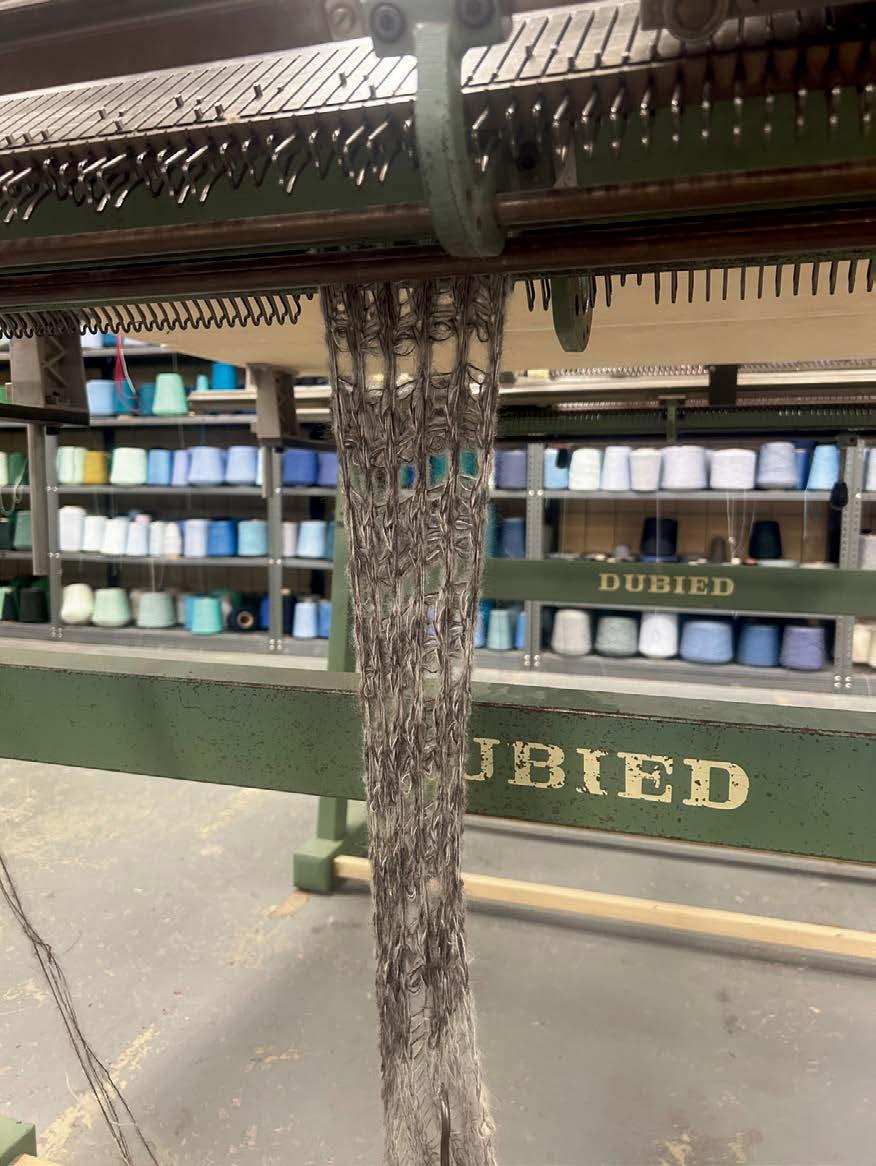

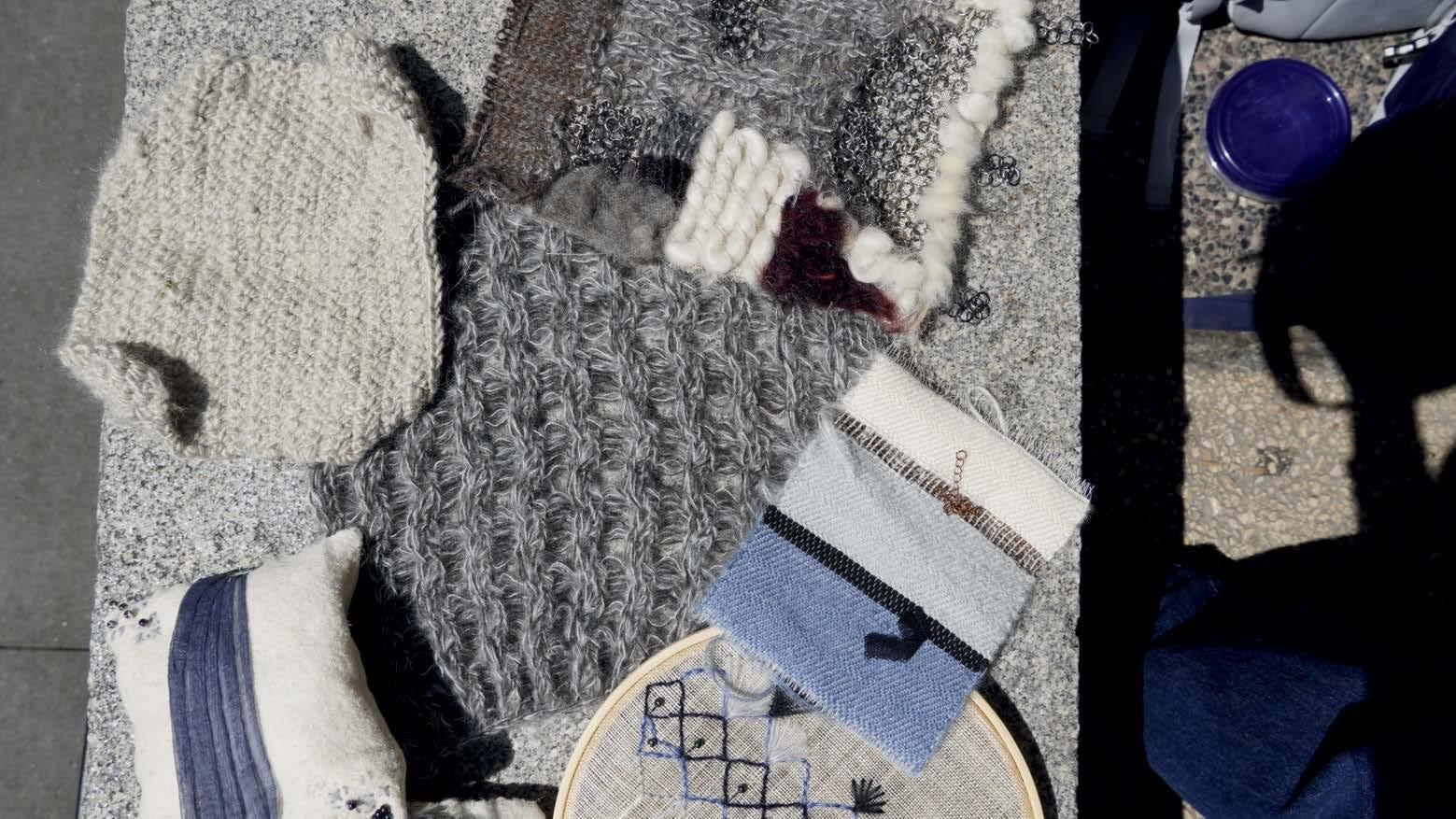
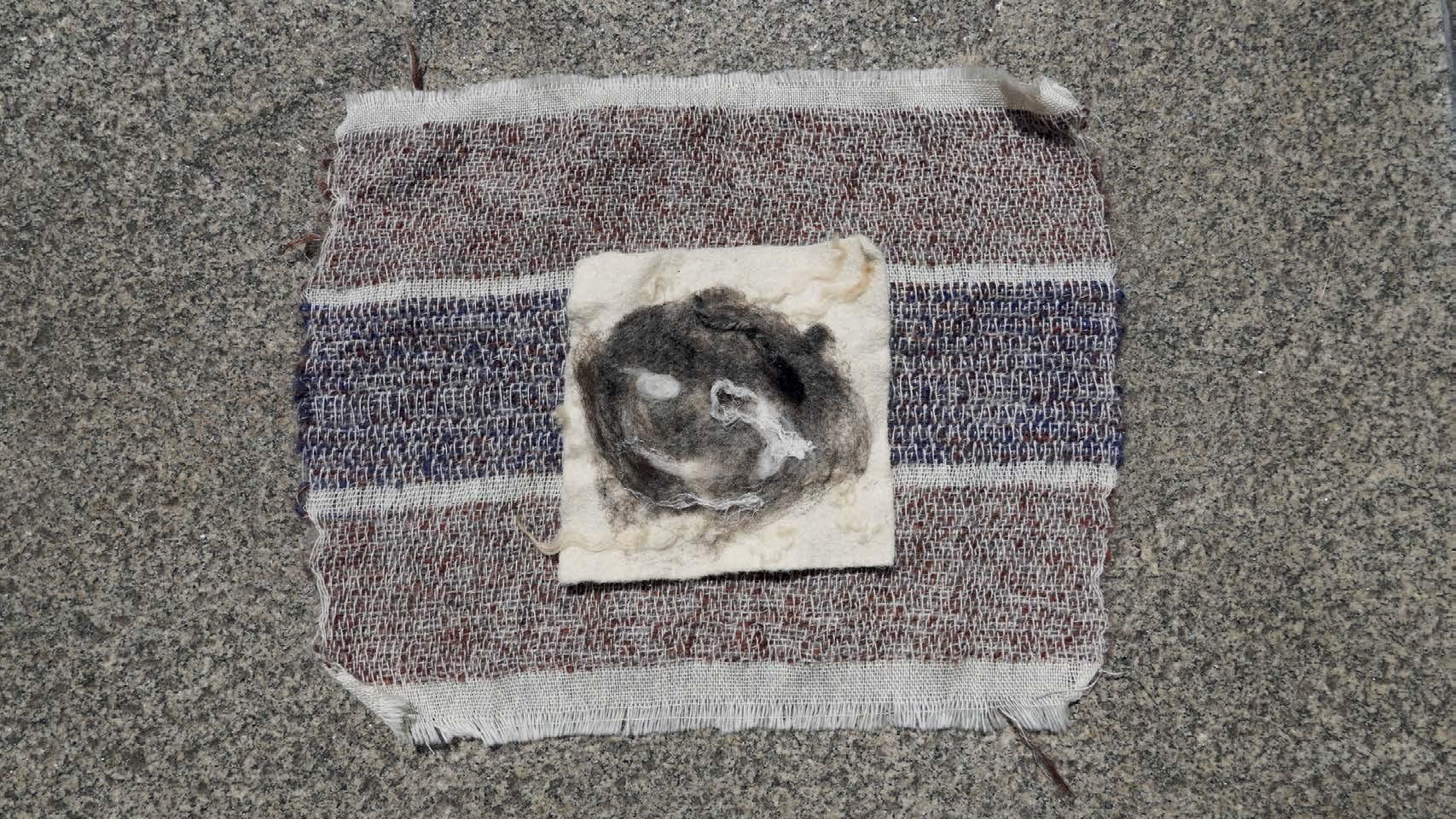
Alisha Singh
Natural landscapes hold great importance in gothic literature, and These stories tend to occur in isolated country hou ses surrounded by the famous English moors and marshes. I created a s watch dedicated to the stormy and untamed wilderness that reflects its inhabitants' inner struggles. Taking inspiration from topographic maps , I used a variety of textures, colors, and sizes to evoke these uncultiv ated terrains.
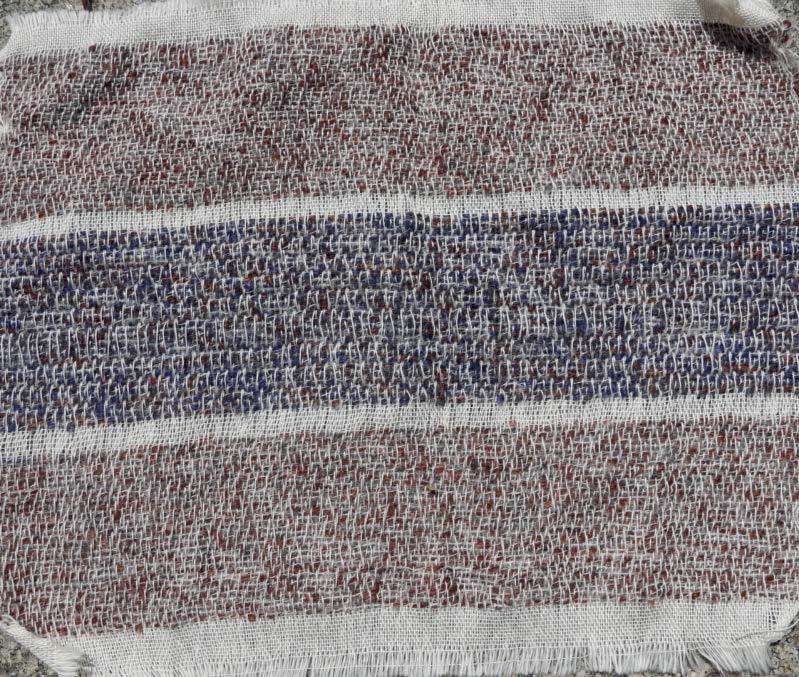
Lauren Dingman
In gothic literature there is an element or horror, something always lurking. This piece with its dark colors represents what is not seen or in the shadows. This “unseen” is a metaphor for what women struggle with, that they are hesitant to let others know. The white warp made of mohair stands as the light, and shows there is always possibility that things can get better.
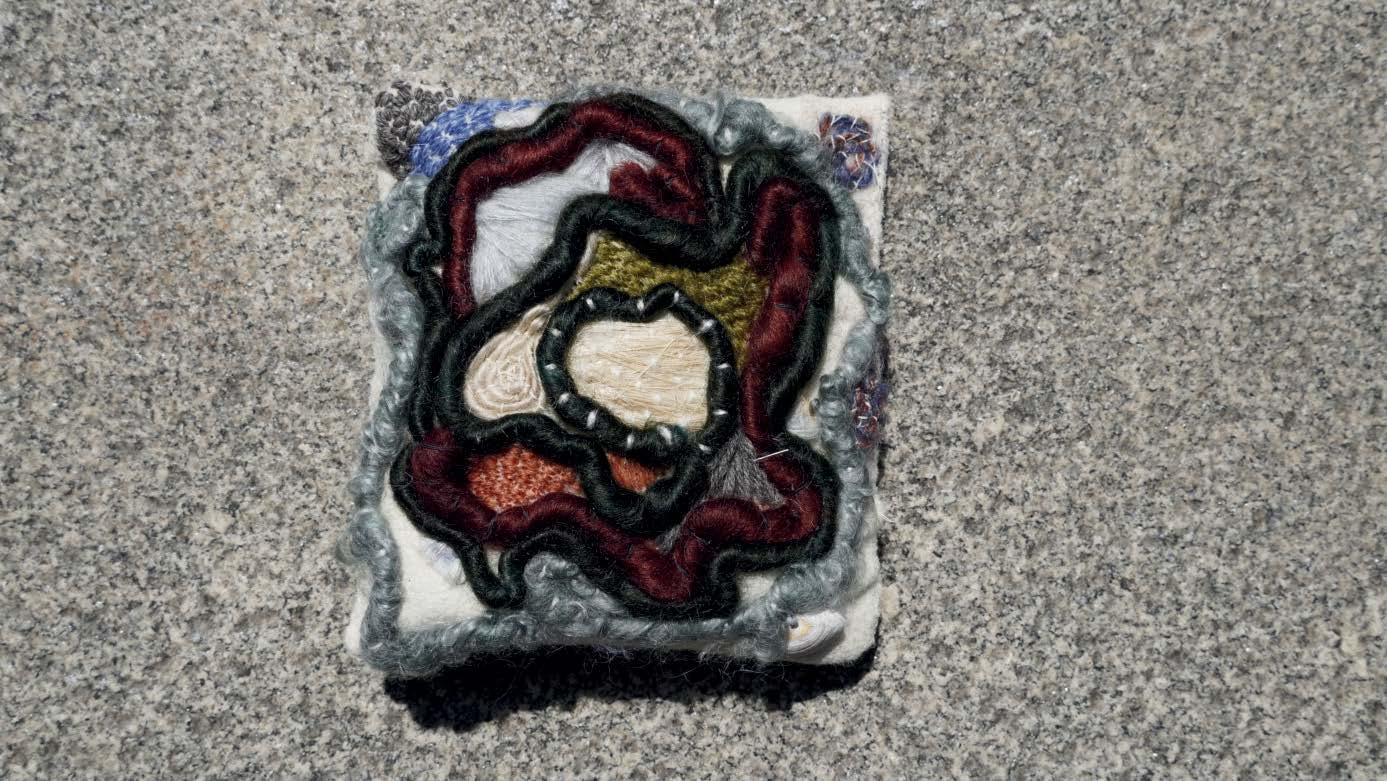
Sarai Diaz
Throughout this project, my main goal was to incorporate all the fibers we were presented with. My tapestry combines and represents the contrasts between piña, mohair, jacob wool, and abaca using a simple plain weave. I found myself fascinated by the fact that these fibers can all follow the same basic woven structure, yet look so drastically different.

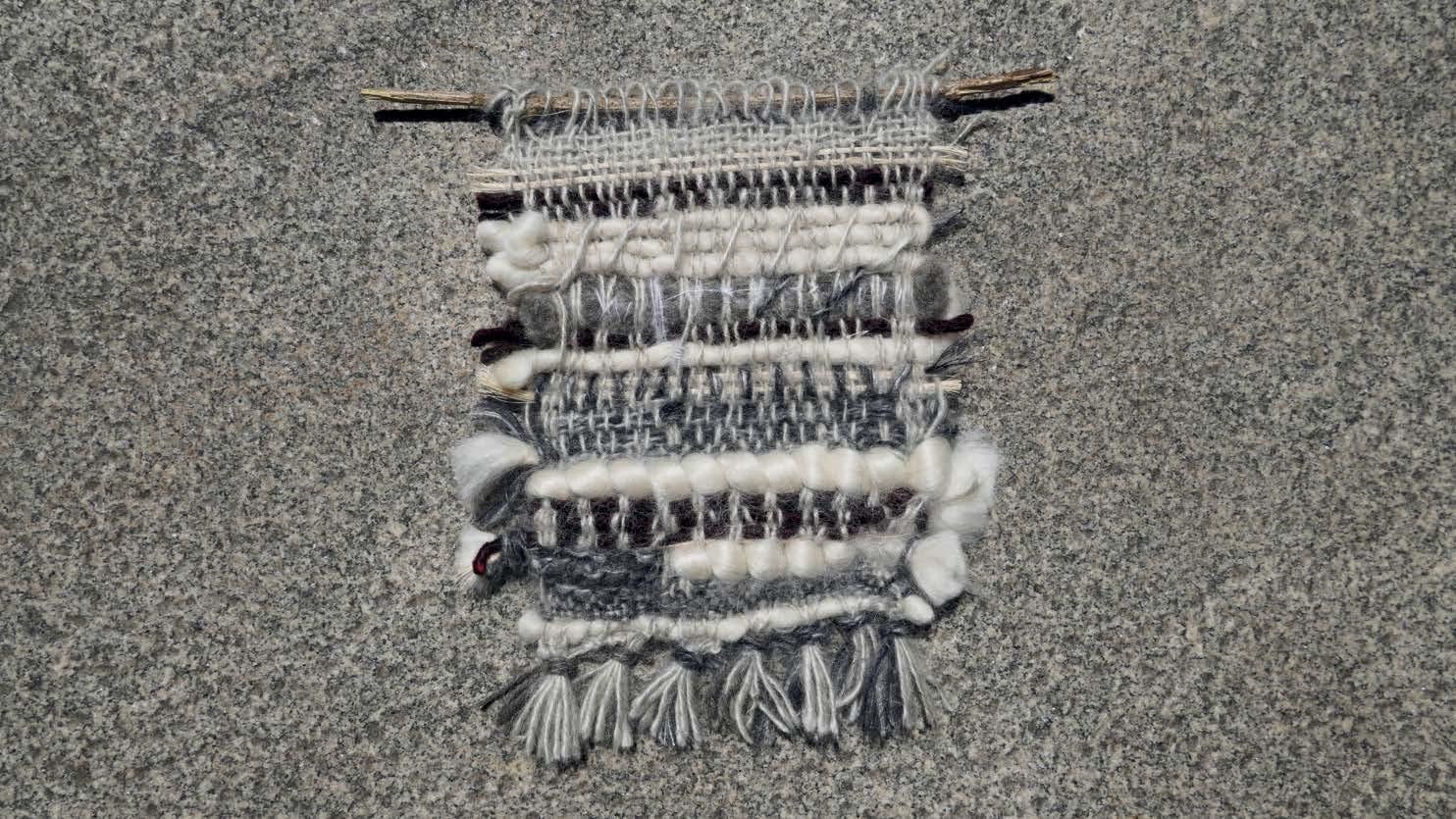
Danielle Early
I modeled my swatches after the philosophical process of Deconstruction, developed by French philosopher Jacques Derrida. I began with my foundational rows using a combination of wool, mohair, and abaca. I then began to deconstruct my swatch layer by layer, until all that was left was a single strand of abaca.
Ananda Metelina
"L acebound Elegy to the Muted" woven panel came together by meditating on our concept and ideas of scavenger methodology of c reation. Through its color pallete and construction it speaks of the entanglement of hidden labor, fragmented voices, and restrained power. The piece combines multiple woven structures — merged twill, basket, satin, and plain weave — with four different shades of metal chains that evoke a disto rted form of lacework, using three types of South African mohair yarns for the weft and abaca fiber for the warp to create a layered, textural composit ion.

F Ì OR DECORATIVE INTERIORS
FÌOR
IMMERSIVE HOME COLLECTION
DECORATIVE INTERIORS
Creating handcrafted pieces, using fibers and techniques that span across centuries. Honoring heritage, craftsmanship and cultural significance through an artistic lens. Educating through textile art about textile development, we aim to help connect individuals around the world to exchange and learn other cultures
THE JOURNEY
Every fiber in these products have been nurtured by hand; raised, farmed, and crafted with care. Our journey begins at the source: fields and farms where Abacá and Piña are harvested from the trees, mohair is combed and Jacob’s wool is sheared.
We sourced directly from farmers whose values we cherish. Each material is gathered thoughtfully, preserving its natural strength, beauty and story.
Guided by passion and respect for tradition, these fibers are spun, woven, knitted and felted into a collection that brings harmony to your home, using contemporary design and global storytelling.
OUR TEAM


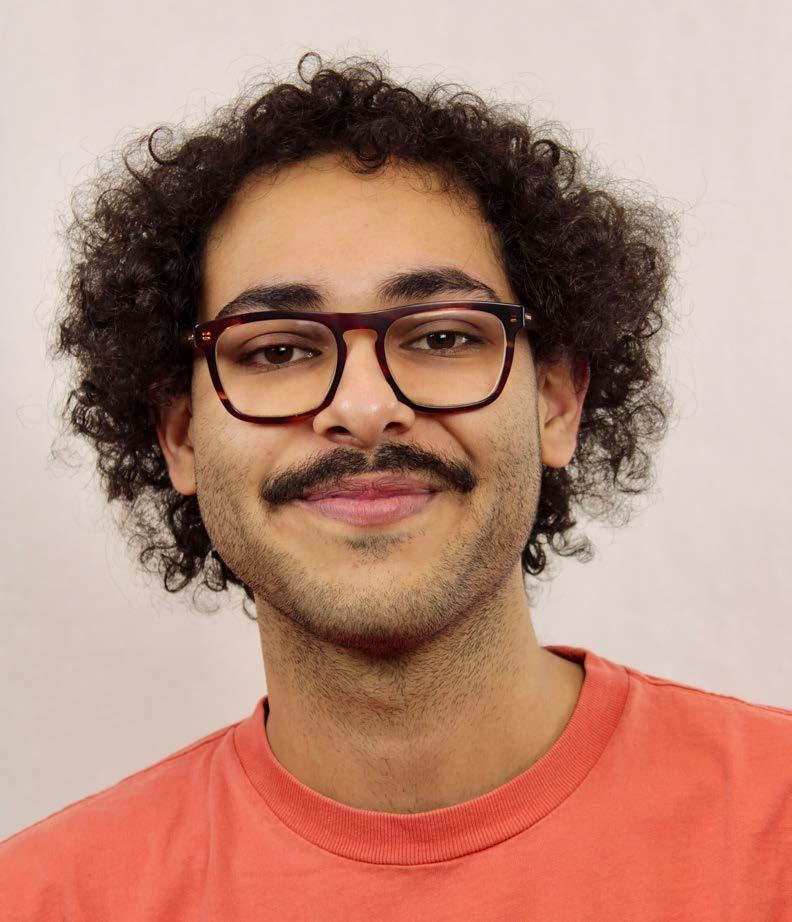
JUDE PACKER
SEBNEM MUTLUBAS

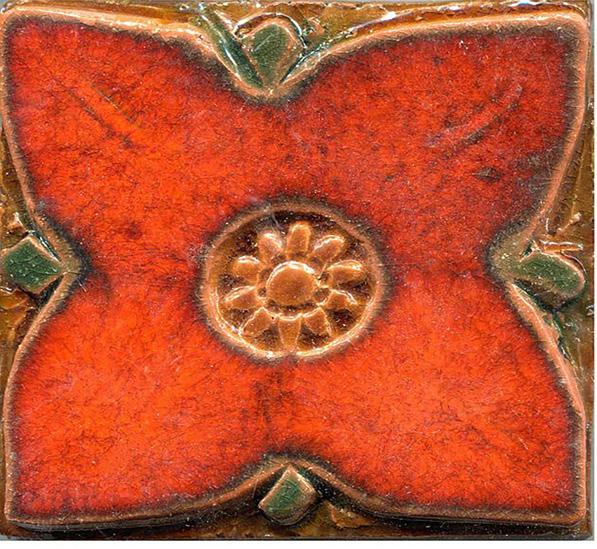
OUR VISION
To present fibers in a precious, refined manner that highlights their natural beauty and cultural value. Focusing on Earth tones for our story.

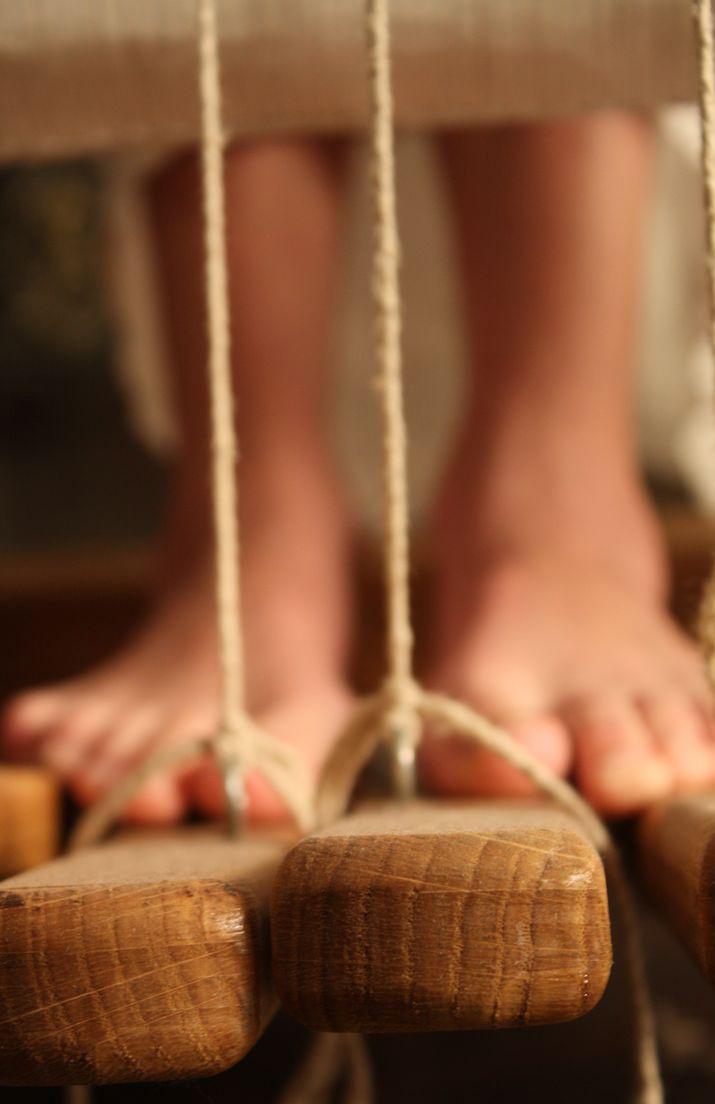

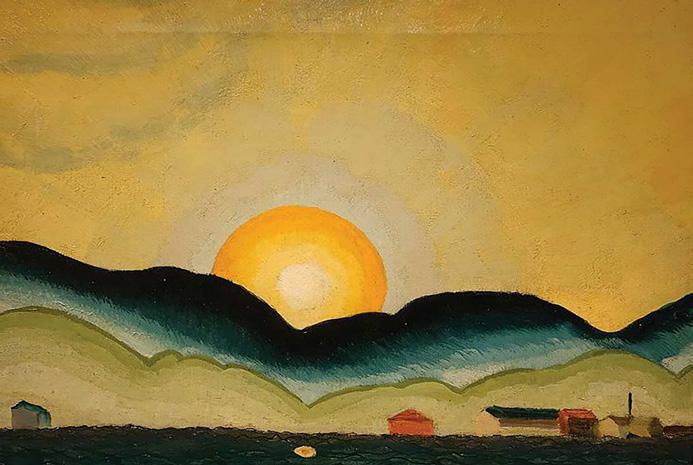

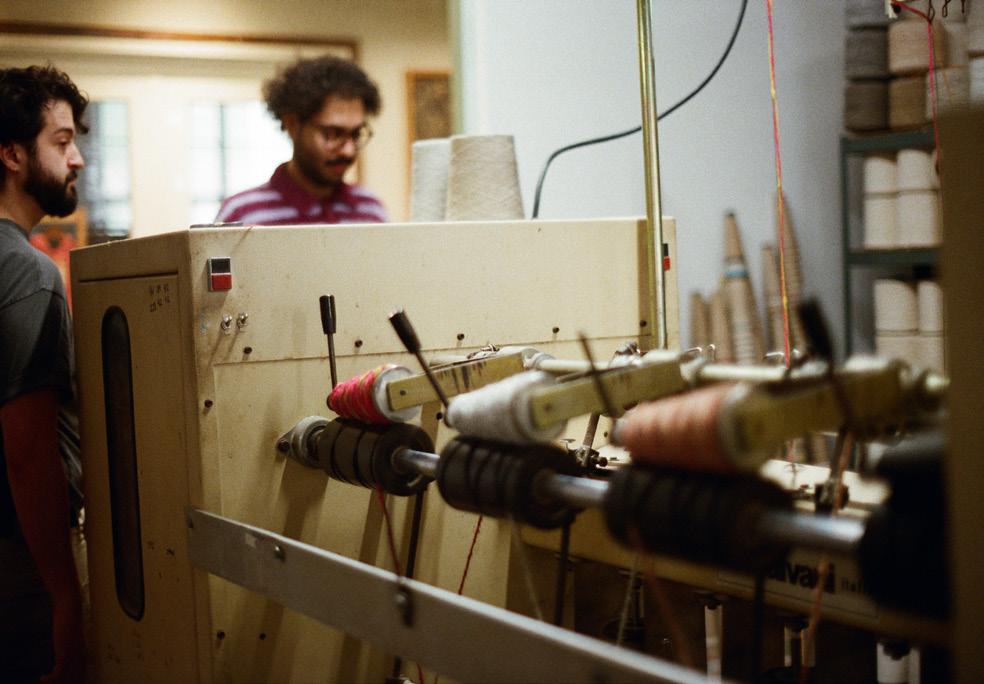
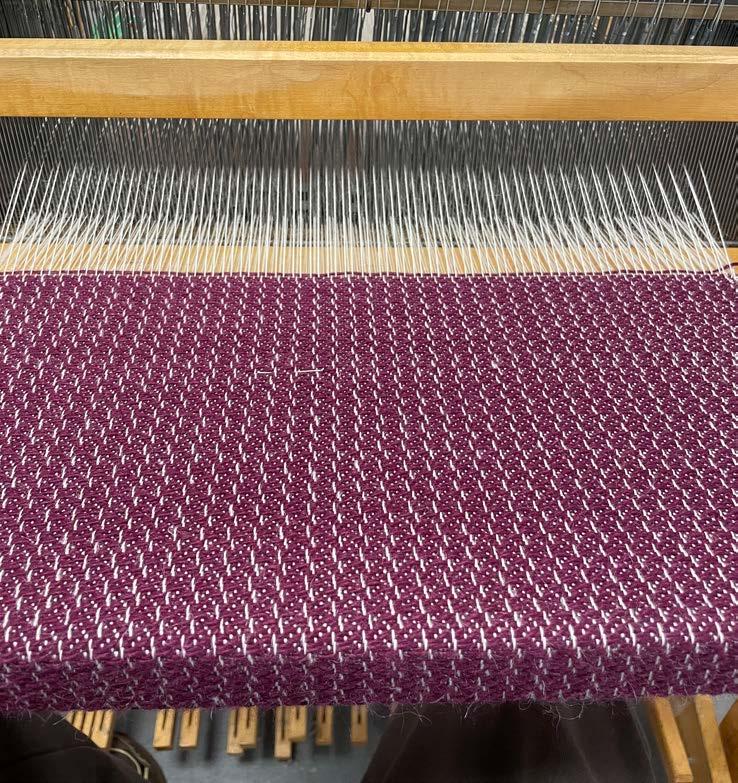
OUR PATH
The processes in making our pieces. We experimented with fiber, texture and form to tell a story through technique.
The process was shaped by attention, patience and a willingness to let the fibers lead.
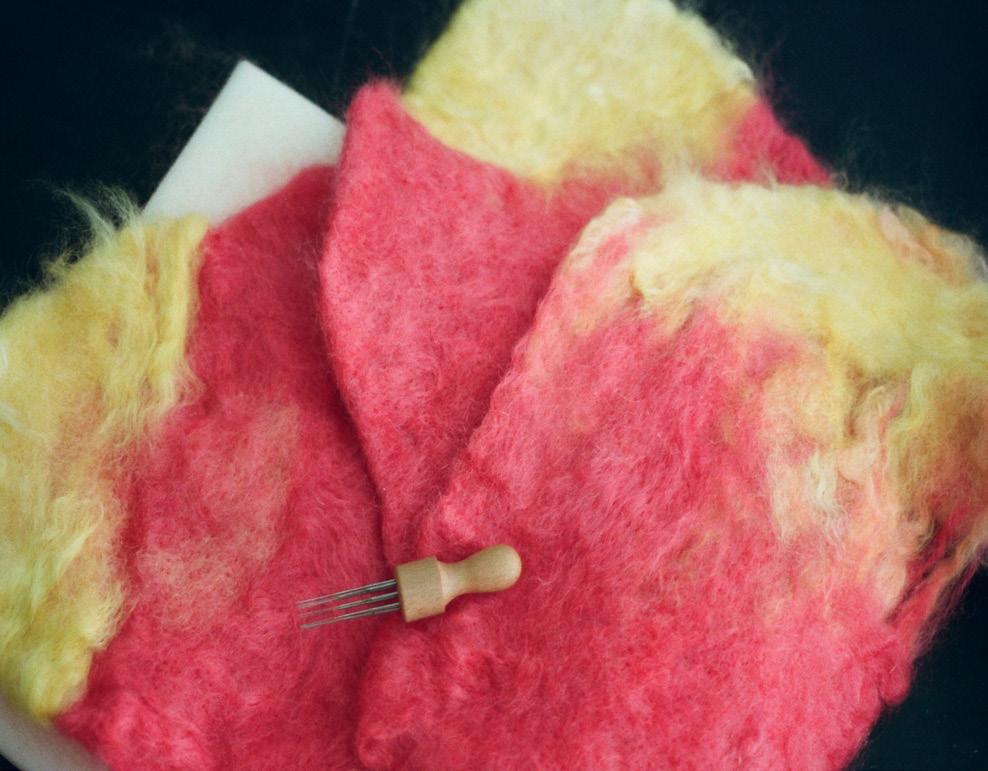
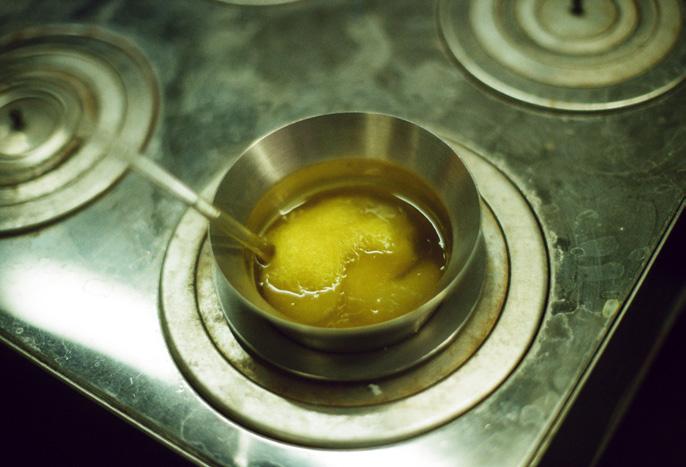



OUR COLLECTION
This collection was built around the idea of creating an immersive home, one shaped by care, slowness, and the tactile presence of fiber. Each piece was developed not only as an object, but as a gesture toward comfort, connection, and the lived environment.
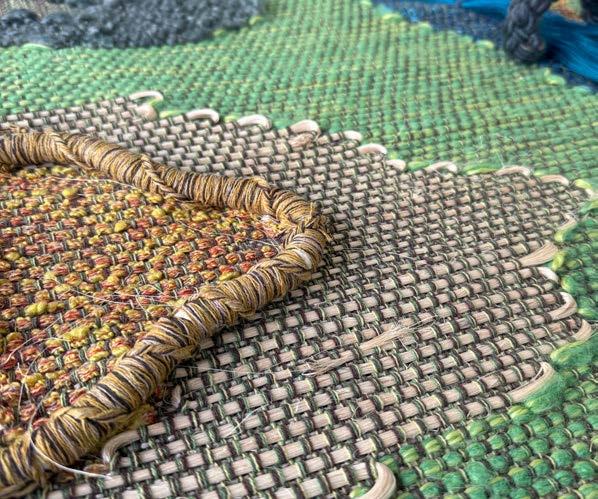
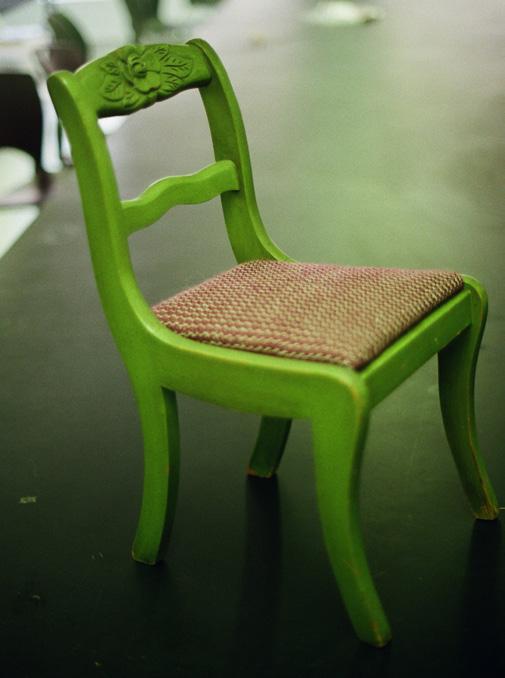
The chairs invited a different kind of interaction, more physical, more sculptural. One child’s chair carries hand woven upholstery, built for softness, strength, and play. A rocking chair was treated as both structure and canvas, with the seat and back woven directly onto the frame. These pieces were about building comfort into form, about making something to hold, and to be held by.
The tapestry, created in collaboration with fiber artist William Storms, became a way to bring our ideas together through material, memory, and movement. Woven as part of the collection, it ties the pieces into a broader story about land, culture, and continuity. It served as a shared ground, connecting our explorations with time and with each other.
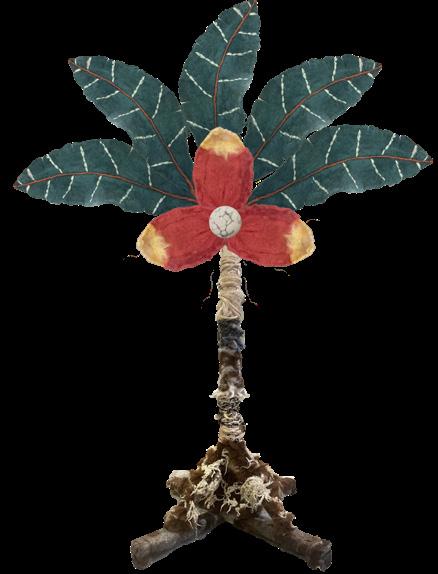
The abacá tree lamp became a centerpiece of the collection, a sculptural object shaped by light, texture, and intention. Its body is covered with braided abacá, Jacob’s wool, and mohair, combining softness and strength. The roots are formed from abacá, piña, Jacob’s wool, and adult mohair locks, some hand-felted, some stapled, and some left untouched to honor their raw state. Hand-dyed mohair adds delicate color to the leaves and petals. The tree stands as both object and symbol, rooted in nature, made by hand.
The knit and hand woven swatches were places to test rhythm and material. We explored structure and looseness, softness and density, combining spun yarns with combed raw fibers to let form emerge organically. One woven piece remains on the loom, its weft fibers left open and flowing past the frame, intentionally uncontained, a quiet refusal to be boxed in. Another swatch, also finished on the loom, balances rawness with restraint. These smaller works allowed us to listen closely to the materials, to follow texture as a form of thought.

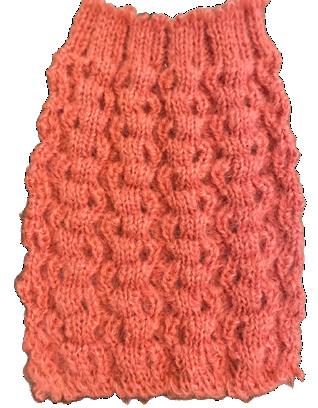
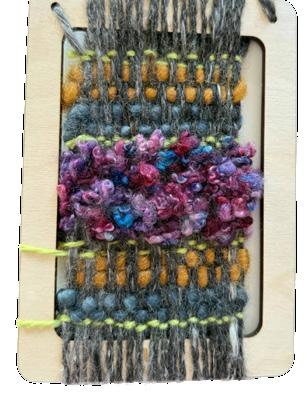
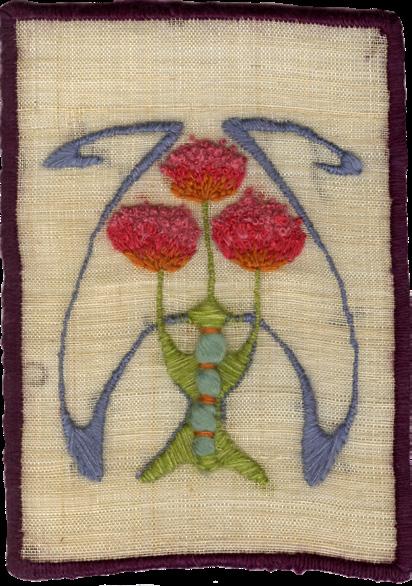

Across all of these pieces, we searched not for perfection, but for presence. Each object holds its own story, shaped by fiber, hand, and the values we carry through our work: patience, care, and deep respect for where things come from and where they might go.
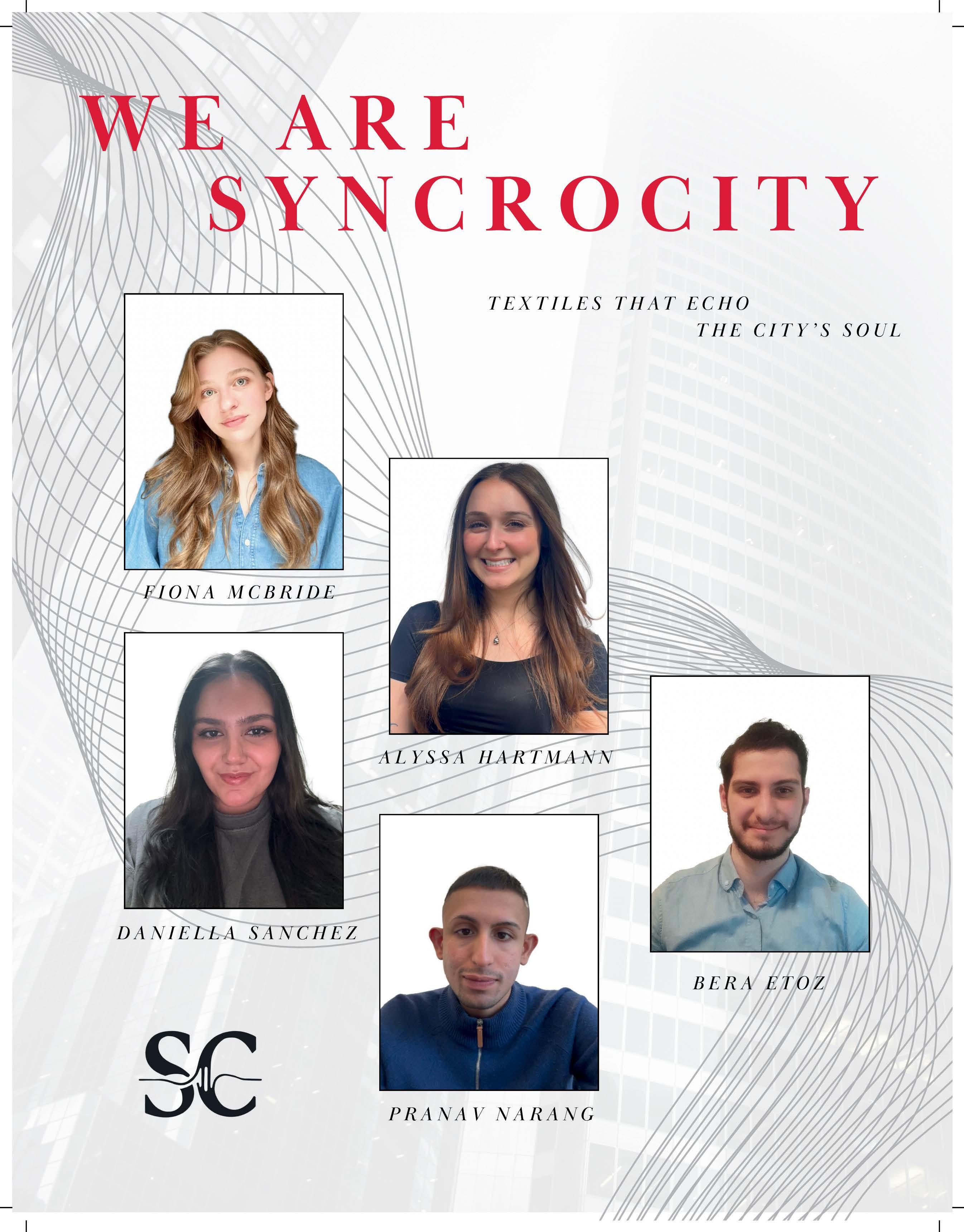

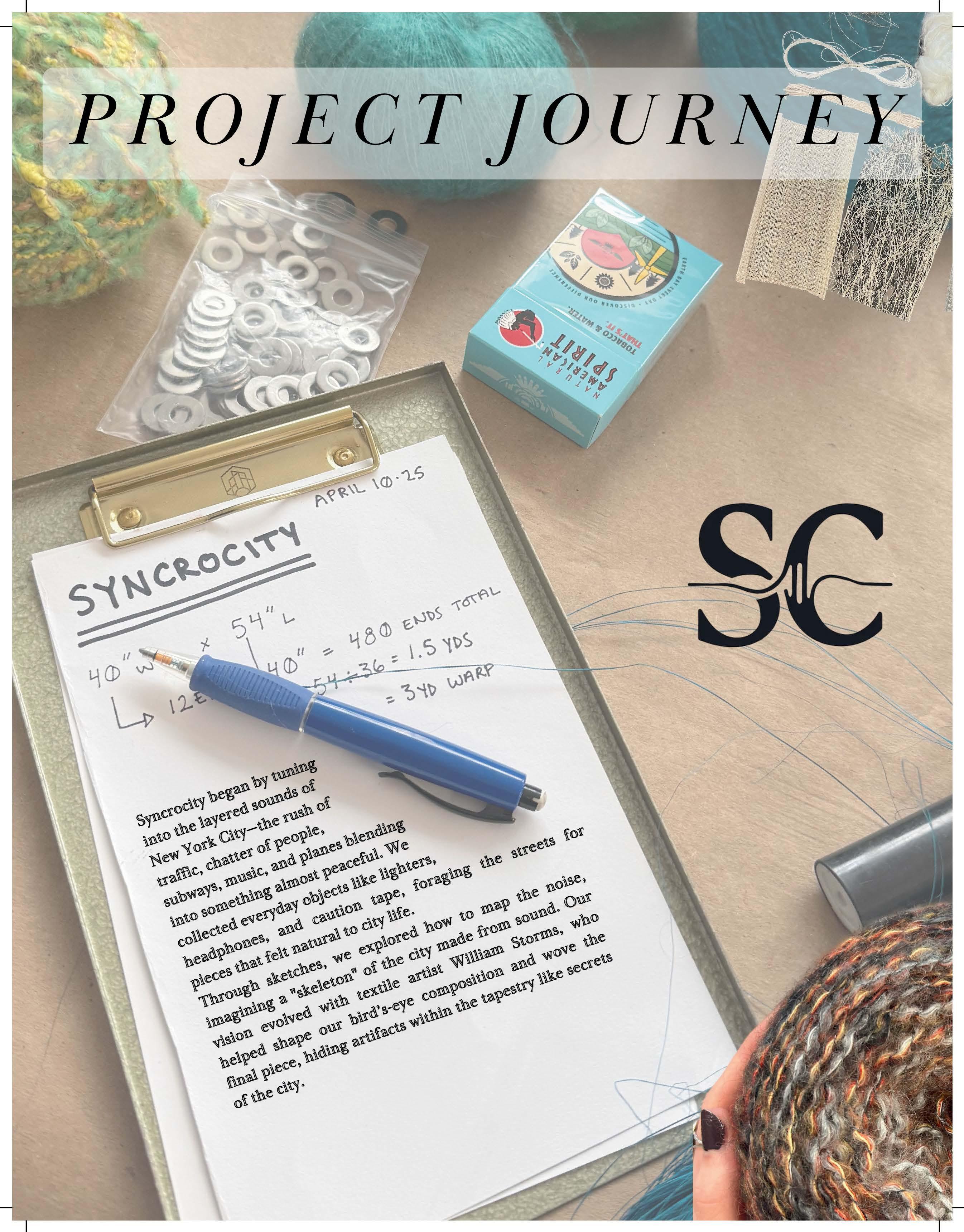
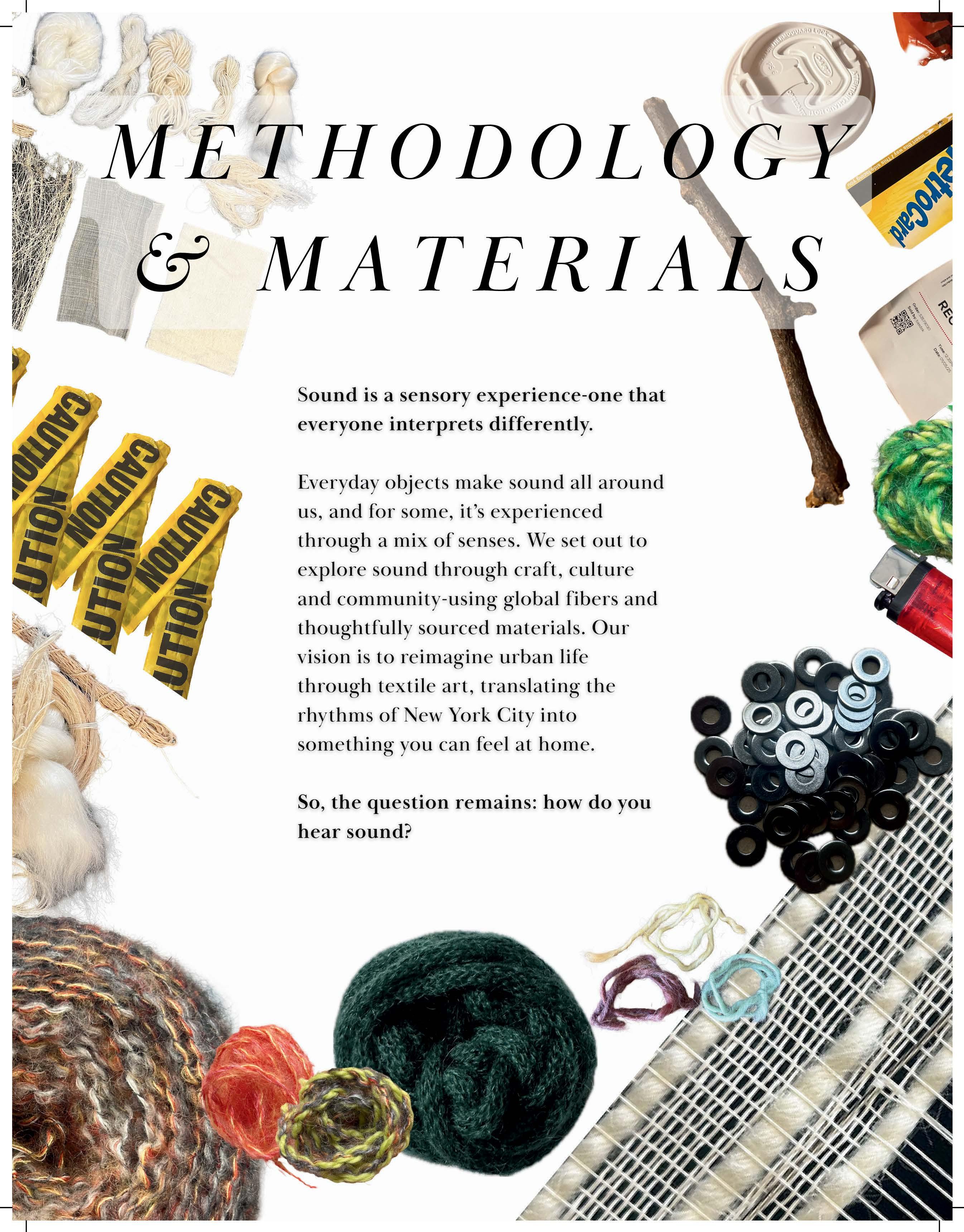


After the Rain Falls is an interpretation of the life that blossoms in the Karoo, specifically after rainfall. The initial idea was sparked after hearing Frances van Hasselt and Leandi Mulder’s accounts of the way the desert blossoms. Hearing about the vibrant changes was inspiring and led us in the direction of a landscape. Knowing that the medium was woven mohair with supplemental textures and additions, we went about finding inspiration and went through a few different options. Upon receiving feedback from our DAF collaborators, we created a color-blocked plan for Frances vH’s studio to follow based on a collaged landscape we put together.
After submitting our weaving plan to the studio and our inspirations to the DAF students, we would receive updates on yarn developments, tapestry weaving, and major stages of progression. Hearing back from our collaborators was always a sure way to brighten our days, and the anticipation continued to build for us. Once the tapestry left Frances vH’s studio and was off to the DAF students, we were able to speak with them and create a more active plan of what would be added on. We were extremely excited to speak with the students because their individual skillsets and interests shone through as they discussed their visions and plans. Throughout their progress, they continued to update us with photographs and messages, and being able to watch it come together from afar was a beautiful experience.
Seeing pictures of their procedures was also delightful, because you could see their visions come to life as well as see them in their own element. Our tapestry finally arrived as we were heading out for spring recess, so the anticipation at that point had us all ready to come back to school. When we finally got to open the box, seeing the color and textures in person brought a whole other sense of reality to the project. Understanding all of the thought, time, and effort that went into it from so many ends made it incredibly special to us, and we are very proud of our tapestry. We are endlessly grateful to all of our collaborators who helped us make our vision come to life, and this collaboration process has taught us all more about intentional planning, professional cooperation, and the beauty of creative minds working together.

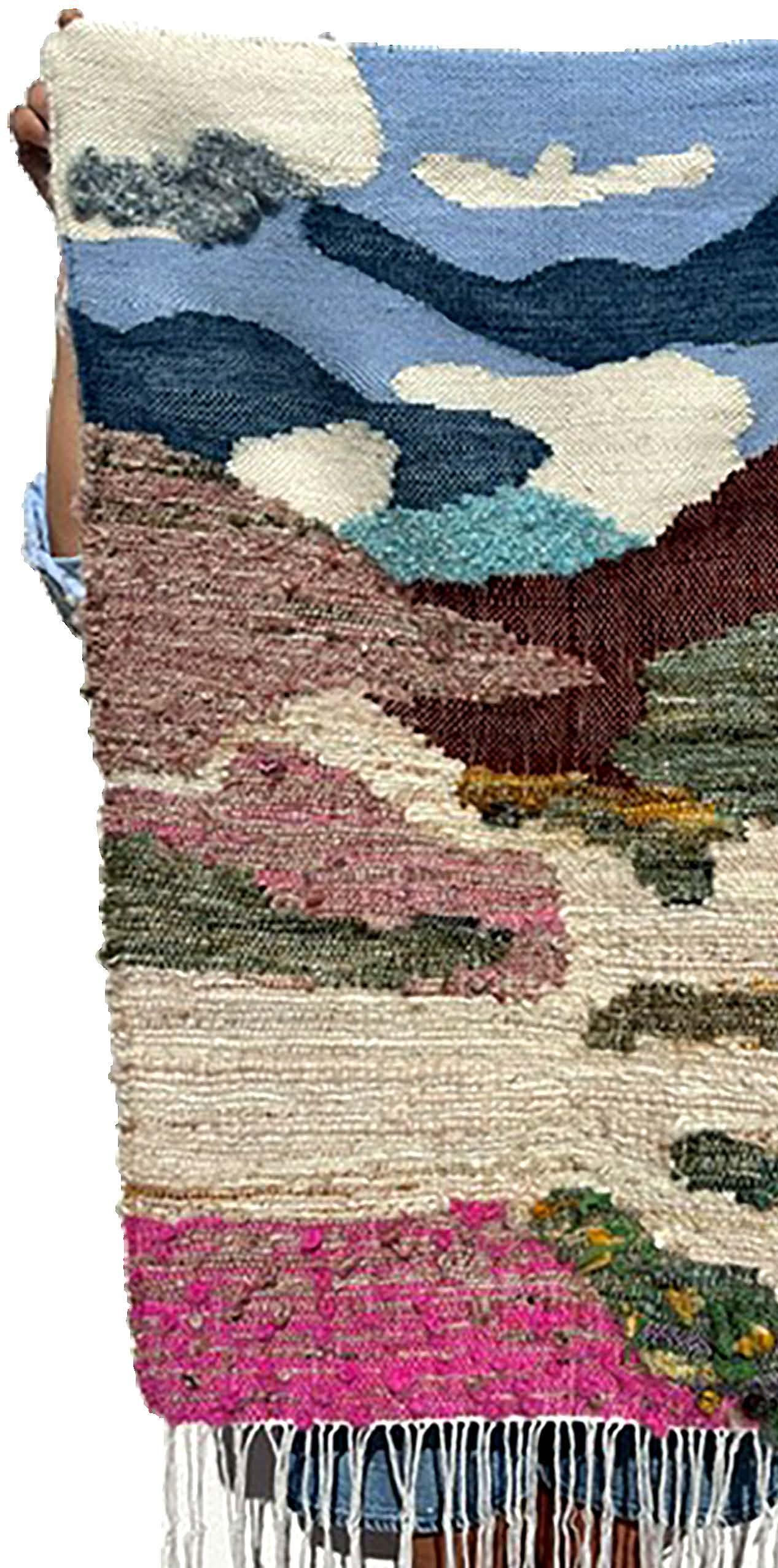

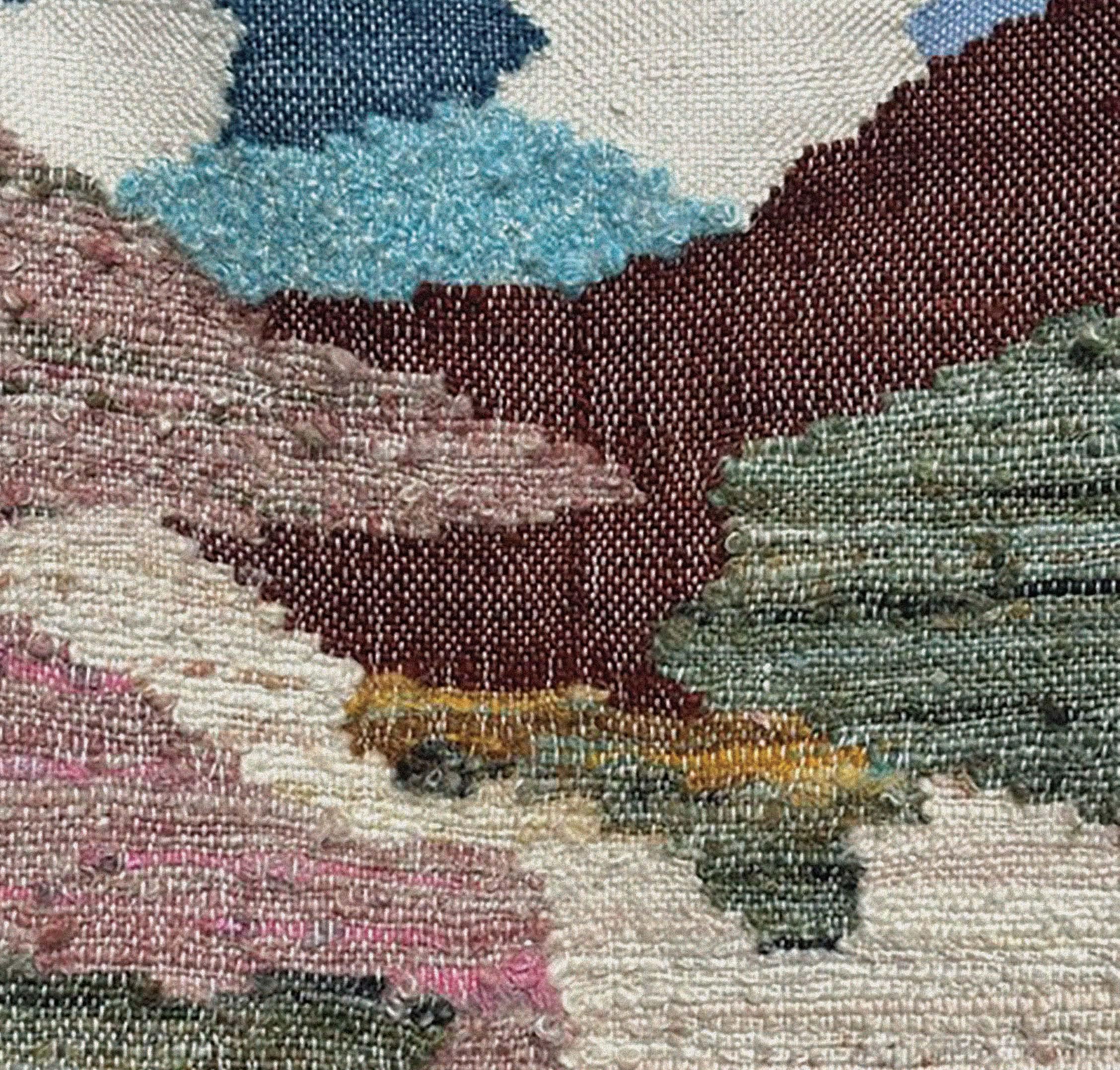
This project is a collaboration between Frances van Hasselt, weaver Maria Lekay, and Tussen.
Supported by the FIT Sustainability Fund and its generous donors
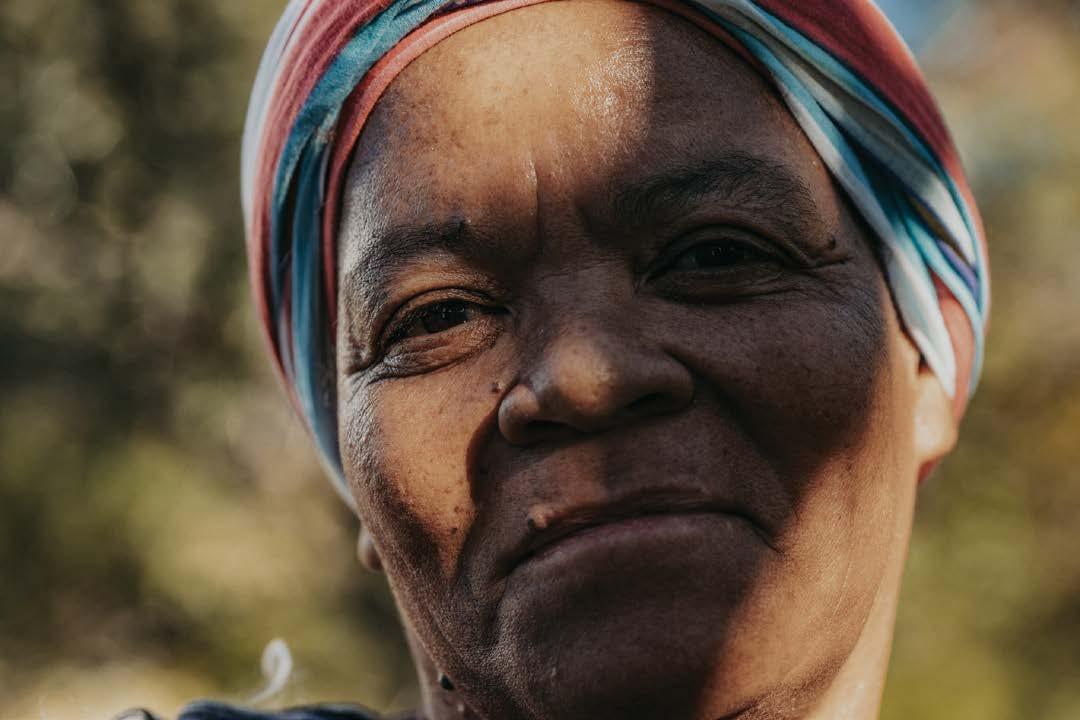
Weaver, Maria Lekay
HELD BY WHAT WE HOLD
Out of sight, out of mind. We live in personal bubbles— realities shaped by our own experiences. These bubbles often keep us disconnected from the deeper truths, like where the things we use every day come from. Change begins with conscious choices, and this tapestry is rooted in that belief.
Most people never think twice about where their textiles come from. Fabric is just something you wear, a product to consume. But behind every thread lies a journey of land, labor, and life. This tapestry is about acknowledging that journey. It’s about recognizing the water that nourished the grass, the grass that fed the Angora goats, and the people whose hands spun those fibers into something meaningful. When we appreciate the land and the resources that sustain and clothe us, we give value to something often taken for granted. That value becomes a treasure, renewable, reciprocal, and regenerative. In places like the Karoo, where rain is sacred and drought means hardship for animals and people alike, water is more than a resource; it’s a lifeline. Rainfall feeds the flowers, the flowers feed the goats, and the goats give us mohair. This cycle, so often unseen, is what we’ve tried to bring into view.
The tapestry reflects the importance of valuing natural resources, particularly water, as the starting point of the textile journey. The central orange figure in the tapestry hugs the water. Shown as a living, sentient form, while the water hugs back. This mutual embrace symbolizes the relationship between people and the Earth: when we care for it, it cares for us. In contrast, a red figure in the background stands detached, wearing the yarns without understanding or caring where they came from. This represents the all too common disconnection between consumers and the origins of their clothing. Our goal was to challenge that distance and ask viewers to reflect on their relationship to the resources and labor behind what they wear. We are part of this cycle, and the resources we rely on are not passive; they respond to how we treat them.
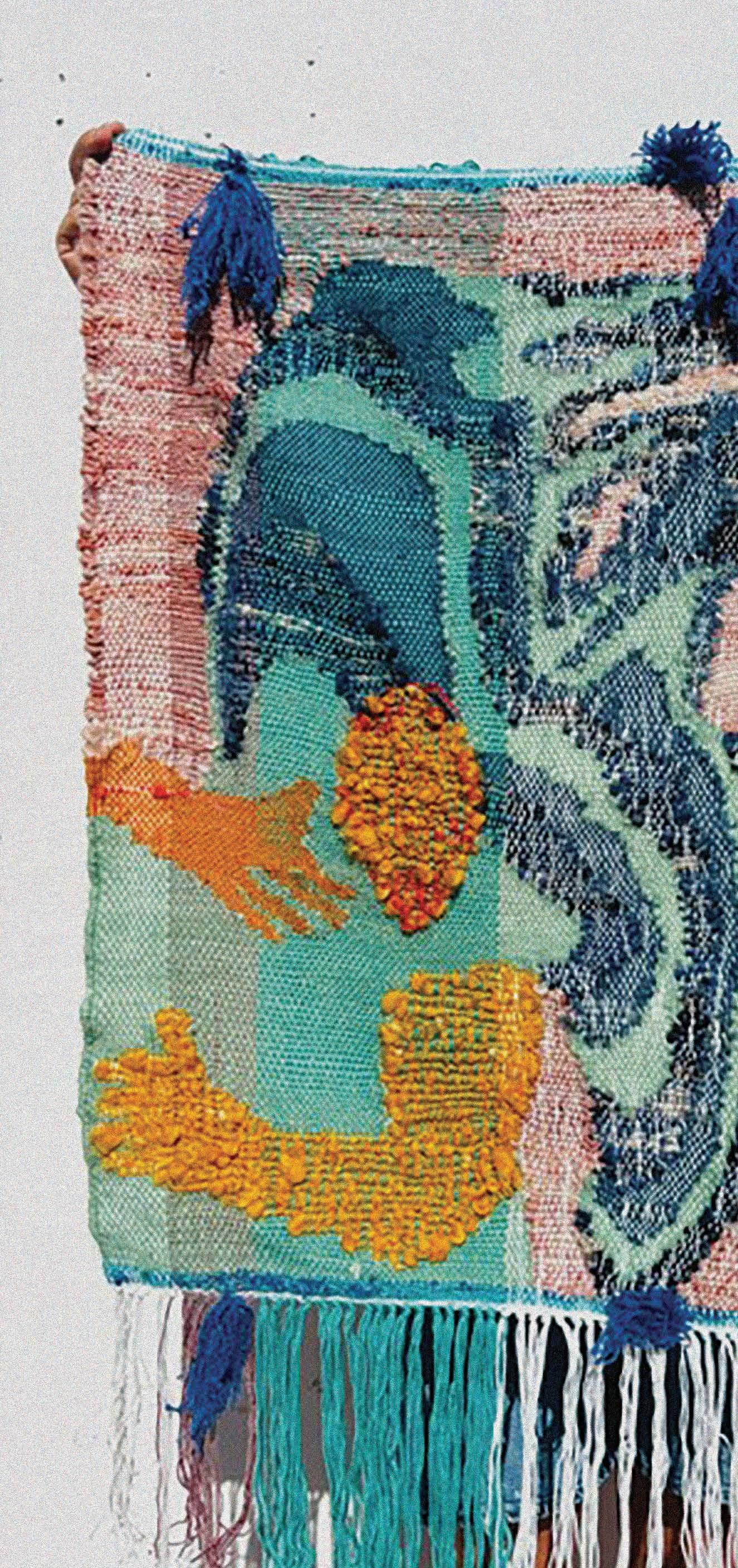


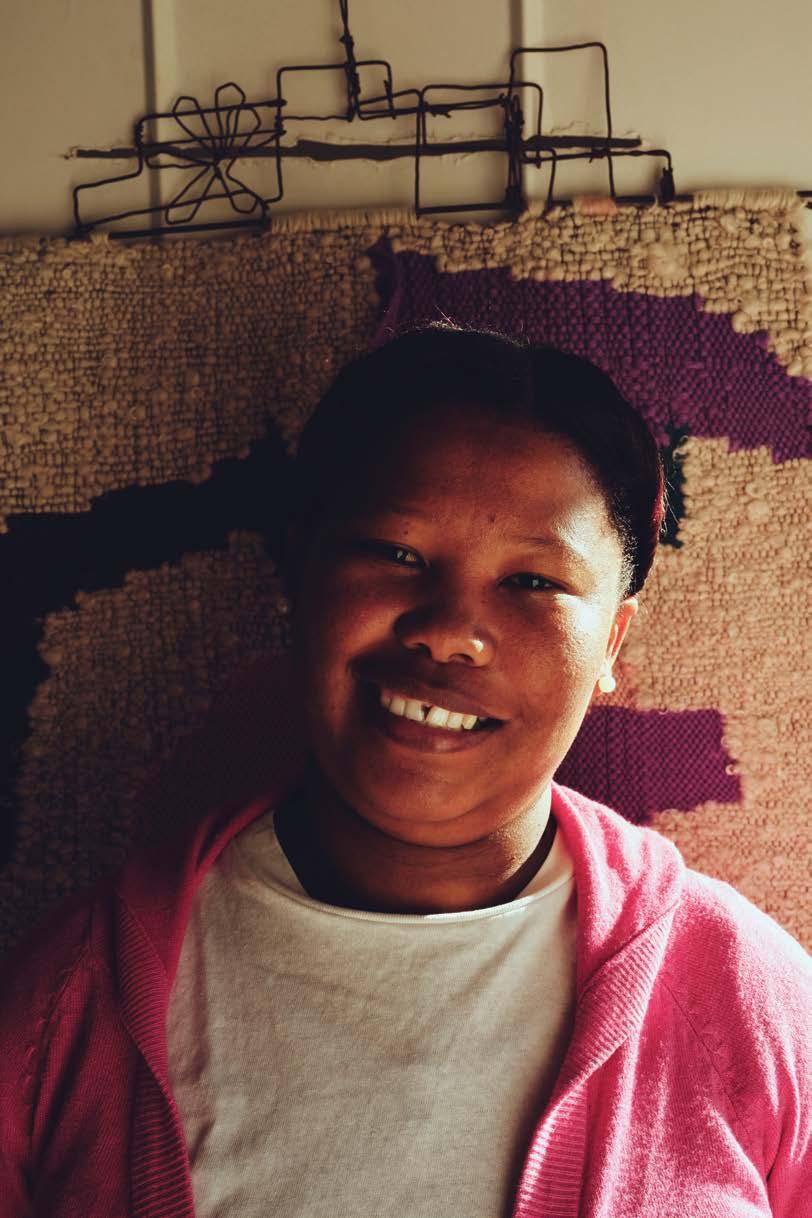
This tapestry was made possible through a cross-continental collaboration with artisans and students from DAF in South Africa. We are deeply grateful to Frances van Hasselt, who envisioned bringing South African mohair traditions into conversation with contemporary textile art, and to Leandi Mulder, a professor at DAF, for connecting us with her talented students. The weaving was crafted by artisan Monique Bitterblos, whose skill brought the design to life in mohair. DAF students Keona Missing, Lutho Ozoemenam, and Calen Hossack contributed embellishments, including crochet,

beadwork, and floral yarns. Their additions gave the piece a tactile richness and personal story that made the collaboration feel like a shared embrace in itself. From the start, we wanted their voices to be visible and celebrated.
This work reminds us of the farm-to-fabric journey and the importance of being intentional in what we choose to wear and support. It’s about slowing down and reconnecting with the land, the fiber, the maker, and the meaning. Every stitch, every thread, is a small act of care.
Supported by the FIT Sustainability Fund and its generous donors
This project is a collaboration between Frances van Hasselt, weaver Monique Bitterblos, and Mavula.
SOUTH
Weaver, Monique Bitterblos
Our design process included researching traditional Filipino garments and textiles, drawing inspiration from their patterns, colors, and embellishments. In collaboration with BAYO, Raquel Piña Cloth Products, and The De La Salle–College of Saint Benilde, we identified our favorite elements of the garments that could be translated into modern silhouettes, while representing the land and culture. Our designs featured motifs of florals, rainforests, native plants, and folklore, expressed through wall art, textile swatches, tableware, and reinterpretations of traditional garments and accessories such as the pañuelo, saya, tapis, and pamaypay. Working with artisans worldwide was exciting, yet challenging, when communicating our ambitious designs to generational handweavers.
Working with Carlo from Raquel’s Piña Cloth Products to create a piña seda fabric with a suksok design was an inspiring project, as we were given creative freedom to develop our pattern. Seen often in traditional Filipino clothing, we went with a striped pattern, but adapted it to be horizontal rather than vertical, as the studio was working with supplementary weft yarns. Between the stripes, we graphed an intricate, continuous floral pattern that spanned the entire width of the fabric. This cultural exchange was an invaluable experience, as we got involved in every part of the journey and understood the skill and heritage behind the delicate fabric we made.
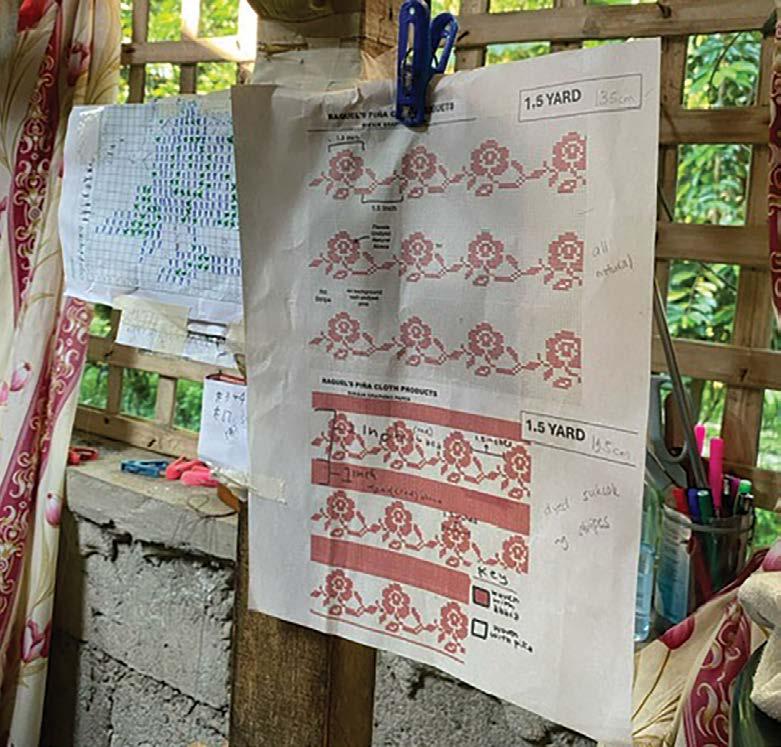


Collaborating with artisans around the world, not only in the Philippines but also in South Africa and New York, has deepened our appreciation for these “forgotten fibers,” reinforcing the importance of preserving traditional practices and materials.
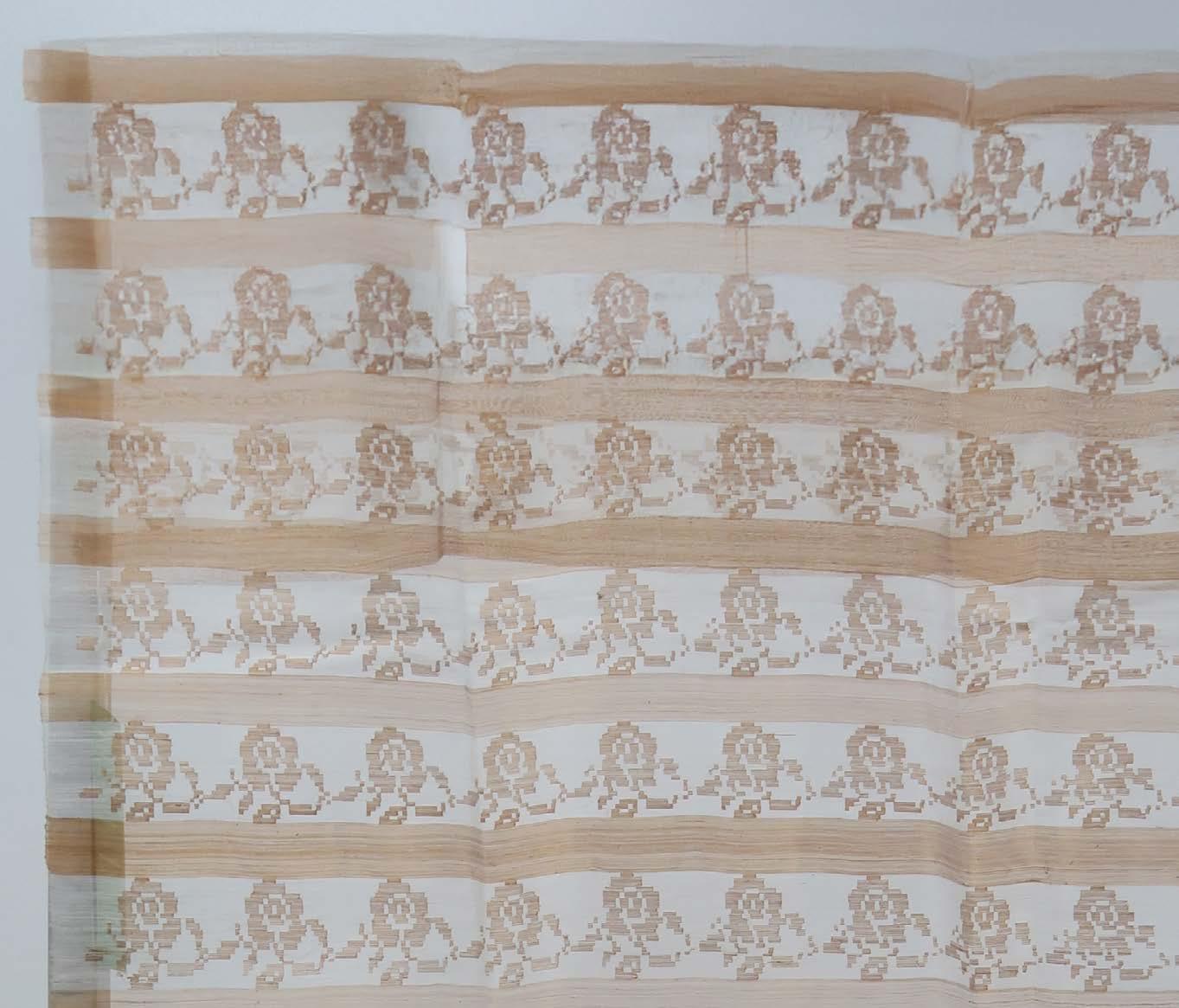



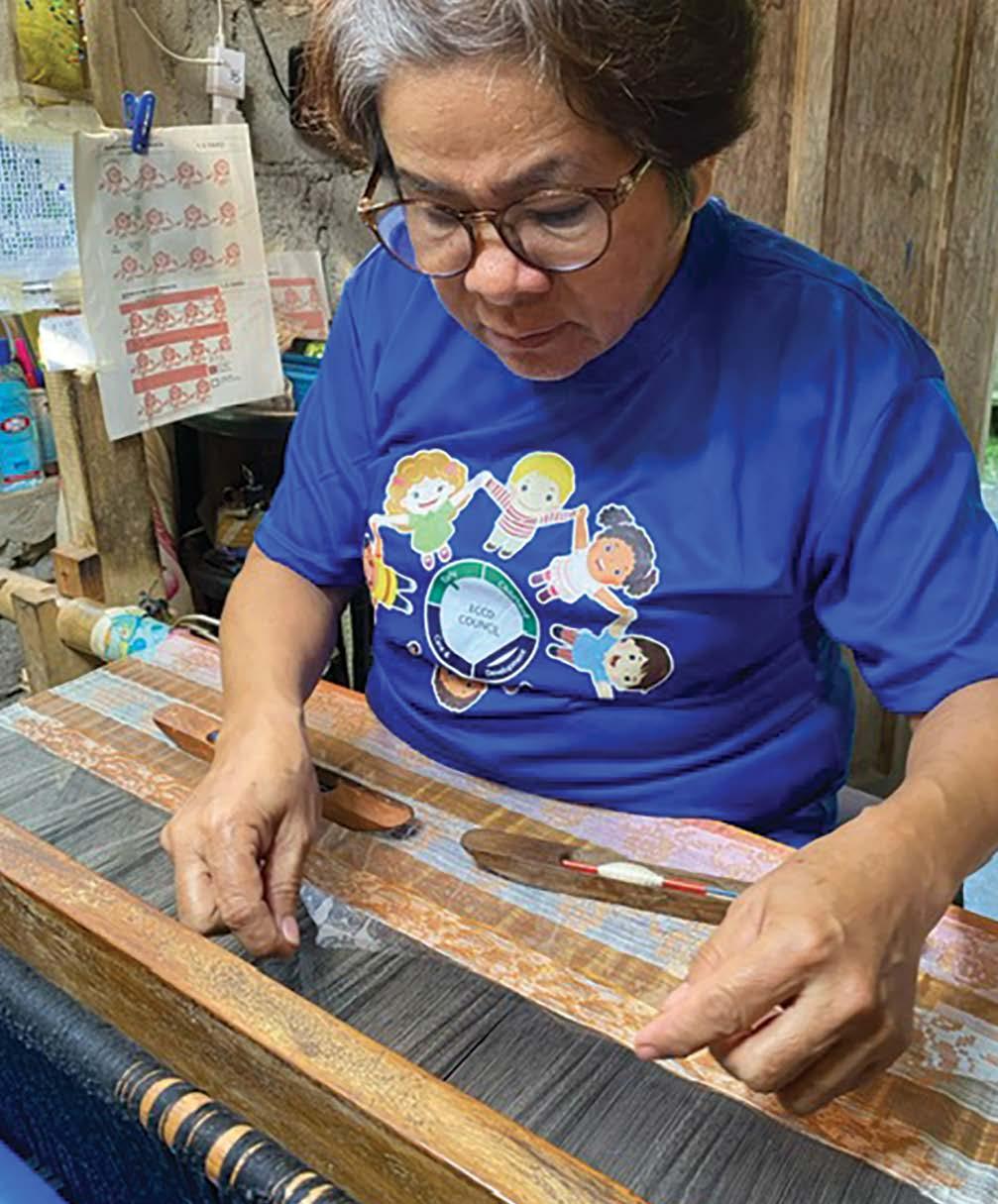
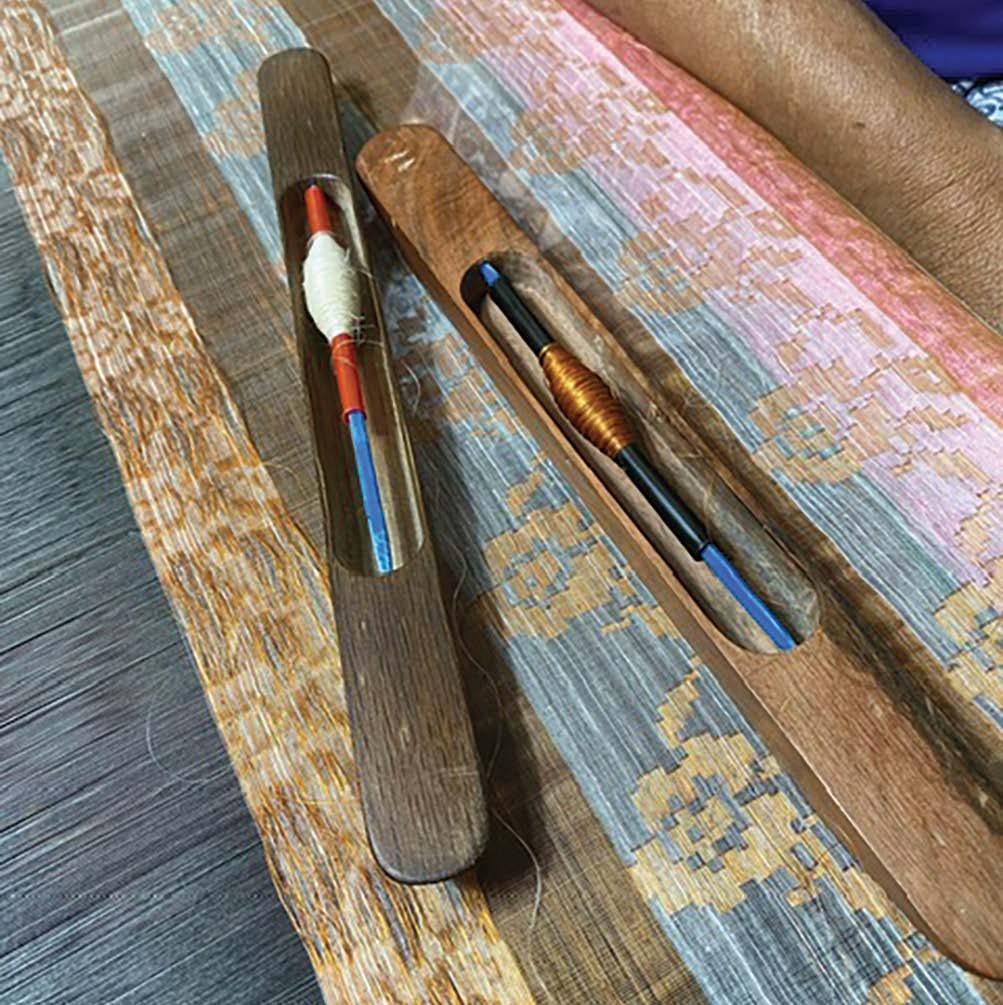
This project is a collaboration between Carlo Reporen Eliserio, master weaver Cleofy Oczon-Apolinario, and the New York Textile Museum.
Supported by the FIT Sustainability Fund and its generous donors
Master Weaver, Cleofy Oczon-Apolinario
Lauren Dingman
When creating our brand, we wanted a way to uplift women and draw inspiration from gothic literature. While creating the key design, it was more than just a pretty suksok. The skeleton key is a very recognizable motif within Gothic literature. It represents transformation and freedom. This key serves as a reminder for women that they are able to transform their lives; they are not stuck where their lives currently are. The key is surrounded by renggue, which shows distress and the importance of the little details. We were able to collaborate with incredibly talented weavers who were able to make our ideas and concepts a reality. This collaboration has given us so much and has truly given me new meaning about weaving and the artisans behind each piece.
Alisha Singh
As part of our collaboration with Raquel Piña Cloth Products, it was important to educate ourselves about Filipino crafts and traditions to honor them respectfully. For our Floral Motif, we were inspired by the intricate, geometric motifs used by the indigenous Yakan people when weaving their famous, sought-after textiles. We are so grateful to be able to learn about indigenous weaving traditions in the Philippines and their rich histories. This capstone project has provided us all with the precious experience of cultural exchange and appreciation that we will all continue to carry with us.
Ananda Metelina
Our collaboration with Filipino weavers to create a custom Piña fabric featuring suksok (supplementary weft) and renggue (a weaving technique that creates a gauze-like, lacework pattern) was an exciting yet challenging process. One of the biggest hurdles we faced was learning to translate our design from sketch to an Excel graph quickly, especially as we had to adjust the orientation of the design multiple times. The distance and 12-hour time difference between us and the weavers in the Philippines added to the challenge of communication, but it also made the process incredibly rewarding. The design was inspired by abstract themes from feminist gothic literature, a subject we had become deeply immersed in at the time. Watching our vision come to life through the weavers’ skilled hands was a thrilling and transformative experience—one that brought together culture, craft, and concept in a way that felt truly profound.

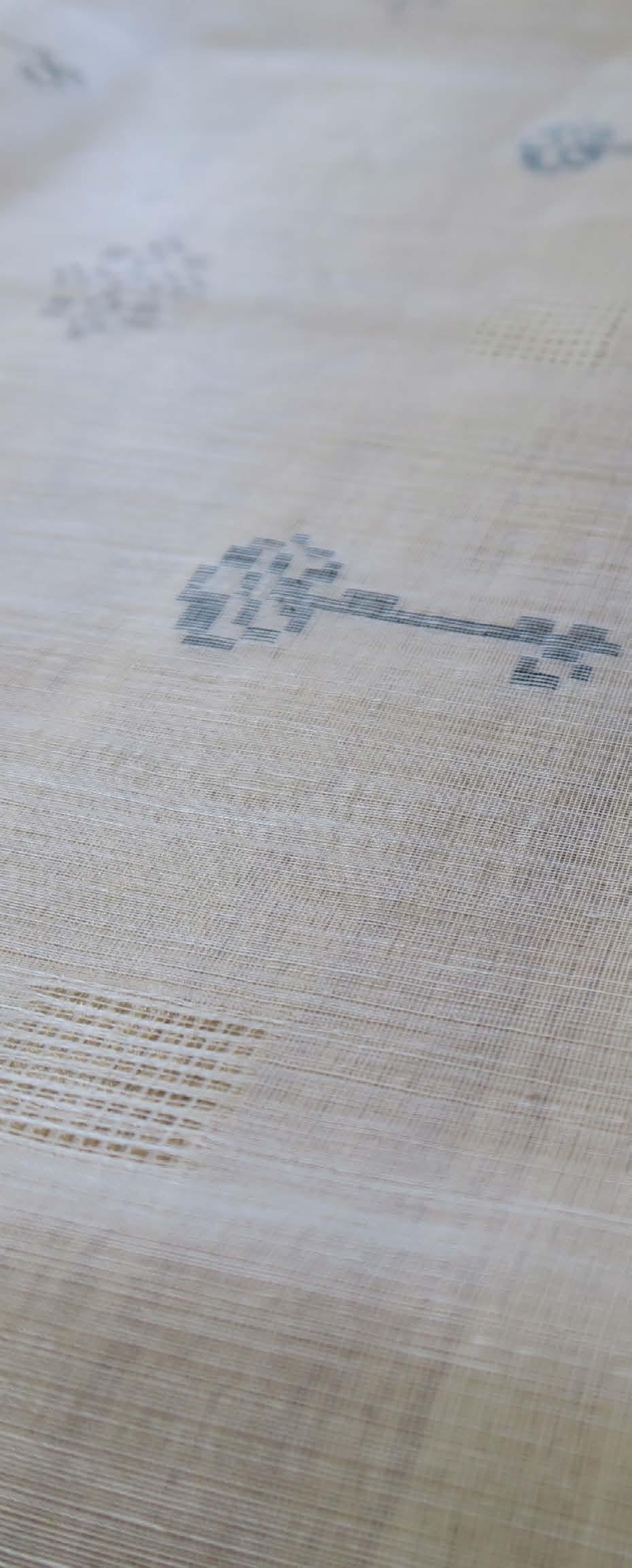
Supported by the FIT Sustainability Fund and its generous donors
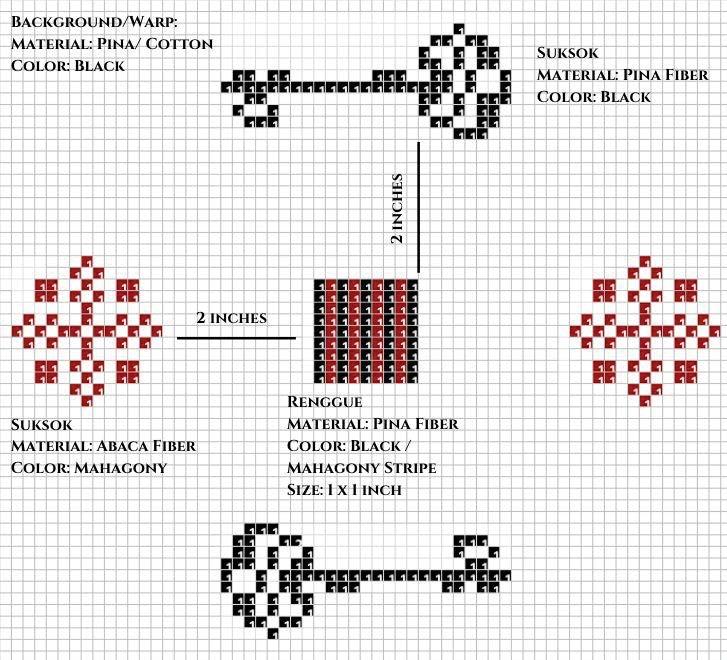

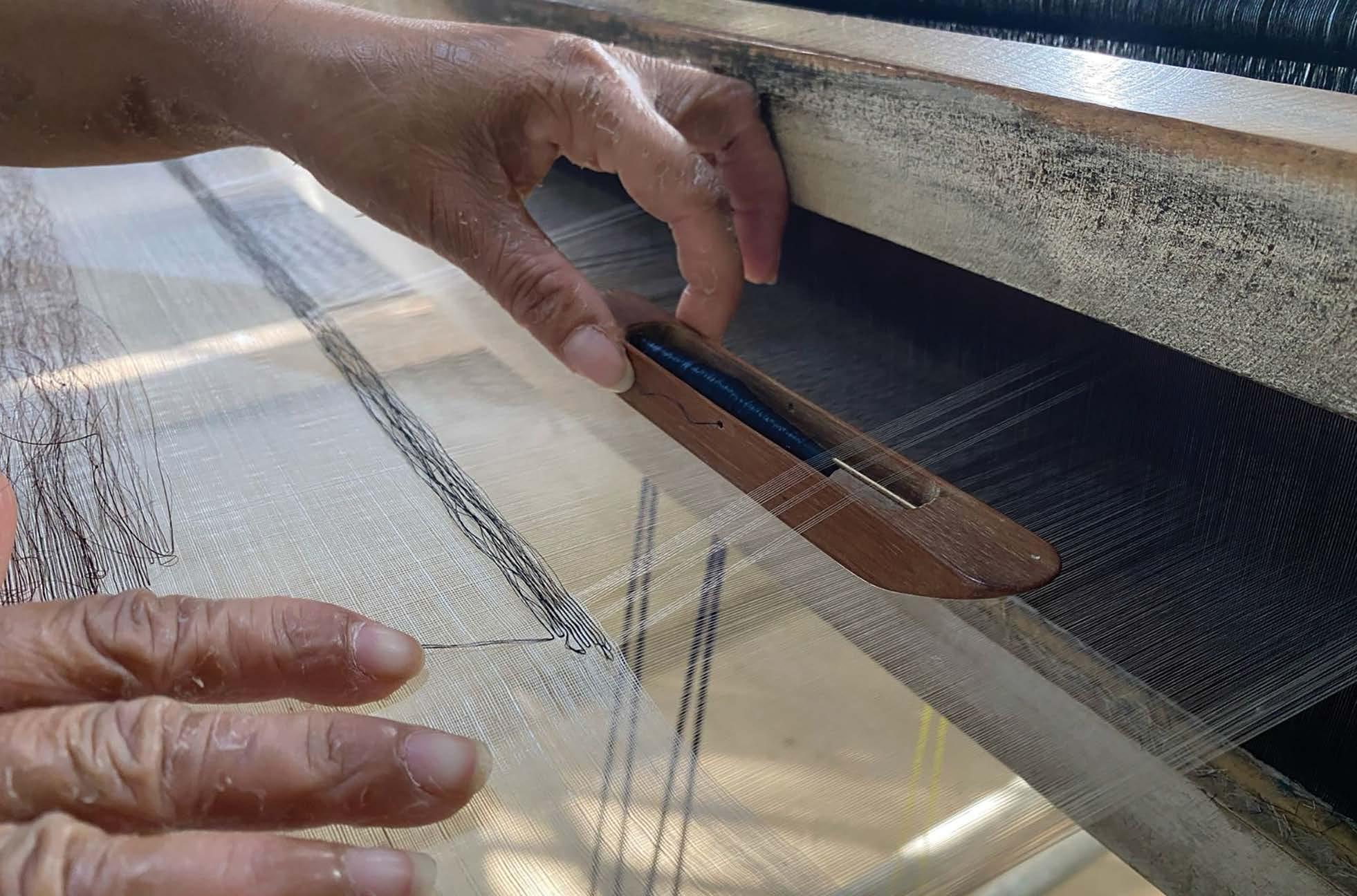
Master Weaver, Nina Rogan
This project is a collaboration between Carlo Reporen Eliserio, master weaver Nina Rogan, and Danggal.
UNITED STATES
Our tapestry project was a collaborative effort between our group and fiber artist William Storms, who wove the final 4-foot-wide by 6-foot-long piece. The concept began as an abstract farm and topographic scene, with sweeping lines and organic shapes symbolizing landscape features like rivers, hills, and fields. We intended the imagery to reflect the flow and movement of both land and culture, with a central river, woven from Abaca, serving as a metaphor for global textile exchange and connectivity.
We warped the loom with a recycled cotton and mohair blend, shifting in color from off-white to gray in an ombré effect, suggesting transition, passage of time, and the blending of tradition and innovation. To give the tapestry a unique texture and structure, we spun several novelty yarns in-house at William Storms Studio. Braided elements and bridges in the design represent historical continuity, how these fibers and practices have been passed down through generations. Ultimately, this tapesty is not just a textile. It is a woven story meant to inspire dialogue and appreciation for global textile traditions.
This project is a collaboration between William Storms and Fîor.


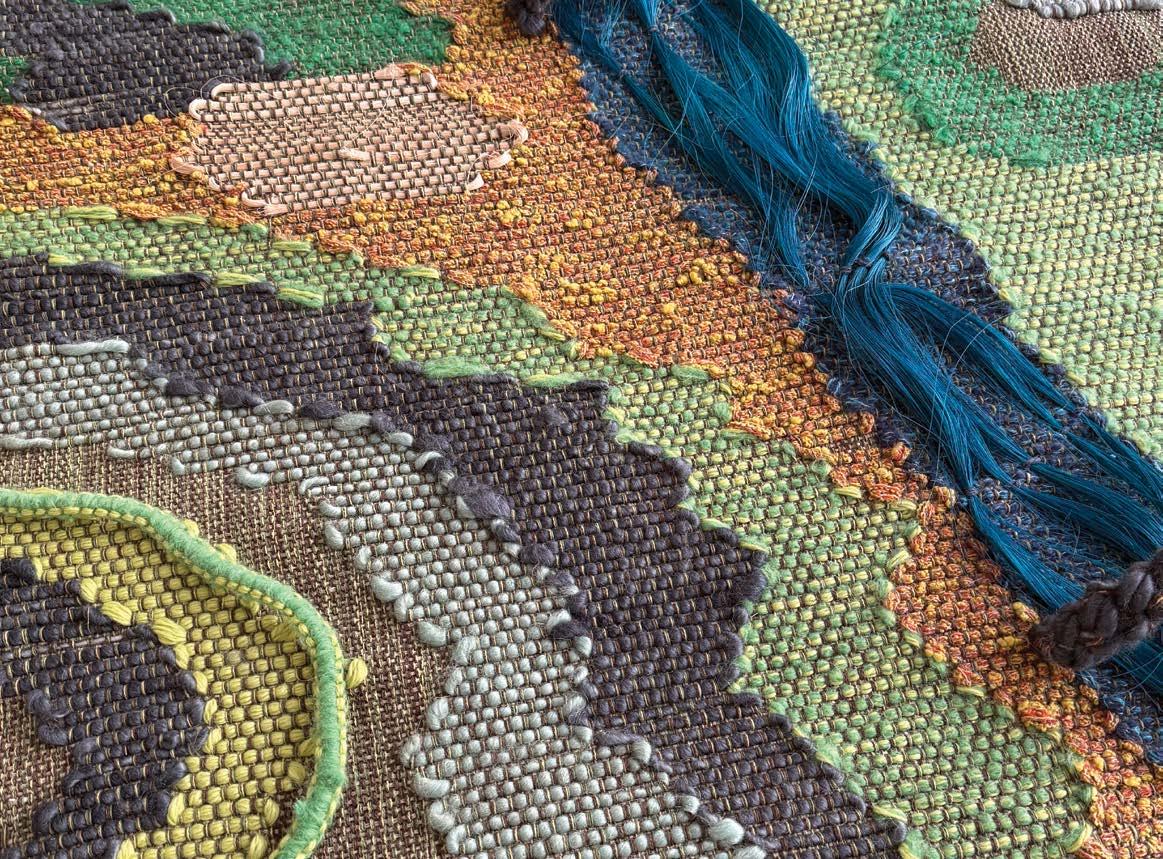
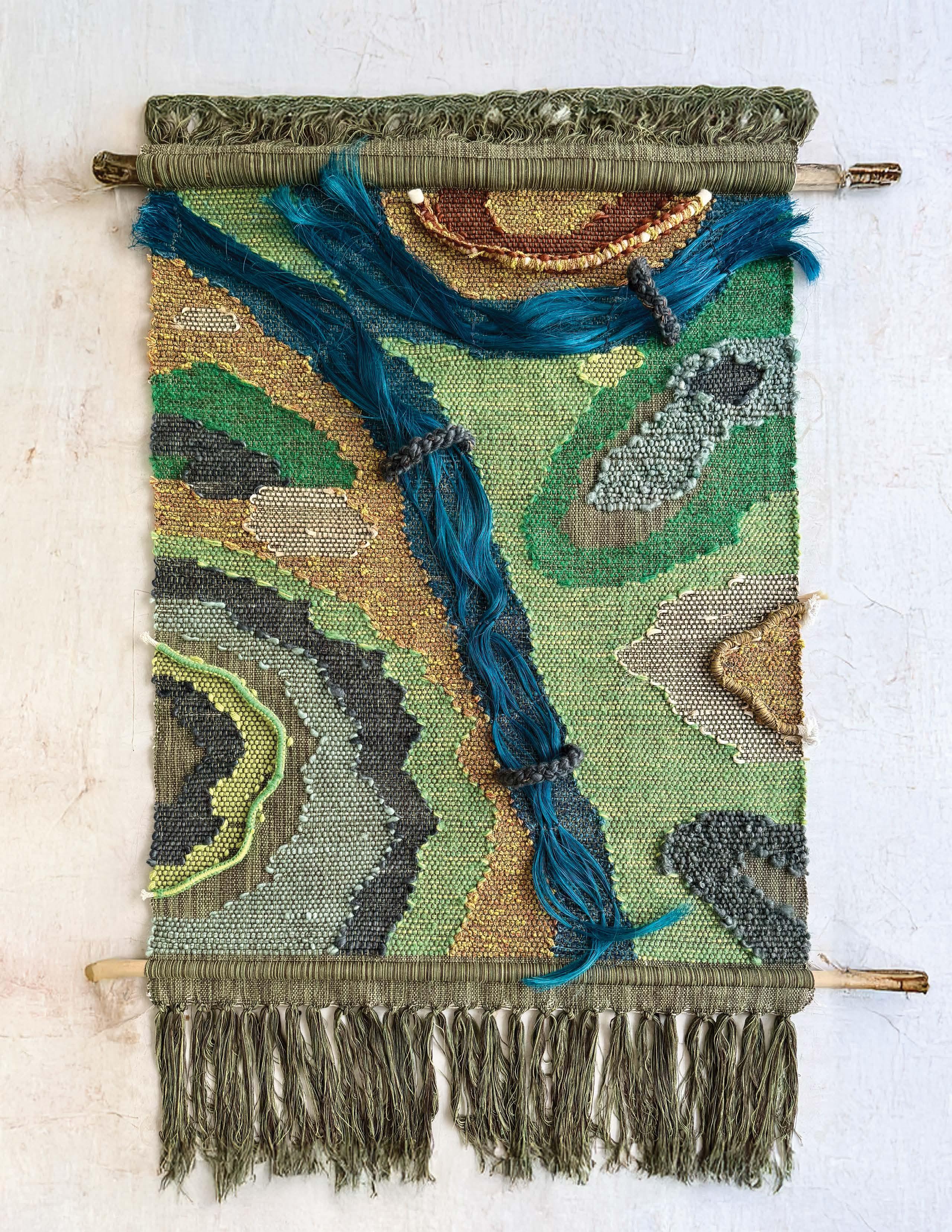
UNITED STATES
“Urban Soundscapes” explores the intersection of nature and the city, capturing the rhythm and chaos of New York’s streets. Inspired by global artisans who use their environment as a muse, we embraced the noise of the city as a natural element. Our chosen fibers—abaca, piña, mohair, and Jacob wool—were selected for their texture and color to visually represent the city’s dynamic energy, with the undulating twill providing a rhythmic backdrop. We foraged materials from the streets that embody everyday urban life. These items are woven or embroidered in to add layers of familiarity, offering a hidden, interactive experience for the viewer.
Working with William Storms helped us refine our vision, guiding us to creatively incorporate these materials and capture the city’s essence. The project has been a deeply meaningful experience, strengthening our connection to New York and to the artisans we learned about from South Africa and the Philippines, who also work with natural fibers to reflect their environments.
This tapestry is a celebration of New York’s sound, energy, and texture, inviting viewers to feel, listen, and connect with the city in a new way.
This project is a collaboration between William Storms and Syncrocity.

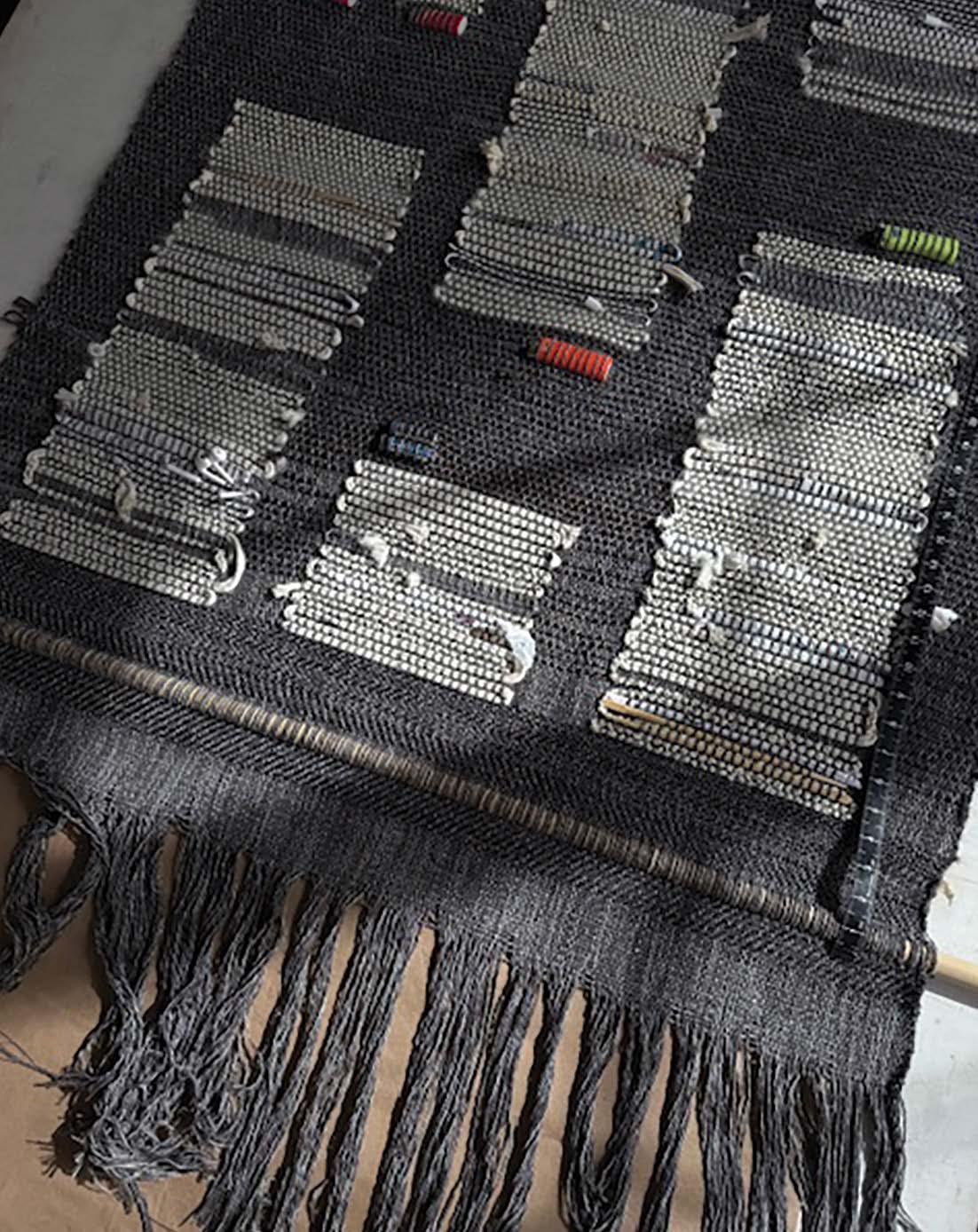
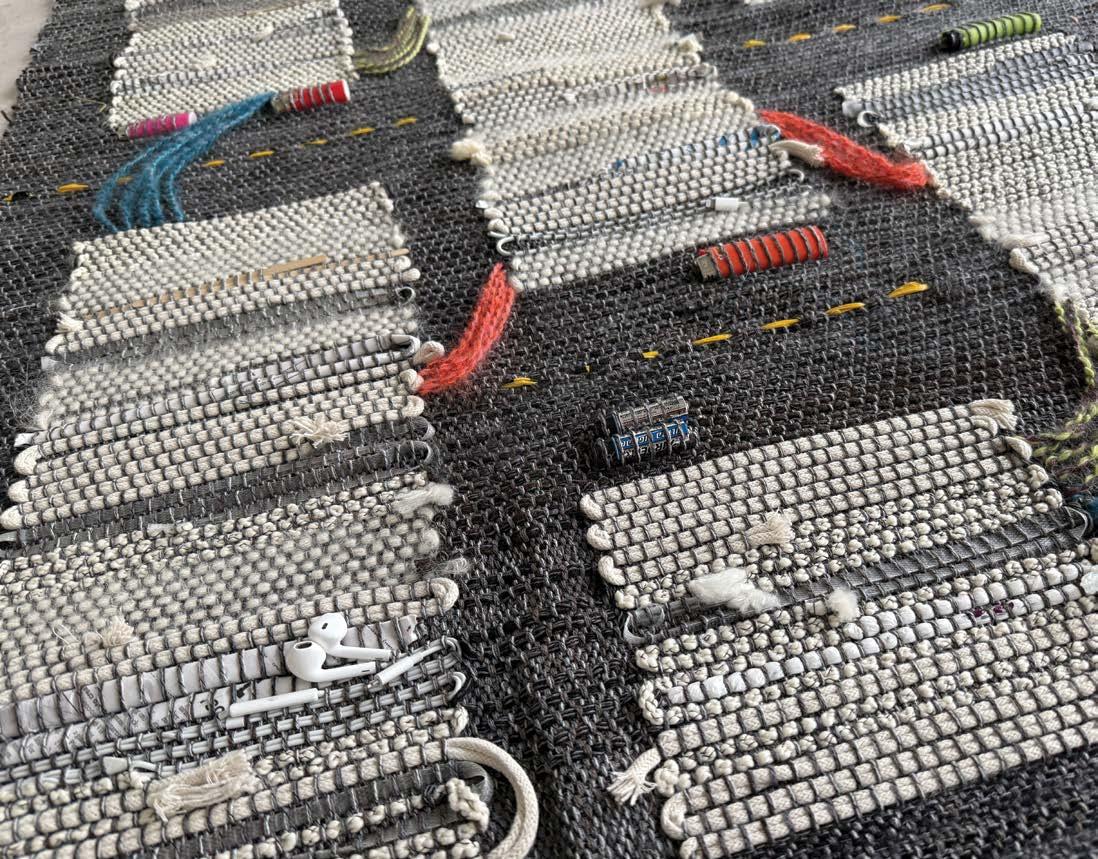

COLLABORATIVE ONLINE INTERNATIONAL LEARNING



Hannah Korkie

Working on the FIT collaboration with mohair was an enriching experience that reminded me why I value group projects. I find deep joy in working alongside classmates and fellow designers, where collaboration becomes a space to learn, challenge my thinking, and grow creatively. A highlight for me was incorporating my love for hand beading—the soft matte texture of mohair contrasted beautifully with the beadwork, adding personal and tactile depth. The tapestry served as a shared canvas, much like traditional storytelling, allowing multiple voices to converge. Every member’s contribution—from color to material decisions—was visible, and the final piece stood as a powerful testament to the value of unified perspectives.
Sinakekelwe Mhlanga
Participating in the FIT collaboration deepened my appreciation for textiles and the creative process. I was immersed in a space that celebrated creativity, technical skill, and collaboration, encouraging me to think more critically. One of the most valuable lessons was learning to value the process as much as the product. Each stage, from concept to material development, became an opportunity for growth. Presenting our first tapestry and receiving meaningful critique was especially memorable, sparking conversations that shaped our ideas. This experience reaffirmed textiles for me as a language of innovation, identity, and history.
Theo Blatcher
Going into the FIT collaboration, I had never created a tapestry before and felt unsure of what to expect. I loved how many hands and minds contributed to the FIT students’ vision, and I learned that yarn can be created as creatively as you imagine. I explored making textural yarn using knitting machines and weaving, referencing the Karoo landscape and FIT students’ guidance. I discovered new techniques like dry felting and stitching yarn for a 3D effect, which added depth and detail. Continued dialogue with FIT students made me feel like an equal part of the creative process. This project shifted how I view textiles, showing me how collaborative, layered, and intentional textile making can be.
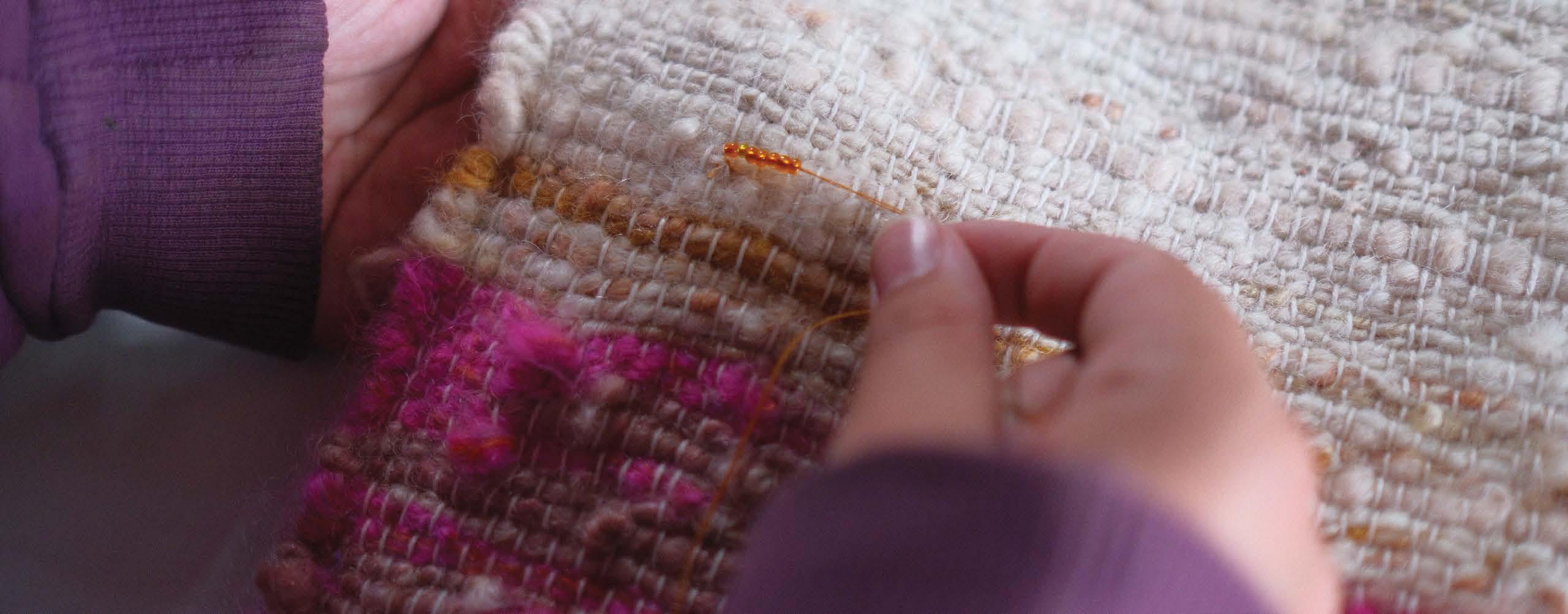
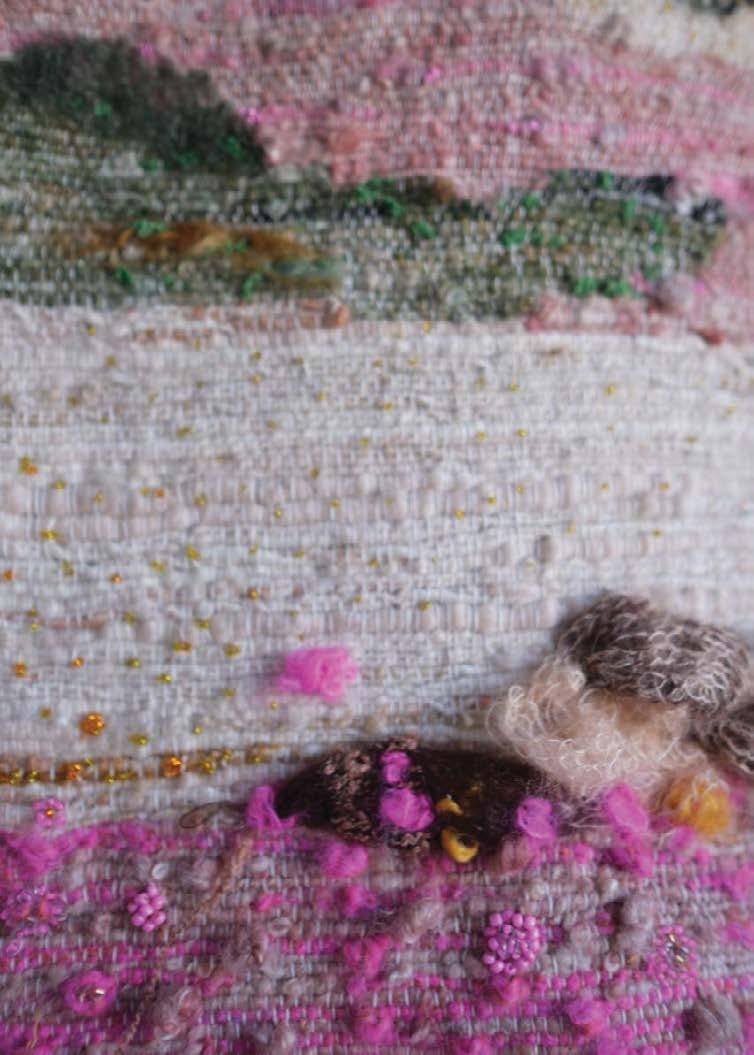
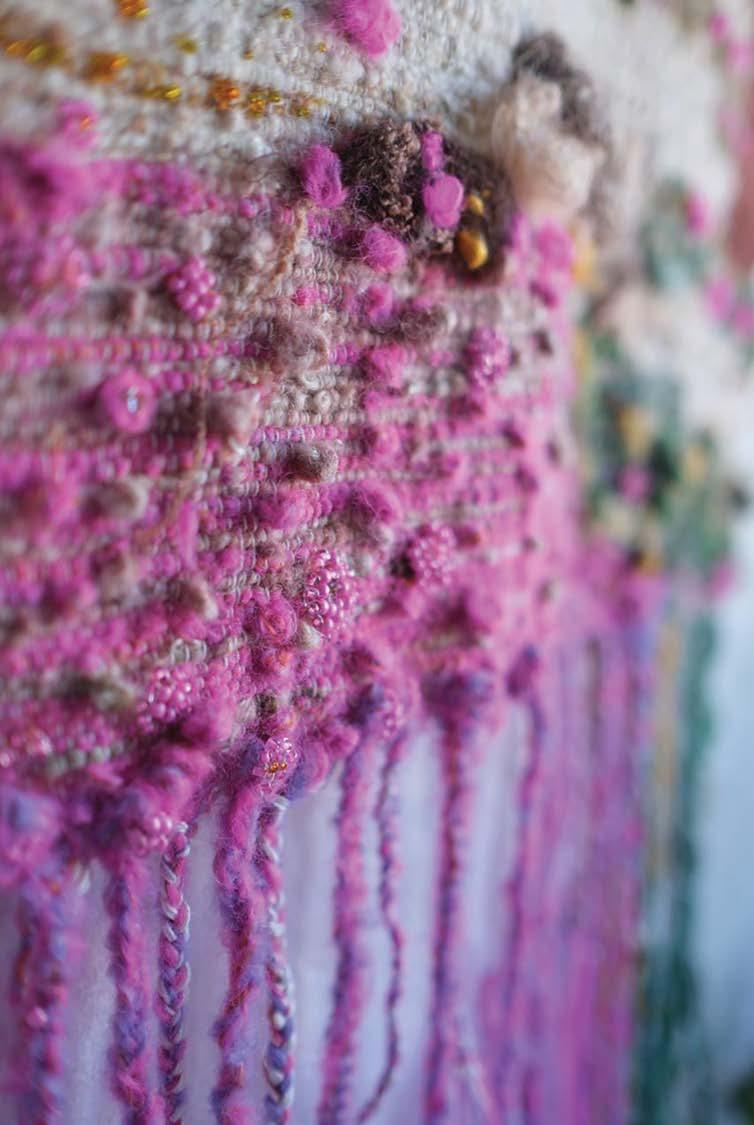
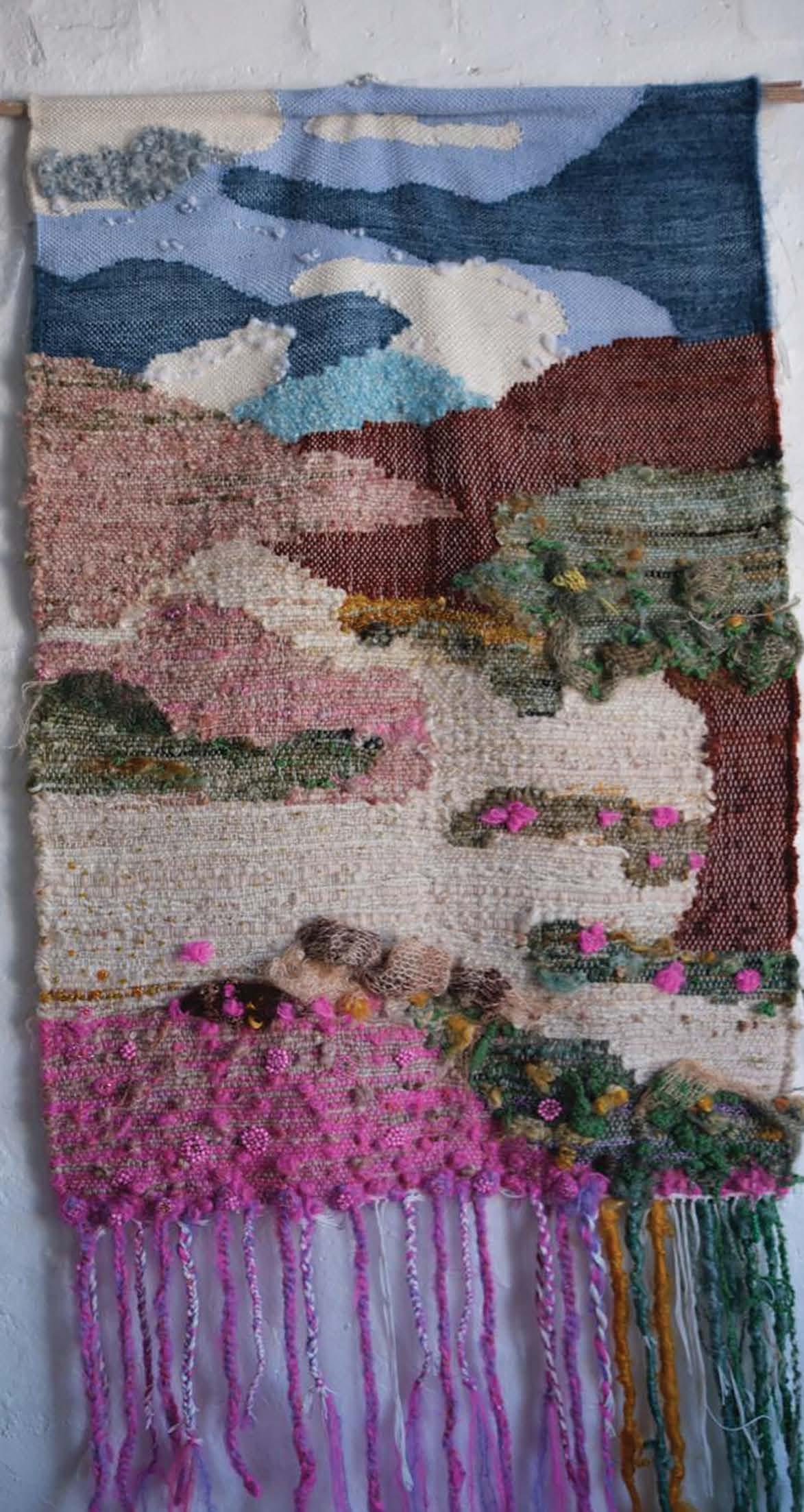
COLLABORATIVE ONLINE INTERNATIONAL LEARNING


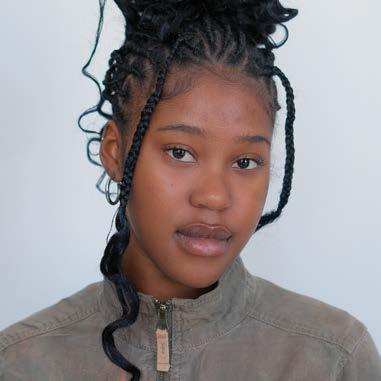
Keona Missing

The DAF x FIT Fiber to Fabric course deepened my appreciation for the time and care behind handcrafted textiles. Seeing a project evolve from raw material to finished piece was incredibly rewarding. Though I typically work alone, collaborating on such an intensive piece taught me how to navigate group dynamics and share creative space. I also shifted from a structured crochet approach to a more intuitive, organic process, which felt freeing. Watching our handmade yarns return as part of the woven tapestry was a powerful, tangible reminder of our collective effort. This course reconnected me to the honesty of handwork and reminded me why slow, intentional making matters.
Calen Hossack
I was thrilled to take part in the farm-to-fiber course, and it became a fast-paced journey of learning and discovery. Meeting our FIT partners over video and seeing their designs brought an exciting sense of connection across distance. Developing textured yarns in our group was challenging, but it pushed me creatively, and I’ve grown eager to keep exploring yarn-making. I especially enjoyed our in-class moments—talking, working, and creating something beautiful together. The beadwork I contributed, as well as the mohair pom-poms, were highlights for me, and I’m proud of the craftsmanship they represent. This experience inspired me to keep developing my beading techniques and to apply them in fresh, expressive ways.
Lutho Ozoemenam
The Farm to Fabric project with FIT NYC was a rare creative experience that pushed me to grow. Starting from scratch—dyeing, carding, spinning—taught me to appreciate the energy and character in every handmade strand of yarn. Working with mohair was a lesson in patience and presence, as its unpredictable nature forced me to slow down and adapt. Collaboration added even more depth, with design breakthroughs often sparked by mistakes or unexpected choices. The tapestry holds more than materials—it carries our stories, doubts, laughter, and triumphs woven into every inch. It’s more than just a final product; it’s a record of connection and creativity that I’m proud to have helped shape.






COLLABORATIVE ONLINE INTERNATIONAL LEARNING
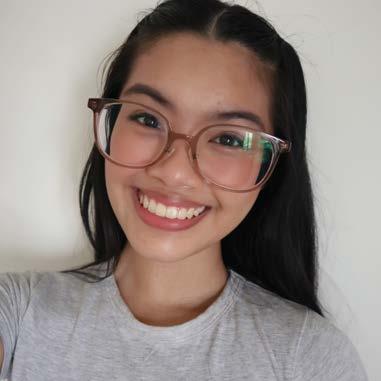


Woven Narratives:
A Collective Reflection on our Favorite Processes

Developing the concept was one of the most rewarding and interesting parts of this project. We were immersed in lengthy conversations right away, sharing ideas on how to work with and handle textiles in original, imaginative ways. Our goals were to explore various textile treatment techniques, talk about modernizing silhouettes, and draw inspiration from a variety of inspirations, such as modern design aesthetics and cultural symbols. Allowing each group member to express their unique perspective created a melting pot of ideas that seemed both new and rooted in tradition, which is what made this phase so enjoyable. It was in these discussions that our idea took shape. As young designers who wish to respect heritage while influencing the direction of fashion, we were not just creating beautiful designs—we were also developing a story that spoke with our identity, values, and vision.
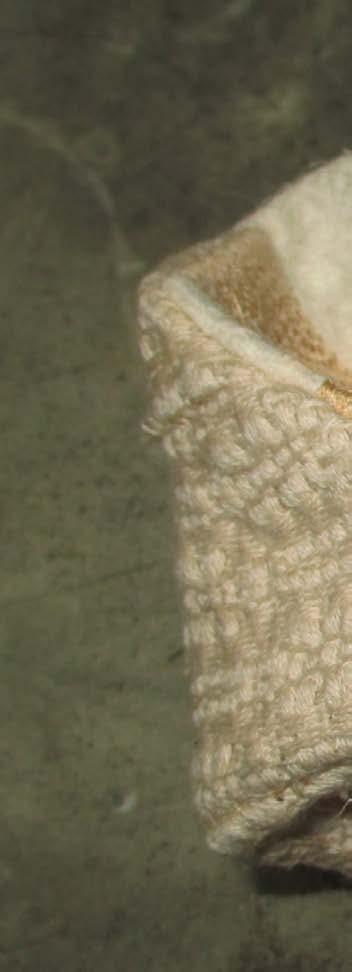
In our process, opening the woven piña fabric was a turning point that left us all in awe. It was more than just seeing the textile for the first time; it was also about experiencing the significance of the piece and its heritage. Upon unfolding the fabric, we were first struck by the incredible artistry woven into each thread and the delicate yet firm character of piña. The room was filled with a sense of collective reverence as we realized that we were holding something that had been skillfully woven by talented artisans using methods that had been handed down through the years. It served as a reminder of our need to preserve the principles ingrained in the fabric's creation, in addition to treating it with respect. Our understanding of slow fashion was strengthened by that experience, which also reaffirmed the significance of sustainability and cultural preservation in our creative work.
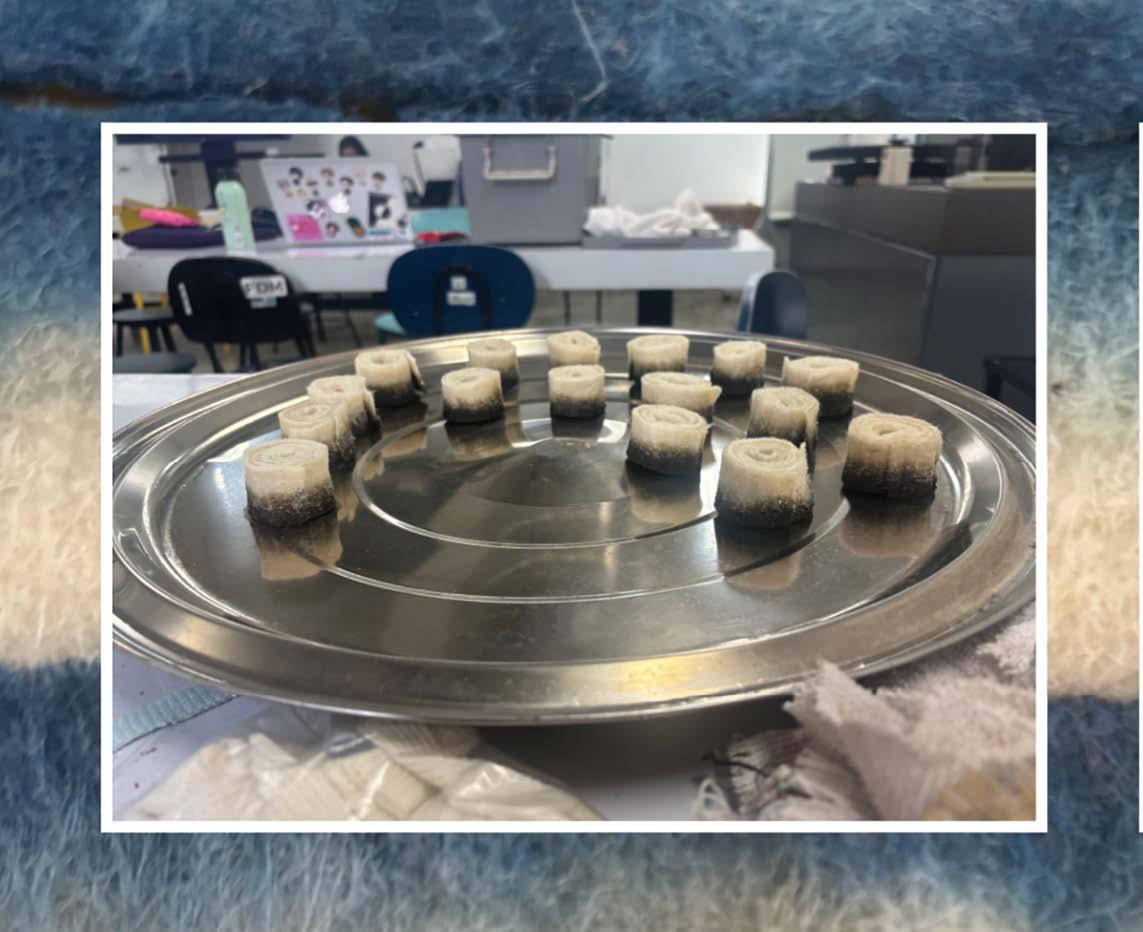

Maria Beatrice Rodriguez
Franz Rafael Flores
Maxine Lucille Sanchez

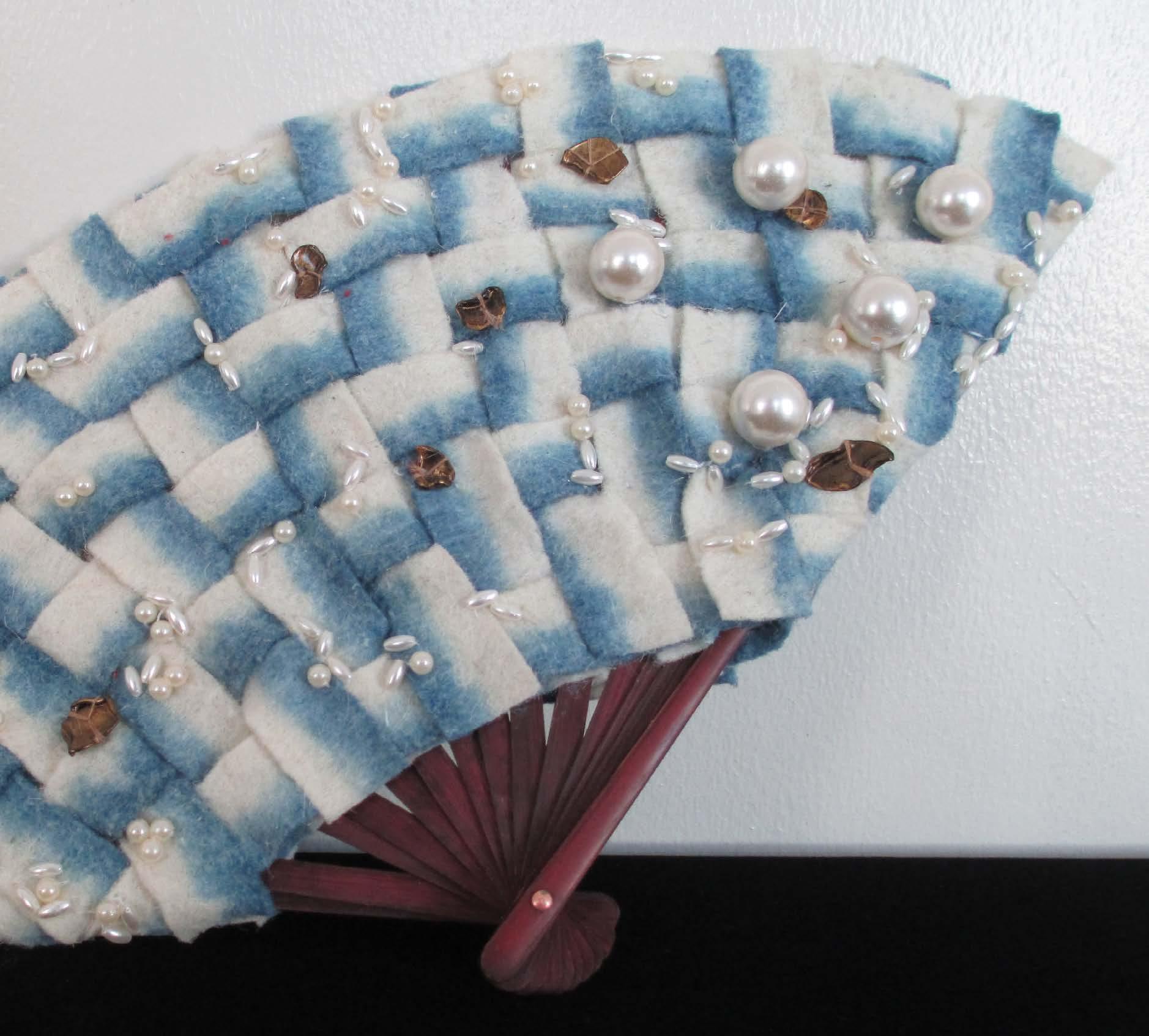

COLLABORATIVE ONLINE INTERNATIONAL LEARNING

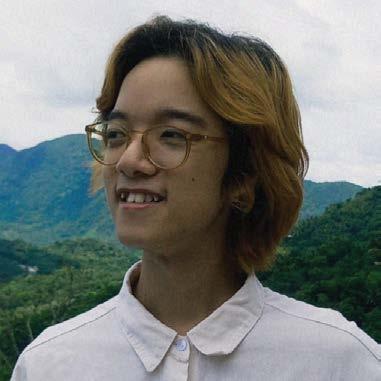

Beyond The Loom

Throughout our experience in this project, which encompassed a wide range of enriching learning opportunities, we truly valued the emphasis placed on collaboration. Working alongside individuals with unique styles and talents that naturally complemented one another not only broadened our creative perspectives but also encouraged insightful exchanges of ideas. The diversity of approaches and skills within our team created unity, making each challenge feel more achievable and inspiring. We particularly enjoyed the phase of conceptualizing projects, as it offered an intellectually engaging challenge to bring an idea to life, refining it step by step, and watching it transform into reality. The process was both rewarding and fulfilling, providing us with a better understanding of the creative journey. Additionally, exploring the world of natural fabrics and dye techniques greatly enhanced our knowledge of dyes, from experimenting with different methods to mastering application techniques. This journey expanded our technical understanding and offered insights into the science behind textile creation, cultivating a greater appreciation for the meticulous processes and craftsmanship required to bring each piece to life.

Ann Therese Gabunada
Juan Paolo Gomez
Korinne Lilly Lim
Furthermore, it was an immensely enriching and insightful experience to visit factories where cotton is meticulously produced and witness firsthand the intricate process of its transformation into fabric. Observing the various stages of cotton production provided a profound understanding of the labor, technology, and precision involved in creating such a versatile material. Equally captivating was the opportunity to witness skilled weavers at work, as they deftly interlaced each thread, turning raw fibers into beautifully crafted textiles. The dedication, expertise, and artistry displayed by the weavers not only highlighted the technical mastery required but also underscored the significance of craftsmanship in creating textiles that are both functional and aesthetically captivating. This experience deepened our appreciation for the complexity and precision involved in textile production and reinforced the connection between tradition, skill, and innovation in the world of fabric creation. Overall, this comprehensive exploration of the textile industry left a lasting impact on us, solidifying our passion for the artistry and meticulous processes that underpin the creation of each unique textile piece.




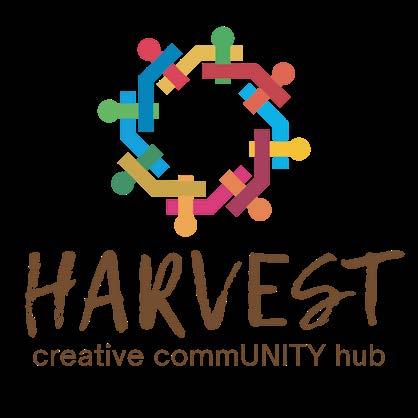
Weaving Our Community
A COLLABORATIVE FARM-TO-FABRIC TAPESTRY
Two artisan-woven tapestries bring student brand visions to life through a meaningful collaboration between Anna Lagon of the Bayo Foundation and weaver Clarissa Campilla of Harvest Creative Community Hub. Interpreting the students’ mood boards and brand identities, each tapestry is crafted using Mohair, Abaca, Piña, and Jacob Wool—fibers that embody heritage, sustainability, and cultural storytelling.
These pieces reflect the powerful intersection of design and craft, where student concepts are translated into woven form, bridging communities across continents.
Through the ends of textiles, we become truly connected as one.


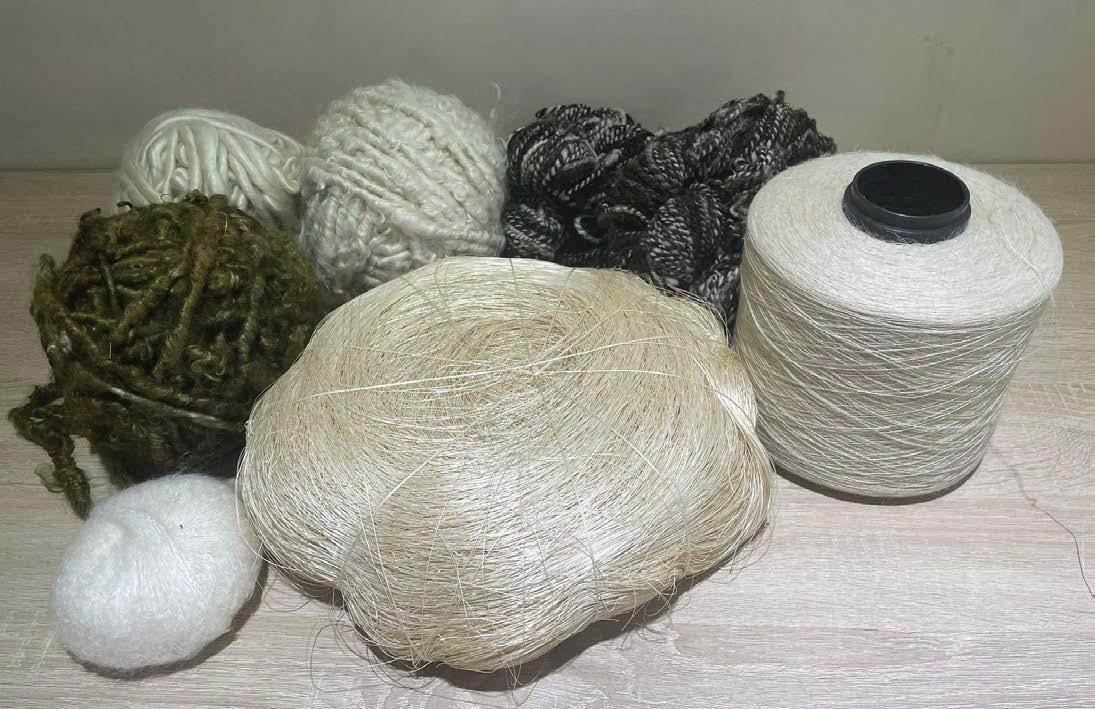
THE FARM TO FABRIC COURSE
Weaving a Global Community Through Craft & Collaboration

The Farm to Fabric course has always been about more than just learning textile techniques—it is an immersive experience that connects students to the hands, histories, and landscapes behind the materials they work with. This year, we expanded our reach through COIL (Collaborative Online International Learning), an initiative that deepened our commitment to global collaboration by bringing together students and artisans from South Africa, the Philippines, and the United States.
Textile craft has always thrived on connection—knowledge is passed from hand to hand, generation to generation, forming an intricate web of makers. This course extends that tradition, allowing students to step into a global network of artisans and fellow students. Together, they explored the stories, techniques, and cultural significance of mohair, abaca, piña, and Jacob wool—fibers that serve as the foundation of our course.
Empowering Voices Through Global Textile Collaboration
Through COIL, students didn’t just study textiles; they listened to the voices of farmers, spinners, dyers, and weavers, feeling the presence of their hands in the materials they worked with. While students could not physically walk the landscapes where these fibers originated, they experienced them through video recordings and conversations, storytelling, and virtual exchanges that brought the realities of fiber production to life.
This collaboration took many forms. In South Africa, we continued our partnership with Frances van Hasselt, together with Leandi Mulder, who shared their expertise in mohair and regenerative farming. In the Philippines, students engaged with Raquel Piña Cloth Products and the Bayo Foundation, working alongside weavers to understand the craftsmanship that transforms abaca and piña into textiles. In the United States, we collaborated with Brooklyn-based artisan William Storms, who worked with all four featured fibers to showcase how these diverse materials can be integrated into sustainable fiber practices.
At its core, this initiative was about more than learning—it was about building relationships and fostering a sense of community. As artisans worked with students, they also engaged with fellow weavers and craftspeople, expanding the impact of this project far beyond the classroom. The act of making became a shared language, a way to amplify voices and create a deeper sense of belonging across cultures.
Just as artisans bring their deep expertise and traditions to the collaboration, students bring their curiosity, fresh perspectives, and creative interpretations. This exchange was not just about skill—it was about mutual respect, vulnerability, and growth. Each person, whether student or artisan, was seen, heard, and given the space to contribute to something greater than themselves.
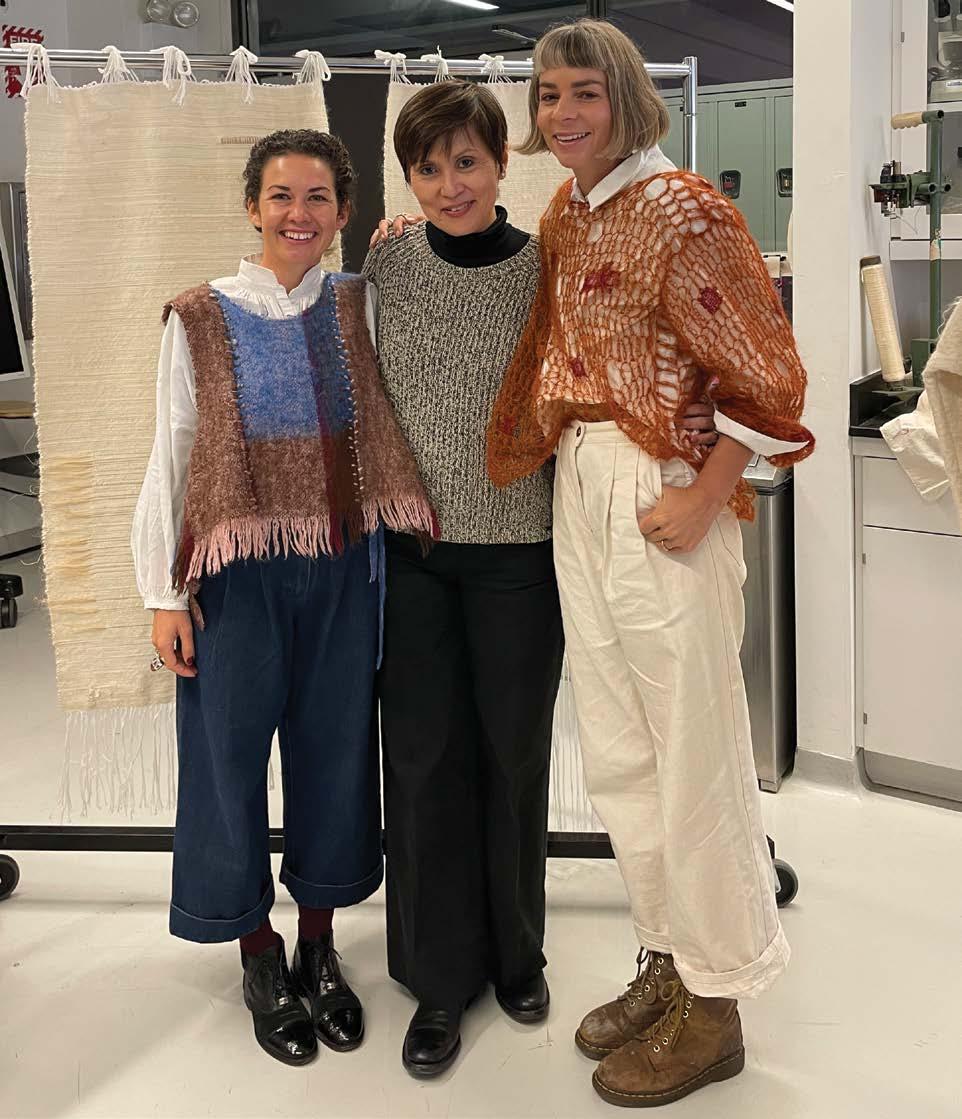
Weaving a Future Together
True sustainability is not just about responsible sourcing—it is about building lasting relationships, honoring craft, and ensuring that the hands behind every textile are valued and supported. This initiative is a step toward a future where makers across the world are connected not just by fiber, but by shared purpose and community.
The Farm to Fabric course is no longer just about learning how textiles are made—it is about understanding who makes them, why their work matters, and how we can collaborate to ensure these traditions thrive.

Photo by Alyssa Hartmann
Interwoven Voices
Bringing together the words of those who made this project possible—artisans, educators, and partners whose roles, though distinct, are tightly knit. Their reflections highlight the dialogue, connection, and shared purpose that guided this farm-to-fabric collaboration.
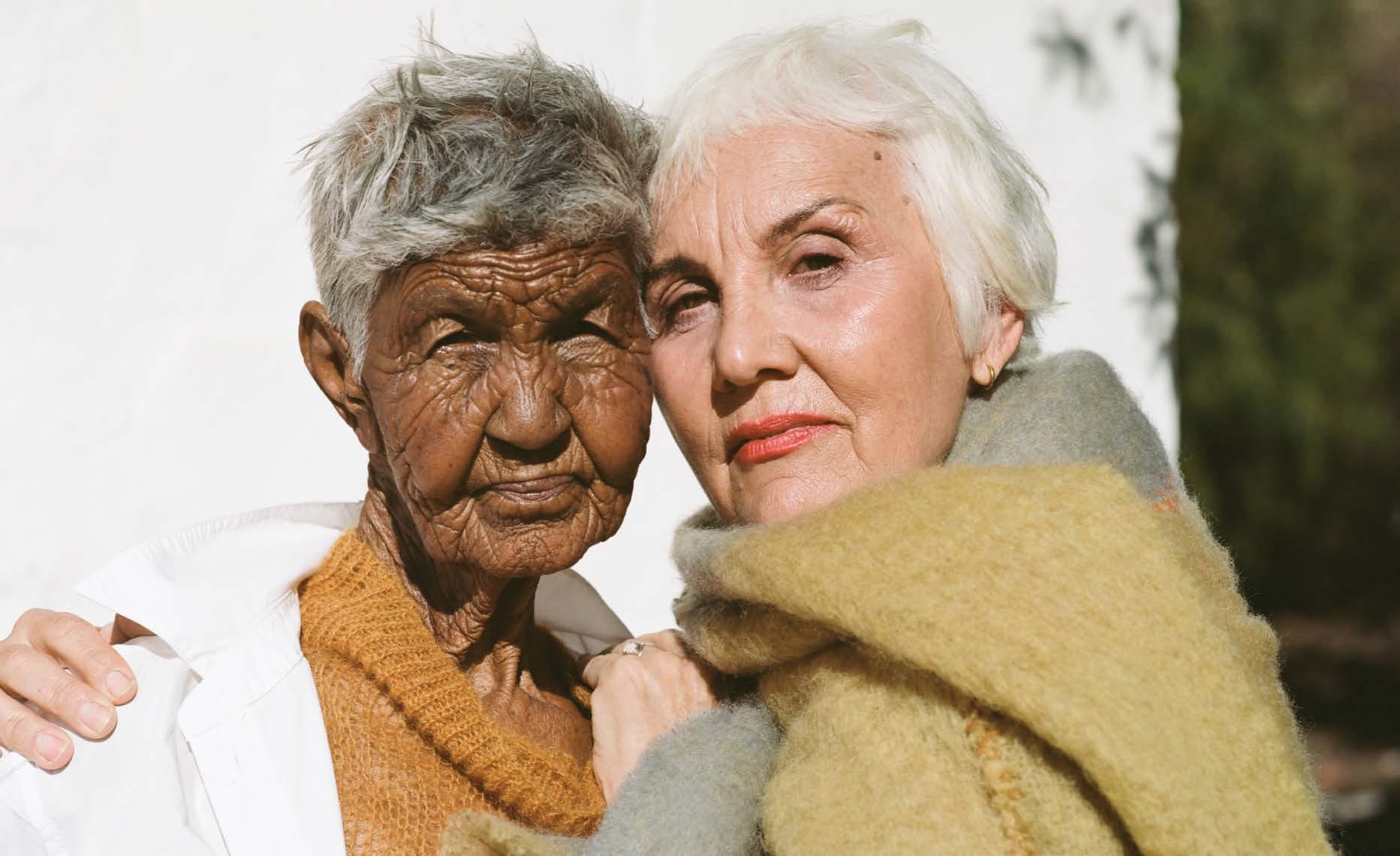
FROM RAINFALL TO RUNWAY
CONNECTING TO THE NATURE AND NURTURE THAT WEAVES OUR FABRICS TOGETHER.
Frances van Hasselt

Never before has understanding the textile service chain been more important. This understanding is built on opportunities for engagement where we learn about various role players and elements at play to trust the system. Trust only gets built when things make sense. The opaque nature of the fashion and textile industry breaks down trust and understanding. We are at a point where our systems are crumbling, and to stop this, things need to change to make sense again.
The FIT Farm to Fabric Course plays a rare and pivotal role in helping future textile creators understand the roots of their fabrics and the responsibility they have to make pieces that celebrate the process and where their end-products find their place of rest.
The most important change we need to see is for the fashion industry to start making pieces that are informed by nature, instead of asking nature to adjust to fit the needs of fashion.
In any industry, only when you truly understand your materials do you become a master of your craft. One of the biggest problems we face in our industry is the lack of understanding of materials and a disconnection from our
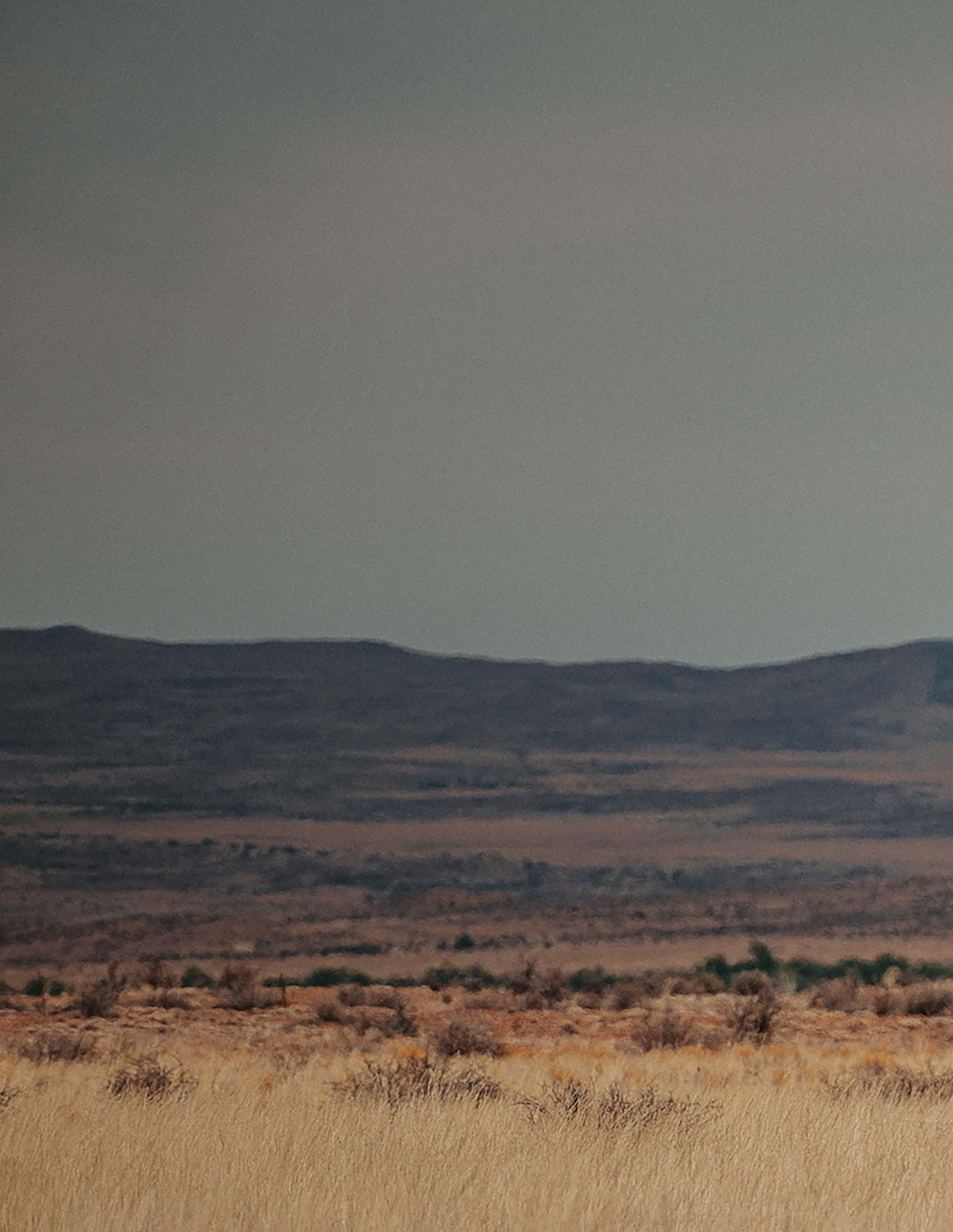
supply chains. As a result, the textile industry continues to source materials with specific qualities that they know will give a specific product. For example, brands will say, ‘We only use kid mohair. ’ If there was engagement at farm level, they would realize ‘kid mohair’ is the first two times a goat has a haircut, and yet goats can live up to 12 years. Should we, as a textile industry, not be asking, ‘What can we create that is different, presents fibers in new ways and speaks to the full life cycle of that animal?’
When we understand the ingredients of our fabrics, we will become extraordinary in this industry because this knowledge at the design level rarely exists. The FIT Farm to Fabric course offers this connection and presents an opportunity for the next generation of makers to be inspired by the characteristics of their ingredients and design products demonstrating all the possibilities of what that fiber can be, instead of trying to get a material to squeeze into outfit that may fit but is not in season.
When we can play around with our materials because we understand them and how our choices impact land, people, and animals, the textile industry will become exciting, relevant, and truly sustainable. This course focuses on creating products from the land instead of the current obsession of making from the collection down.
Responsible material production does not start in factories, it starts with rainfall.
It is vital for the next generation of textile enthusiasts to know and appreciate this connection to the land. The FIT study abroad program to South Africa in June offers an even closer connection to producers and the environment that nurtures these fibers.
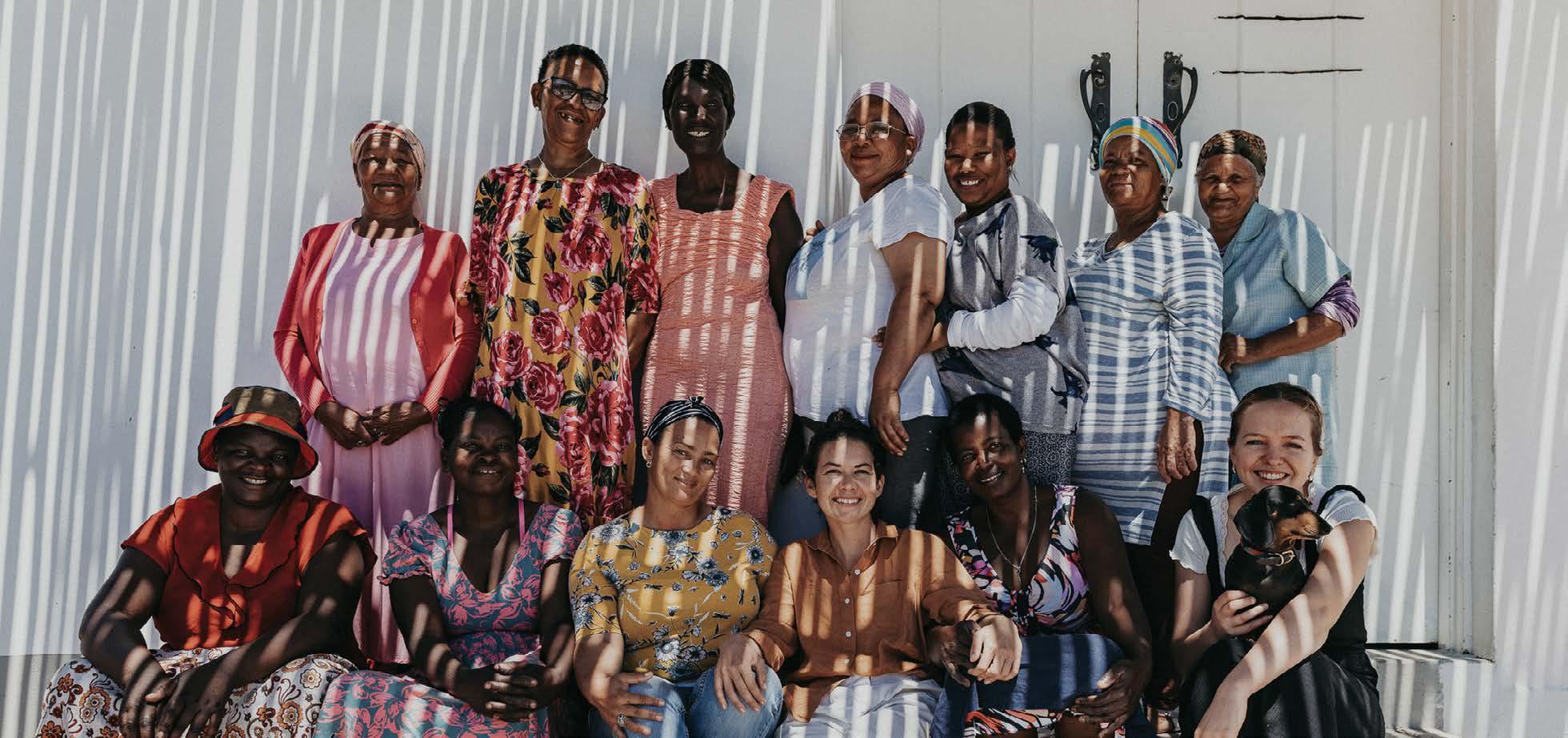
Only by interacting at land level will students feel the energy of the land, know the people, the climate, the personalities of the animals, the textures and hues of plant life, the quality of water and share food and stories passed around the table – All of these things make up our understanding of materials, not only their unique properties.
Once you know all the actors and elements needed to get from rainfall to the runway, one cannot help but recognize the value of each thread and the responsibility we must take similarly. By failing to make this connection, sustainability goals are purely words that follow barcodes, removing us as humans from feeling any personal responsibility for what we do with these facts and figures.
There is a need and an appetite for people to start understanding where things come from to appreciate ‘value’. ‘Value’ comes from educating on the ecosystem that we choose to buy into, not buy from. And when this system works, it should be simple enough to make sense to a five-year-old.
Innovation may not mean reinventing the wheel, but understanding it. Going back to basics. The biggest
breakthrough would be the connection and a basic understanding of where things come from and where they go. Breaking silos in a textile industry that is geographically and functionally segmented.
It has been a privilege to be part of Professor Lorenza Wong’s course. Not only to share knowledge, but to teach a new way of making, an old way of making.
Fabrics literally weave a story about the history of a place. The very reason as to why they exist, the materials used, who made them, and how, documents a moment of time. It is on us to educate future designers to recognize the responsibility and privilege they have to make, preserve, and conserve.
Special thank you to Mohair South Africa for seeing the value in investing in education; without your support, my involvement in this course would not be possible.
The students that I have met and engaged with in this course give me hope for tomorrow. We are here to support and cheer you forward. We will watch with great interest and pride at what you build.



Facilitating this year’s Farm to Fabric Capstone program was an inspiring and deeply enriching experience. At its core, this collaboration exemplified the power of cross-continental exchange—bringing together the energy and intuition of young student minds from both DAF and FIT and rooting their creative process in the home soil from where mohair originates, is processed, and reimagined.
The program, led with care and vision by Lorenza Wong at FIT, began with a deep exploration into the meaning and context of materials and fiber origin. Frances van Hasselt’s contribution was central: her lived experience of designing and working within a Farm to Fabric model offered students invaluable insight into what it means to engage with mohair at source—and how fibers can carry story, place, and intention as they move through many hands.
The journey began with FIT and DAF students connecting across time zones to co-develop textile art concepts. This was not just about design—it was about conversation, intuition, and imagining something together from opposite ends of the world.
Students then created unique yarns and fiber elements using mohair—raw, expressive, and experimental details that would later be woven into textile pieces by Frances vH Mohair. There was a sense of reverence for process, and a mutual respect for each other’s craftsmanship. These yarns became catalysts for new ideas. When the woven pieces returned to Cape Town, DAF students stepped into the final stage of embellishment— embroidery, felting, knitting, beading—responding not only to their FIT partners’ vision, but to the textile itself.

...when students are encouraged to fully immerse themselves in the value of material, they begin to design differently.
Leandi Mulder Fashion designer and Head of Department Design Academy of Fashion
As facilitator, witnessing the full-circle journey—from concept to material development, to weaving, to final surface design—was incredibly powerful. One of the most valuable takeaways was seeing how, when students are encouraged to fully immerse themselves in the value of material, they begin to design differently. With more care. More meaning. A simple yarn becomes a narrative thread—a tactile detail filled with intention.
This program brought the intersection of collaboration, textiles, and art into sharp focus—and reminded us of the essential link between textile design and fashion design. The way these two worlds can inform and elevate each other is vital to the future of a more thoughtful, interconnected, and sustainable industry. When each role-player is empowered to contribute meaningfully, what emerges is not just beautiful—it’s transformative.
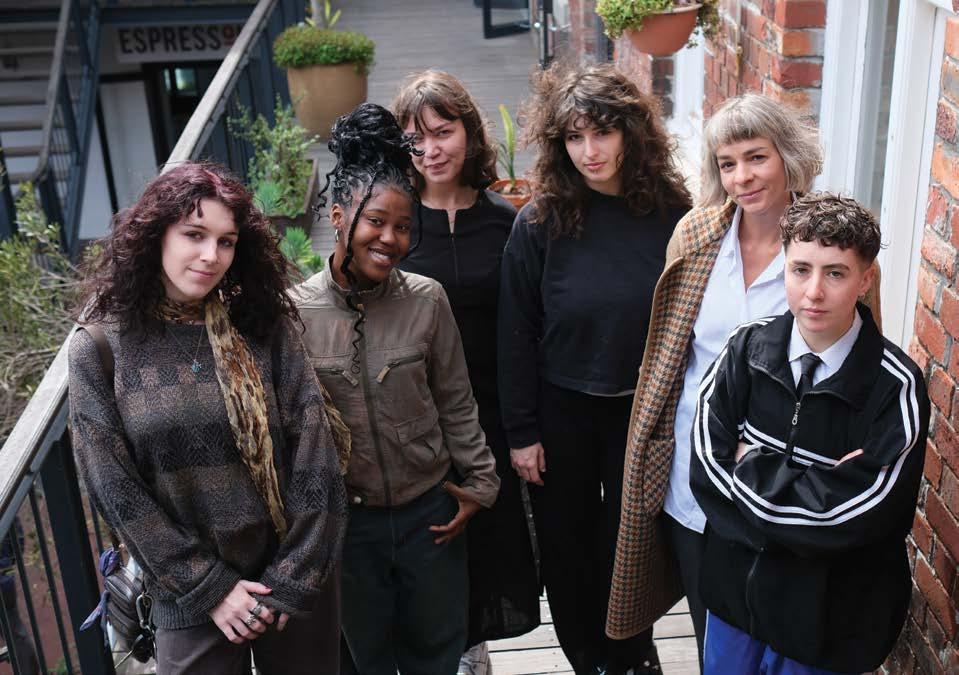

Ionica Abraham Lim Chairperson College of St. Benilde
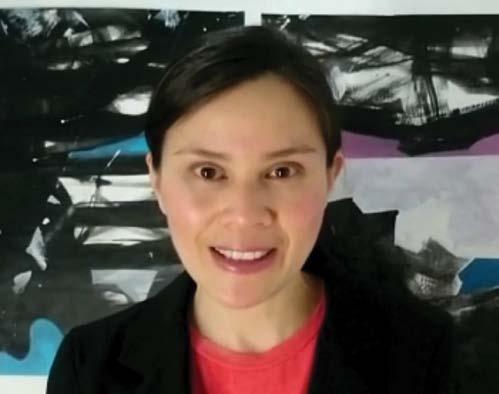
Olivia Lopez Professor College of St. Benilde
Facilitating the Farm to Fabric course this term has been a meaningful experience that has deepened our perspectives as educators and the students’ understanding of sustainable textile systems. The course was designed to explore the complete journey of a textile—from the cultivation of raw fibers to their transformation into beautiful woven fabrics—highlighting ethical production, environmental impact, and cultural relevance.
A key highlight was the cross-cultural collaboration involving three institutions, each with unique roles in the design and textile ecosystem: FIT New York, Textile and Development and Marketing, the BAYO Foundation Philippines, and the De La Salle-College of Saint Benilde, Manila Fashion Design and Merchandising Program. Despite geographical distances and different industry perspectives, the partnership allowed students to engage in collaborative, practice-based learning that combined heritage weaving techniques with contemporary design sensibilities. It brought the course’s core themes— sustainability, cultural heritage, ethical collaboration, and responsible innovation—into a real-world context.
The course emphasized values-driven design with a strong focus on materiality, particularly abaca and piña, both native Filipino fibers. Students examined the fiber's origins, the production's environmental cost, and the possibilities that local, organic materials offer in shaping a more ethical and sustainable fashion future. It was fulfilling to see students from both Benilde and FIT critically reflect on their design decisions, particularly regarding sourcing, labor, and narrative development.
Student engagement was particularly strong during the fieldwork at the BAYO Foundation weaving facility, as well as in the virtual design sessions with FIT students. These experiential and intercultural activities nurtured a deeper appreciation for craftsmanship and the human stories woven into fabric production. Documenting their process and developing brand narratives also challenged students to think more deeply about how sustainability and culture can be effectively communicated through design.
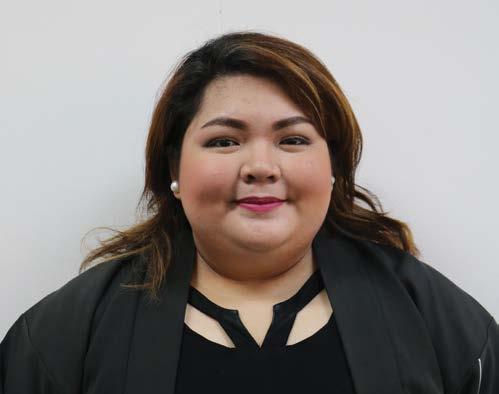
Diana Katigbak Educator College of St. Benilde

The learning outcomes were evident in the students’ ability to synthesize research, collaboration, and creativity. During the creation process, they explored the potential of natural fibers through experimentation with natural dyeing and fabric manipulation techniques to achieve the designs they envisioned. Their final outputs—including woven samples, doll-size garment prototypes, and brand concepts—not only demonstrated technical proficiency but also a strong awareness of sustainability as a guiding design principle.
This project demonstrated the value of linking academia and industry to deepen the understanding of ethical design practices. Moving forward, this framework offers a strong model for future collaborations that honor local heritage while embracing cross-cultural dialogue. It showed us that when students are given meaningful, real-world contexts for their work, they engage with greater depth, purpose, and imagination. We hope to continue building on this model with other public and private schools, industry partners, and artisan communities across the globe.
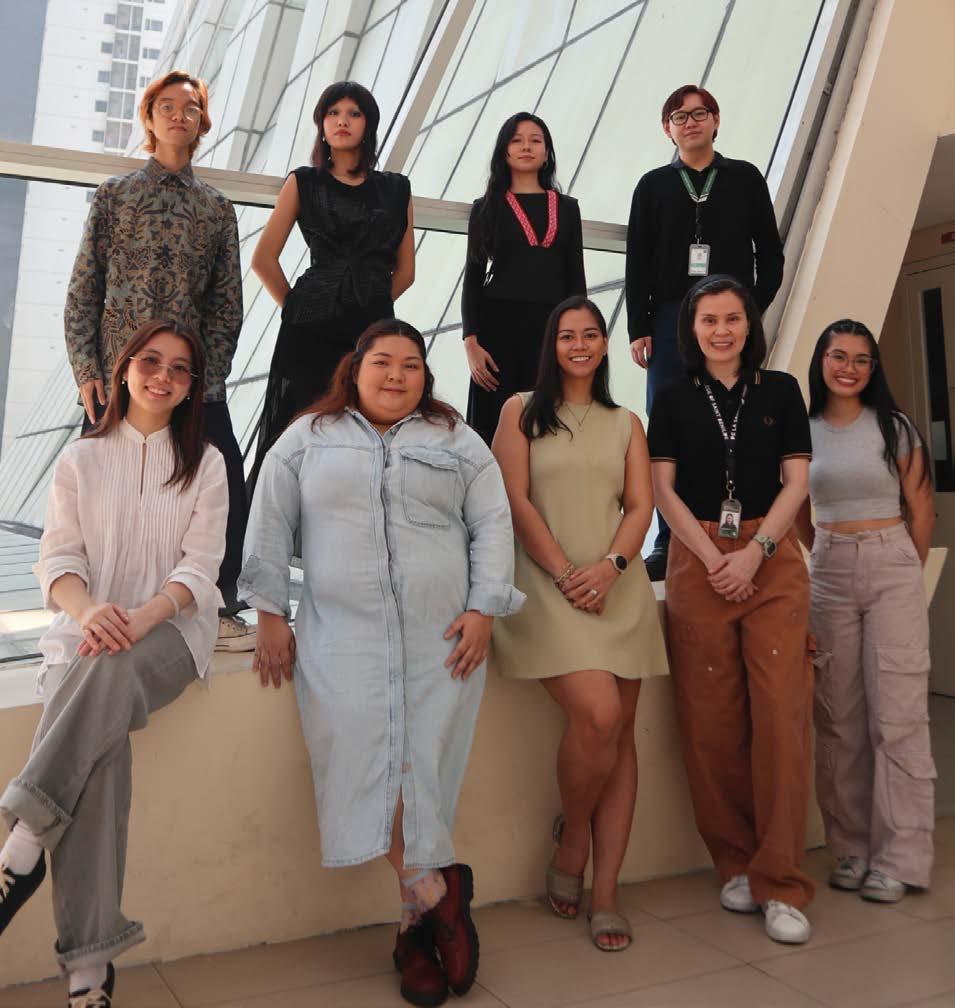
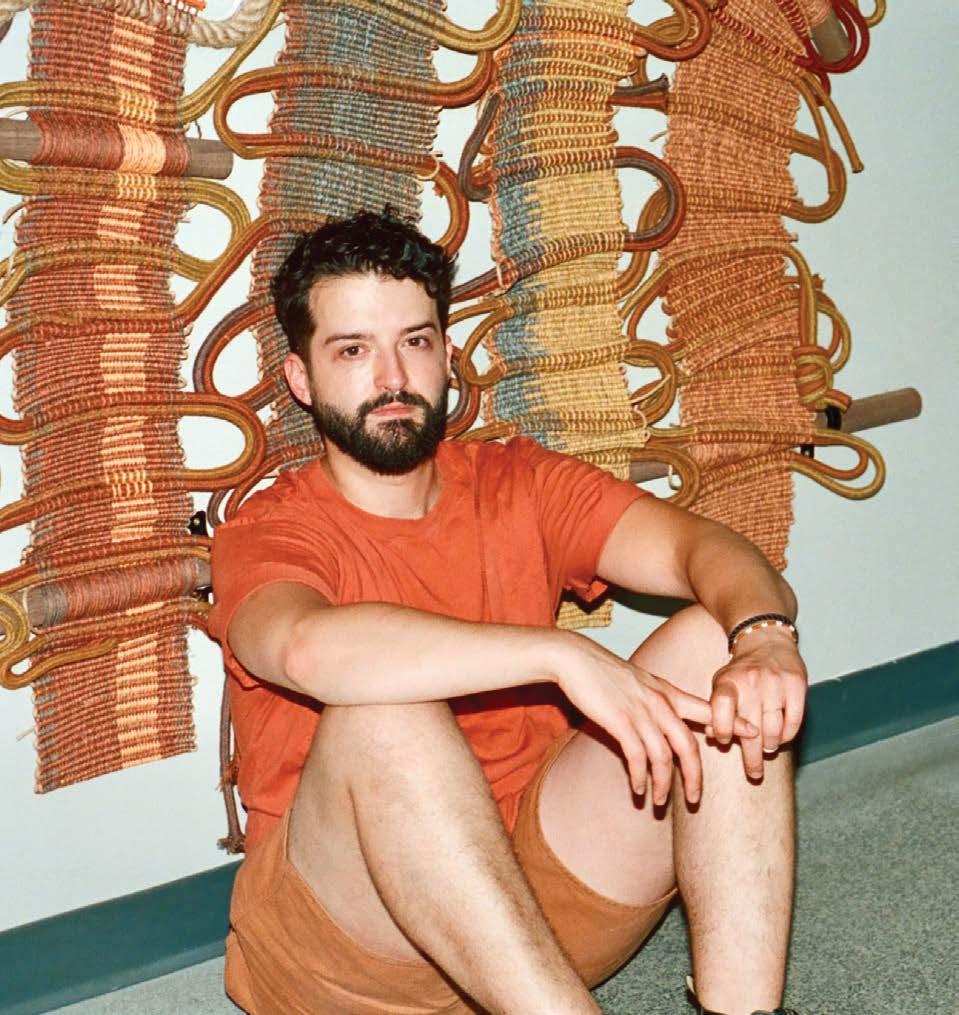
It sounds dramatic, but modern consumerism has erased our collective understanding of natural fiber and its applications.
My grandmother’s generation knew when to use wool instead of cotton or linen—and, more importantly, why Whether due to the rise of disposable products or the normalization of synthetic materials, we now live in a world saturated with plastic fabrics and misused textiles. We've lost touch with the intelligence embedded in natural fiber, and frankly, it shows.
Participating as an artisan partner in this second iteration of Farm to Fabric has been an incredibly meaningful experience. The program bridges the gap between fiber as raw material and fiber as a finished textile, emphasizing the full journey—from source to structure. It’s been a privilege to witness the students engage with this process, and to see those moments where understanding clicks into place—the “light bulb” moments that come from working hands-on with material.
Each student group visited my studio in Brooklyn, where we collaborated to create custom novelty yarns. Working on vintage Italian yarn-spinning equipment from the 1970s, we twisted and boucle’d fiber blends that included South African Mohair, Abaca from the Philippines, and Jacob Wool. This technical component allowed the students to directly influence the outcome of their weavings by manipulating the structure and behavior of the yarn itself.

To contribute to the next generation’s understanding of textile-making and to see our collective work displayed alongside that of fellow artisans from around the world has been both grounding and inspiring.
William Storms
Weaver and textile designer William Storms
The results speak volumes. The research each group conducted into their chosen fiber translated into thoughtful, materially driven designs that highlight not only aesthetic qualities, but also function, sustainability, and cultural relevance.
As an FIT graduate myself, it was an honor to return as a collaborator—this time from the other side of the loom.

... collaboration isn’t just about working together—it’s about listening, honoring, and translating perspectives into something real.
Anna Lagon Co-CEO, Chief Creative Officer Bayo
The Farm to Fiber collaboration was a meaningful intersection of craft, culture, and creativity. As the lead collaborator, I had the opportunity to bridge the imaginative concepts of two FIT student groups with the artistry of Clarissa Campilla, a skilled weaver from the HARVEST Creative Community Hub of the Bayo Foundation.
Through mood boards, the students shared visual narratives, expressing how they saw fibers as storytellers of heritage and emotion. These boards weren’t just design guides; they reflected personal connections to culture, identity, and artistic curiosity. Clarissa then wove those ideas into textured tapestries, interpreting their visions through her deep-rooted weaving knowledge.
We worked with a thoughtful mix of materials: Jacob’s wool from the U.S., mohair from South Africa, and local Philippine fibers like piña, abaca, and cotton. Each carried its own story and spirit. Through Clarissa’s hands, these global fibers found harmony—united in works that celebrated diversity and shared purpose.

What stood out most was the transformation—how student ideas, once abstract, became physical works of art. It was a reminder that collaboration isn’t just about working together—it’s about listening, honoring, and translating perspectives into something real.
“When fibers meet hands that understand their story, they become something far greater than fabric. They become bridges—woven with intention, crossing cultures and connecting hearts.”
Through their experiments, they observed just how intertwined natural fiber and natural color can be.
It was a true delight to bring the magic and science of natural color to this year’s Farm to Fabric project. As the faculty steward of FIT’s Natural Dye Garden, I was able to share some of the garden’s bounty with the Capstone students in a natural dyeing workshop. We explored four different dyestuffs: Hopi Black Dye Sunflower, Double Black Hollyhock, Black Knight Scabiosa, and Coreopsis. Each of these dyestuffs was applied to multiple fiber types: mohair, abaca, piña, and Jacob wool.
The students worked in groups to make these natural colors come to life, taking time along the way to learn about the many agricultural, scientific, and creative processes that are required to do so. They began to understand how important it is to honor and care for the land upon which natural dyes grow, and they were able to see and feel how much labor is necessary to achieve these colors. Through their experiments, they observed just how intertwined natural fiber and natural color can be.

Institute of Technology

...as educators, our role is often to provide the tools and materials, trust our students, and give them the freedom to create. In the end, they will return something incredible.
The fashion industry relies too much on petroleum-based fibers, and it cannot last forever due to finite resources and negative environmental impact. What I appreciate most about the TDM Capstone class is its emphasis on natural fibers and the meaningful stories behind them. Invited by Professor Wong, I had the opportunity to give a demonstration to the students on how to use the carding and felting machines to create nonwovens using natural fibers. The carding machine was generously funded by the Perkins Grant, and the felting machine was kindly donated by Eileen Fisher.
I was truly amazed by our students’ creativity. In just about 20 minutes, they produced astonishing felted art using environmentally friendly materials such as wool, abaca, and other natural fibers. Moments like these remind me that, as educators, our role is often to provide the tools and materials, trust our students, and give them the freedom to create. In the end, they will return something incredible. I believe this younger generation will come up with better and more sustainable solutions for our future, and this Capstone class is a great opportunity for them to explore.”
Whitney Crutchfield Professor Fashion Institute of Technology
Huipo Gao, PhD Professor Fashion

Eunyoung Kim, PhD Professor Fashion Institute of Technology
Professor Wong has been teaching the TDM capstone class for a year now, and I have seen great advancements in her work. She has created a network of textile professionals to be speakers for her class. I was honored when she invited me for the second time to speak to her class regarding abaca fibers and their wet processing to be able to spin them into a yarn. It was a new experience to chemically process the fibers as they were loaded with lignin. I had to use a rolling pin to get rid of the mild woody material. I then tried different recipes to degum and eventually bleach the fibers. Abaca fibers were very different from flax and hemp and needed rigorous chemical processing. Fortunately, I was successful in degumming the fibers, some of which
This semester, while teaching the Textile Fibers course, I had the unique opportunity to support the Capstone students in the Farm to Fabric project. It was not only a refreshing complement to my teaching, but also a deeply enriching experience that allowed me to reconnect with fiber at its source. Working hands-on with raw materials like piña, abaca, and both kid and adult mohair before and after carding gave me a renewed appreciation for the origins of the textiles we so often take for granted. It expanded my fiber knowledge far beyond the classroom and brought a tangible depth to what we typically discuss in theory.
One of the highlights of my involvement was supporting the students during the microscopy session. Helping them examine fiber cross-sections and surface characteristics under magnification offered a microscopic perspective on the material narratives we often explore more broadly. It was a joy to guide them through how structure impacts function, how crimp, scale structure, and fineness can reveal not just species and processing methods, but stories of environment and care. Seeing students connect what they observed under the microscope to the tactile qualities of the fiber was a powerful moment of learning that bridged science, craft, and storytelling.
Beyond the technical aspects, what stood out to me was how this project reconnected students to the roots of textile creation, from farm to fiber. It fostered a strong sense of circularity, craftsmanship, and community. I saw students collaborate, problem-solve, and engage with raw materials in ways that reflected traditional craftsmanship through their hands-on work. This gave me hope that the future of textiles will be shaped by thoughtful and sustainable approaches. I’m grateful to have contributed to this meaningful experience.
were used to create nonwovens using the wet laid technique. The degummed abaca fibers were blended with wool and hand-spun into yarns, all of which were used as samples for demonstration to the class. Professor Wong is excited to see the degummed fibers further softened to be spun into yarns. I am looking forward to starting work on it and to seeing successful results. To see so many people work together as a team for the capstone class made my heart fill with gratitude towards Professor Wong’s efforts. I enjoyed presenting the topic and the process in front of the students and answering their questions. The presentation and information were well received by all. A great learning experience for me as well, that I will always cherish.

Preeti Arya, PhD Professor Fashion Institute of Technology
TEXTILE LABORATORY TECHNICIANS TO OUR SPECIAL GUEST SPEAKERS
Thank you for returning—or joining us for the first time—to share your expertise and passion with our Farm to Fabric course this semester. Your generous engagement with our students has greatly enriched their learning experience.
Whether you were a familiar face or a new voice in the classroom, your contributions were essential to the success of the course. You inspired our students, deepened their understanding of sustainable textile practices, and brought invaluable insight into the diverse world of fiber, fabric, and fashion.
We are truly grateful for your time, knowledge, and commitment.
Frances van Hasselt
Leandi Mulder
Cecilia Tkaczyk
Carlo Eliserio
Anna Lagon
Whitney Crutchfield
Eunyoung Kim
Huipo Gao
Preeti Arya
Michelle Gabriel
Lindsay Humphreys
Dulce Paredes
Lenora Cabili
Thank you for the continued support of the lab technicians. Your expertise in assisting the students with the knitting machines, woven and felting looms, is instrumental in their creative process.
The time and dedication you invested in guiding them contributed significantly to their beautiful creations, and your commitment to their learning did not go unnoticed. We truly appreciate your hard work.

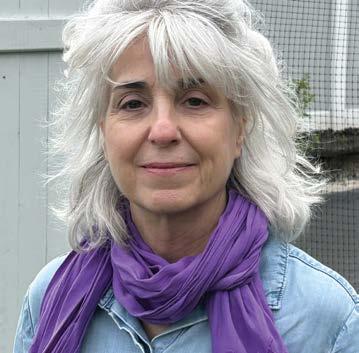

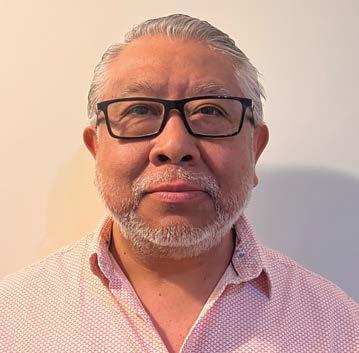
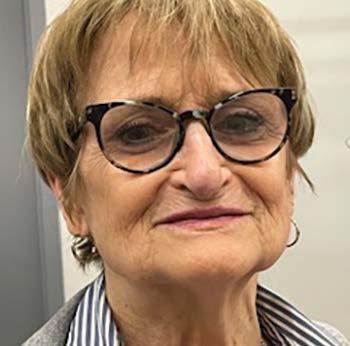
Kathryn Malik JoAnn Longo
Cesar Saavedra Rafael Arriaga
Marian Grealish-Forino
This course would not have been possible without the incredible generosity and belief of our sponsors. Your support provided more than just materials—it opened doors to discovery, experimentation, and meaningful connection.
From the raw kid mohair sourced from van Hasselt Farm to the carefully curated fibers from Frances vH Mohair, each material carried with it a story of place, heritage, and care. These fibers offered our students a rare opportunity to work with materials that are often overlooked—fibers with rich histories and futures worth reimagining.
Our students didn’t just use these materials—they formed relationships with them. With your support, they created work that blends creativity with intention and care.
Thank you for helping us honor forgotten fibers and inspire the next generation of mindful makers.
A special and deeply personal thank you goes to Frances van Hasselt, whose unwavering belief in this course has carried it into its second year, elevating it in extraordinary ways. Frances has been more than a collaborator—she’s been a co-visionary, a generous guide, and a constant source of inspiration.
We are also profoundly grateful to our two incredible partner institutions:
• The Design Academy of Fashion, led by Leandi Mulder
• The College of St. Benilde, under the leadership of Ionica Abraham Lim, Diana Katigbak, and Olive Lopez.
Your dedication to your students and seamless collaboration with ours helped create a truly meaningful and memorable shared experience. From bridging time zones to weaving connections across continents, your efforts made it all feel effortless—and that is no small feat.
Finally, we extend our heartfelt thanks to the FIT Sustainability Fund and its generous donors. Your support through a grant made it possible to produce the second issue of our publication, deepening our storytelling and commitment to sustainable innovation. This funding also enabled us to continue weaving collaborations with artisans in South Africa and the Philippines, strengthening bonds that celebrate craftsmanship, community, and cultural tradition.
A SPECIAL THANK YOU TO EACH OF OUR SPONSORS FOR THEIR CONTRIBUTIONS:

van Hasselt Farm for the highest quality raw kid and adult Mohair fibers.

Frances vH Mohair for the Mohair fibers, the hand-spun yarns, and deadstock blended fabrics from SOFA.


Samil Mohair for the various Mohair tops and blend yarns in many colors.
South Africa Mohair Board for the various Mohair blend yarns.
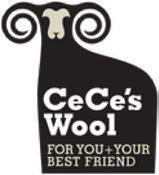

CeCe’s Wool for the Jacob Wool fibers.
Fashion Farmer and Island Harvest for the raw Abaca fibers.


Hinterveld Mohair for supplying the Mohair boucle fabrics specially woven for the class.
Hiblatech for the various piña waste fibers and felt fabric.
Together, we’ve built something far greater than the sum of its parts: a space for students to grow as makers, storytellers, and conscious designers. Thank you for helping shape this journey.
TEXTILE DEVELOPMENT AND MARKETING
Faculty

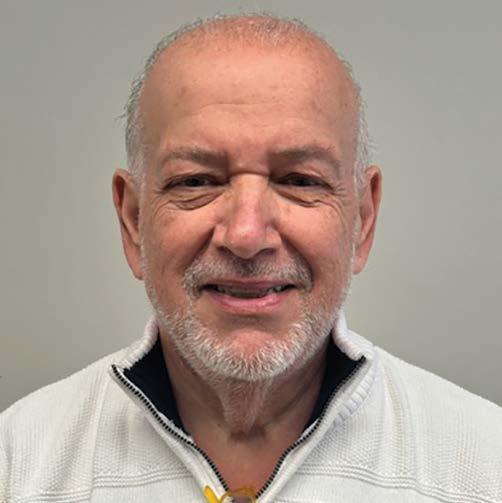


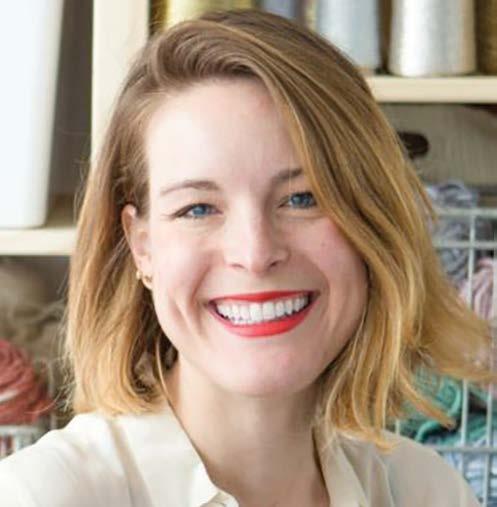


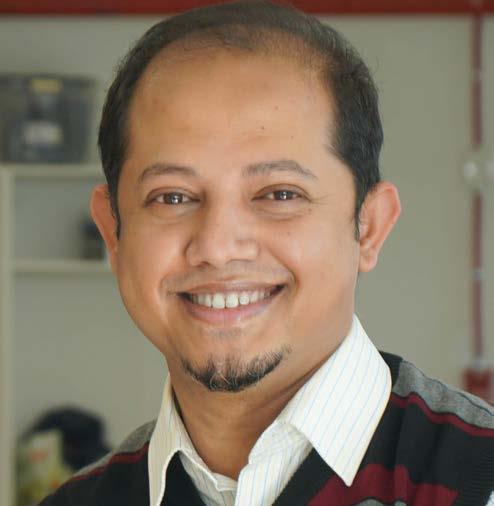
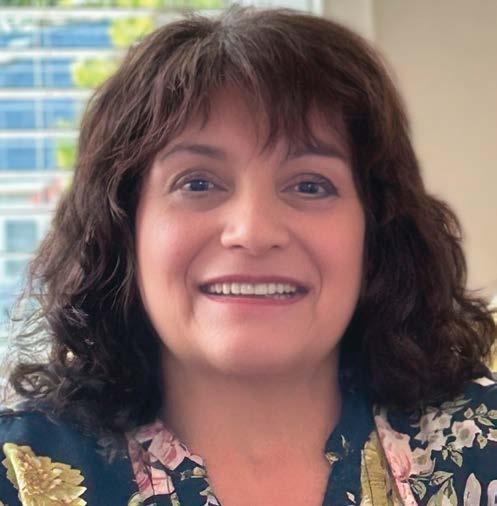
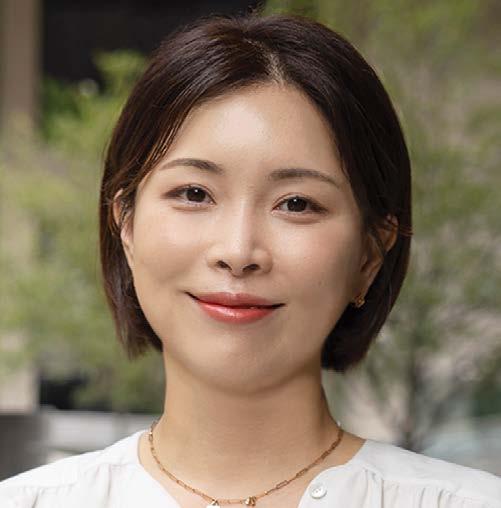

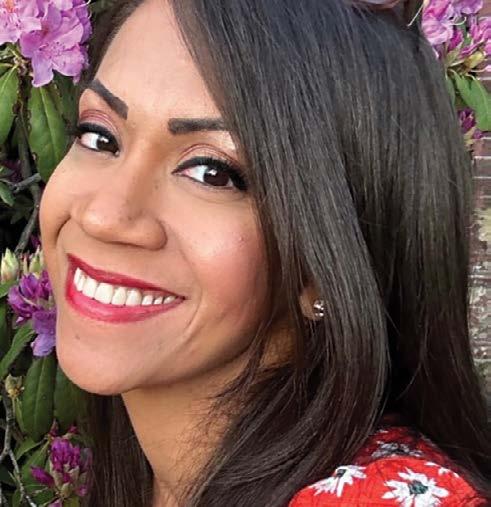
Fred Benanti
Preeti Arya, PhD
Whitney Crutchfield
Georgia Kalivas
Margaret Bishop
Huipo Gao, PhD
Eunyoung Kim, PhD
Patrice George
Jaclyn Lindsey-Noble
Sean Cormier
Imran Islam, PhD
Julie Panchu


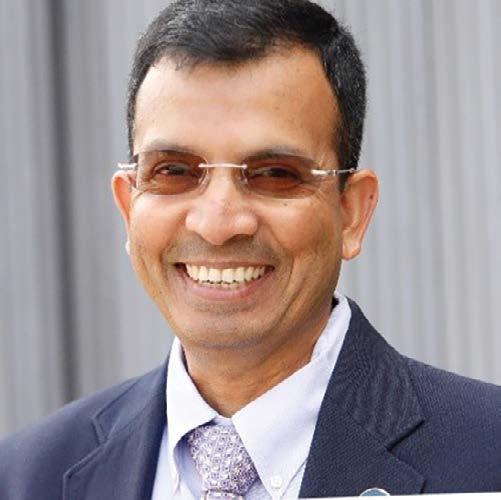
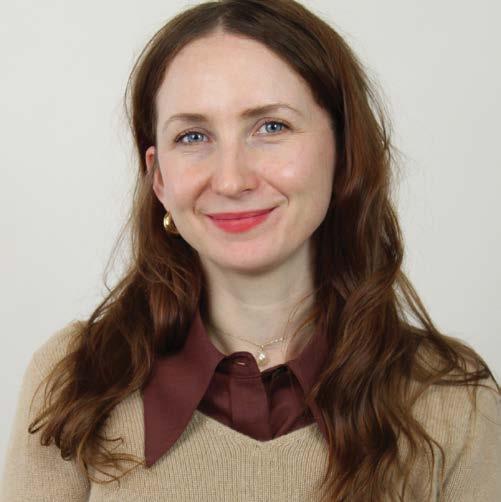

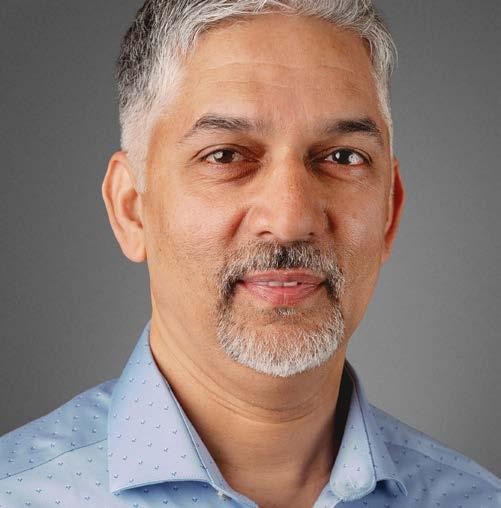


ADMINISTRATIVE ASSISTANTS
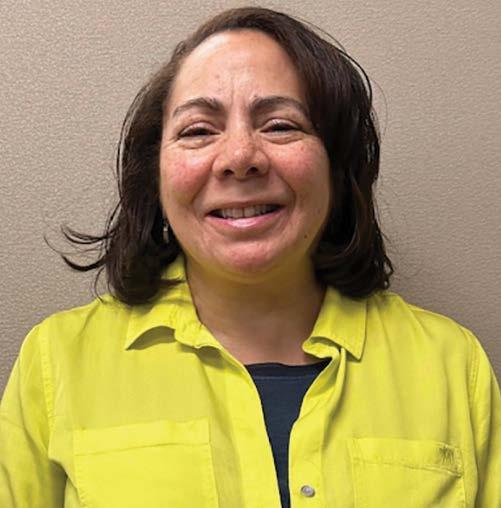

Melanie Santoriello
Kelly Puertas
Stefanie Seitinger
Ajoy Sarkar, PhD
Shashi Sirsi
Patricia Brown
Lorenza Wong
Michelle Grant
Ellen Saville
Joel Zucker
TEXTILE DEVELOPMENT AND MARKETING
Class of 2025
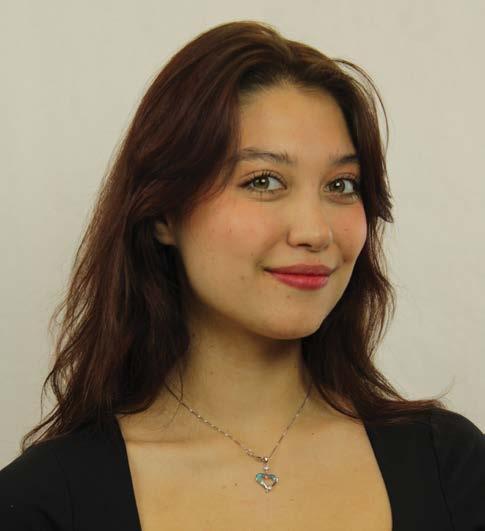


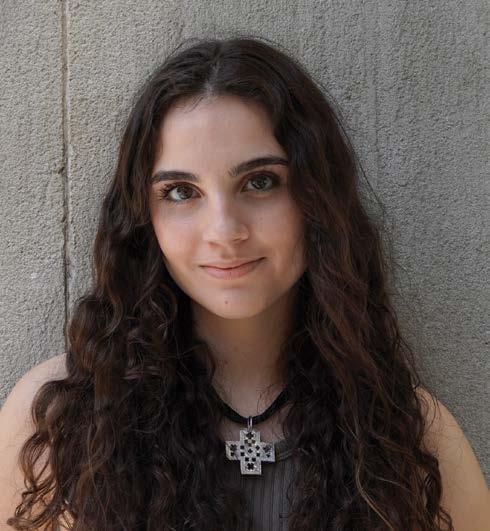
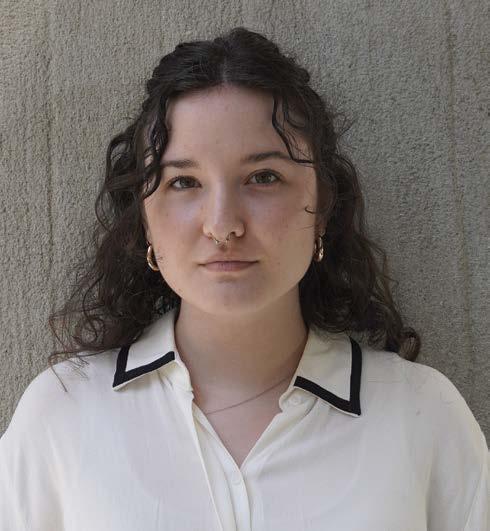
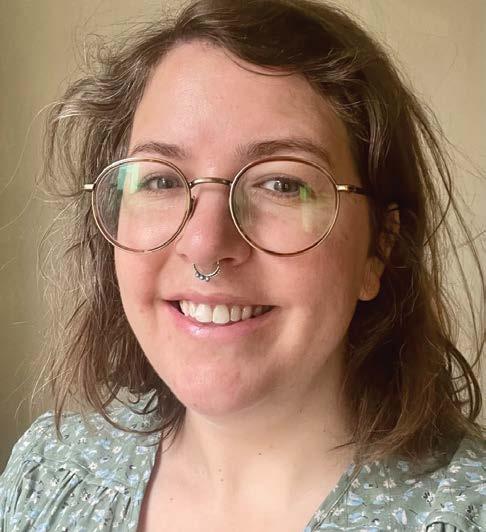
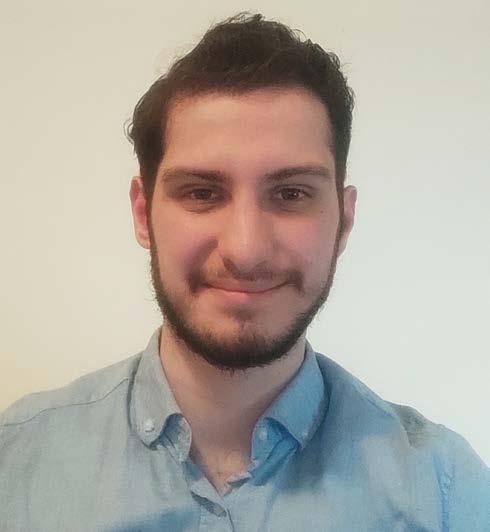
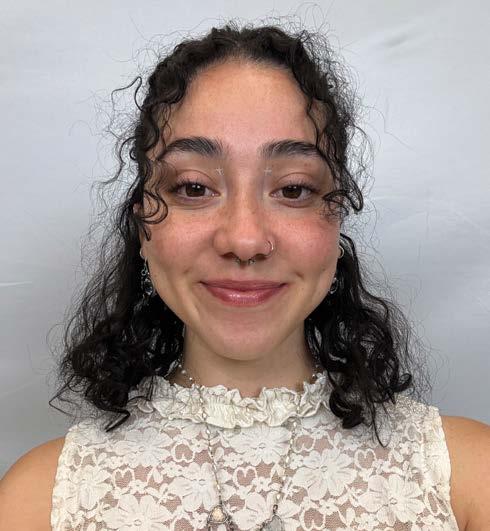


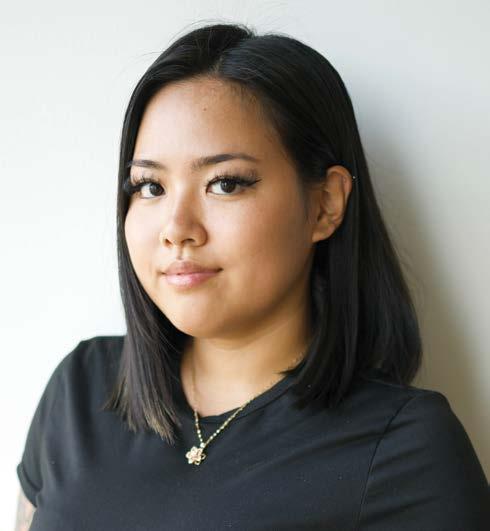
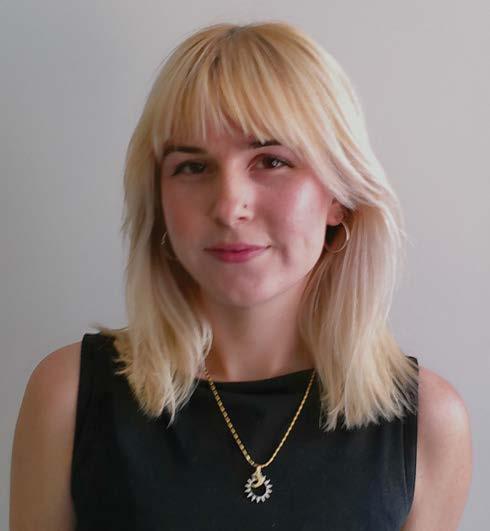
Sasha Arefyev
Lauren Dingman
Alyssa Hartmann
Hasan Ates
Danielle Early
Isabella Sloterdijk-James
Bridget Carson
Bera Etoz
Hyeonsu Ji
Sarai Diaz
Madisyn Gudino
Genevieve Jones
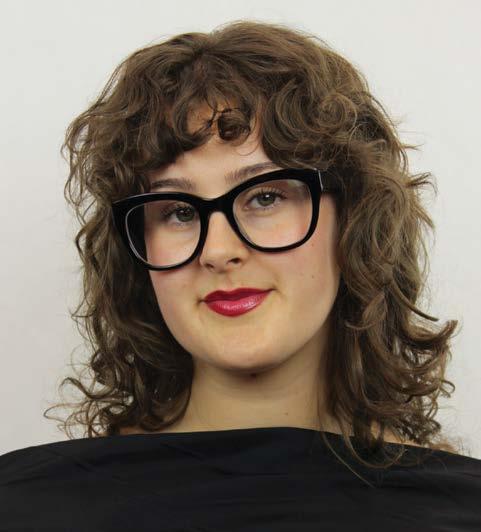

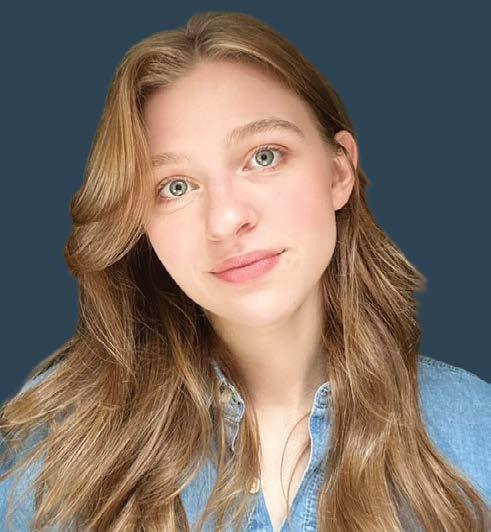

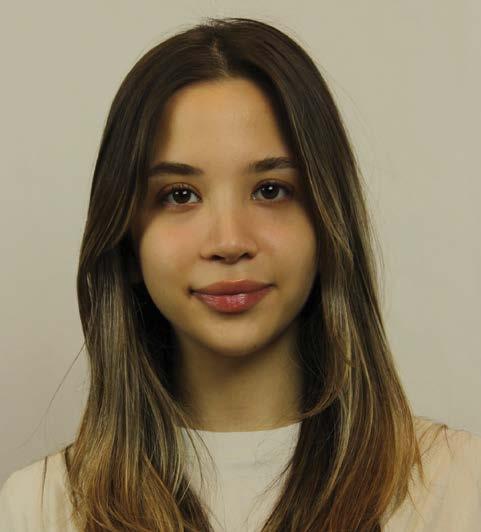


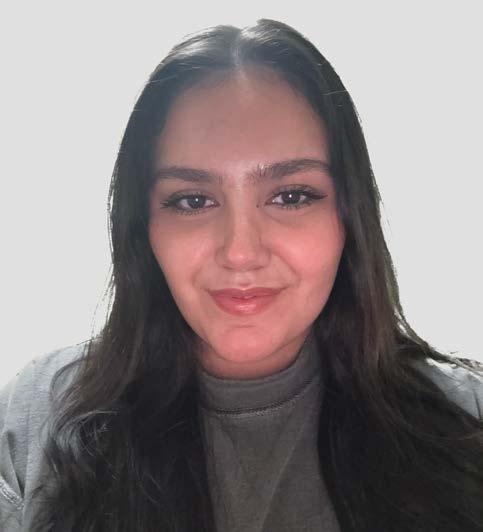

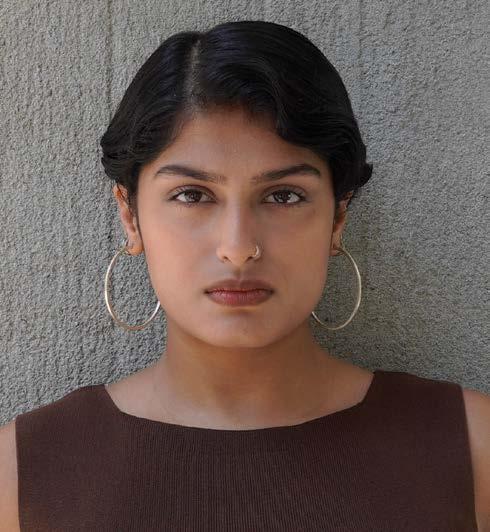
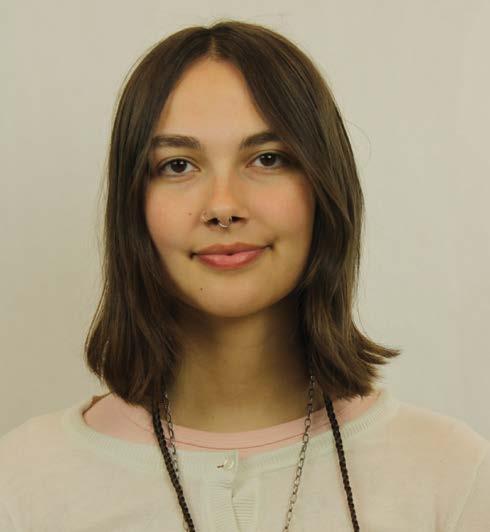

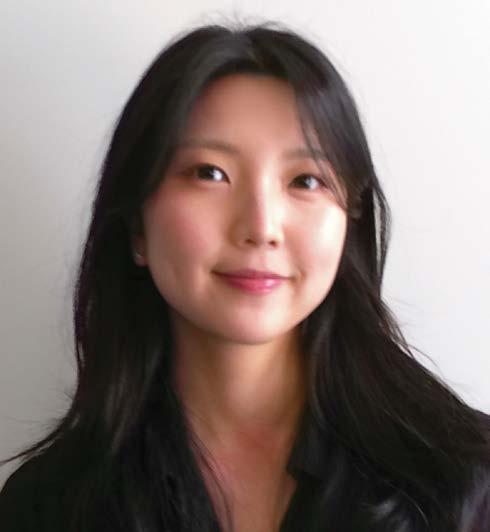
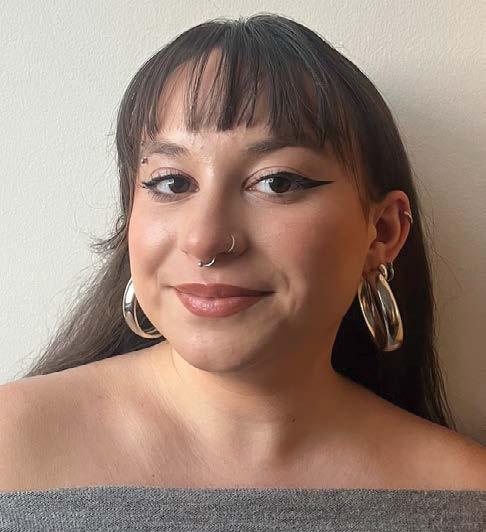
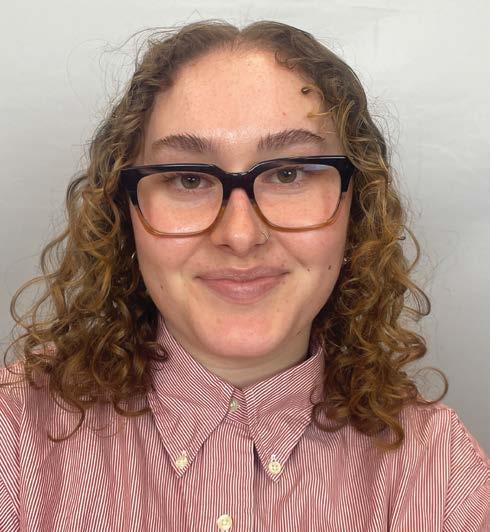
Milla Lima
Ali Sayiner
Halim Yang
Amanda Marsden
Alisha Singh
Emily Ydoate
Fiona McBride
Hazel Togman
Andie Zion
Ananda Metelina
Muruvvet Tosunoglu
Sebnem Mutlubas Pranav Narang
Jude Packer
Daniella Sanchez

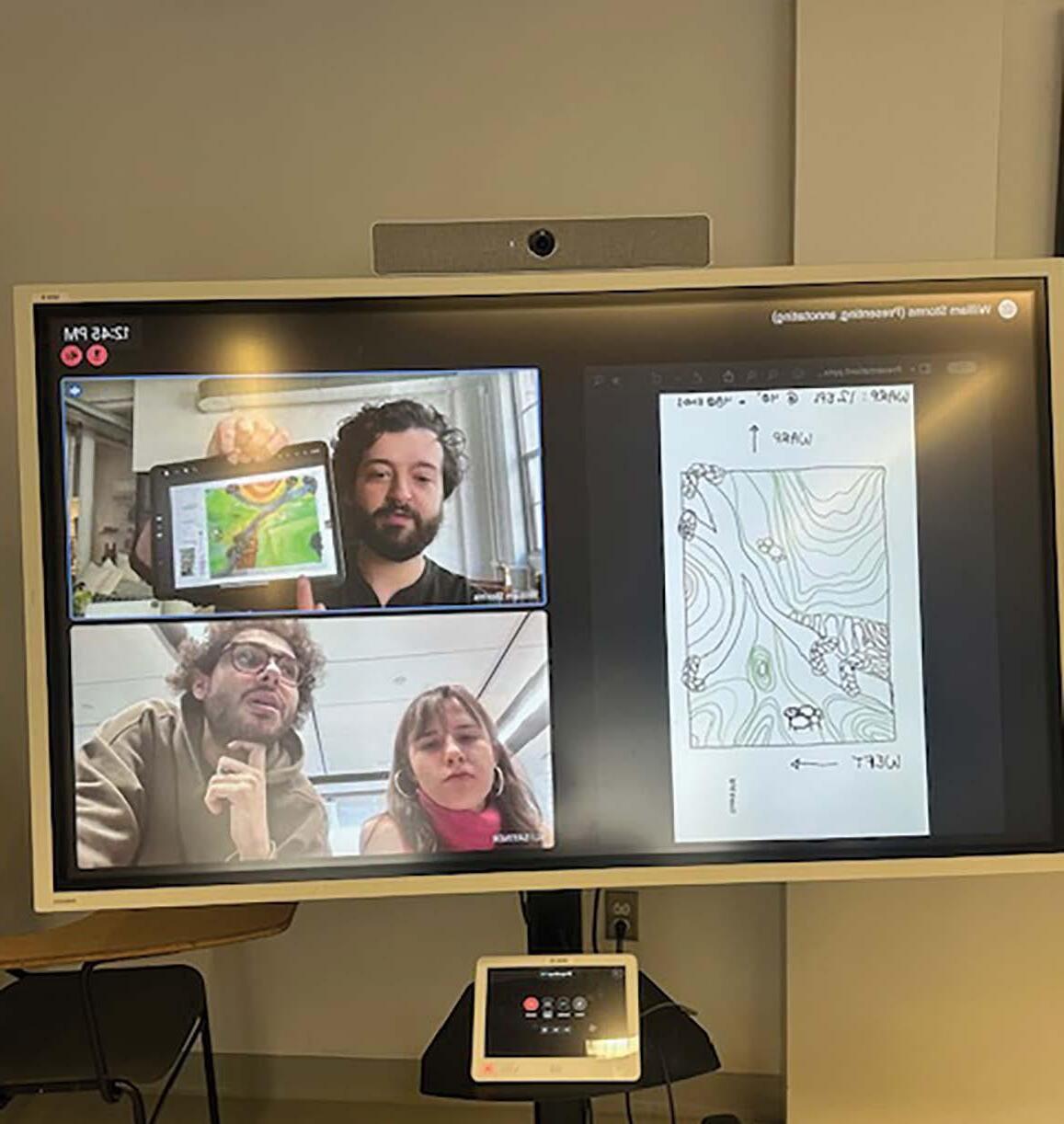
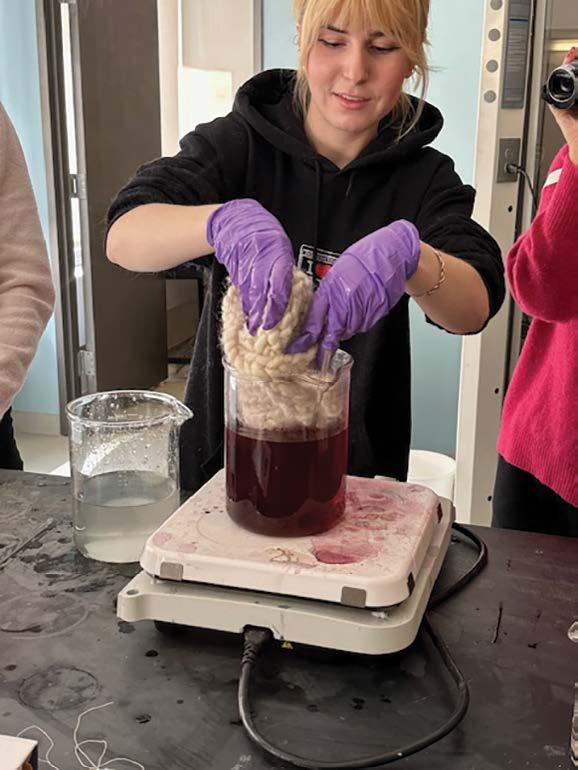

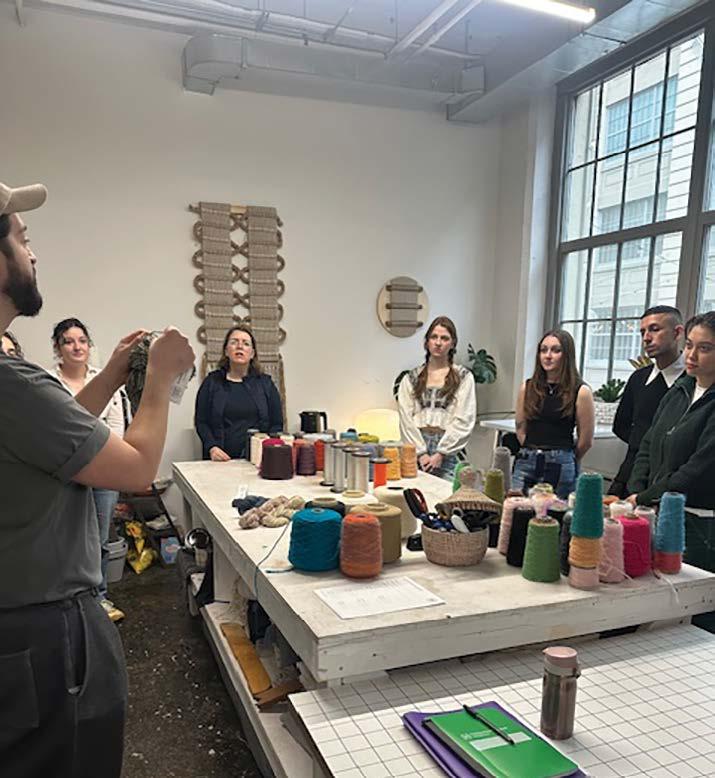



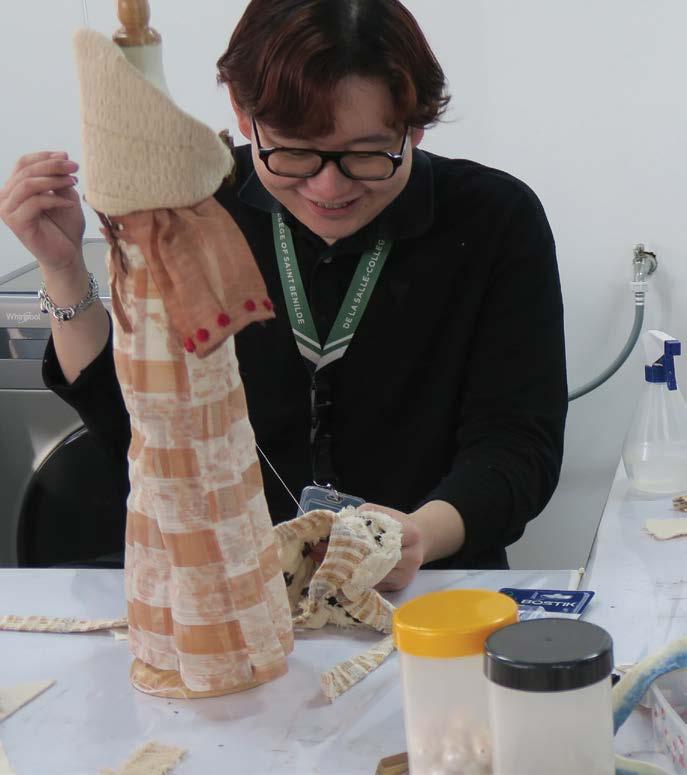

Yarn twisting at DAF
Hand weaving remnants at Benilde
Embellishing the apron at Benilde
A visit to Whitney’s studio
It’s like the fibers are our mentors - when we are lost, we can turn to them for inspiration and answers.
MILLA LIMA
It reminds me that fiber work is deeply connected to nature.
HASAN ATES
I learned about how rich these fibers are and how they are used for more than clothing.
MADISYN GUDINO
Seeing and directly interacting with fibers derived from nature changed my relationship with the fibers.
SEBNEM MUTLUBAS
I have so much
And now I do not view fiber as distinct from nature but rather as a material with stories to tell - the story of the land, the animals, the farmers, and the artisans who transform it into cloth.
MURUVVET TUSUNOGLU
From farm to fabric, one of the many overlooked aspects of the fashion industry is where it all starts.
SASHA AREFYEV

respect for the farmers and every step of the production process of textiles and fibers.
JUDE PACKER
By integrating nature into our approach, we can create more meaningful connections between textiles, sustainability, and the people who wear them.
ALI SAYINER
Knowing the origin of materials, respecting traditional techniques, and ensuring that sustainability includes not only the environment but also the people behind the fibers.
HAZEL TOGMAN
How can I capture the untold meaning in my life, weave and knit it into a story for others to relate to?
FIONA MCBRIDE
I could not be a part of a better capstone course than this one because of how closely I feel connected to the nature of these fibers. I want my future career to be surrounded by working with traditional materials and sustainability.
EMILY YDOATE
Getting to see the faces and hands that have made it possible for me to touch the fiber in any capacity makes you remember how connected our world has become.
ANDIE ZION
I’m excited to play with more symbolic roles of texture, color, and symbols, and not have the art pieces tell me what they are, but show me.
AMANDA MARSDEN
It is so important to highlight these wonderful animals that provide us with such lovely fiber, and to understand the environments they come from, as it can tell us more about them.
BRIDGET CARSON
Everything we touch tells a story, the mohair we felt on the table not only tells us the stories of the kids and goats that they came from, but the farmer who cared for, sheared, and processed their fibers as well as the environment they came from.
SARAI DIAZ
During this time, I have reflected on my passions and values, and I like having the opportunity to work with and learn more about natural fibers.
LAUREN DINGMAN
I am someone who often feels the pressure to have things be ‘perfect’, and instead, what I saw from this farm and studio was the beauty and art found in individual non-perfect uniqueness.
DANIELLE EARLY
This experience meant the natural fiber, such as mohair, has a great story in coming into the hands of the consumer, which should be told.
BERA ETOZ

I’m more excited than anything to get a chance to push ourselves and explore our creative thoughts in an (almost) unlimited space.
ALYSSA HARTMAN
The concept of farm-to-fabric has reshaped how I view materials not just as fashion components but as part of a living ecosystem that involves farmers, artisans, animals, and the land.
HYEONSU JI
The individuals responsible for cultivating these fibers are often overlooked, even by those in the fashion industry. While farming practices may be acknowledged, the personal labor, dedication, and pride behind fiber production rarely receive the attention they deserve.
GENEVIEVE JONES
As someone interested in slow fashion, I often find myself questioning how we can minimize textile production’s environmental impact while still creating beautiful, inspiring, and elevating pieces that are financially sustainable for all actors involved in the process.
ANANDA METELINA
Each fiber strand has its own unique story to tell, as well as its own emotions makes it all the more unique.
PRANAV NARANG
The idea of crafting our narratives and having complete creative freedom with the precious mohair, abaca, piña, and Jacob wool fibers feels like exactly what we needed - a break from the technical side of textiles and an opportunity to reconnect with the personal and artistic aspects of our passion.
DANIELLA SANCHEZ
This class encourages us to be cognizant of each part of the supply chain and especially the natural resources being used. We must continue to apply that knowledge, respect, and empathy for nature as we move forward in our careers.
ALISHA SINGH
I want to leave the earth a better place than I found it. Utilizing natural fibers made regeneratively and creating textiles and textile products in a more thoughtful, ethical, and culturally aware way is a step in making a difference.
ISABELLA SLOTERDIJK-JAMES
This experience has led me to rethink the process of creating yarns, as well as their cultural, historical, and economic contexts.
HALIM YANG
Photo by Smiljana Peros


